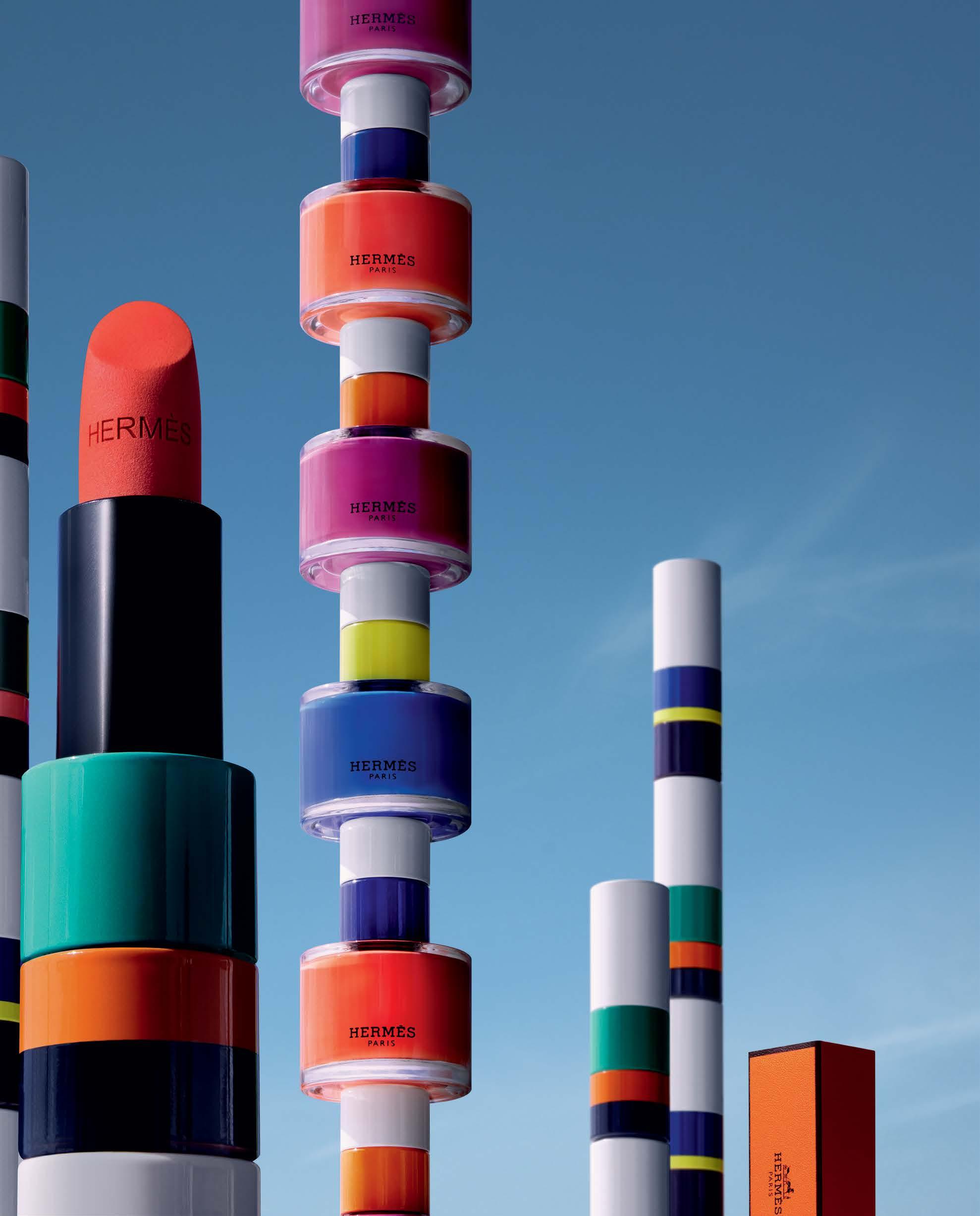











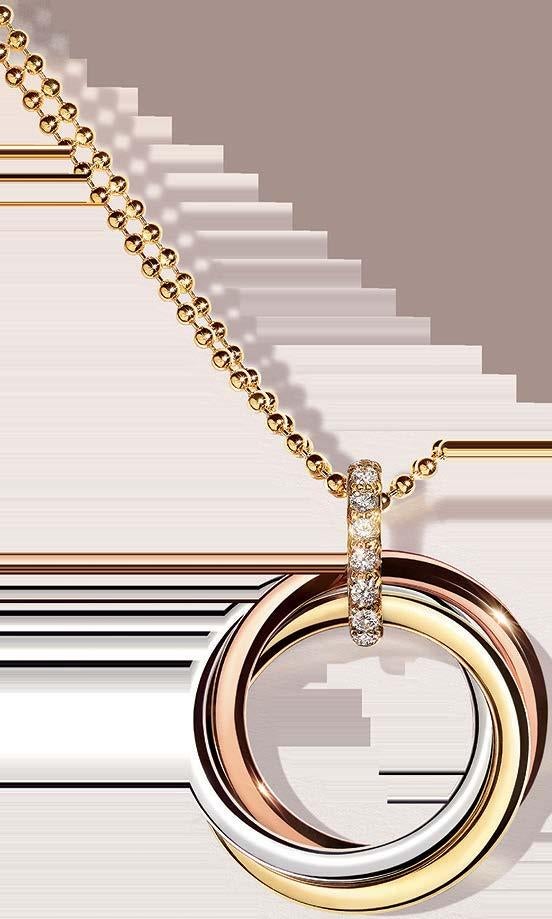



























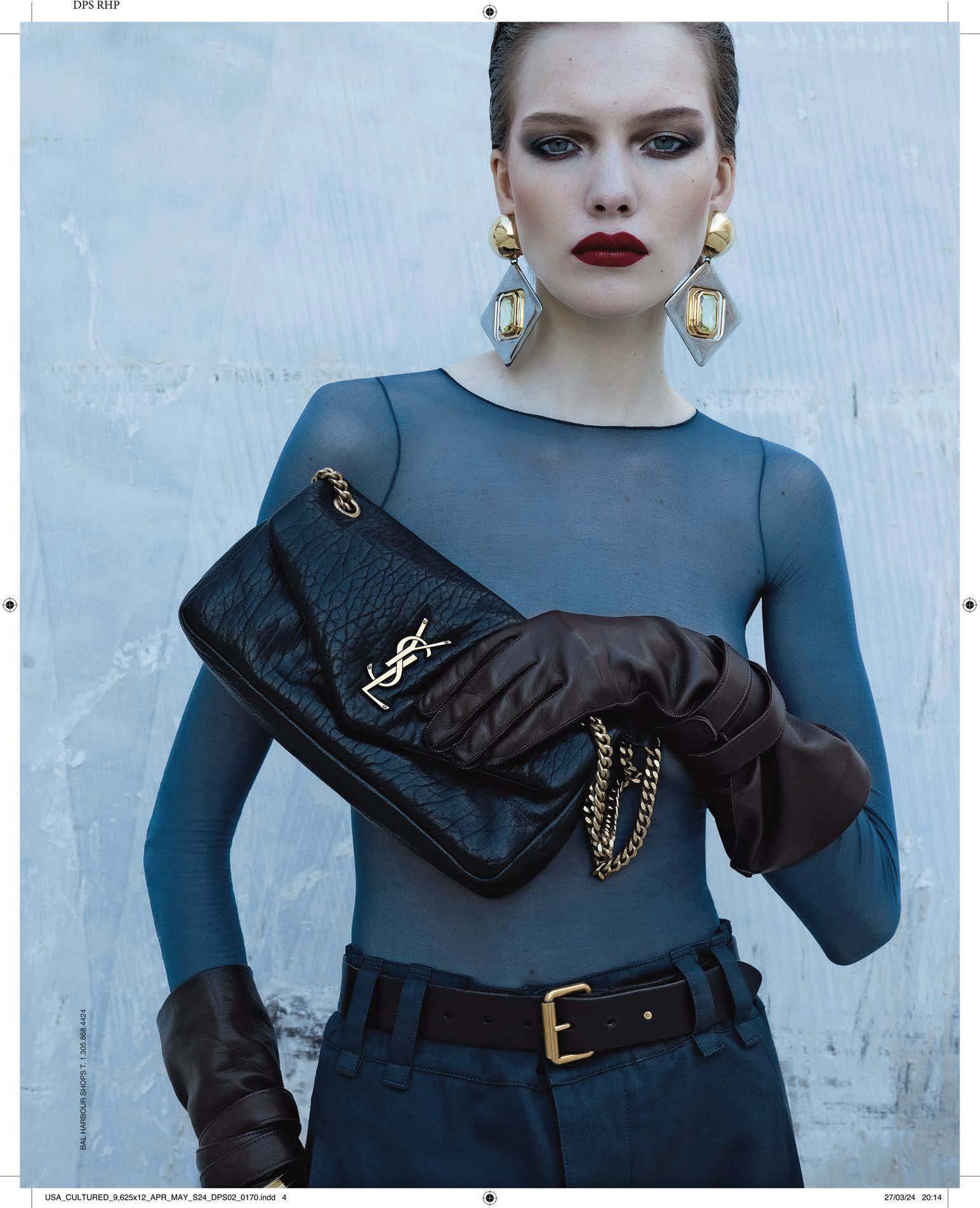












































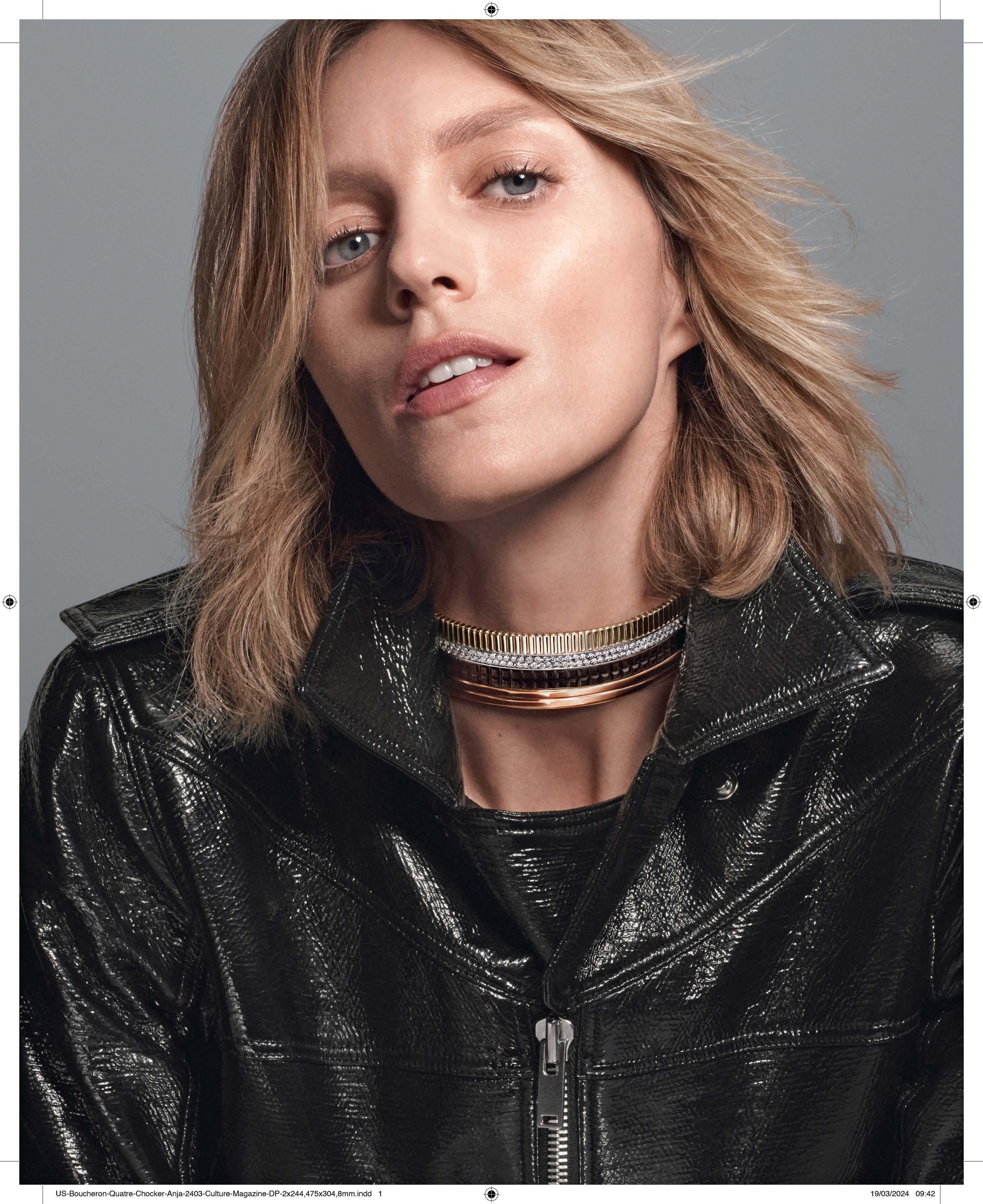















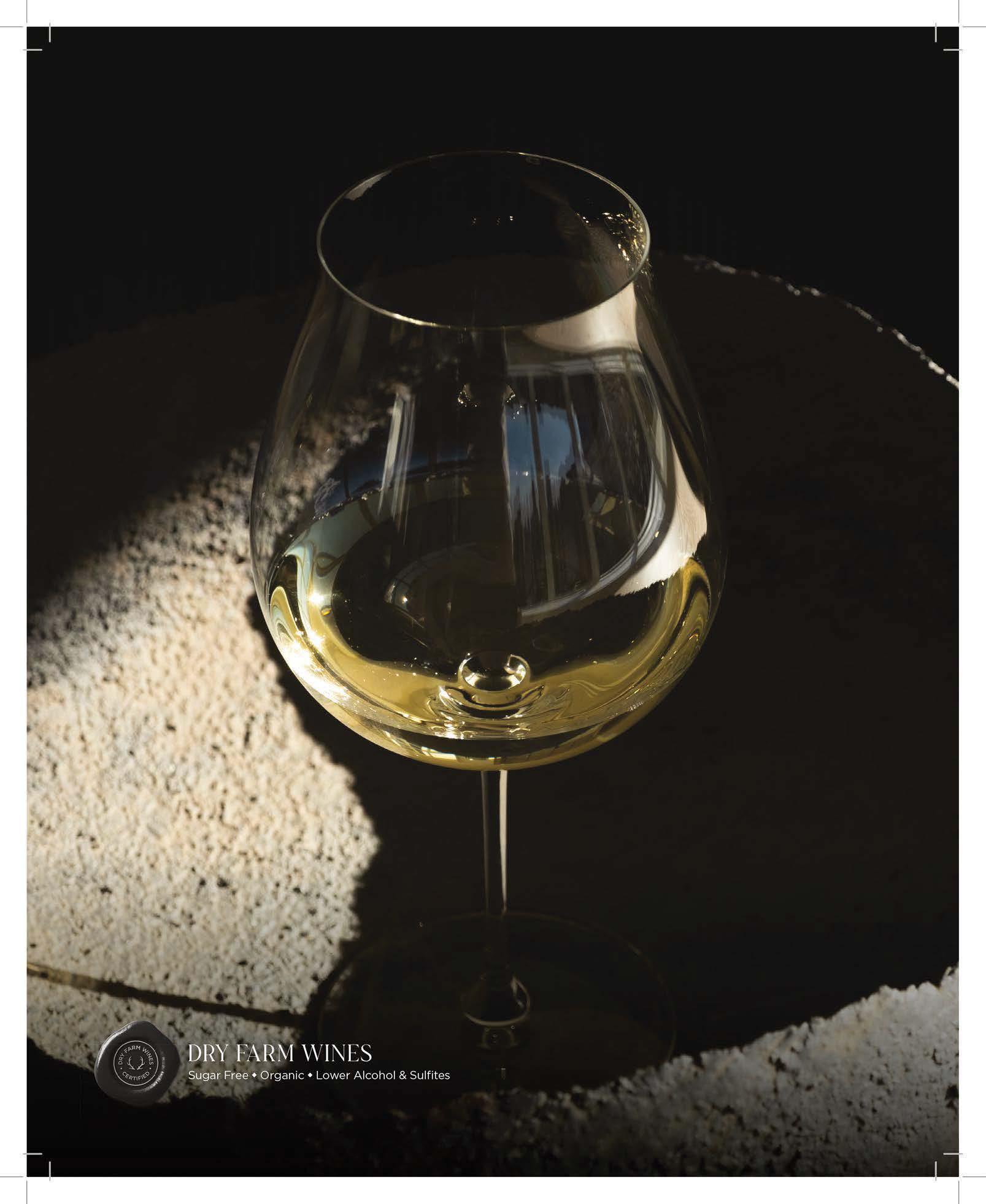
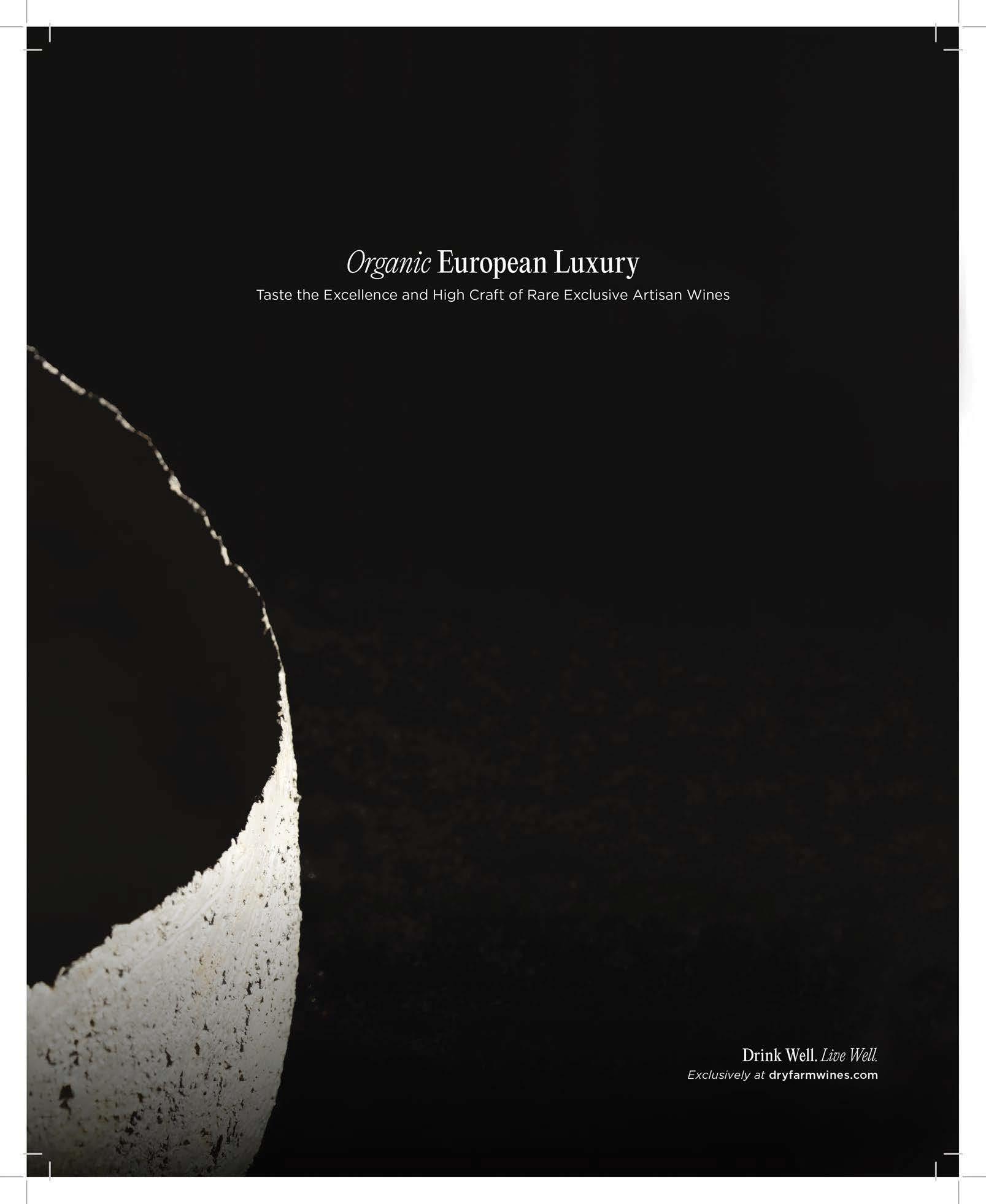















































































































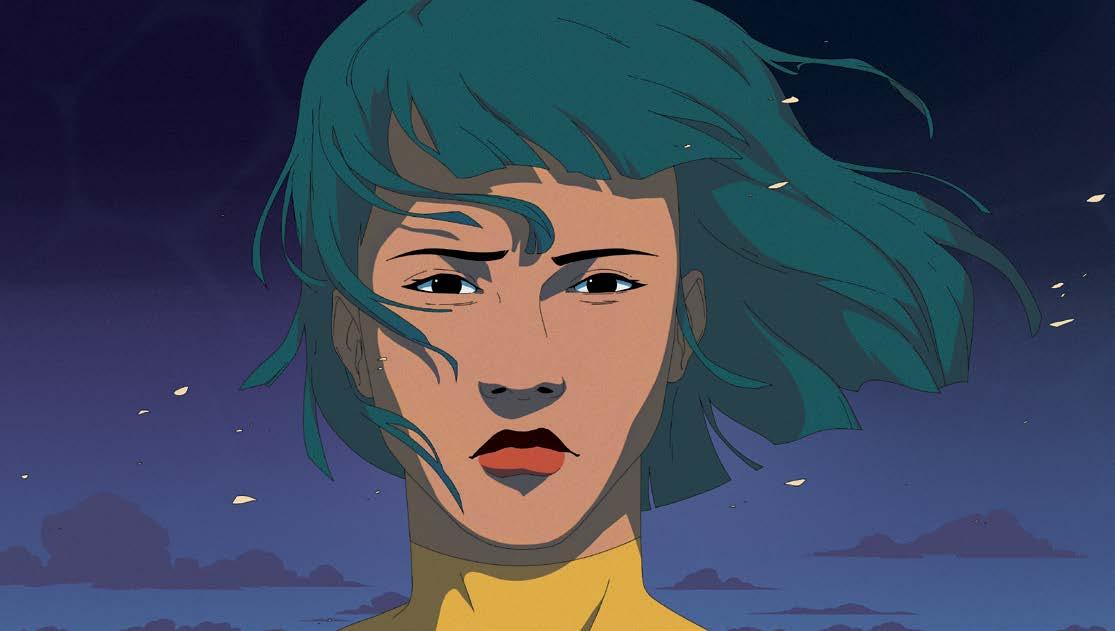
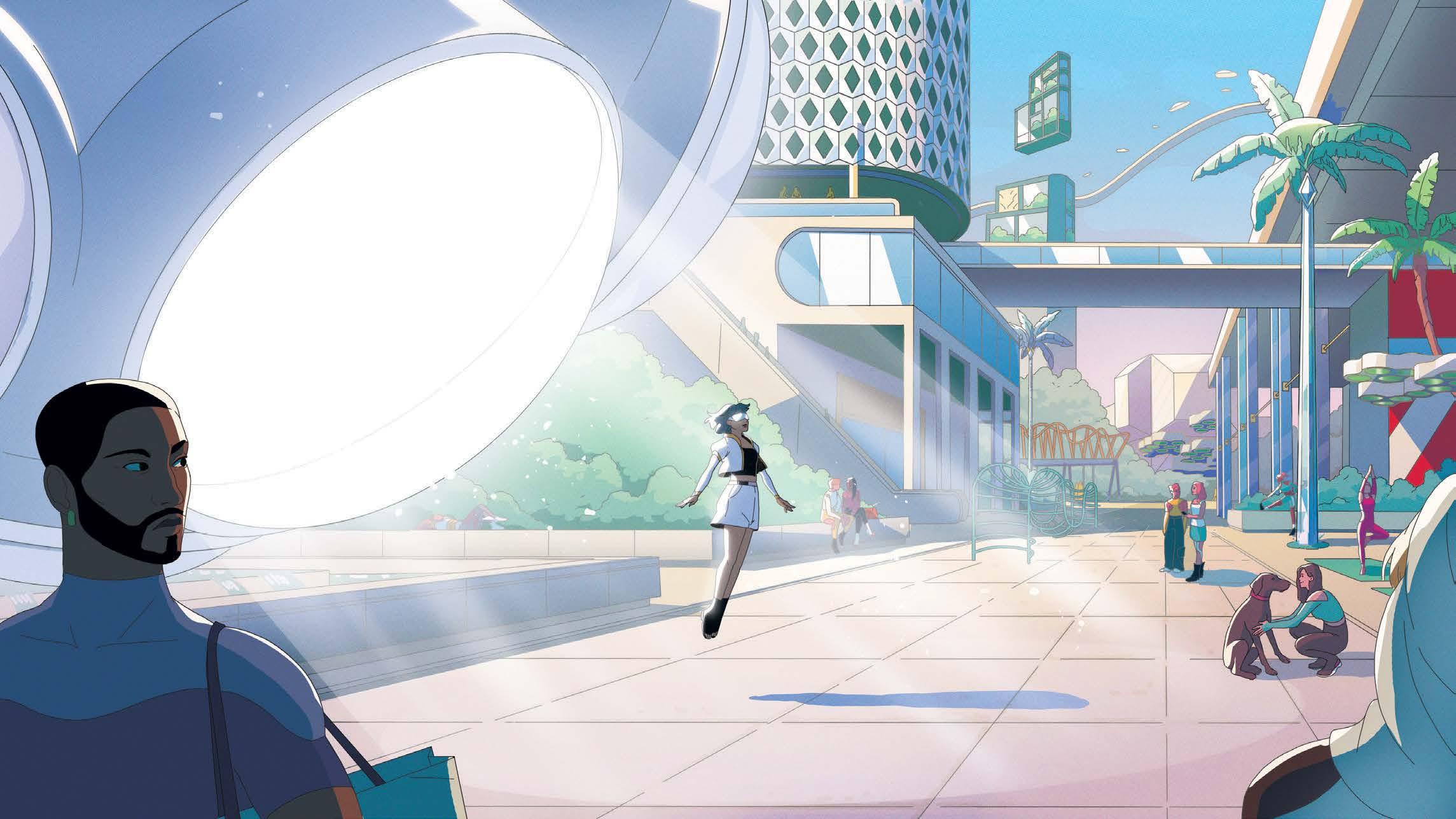
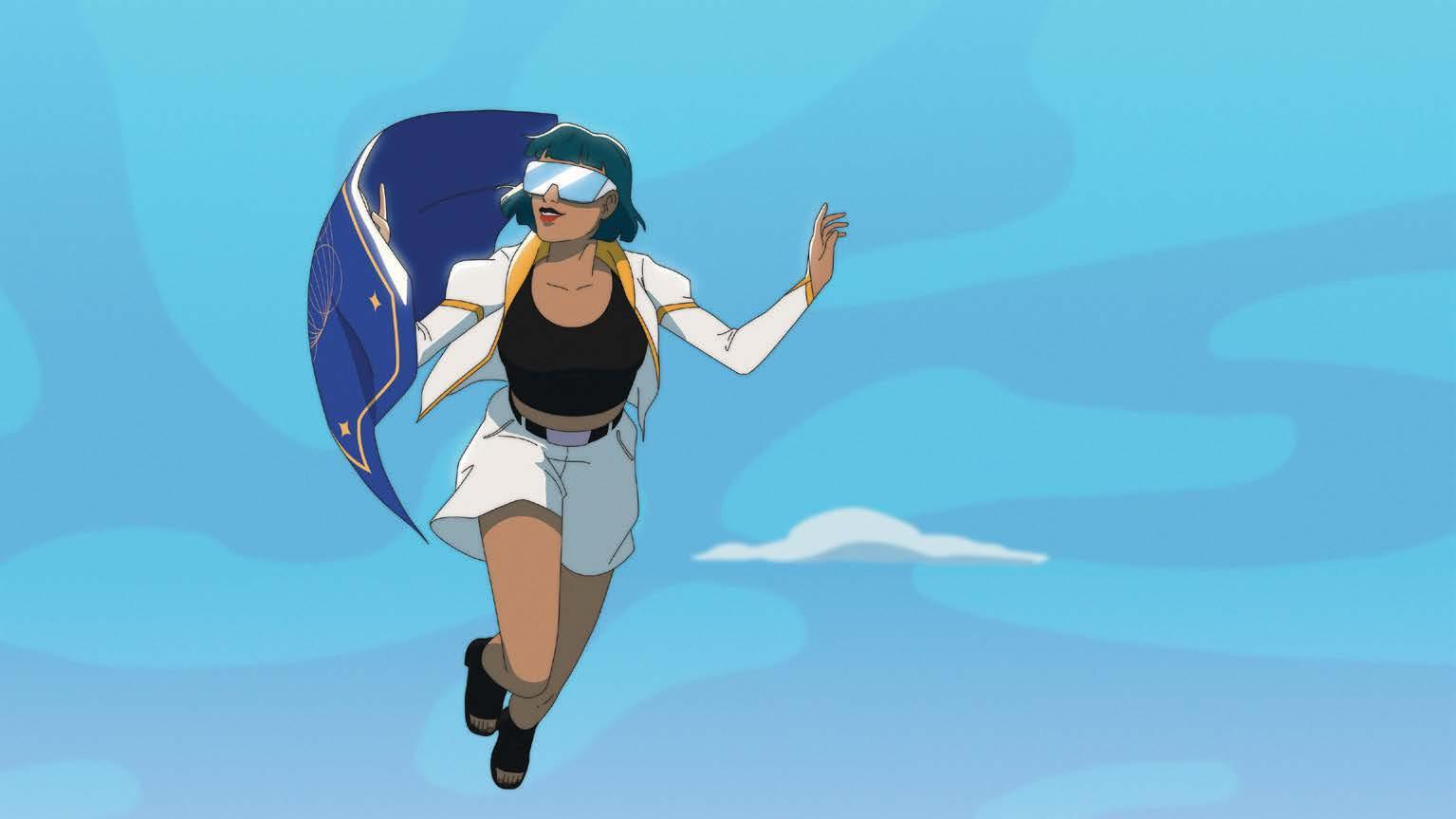




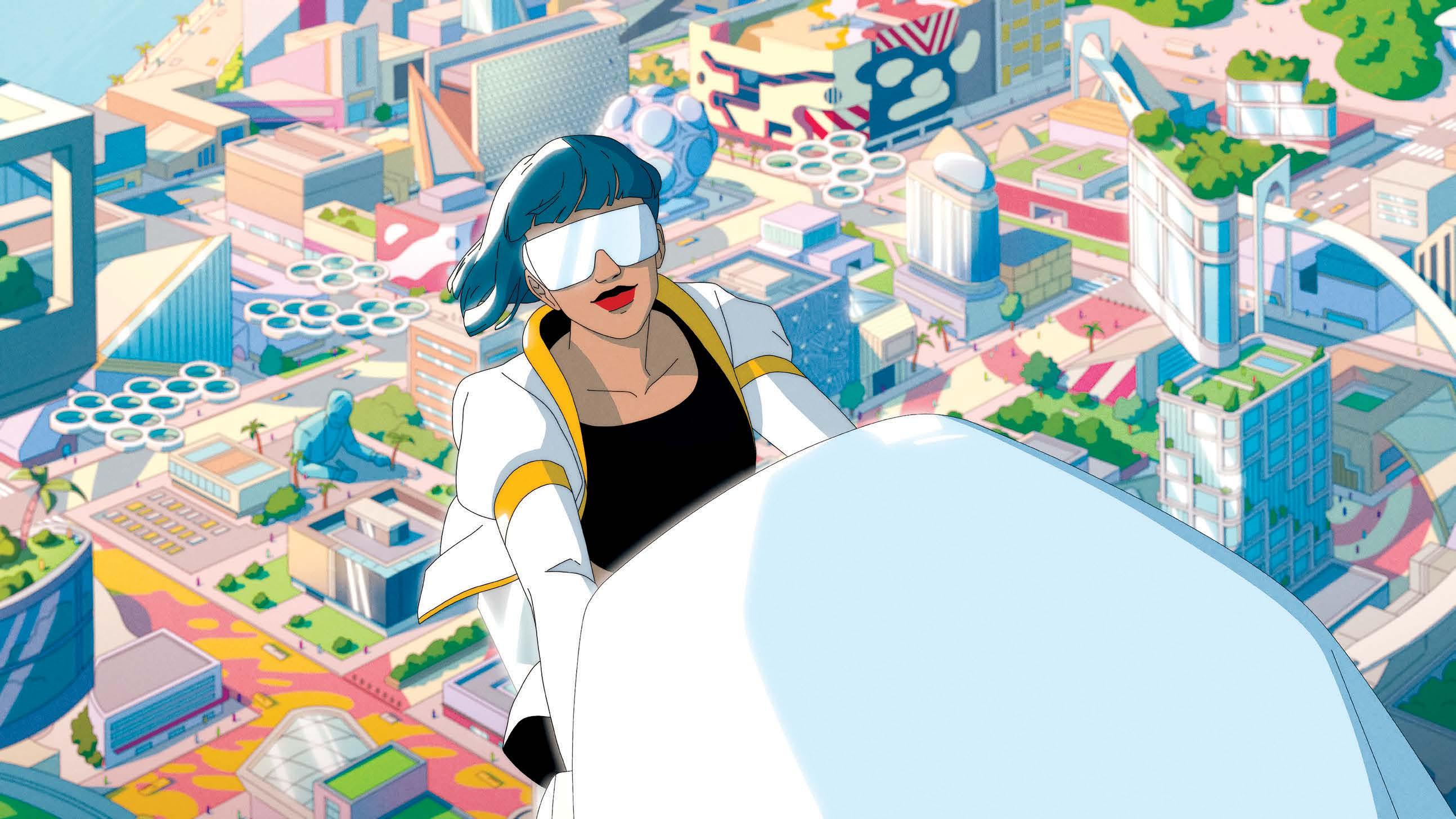

Perfectly poised on the most beautiful stretch of beach in the country, Rivage Bal Harbour rises from the lush tropical landscape, a beacon of modern living. This very limited collection of light-filled homes in the sky offers a luxurious life immersed in nature, mere steps from the ocean on the last beachfront property to be developed in Bal Harbour.
Three- to six-bedroom residences priced from $10 Million. Schedule a private preview at our new Sales Lounge in Bal Harbour Shops. RivageBalHarbour.com 786.572.3441
ORAL REPRESENTATIONS CANNOT BE RELIED UPON AS CORRECTLY STATING REPRESENTATIONS OF THE DEVELOPER. FOR CORRECT REPRESENTATIONS, MAKE REFERENCE TO THIS BROCHURE AND TO THE DOCUMENTS REQUIRED BY SECTION 718.503, FLORIDA STATUTES, TO BE FURNISHED BY A DEVELOPER TO A BUYER OR LESSEE.
New York Residents: THE COMPLETE OFFERING TERMS ARE FOUND IN A CPS-12 APPLICATION AVAILABLE FROM THE OFFEROR. FILE NO FILE NO. CP23-0060.
WARNING: THE CALIFORNIA DEPARTMENT OF REAL ESTATE HAS NOT INSPECTED, EXAMINED, OR QUALIFIED THIS OFFERING. THIS CONDOMINIUM HAS ALSO BEEN REGISTERED WITH THE MASSACHUSETTS BOARD OF REGISTRATION OF REAL ESTATE BROKERS AND SALESPERSONS F-1284-01-01.
RIVAGE BAL HARBOUR CONDOMINIUM is developed by Carlton Terrace Owner LLC (“Developer” or “Offeror”). This offering is made only by the Developer’s Prospectus for the Condominium. Consult the Developer’s Prospectus for the proposed budget, terms, conditions, specifications, fees, and Unit dimensions. Sketches, renderings, or photographs depicting use of space, design, furnishings, lifestyle, amenities, food services, club services, rental services, hosting services, finishes, materials, fixtures, appliances, cabinetry, soffits, lighting, countertops, floor plans, or art are proposed only, and the Developer reserves the right to modify or withdraw the same in its sole discretion. No specific view is guaranteed. No specific use of space is guaranteed. Pursuant to license agreements, Developer has a right to use the trade names, marks, and logos of: (1) The Related Group; and (2) Two Roads Development, each of which is a licensor. This is not intended to be an offer to sell, or solicitation of an offer to buy, condominium units to residents of any jurisdiction were prohibited by law. 2024 © Carlton Terrace Owner LLC, with all rights reserved.

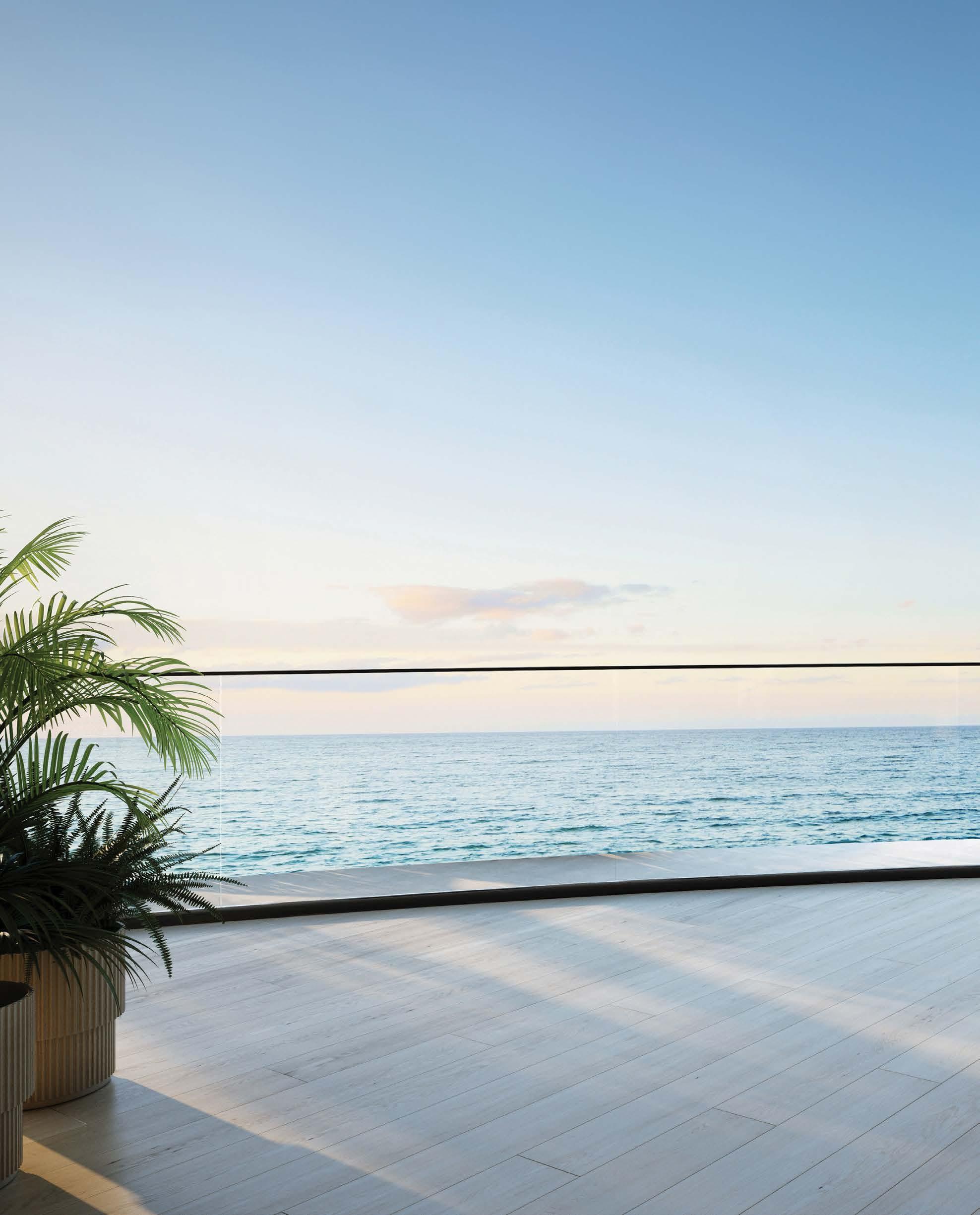 SIGNATURE OCEANFRONT DINING • SUNRISE & SUNSET POOLS • HAMMAM & AQUA THERAPY • COCKTAIL LOUNGE • PICKLEBALL & PADEL COURTS
SIGNATURE OCEANFRONT DINING • SUNRISE & SUNSET POOLS • HAMMAM & AQUA THERAPY • COCKTAIL LOUNGE • PICKLEBALL & PADEL COURTS


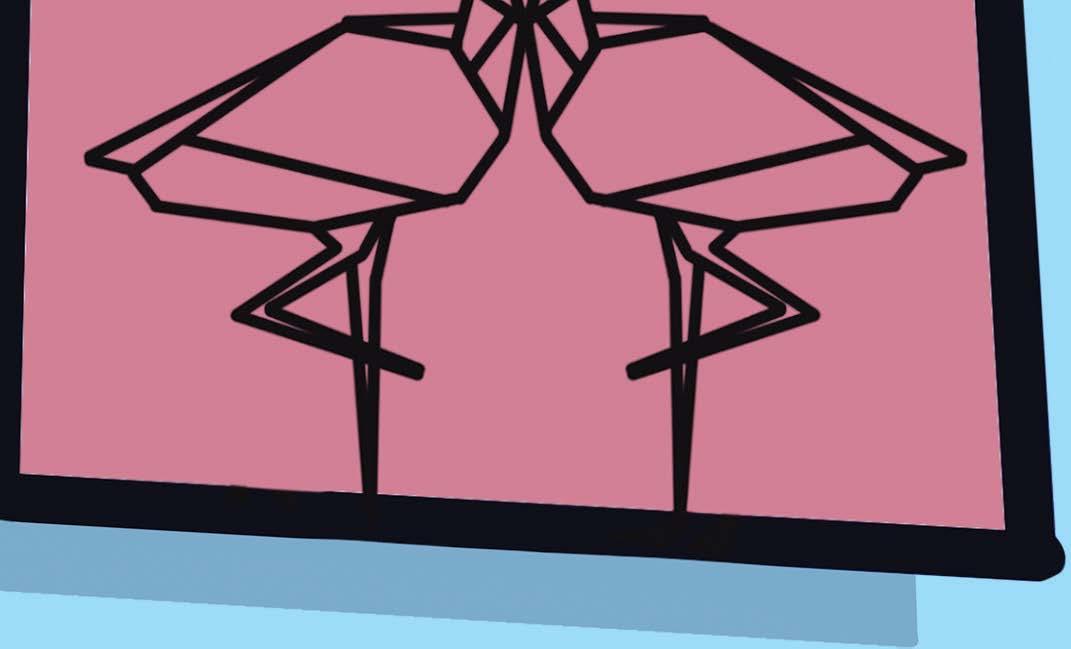



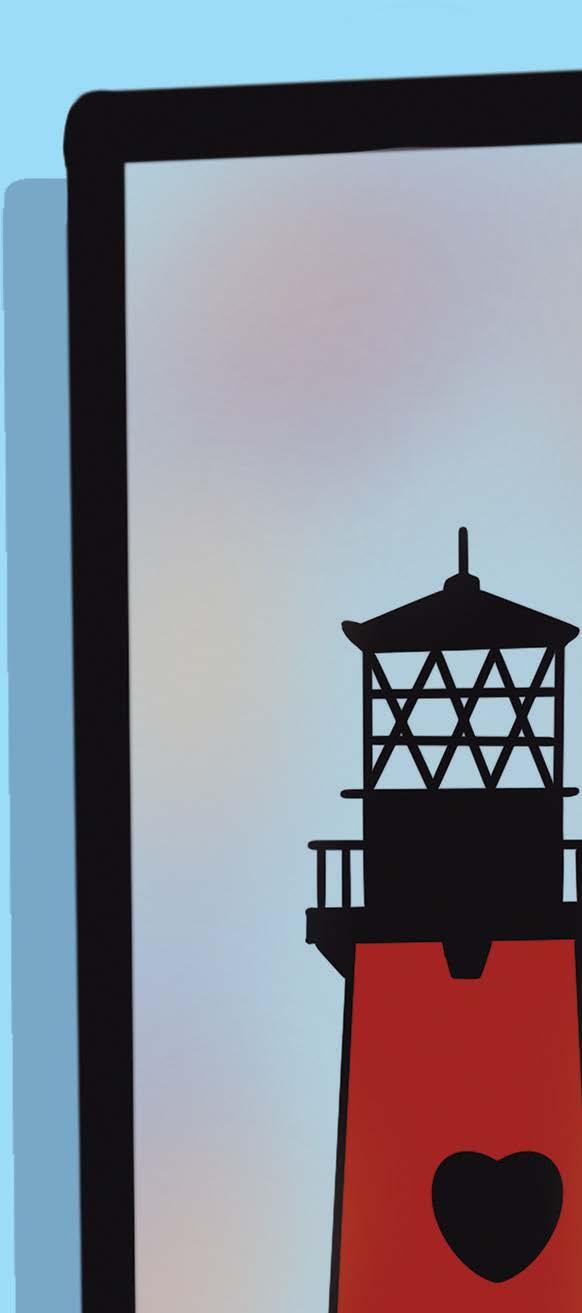
Outstanding performances, marvelous museums, tranquil sculpture gardens: picture yourself experiencing it all this May during MOSAIC, a Month of Shows, Art, Ideas, and Culture in The Palm Beaches. Color in your calendar with great deals and special events all month long!
Don’t miss Palm Beach County Open Studios, featuring more than 90 artists and creators who live and work in Florida's Cultural Capital®, on May 18 and 19.
Plan out your art-filled month at




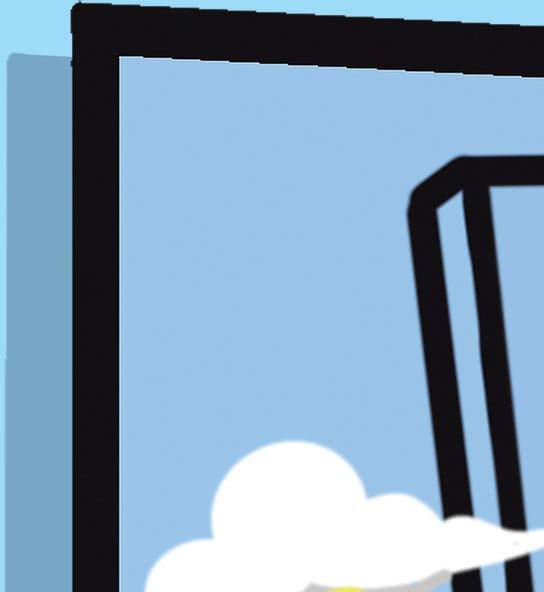

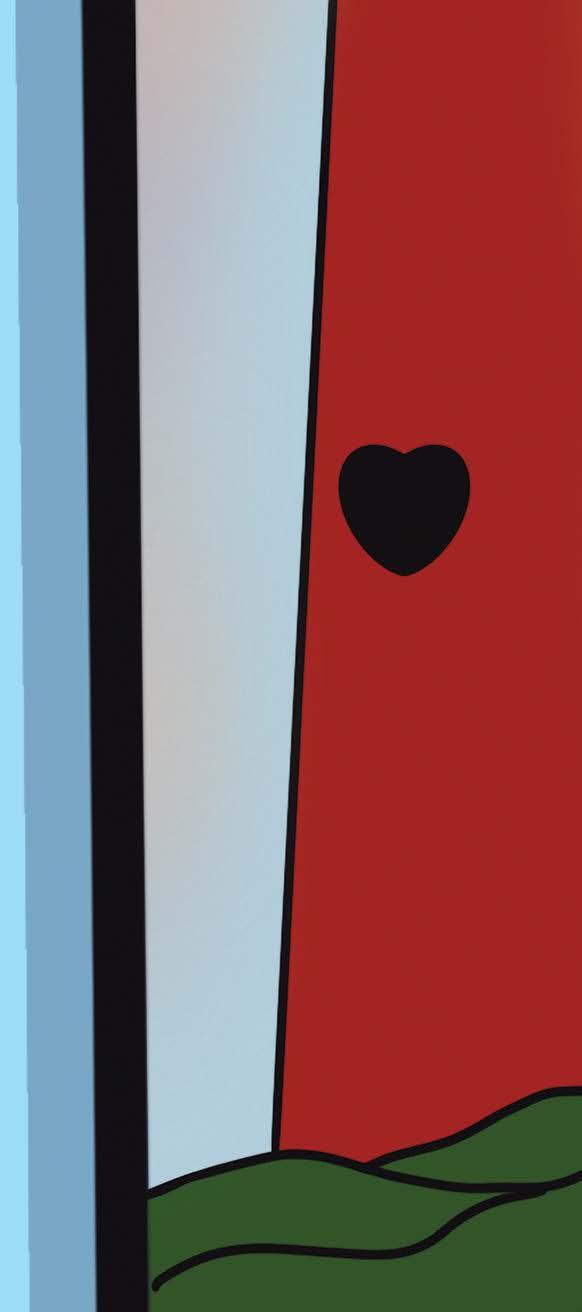

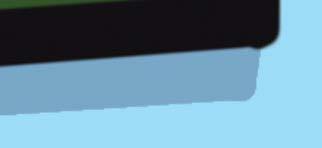


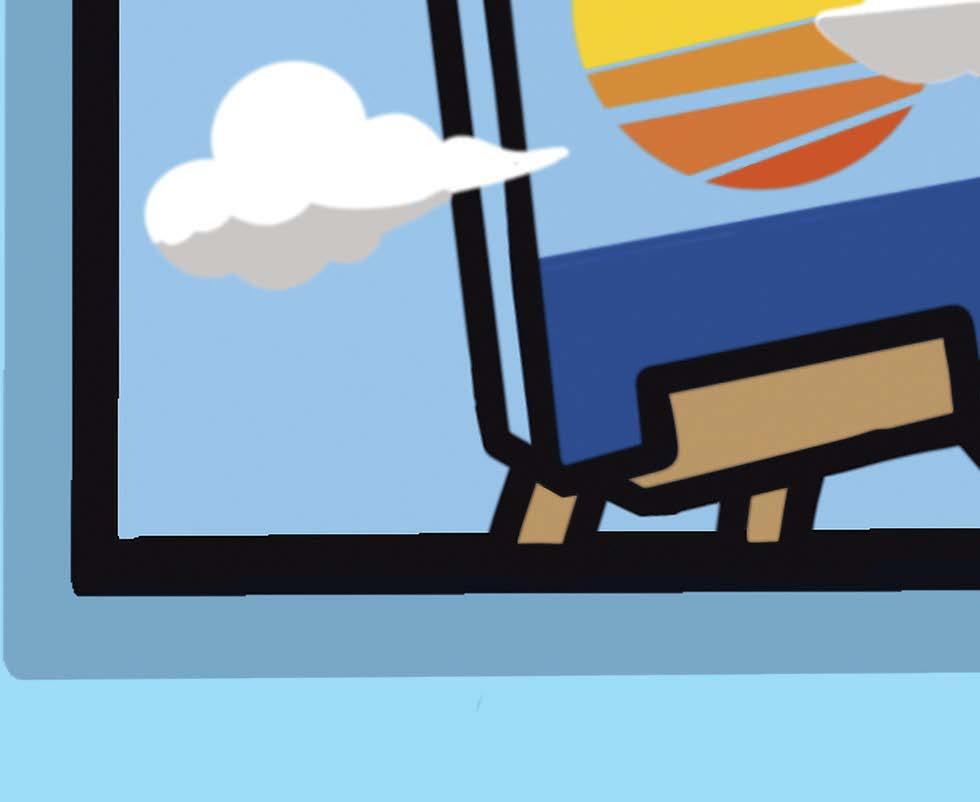
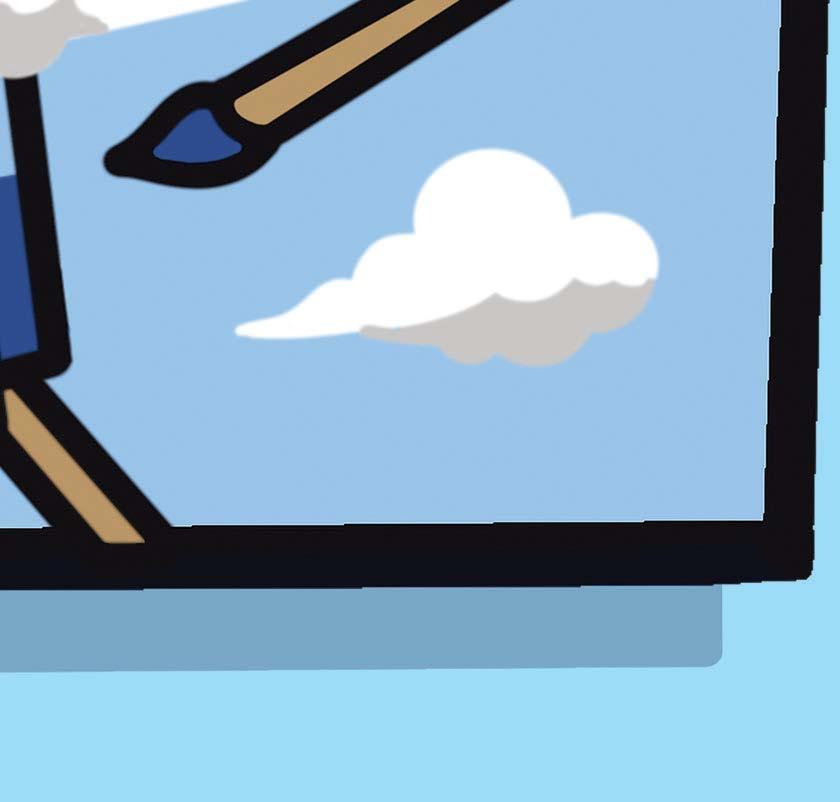




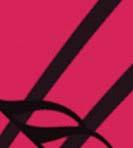
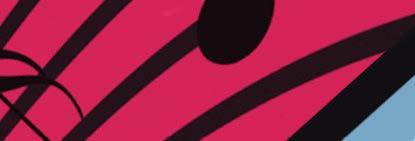







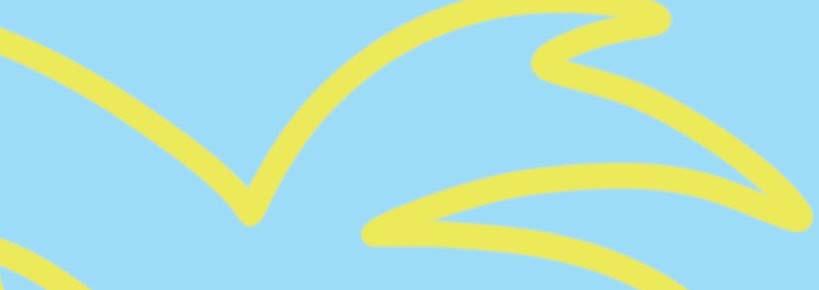
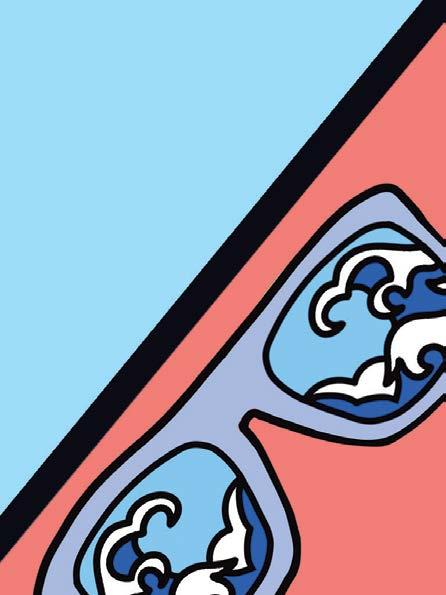




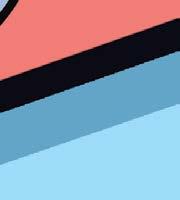


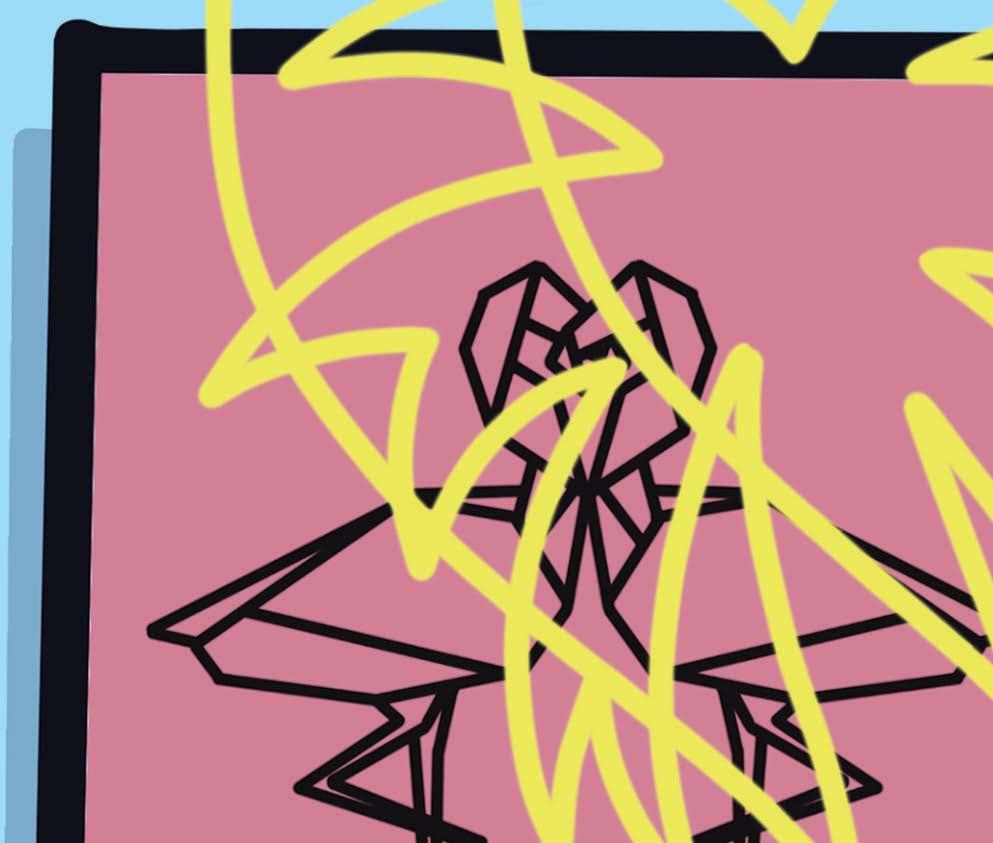






April/May 2024
55
62
66
72
SEE THE VENICE BIENNALE THROUGH EXPERT EYES
Three art-world veterans reveal their top picks among the 88 national pavilions at the 2024 Venice Biennale.
THE HAAS BROTHERS FIND THEIR FLOW STATE
The art world’s Swiss Army knives mark 15 years of collaboration and a return to their Texan roots with their most monumental show yet, at the Nasher Sculpture Center.
ACT YOUR AGE
These three dealers—all under 30—have run their spaces for three years, or three months. They are giving the gallery circuit a much-needed wake-up call.
INSIDE NEW YORK’S LAST ARTIST LOFTS
Photographer Joshua Charow immortalized more than 50 hidden artist havens preserved for decades under an obscure 1980s law.


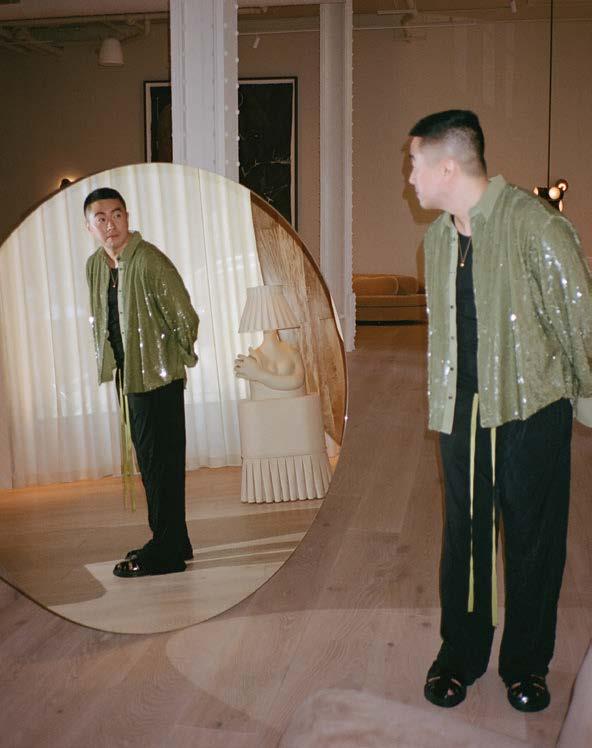
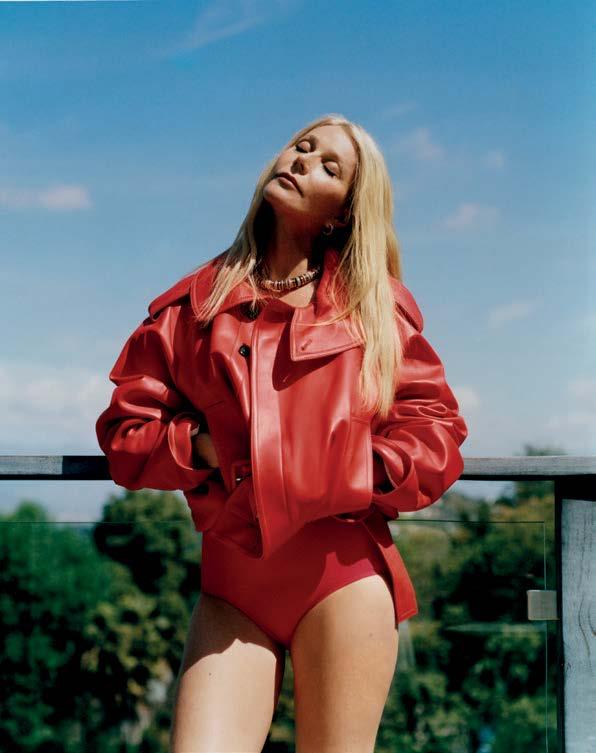
74
76

78
A SYMPHONY OF FRAGMENTS
For his Met Roof Garden Commission, Kosovar artist Petrit Halilaj opens a dialogue with his neighbors—in Eastern Europe and Central Park.
A LION IN THE LIBRARY
In two concurrent shows, Walton Ford investigates how we view the natural world, and what that says about us.
PHOTOGRAPHY IS CHANGING RAPIDLY. THIS CRITIC IS STILL IN LOVE WITH IT
Vince Aletti, influential writer, collector, and winner of this year’s AIPAD Award, unpacks the medium’s evolution.

80
82

FURNITURE YOU WANT TO TALK TO Raisonné’s latest exhibition captures the enduring optimism of the late Italian architect Ettore Sottsass.
A VERY ANXIOUS, SHAKY LINE
Margaret Lee’s new exhibition stems from an encounter with an oft-satirized self-help book and a return to her preverbal self. In her work, the artistic reinvention is apparent.
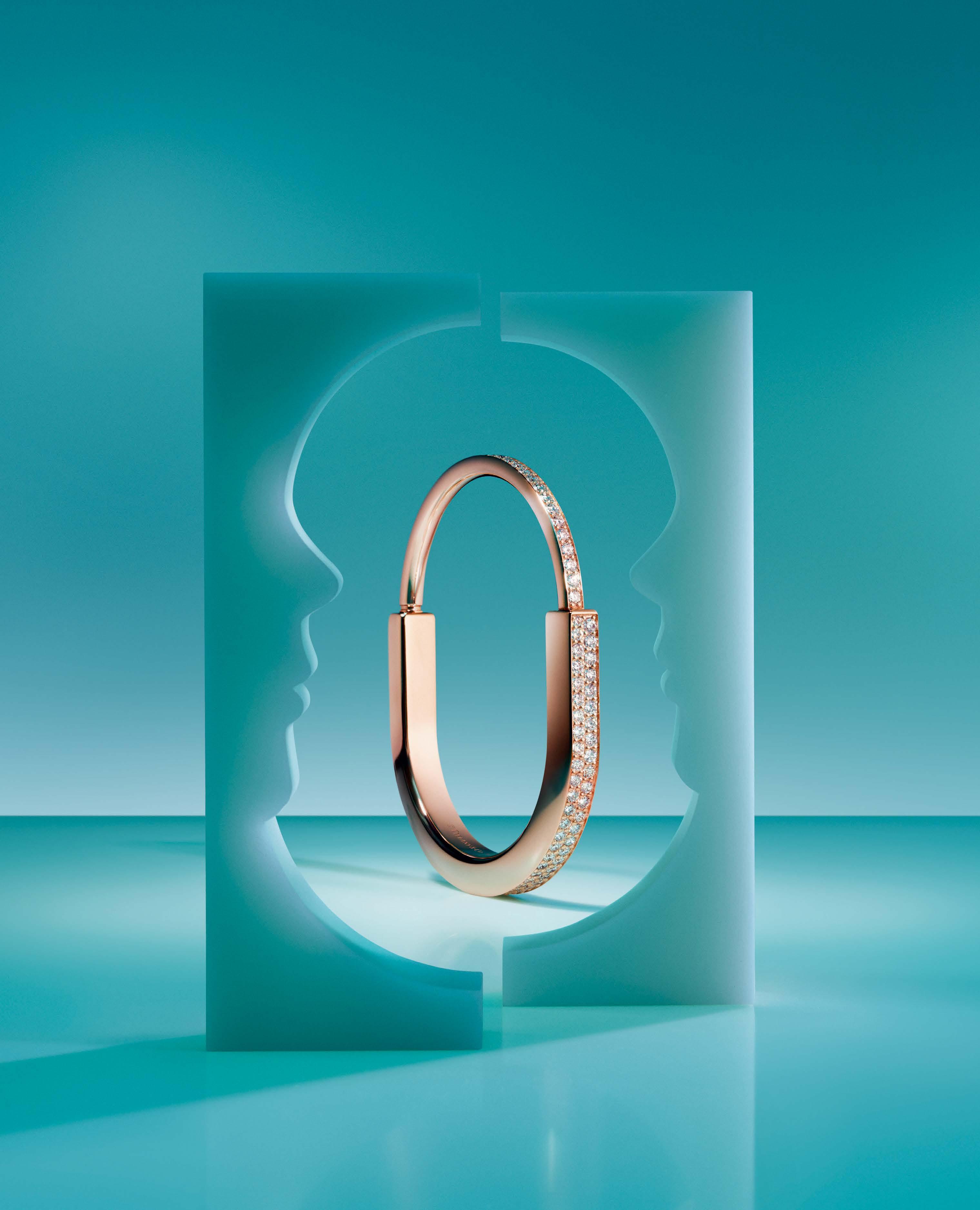

84
86
88
96
LIFE ON THE FRINGE
Prada’s Spring/Summer 2024 Ready-to-Wear collection celebrates the aesthetics of contradiction.
IN THE DESERT, AN OASIS OF INSPIRATION
For Emily Smith, creative director of Lafayette 148, Martien Mulder’s photographs of the Marfa landscape were the spark that inspired the brand’s latest collection.
RUPERT FRIEND’S SLEIGHT OF HAND
The British-born, New York–based actor is adapting his own short story for the stage and a spy thriller for the screen.
IN THIS HOUSE, THERE ARE NO WRONG ANSWERS
Four years ago, Oliver Furth and Sean Yashar turned a retro Nichols Canyon residence into their dream home.

104
STRANGE BEAUTY EVERY DAY
Vince Creative Director Caroline Belhumeur sits down with Los Angeles architect Barbara Bestor to discuss small gestures and daily moments.
GEOFFREY MAK AND LIARA ROUX ON DEMONIC CATHEDRALS, BERGHAIN, AND EDGELORDS
In his debut essay collection, Mean Boys, Mak explores the limits of his own capacity for rehabilitation and reconciliation.
106
112
HOW OLIVIA SONG TRANSFORMED HER BROOKLYN TOWNHOUSE INTO A BOHEMIAN TREEHOUSE
From the cantilevered kitchen to the twofloor family room, the interior designer’s Cobble Hill abode is a leafy reprieve in the middle of the city.
DIOR BLURS THE NEW YORK–PARIS DIVIDE
Maria Grazia Chiuri’s Fall 2024 collection for Dior is both coy and commanding, resonating with a sense of freedom and dynamism.

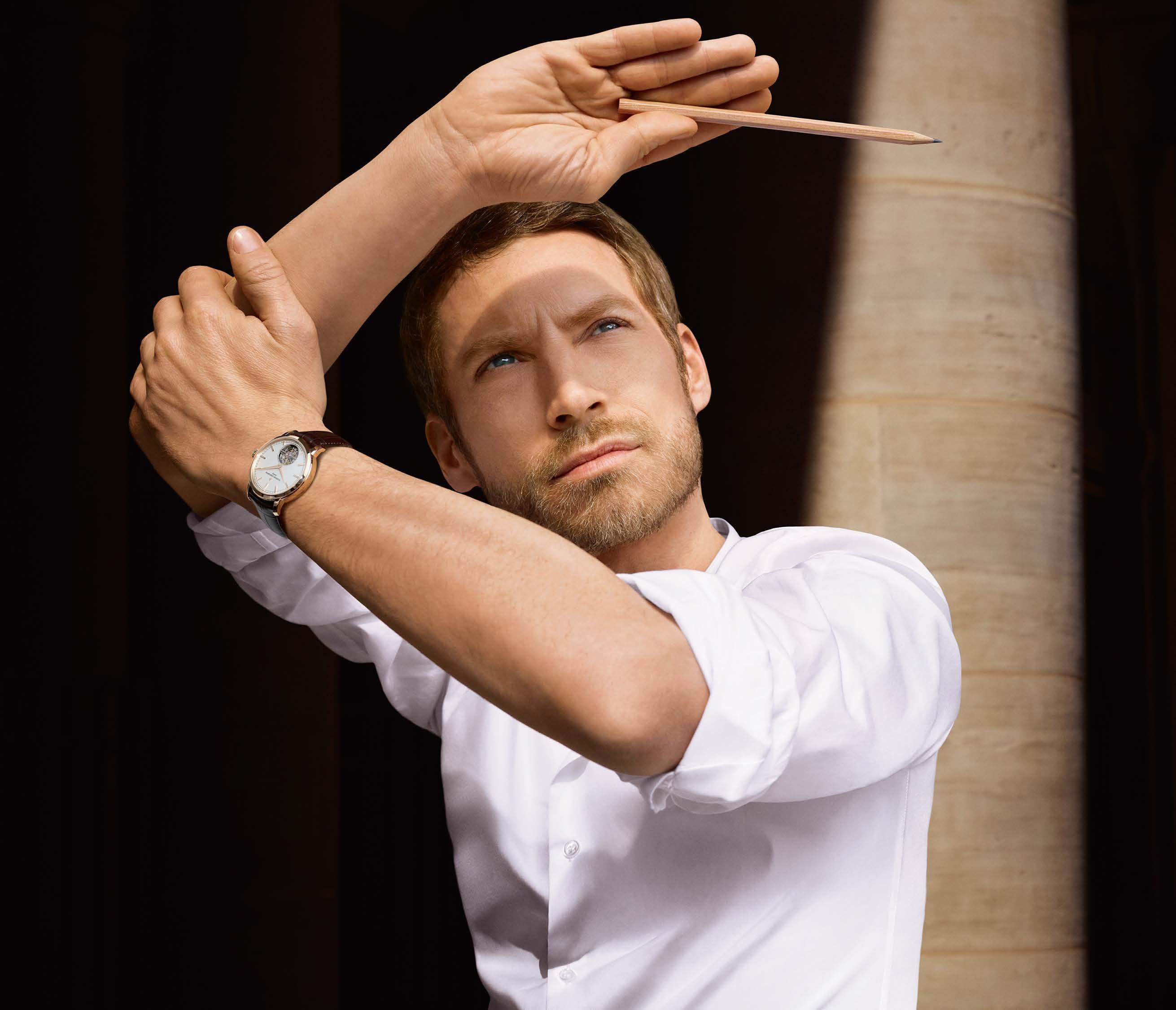

GWYNETH PALTROW’S EYES ARE OPEN
The comedian made his name as a cultural commentator. Today, he’s at the center of the zeitgeist. 126
Her lifestyle is aspirational. Her methods are unconventional. What is it that makes the star so endlessly captivating?
. TEYANA TAYLOR CANNOT BE CONTAINED
The multihyphenate continues to expand into new disciplines, dispelling the public’s preconceptions every step of the way.
SMALL TOWN WONDER
Ocean Vuong has dedicated his life to the power of the written word—even when those he loved could not access it. Now, he’s turning to more sensory forms of expression.
BOWEN YANG WALKS THE LINE
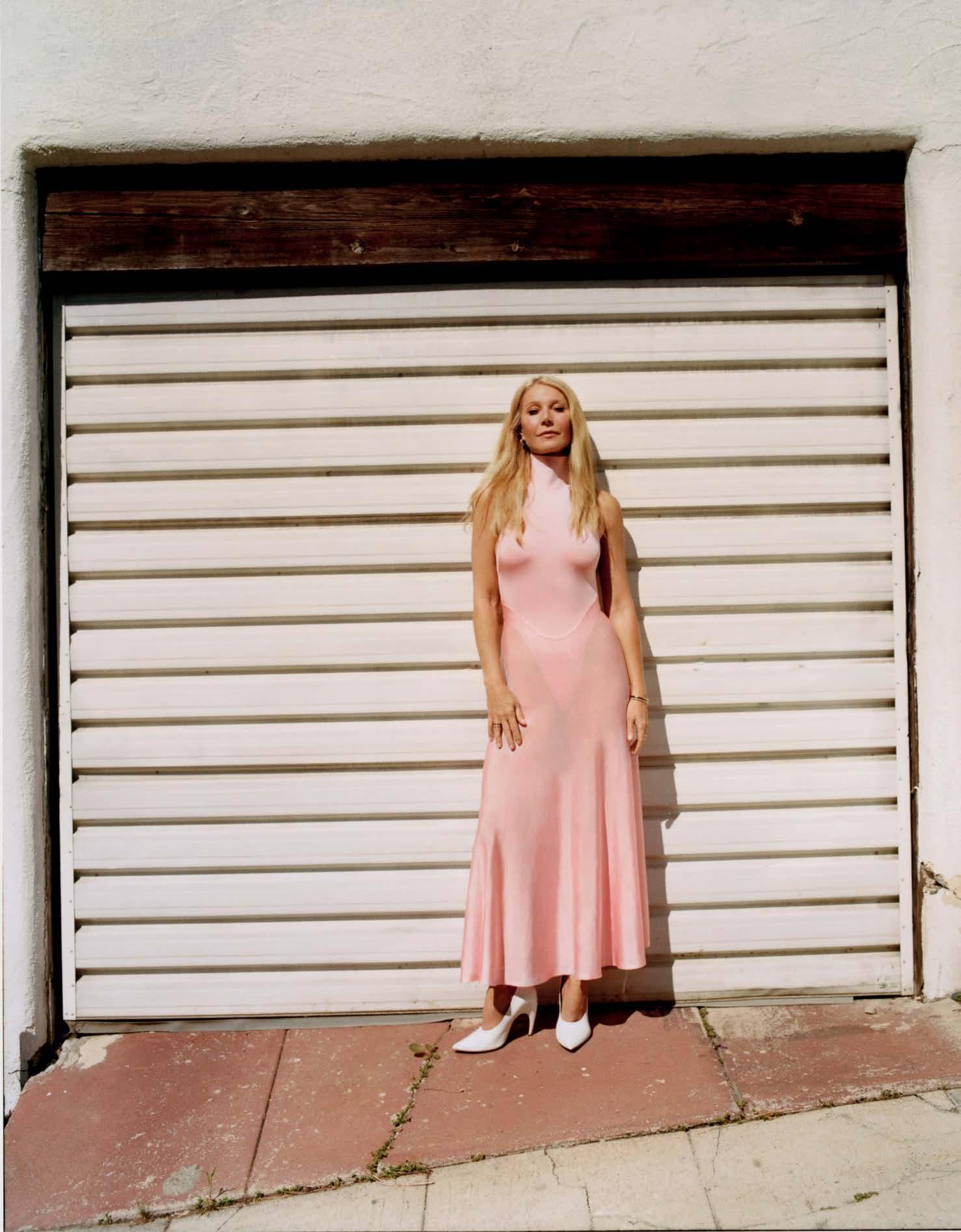
MY’HALA HAS ARRIVED
With turns in prestige dramas and major blockbusters, the 28-year-old San Jose native is on a trajectory any young star would dream of—and she’s just getting started. 152
THE CULT 100
What single trait unites all the names on the inaugural CULT 100 list? Curiosity. 156



CULTURED’S APRIL/MAY ISSUE, typically an homage to the confluence of art and family, is given over to something new this year. The CULT 100—a list of 100 people who are shaping culture in their own ways—is our first attempt to encapsulate some sense of the future. There are plenty of reasons to fear what lies ahead of us: the hollowing-out of the media industry, the tectonic shifts in how we experience filmmaking and performance, and the existential threats that face visual artists attempting to sustain themselves without compromising their work are dark omens for our cultural ecosystem. But these 100 people—who span the fields of art, film, literature, food, fashion, and more—give us 100 undeniable reasons to hope. In a culture defined by algorithms, they urge us toward something weirder, more irreverent and demanding. National Book Critics Circle Award winner Patrick Radden Keefe is dedicated to “bringing the word ‘skulduggery’ back into general circulation,”

“Physical, full-body live work—without apologies.” Whatever their discipline, they are united in their singularity—their ability to remain ferociously themselves in a world that tends toward homogenization.
The CULT 100 issue boasts four unparalleled cover stars: Gwyneth Paltrow, Ocean Vuong, Teyana Taylor, and Bowen Yang. Each of them sat down with an accomplished writer for a candid and free-wheeling conversation about the state of our culture today, and their obligations to it. All of them feel a sense of duty, a compulsion to make the
world a place the rest of us want to be a part of.
Coming in at a whopping 240 pages, this issue is packed to the brim with voices I admire—some over decades, others as more recent discoveries. I hope you spend a bit of time with it and come away feeling as uplifted as we do.
 Sarah G. Harrelson Founder and Editor-in-Chief @sarahgharrelson
Sarah G. Harrelson Founder and Editor-in-Chief @sarahgharrelson
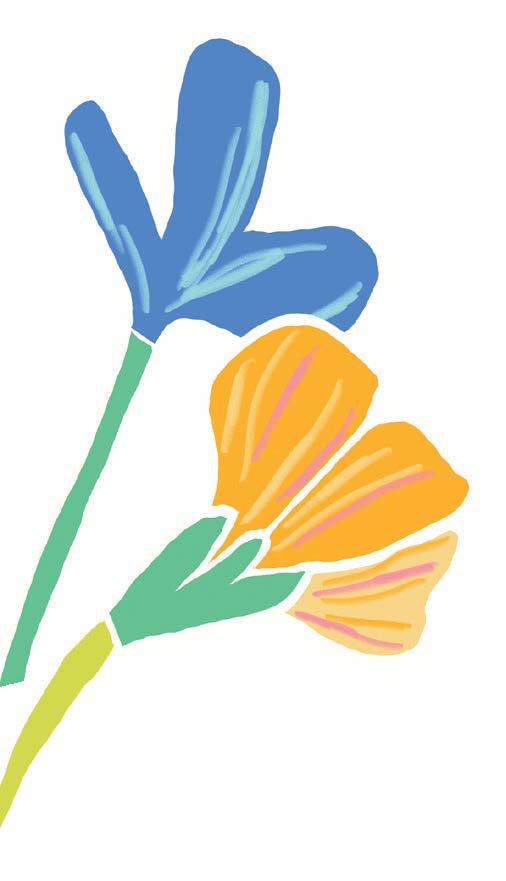
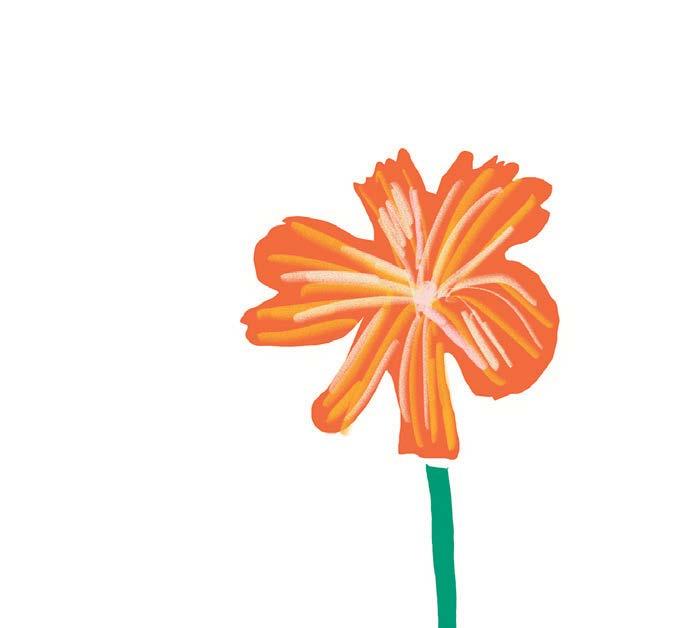
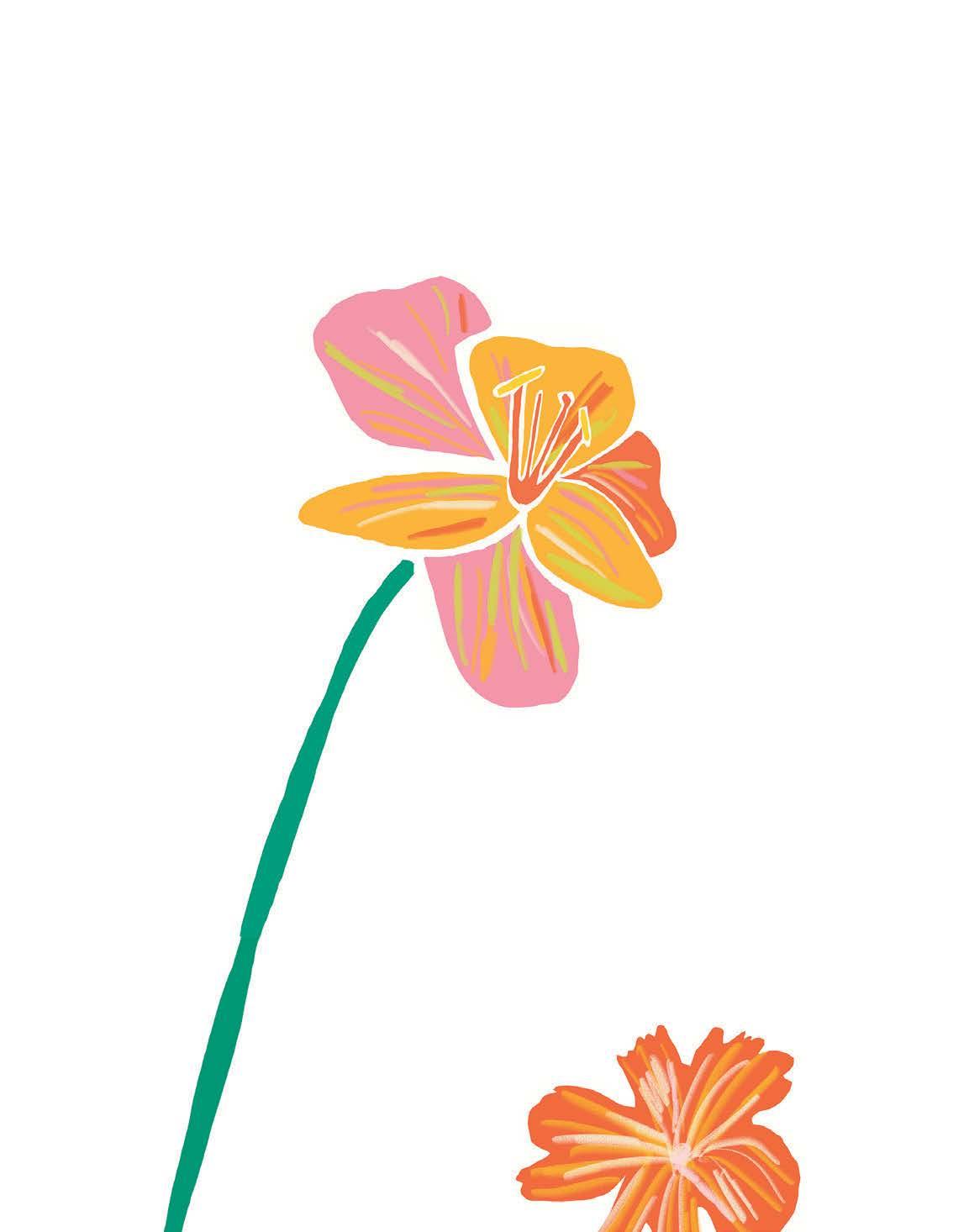



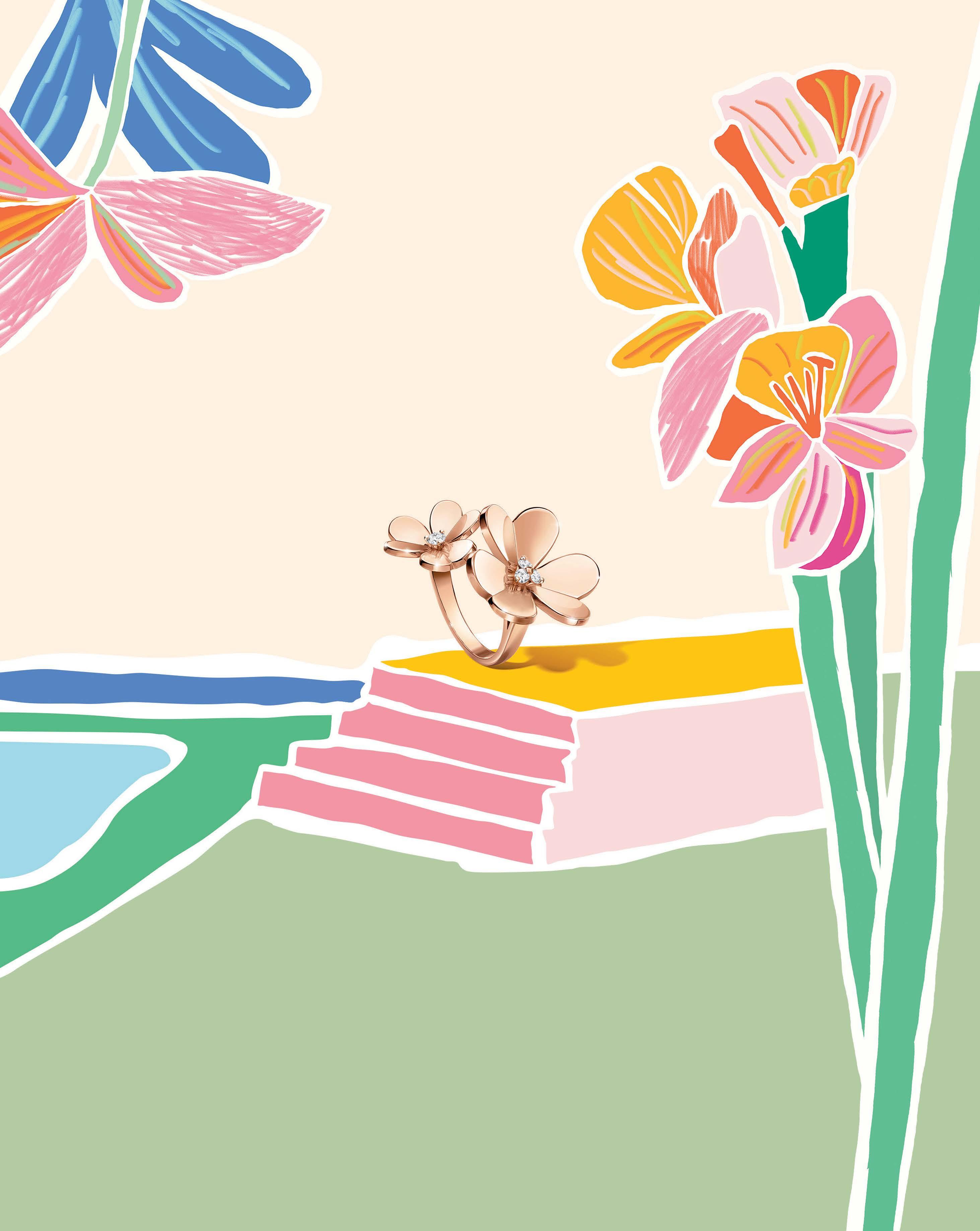 Sarah Harrelson at her home in Los Angeles. Polaroid by Hannah Tacher.
Sarah Harrelson at her home in Los Angeles. Polaroid by Hannah Tacher.




Madrid-based photographer and director Javier Castán draws his palette and inspiration, first and foremost, from the lushness of nature. Castán, who has shot emerging and established icons ranging from Rosalía to André Leon Talley, has had work appear in publications including Vogue Spain and Numéro
For the inaugural CULT 100 issue, he shot actor Rupert Friend on the grounds of Montblanc’s storied headquarters. “I absolutely adored working with Rupert,” says Castán. “He’s an incredibly analog person who respects and values craftsmanship.”
“I absolutely adored working with Rupert. He’s an incredibly analog person who respects and values craftsmanship.”
Photographer
Telfar Clemens for Time. Billie Eilish for Vanity Fair. Ice Spice for Variety. Quil
Lemons’s cover shoots are legendary, and each bears a sophistication that suggests decades of experience, rather than someone who staged their first solo exhibition last year (at Hannah Traore Gallery in New York).
For this issue, Lemons fixed his lens on Ocean Vuong and Myha’la Herrold in two equally dreamy shoots. “It is such an honor to have Ocean and Myha’la as subjects for this issue of CULTURED! It allowed me to show my range as a photographer, and I’m so lucky I get to call them friends,” he says of the experience.
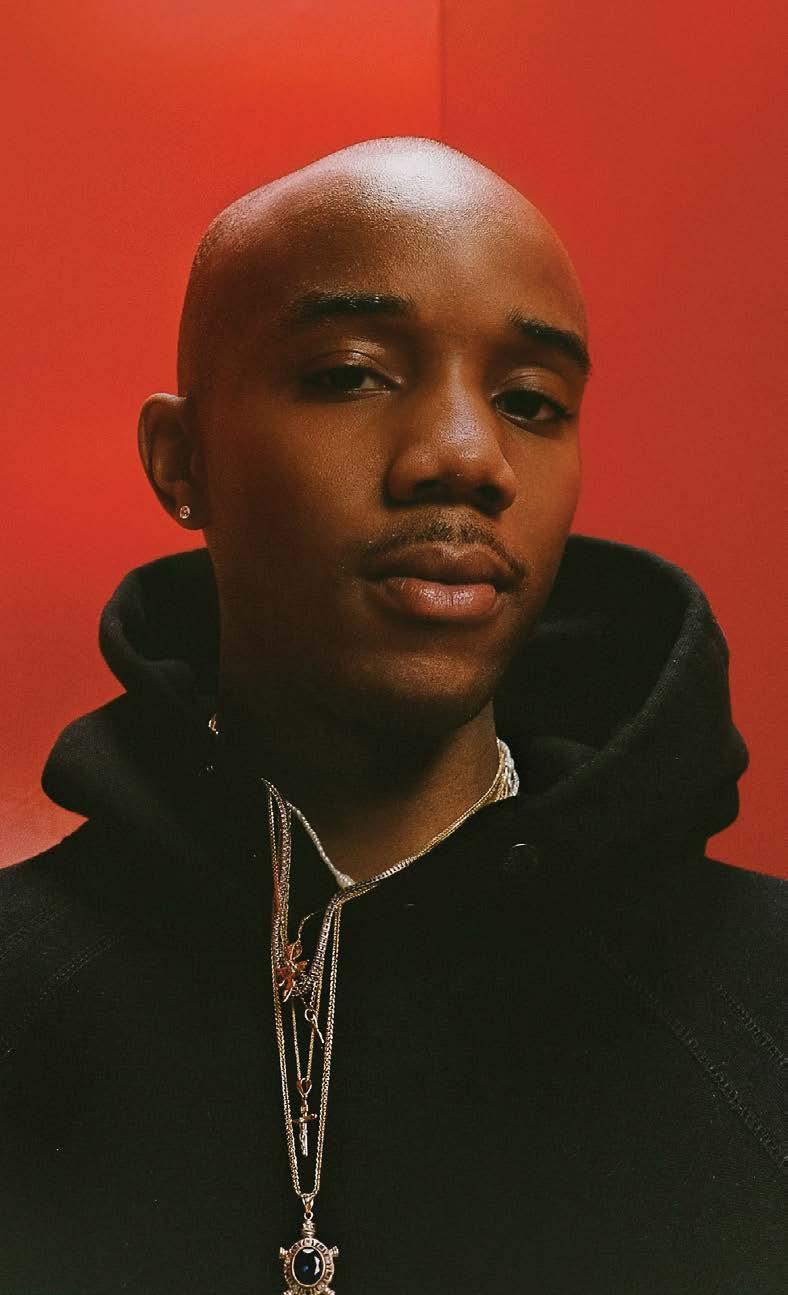 EMILIA PETRARCA Writer
EMILIA PETRARCA Writer

From her home in Brooklyn, writer Emilia Petrarca covers all matters fashion and culture for The New York Times, T Magazine, The Wall Street Journal, and more. She also took that video of Larry David at NYFW in 2021. “We’ve all heard Gwyneth Paltrow’s voice, but there’s really nothing like having it come out of your phone and straight into your ear,” she says of her conversation with the actor and entrepreneur for this issue. “She has a natural calm to her that makes you feel like you’re lying on a beach in the sun together—like you have all the time in the world to ask whatever you want. In reality, you have 30 minutes, and she’ll shut you down if you cross her. I want to sound like that. How do I sound like that? Can I ever sound like that? That is Gwyneth’s appeal.”
“We’ve all heard Gwyneth Paltrow’s voice, but there’s really nothing like having it come out of your phone and straight into your ear.”
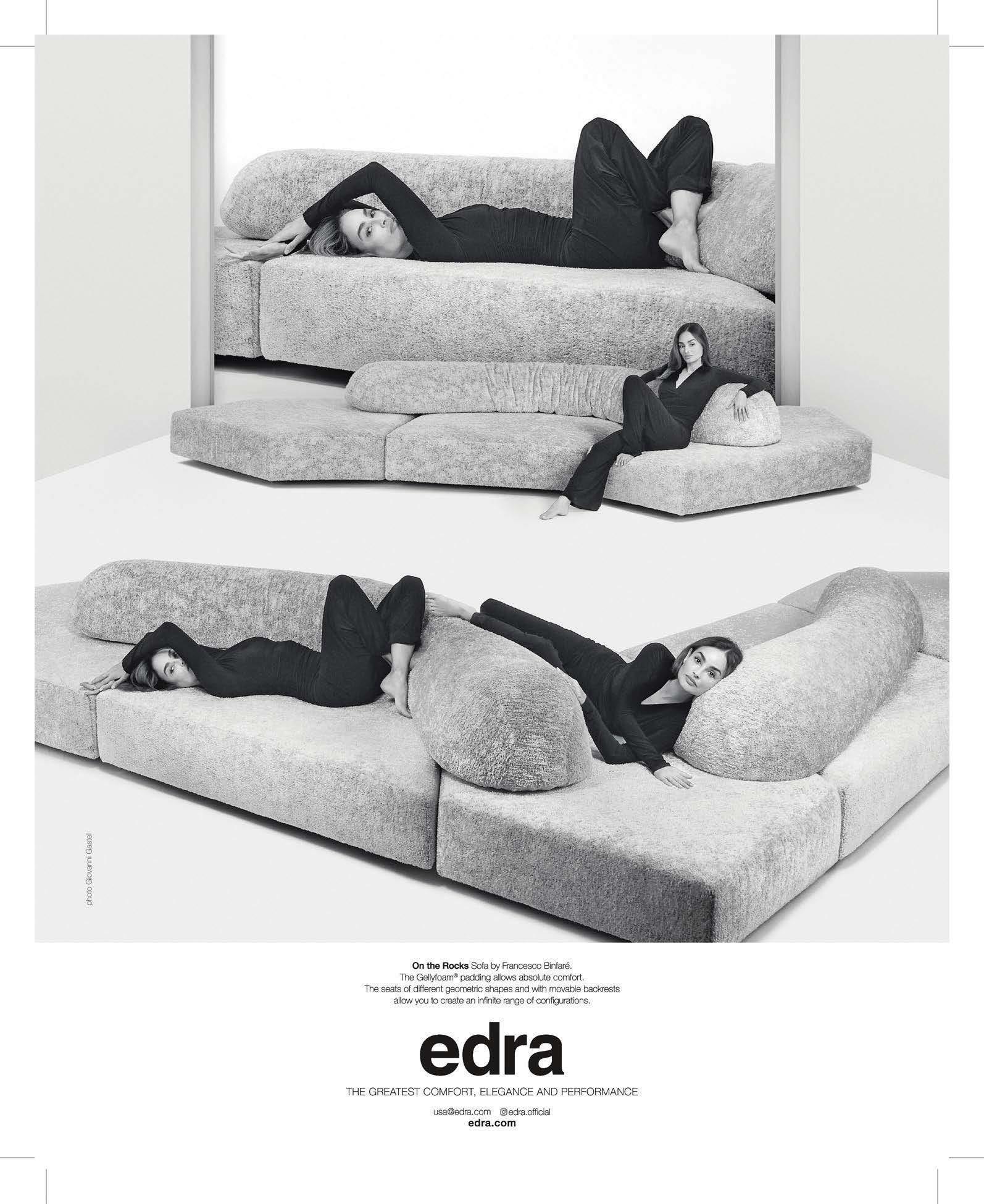


“Rupert Friend was a pleasure to style, open to taking risks and trying new things.”
In Catherine Lacey’s 2023 novel Biography of X, her protagonist pieces together the story of an artist who suddenly dropped dead in their office.
In her feature for CULTURED’s inaugural CULT 100 issue, Lacey does the same for her fellow bestseller, the (living) writer Ocean Vuong. “I was so happy to profile Ocean after first meeting him nearly a decade ago,” she shares. “His work and outlook are so warm, so joyful. It was a real delight to spend some time with him and his books in these dark days.”
The writer is looking forward to some upcoming projects, with the release of her nonfiction debut, The Möbius Book, and her second short story collection, My Stalkers, on the horizon.
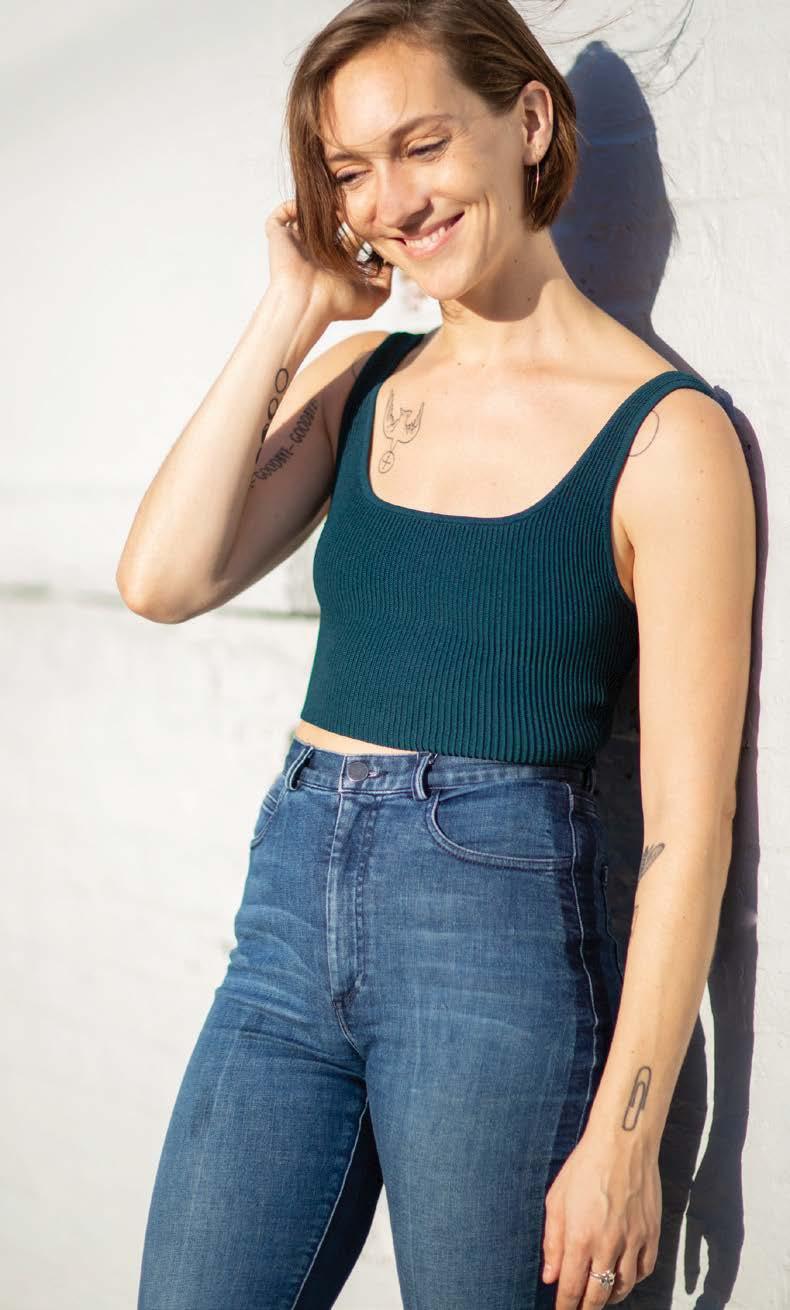
“Ocean Vuong’s work and outlook are so warm, so joyful. It was a real delight to spend some time with him and his books in these dark days.”
Writer “The sun came out for our shoot in Hamburg,” stylist Julia Brenard reminisces of her shoot with actor Rupert Friend for this issue. “He was a pleasure to style, open to taking risks and trying new things.” Brenard began her career working at magazines—Harper’s Bazaar U.K. and Vogue among them—before heading out on her own in London.
Since then, she’s worked with clients across the realms of fashion, beauty, and jewelry—styling campaigns and editorials for the likes of Cartier, Dua Lipa, Suki Waterhouse, and more.
New York–based writer and editor Lee Carter mines the intersections of art, design, and fashion. His work has appeared in Vogue, W, Architectural Digest, and Hint, the award-winning online magazine he founded.
For his CULTURED debut, Carter profiled Olivia Song in the interior designer’s Cobble Hill townhouse. “Olivia has an exceptional eye for contemporary design and art. She is a tireless champion of young artists and makers, which informs her work at the Brooklyn Museum,” he says. “It was a pleasure to catch up on her myriad projects and ever-evolving sense of modernism.”

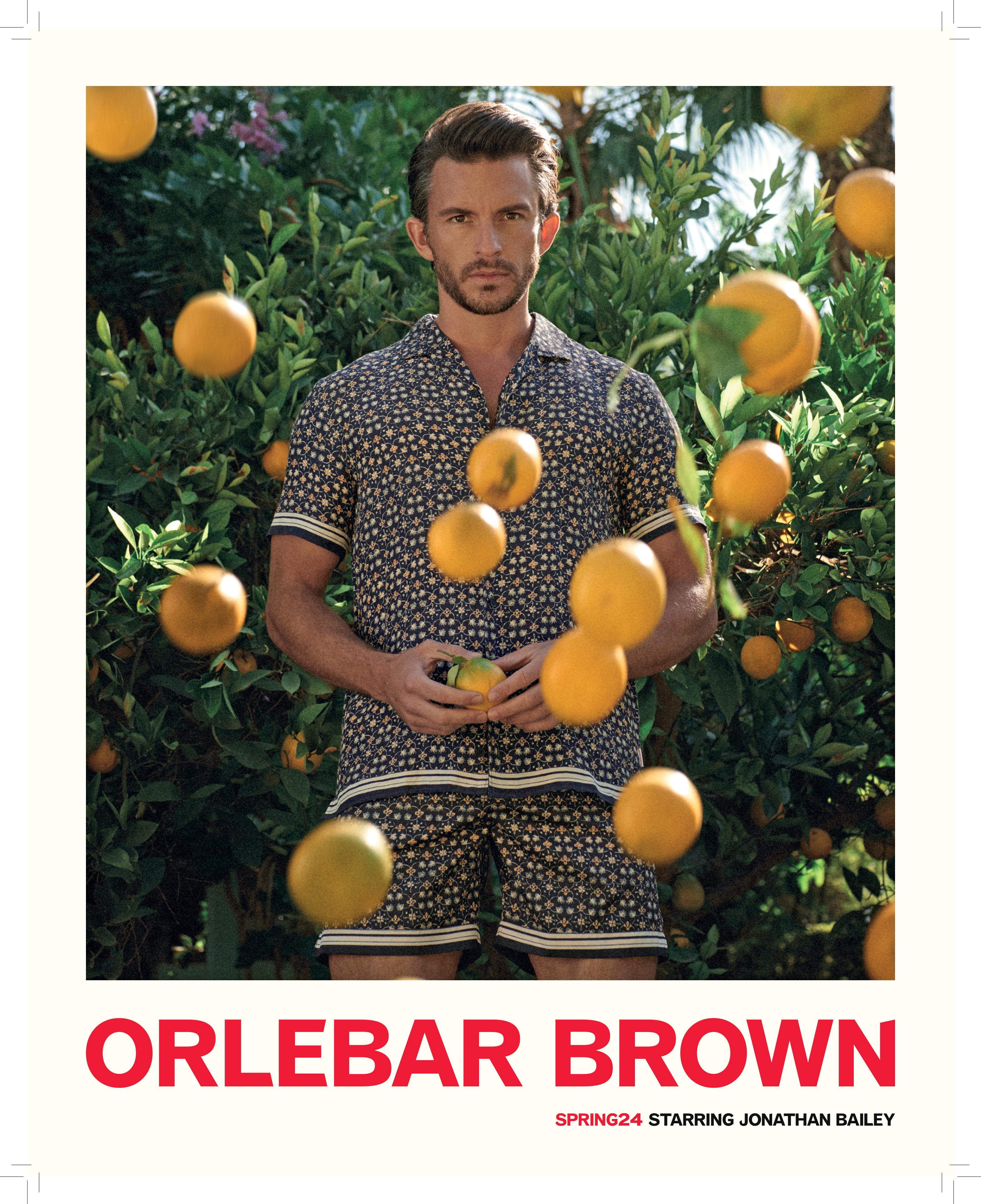

“Interviewing Teyana Taylor was a dream,” says Porochista Khakpour of her conversation with the category-defying star for the issue. “It’s rare to meet an artist who is equally excellent in every art form imaginable—and then add to that her warmth and authenticity! I felt like I was speaking to a good friend.”
Outside of Khakpour’s writing for The New York Times, The Washington Post, Elle, and other publications, she is also the author of five books, including her forthcoming novel Tehrangeles, coming out later this year. “I live in Teyana’s native Harlem, and I see more clearly than ever why the neighborhood has so much pride in her,” she adds.
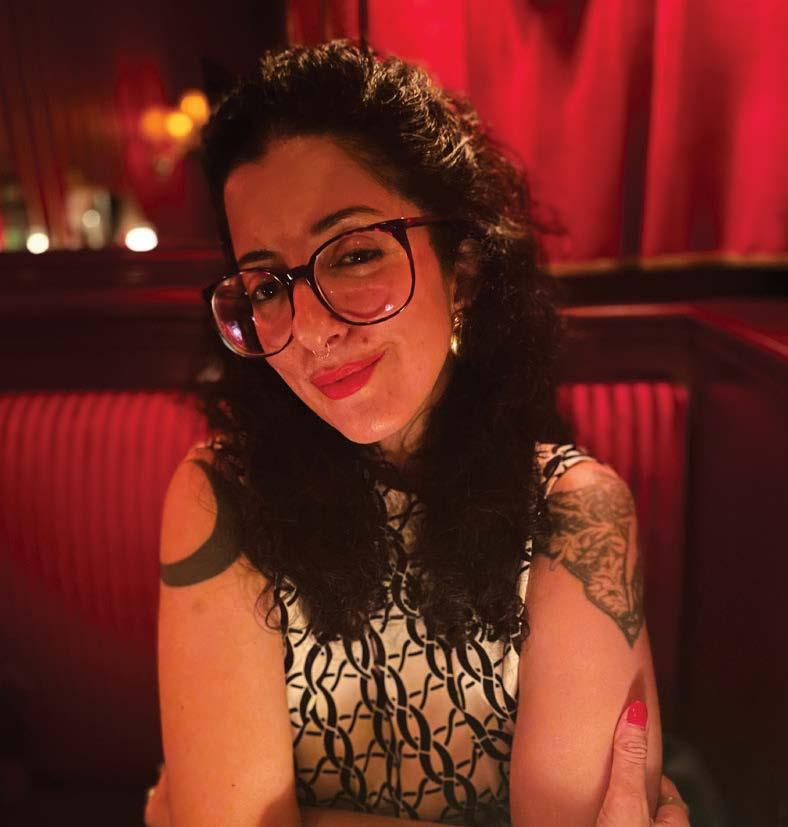
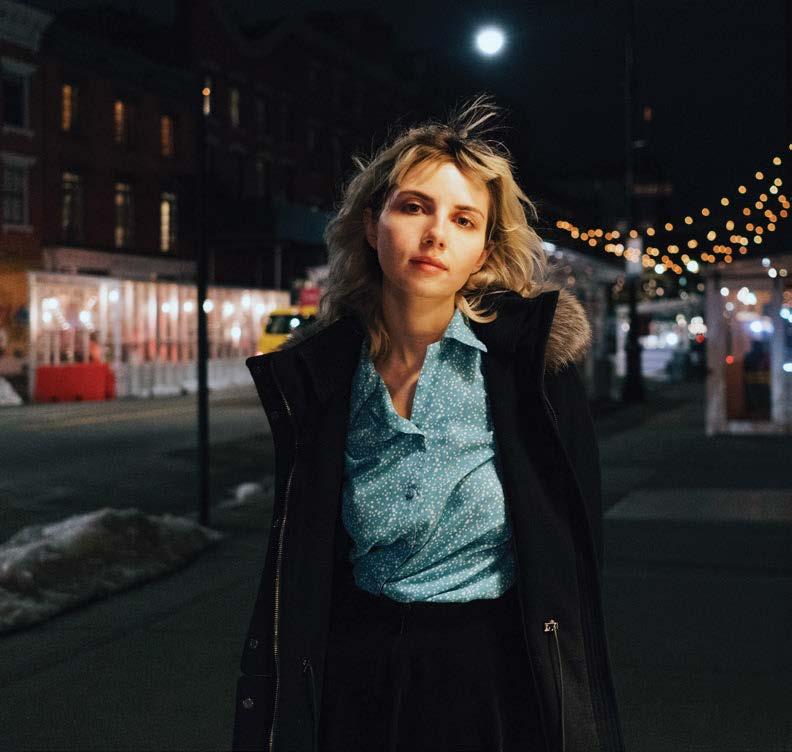
“Mean Boys weaves in musings that run philosophical or even theological.”
“Not content to be a simple novel of manners, [Geoffrey’s Mak’s book] Mean Boys weaves in musings that run philosophical or even theological,” says Liara Roux, a writer, sex worker, and human rights activist based in Paris.
For this issue, Roux—the author of several books, including Whore of New York: A Confession; and articles in Dazed, Interview, Vogue, and more—connected with Mak for a far-reaching conversation about faith, empathy, and literary power couples.
First, he tried painting. Then sculpture. Eventually, London-and-Barcelona-based Jorge Perez Ortiz landed on photography. Since diving into the medium, he’s shot for Jacquemus, Loewe, Louis Vuitton, Versace, and Vogue, among others. For this issue, he joined CULT 100 cover star Gwyneth Paltrow on set for a warmweather Los Angeles shoot. “Bringing a little sunshine from Spain characterizes my photos,” says the image-maker. “With her naturalness and spontaneity, it was the perfect mix.”
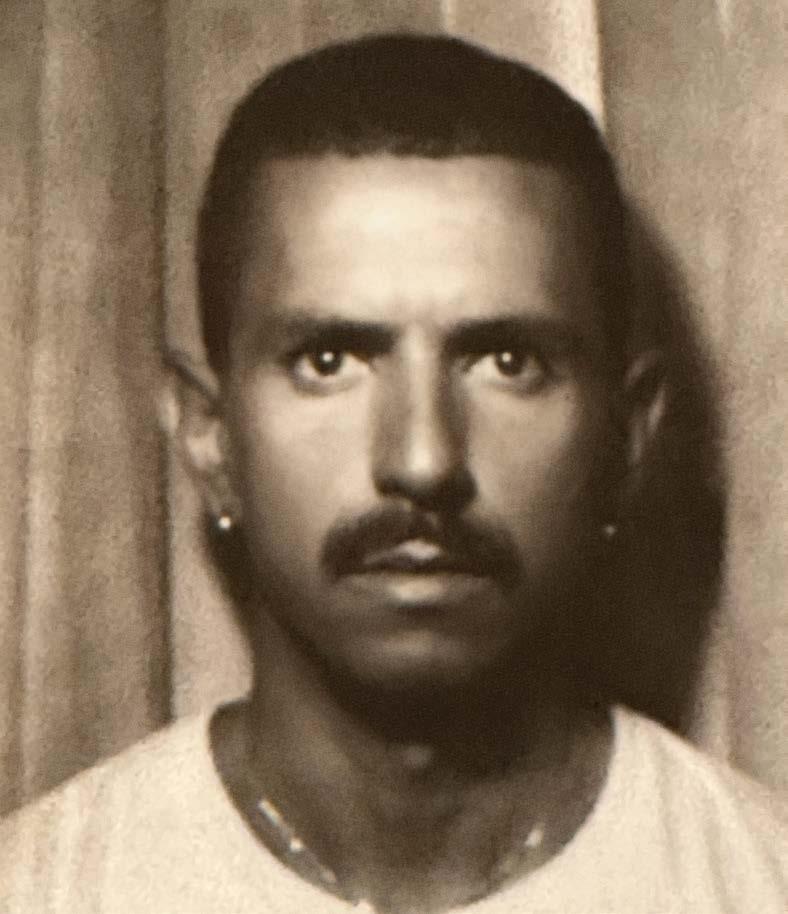
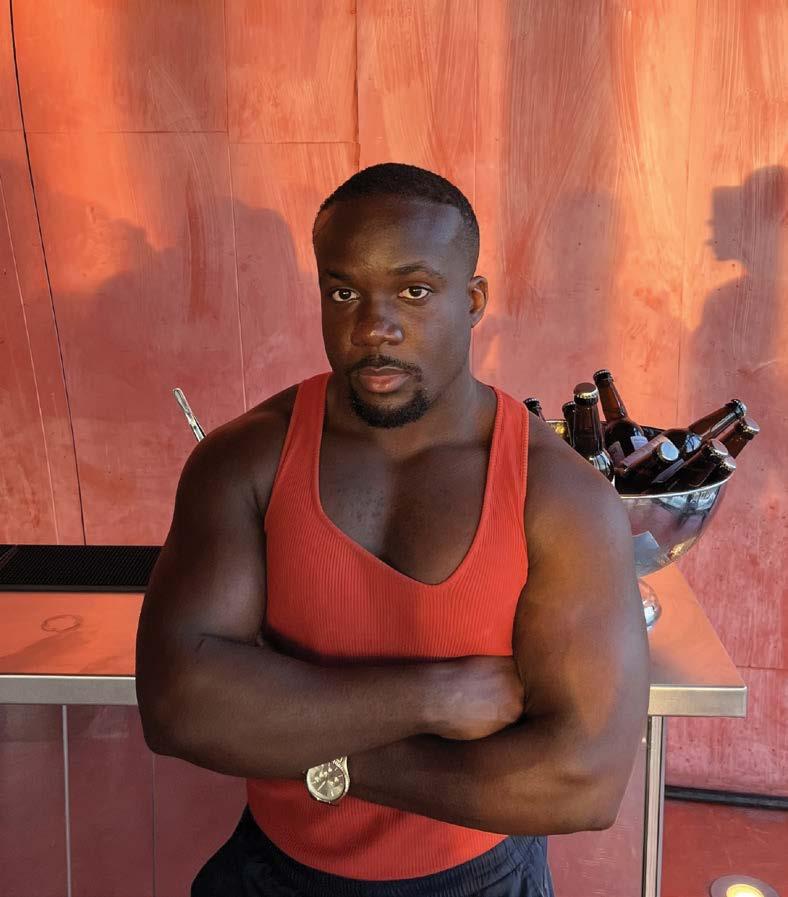
Following the release this year of his debut publication Revolutionary Acts: Love & Brotherhood in Black Gay Britain, London-based writer Jason Okundaye— whose work has appeared in The Guardian, British Vogue, GQ, and others—was tapped by CULTURED to chart the cultural topography of New York through Bowen Yang. “His synthesis of culture and politics in his role at SNL fascinated me, and I was engaged by our discussion about how comedy can speak truth to power,” says Okundaye.


MARA VEITCH
SARAH G. HARRELSON Founder, Editor-in-Chief
PALOMA BAYGUAL, BRYAN BEDOLLA, COLLIN COLAIZZI, MCKENNA MATUS, JAYNE O’DWYER, MIKA YASSUR, AND ZARAH YESUFU Interns
DOMINIQUE CLAYTON, KAT HERRIMAN, JOHN ORTVED, YASHUA SIMMONS, KAREN WONG
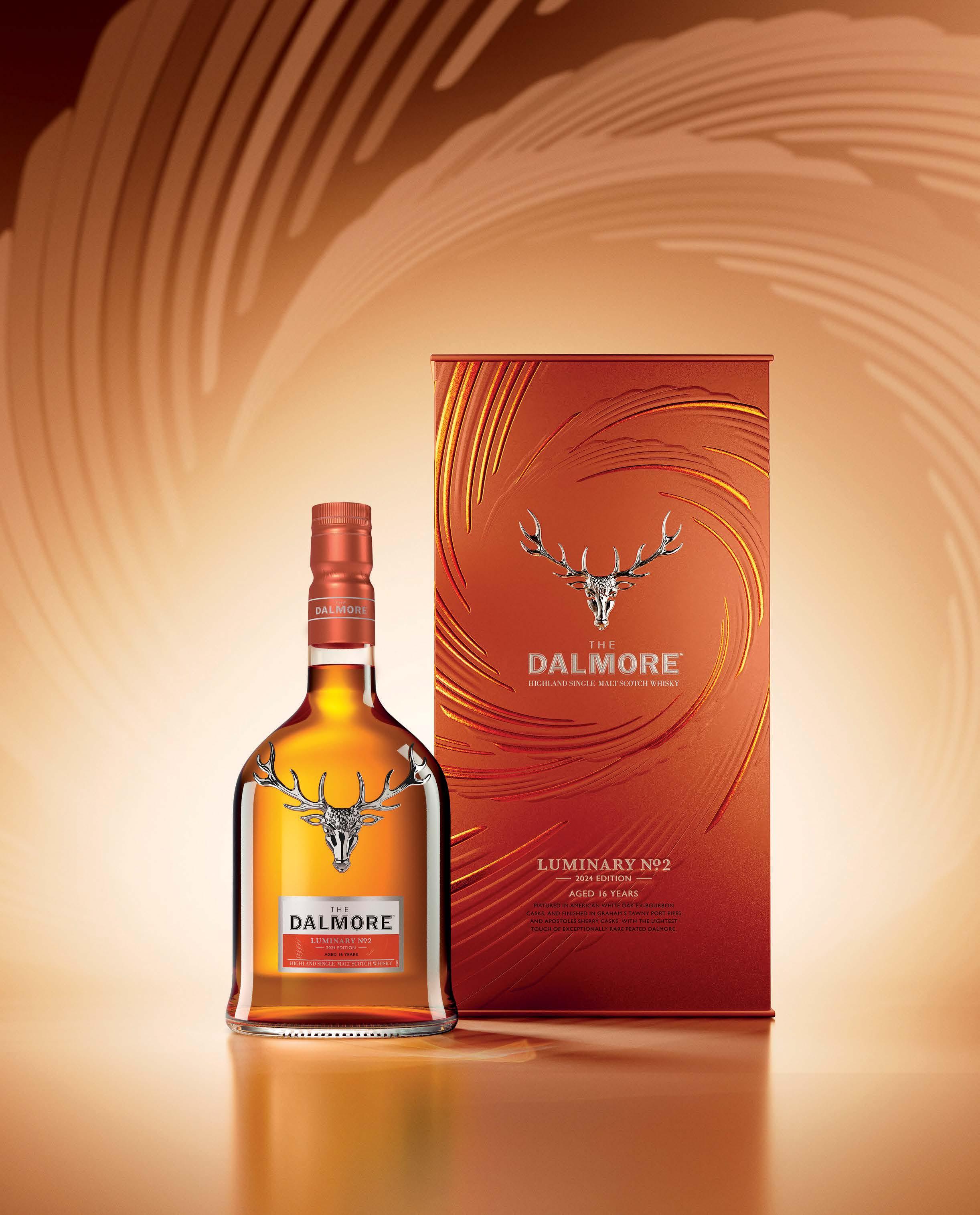

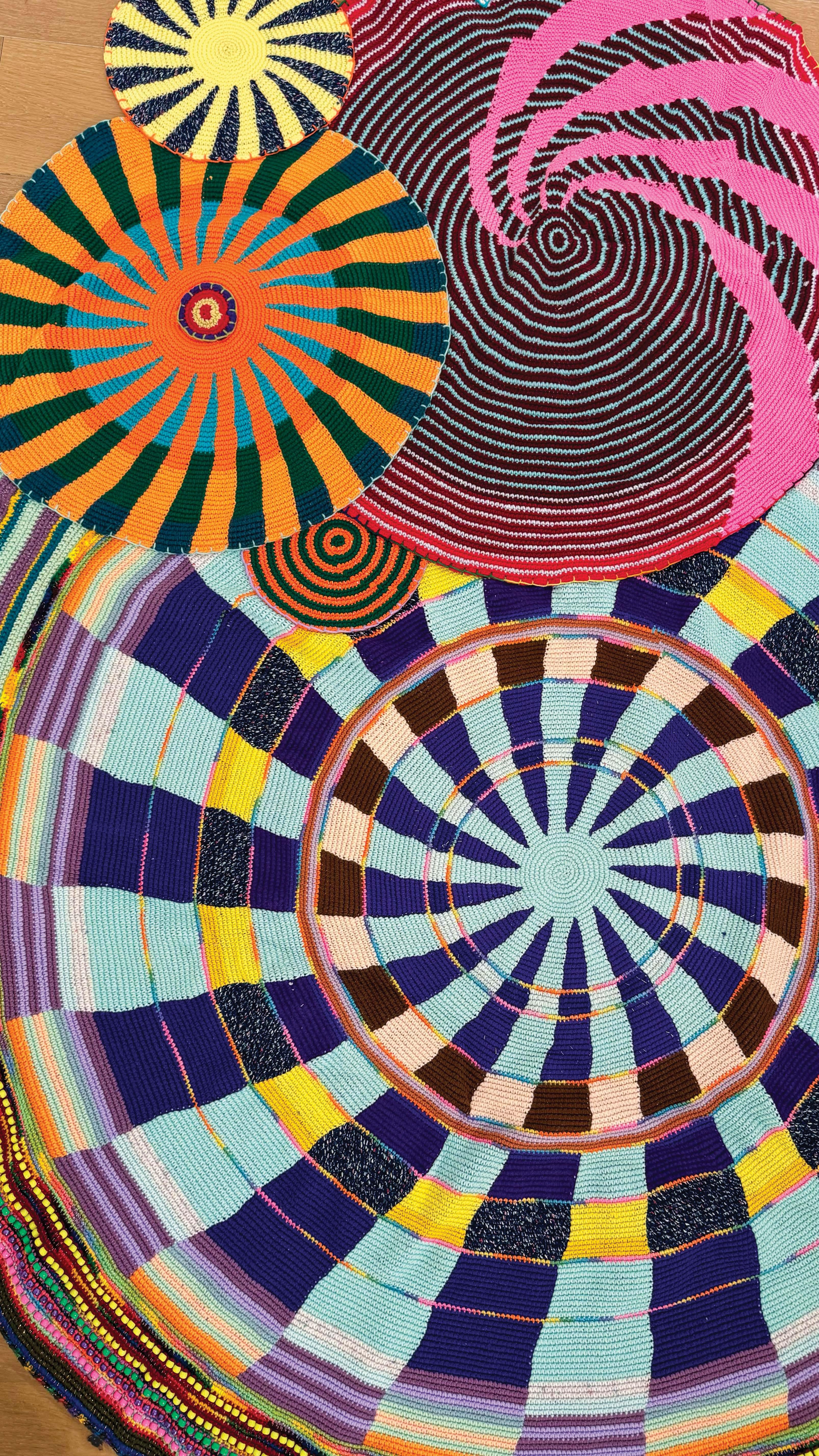
Three art-world veterans reveal their top picks among the 88 national pavilions at the 2024 Venice Biennale.
The Venice Biennale is overwhelming. In addition to the sprawling central show, curated this year by Adriano Pedrosa, no fewer than 88 countries have put together presentations across the Italian city as they compete for attention, critical acclaim, and the coveted Golden Lion awards at the biannual art-world Olympics. It’s impossible to see everything. That’s why CULTURED asked three insiders from different regions to share the national pavilions and collateral events they are most looking forward to visiting.
The London-based art executive and former Frieze Art Fair global director is leading efforts to build a greener art world. She is the founding director of Murmur, a new initiative that channels funds from creative industries into impactful environmental projects. She is also a co-founder of Gallery Climate Coalition, whose 1,100 members have committed to a 50 percent reduction in carbon emissions by 2030.
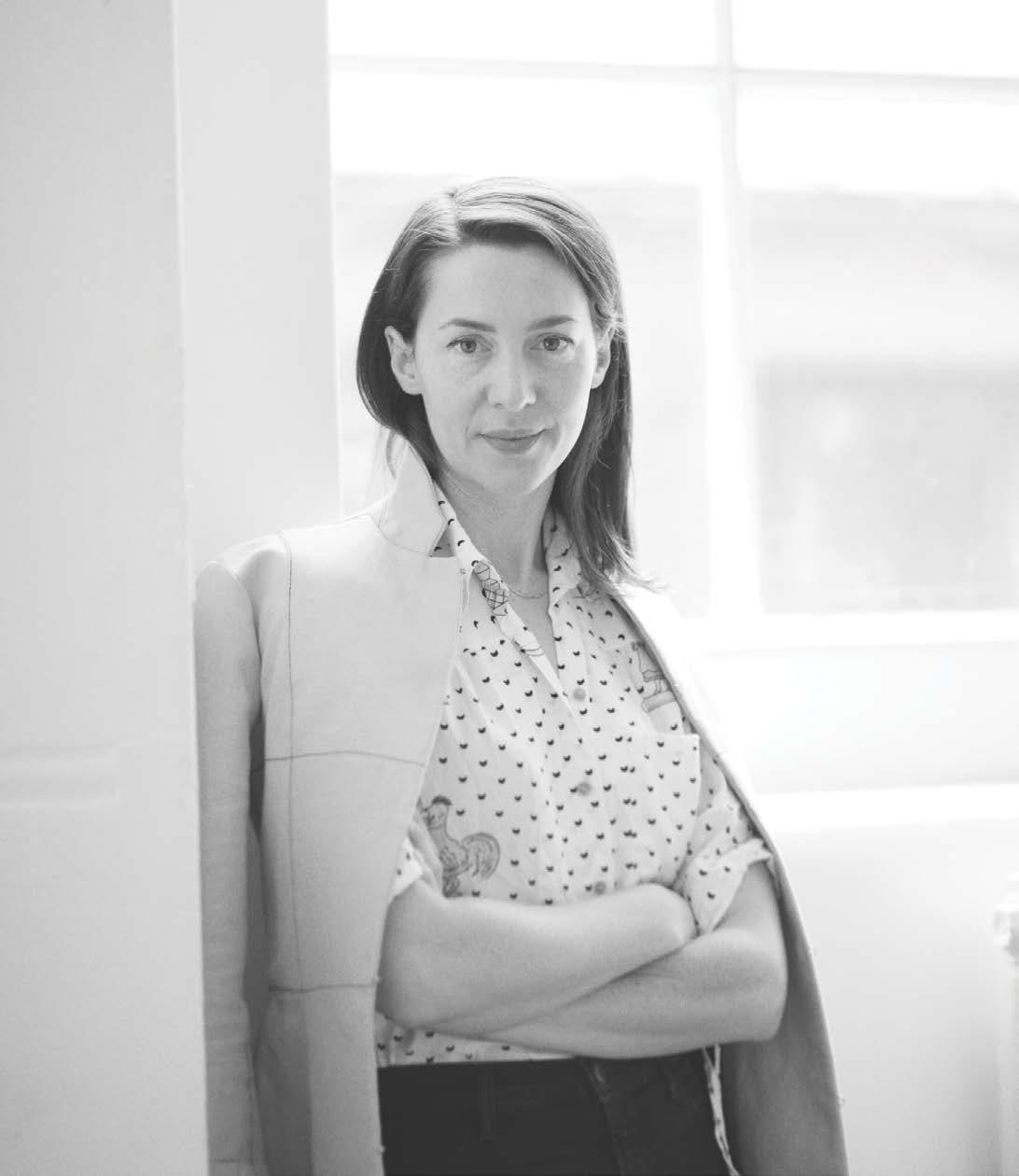
I’m excited to see what Julien Creuzet does here. He was born outside Paris but grew up in Martinique, describing the Caribbean island as “the heart of my imagination.” I came across his work at Frieze London in 2019 when he was awarded the Emerging Artist Prize, which culminated in a fantastic exhibition at Camden Arts Centre. Creuzet’s sculptures use found materials, some of which give the impression that they washed ashore; his work is open and poetic and not at all didactic. He also has a generous spirit and cares about environmental sustainability. He generously donated a sculptural work last year to benefit the Gallery Climate Coalition and ClientEarth. I hope to see him in Venice so I can thank him in person.
Swedish artist Lap-See Lam has collaborated with [Iraq-born, Finland-raised] textile artist Kholod Hawash and Norwegian composer Tze Yeung Ho on a musical installation and performance for the Nordic Pavilion. “The Altersea Opera” will transform the space into a dragon ship filled with mythological water creatures. Inspired by Cantonese opera, it is described by the organizers at the Moderna Museet as a Nordic Gesamtkunstwerk. Lap-See Lam also has a show later this year at Studio Voltaire in London—a new chapter leading from this project in Venice, and her debut exhibition in the U.K.
This year will be only the second time Nigeria has been represented at the Biennale, the first being in 2017. It will hopefully lead to more African countries having a presence in the future. The pavilion is curated by Nigerian-British currator Aindrea Emelife and titled “Nigeria Imaginary.” It features eight artists from Nigeria and the diaspora, including Toyin Ojih Odutola, Yinka Shonibare, and Precious Okoyomon. Precious’s work in the 2022 Venice Biennale was a highlight, and I loved seeing Toyin’s work in “The Time Is Always Now” at the National Portrait Gallery in London recently. There are also artists featured whose work I don’t know and am looking forward to seeing for the first time.
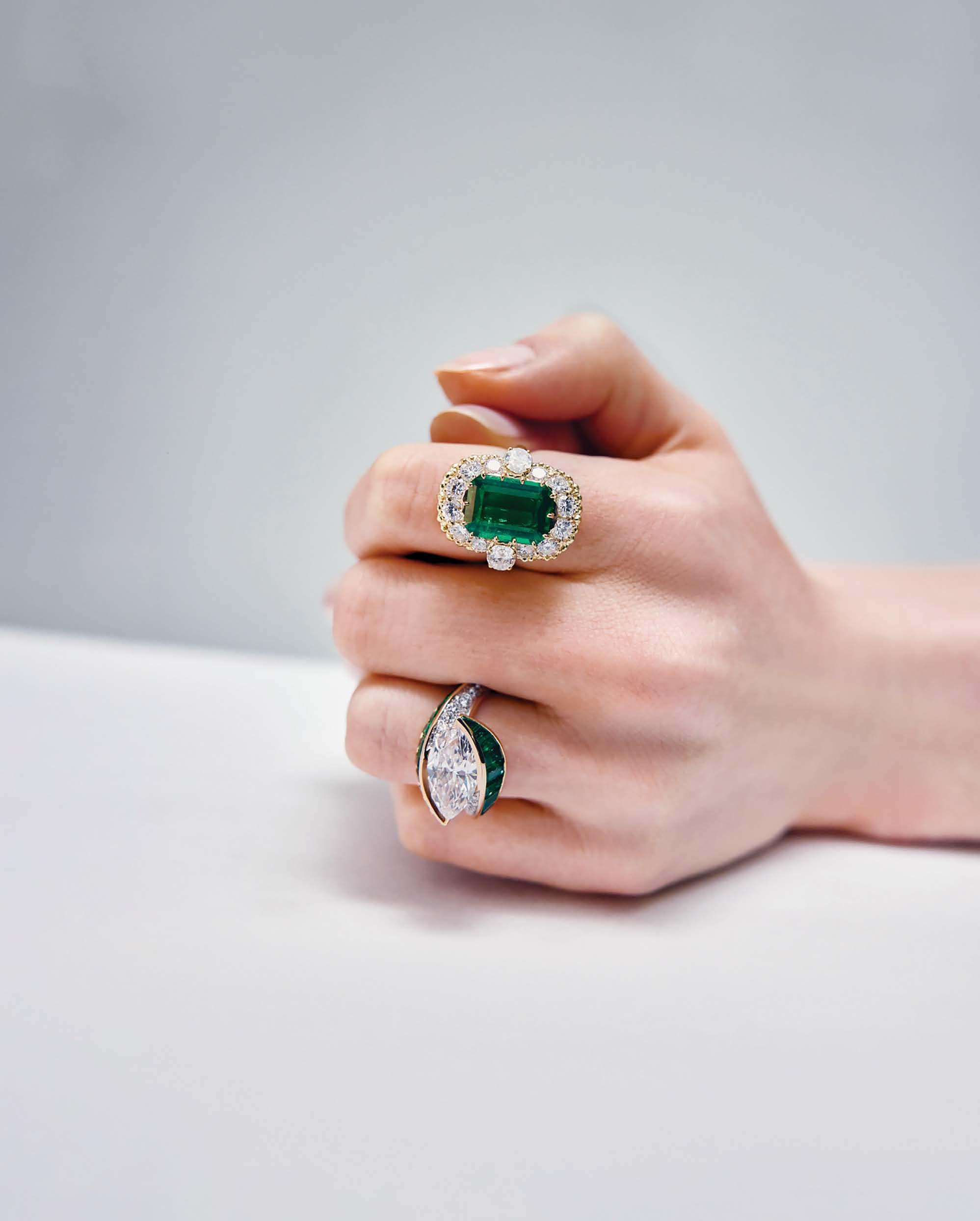

As executive director of Cape Town’s Zeitz MOCAA, one of Africa’s largest museums, Koyo Kouoh not only shepherds the local art scene, but also determines which of the continent’s artists and artworks are elevated to the international stage. The curator—and founder of Dakar’s RAW Material Company residency and cultural center— arrived at the museum two years after its opening in 2017 and is largely credited with shaping its vital program and global resonance.
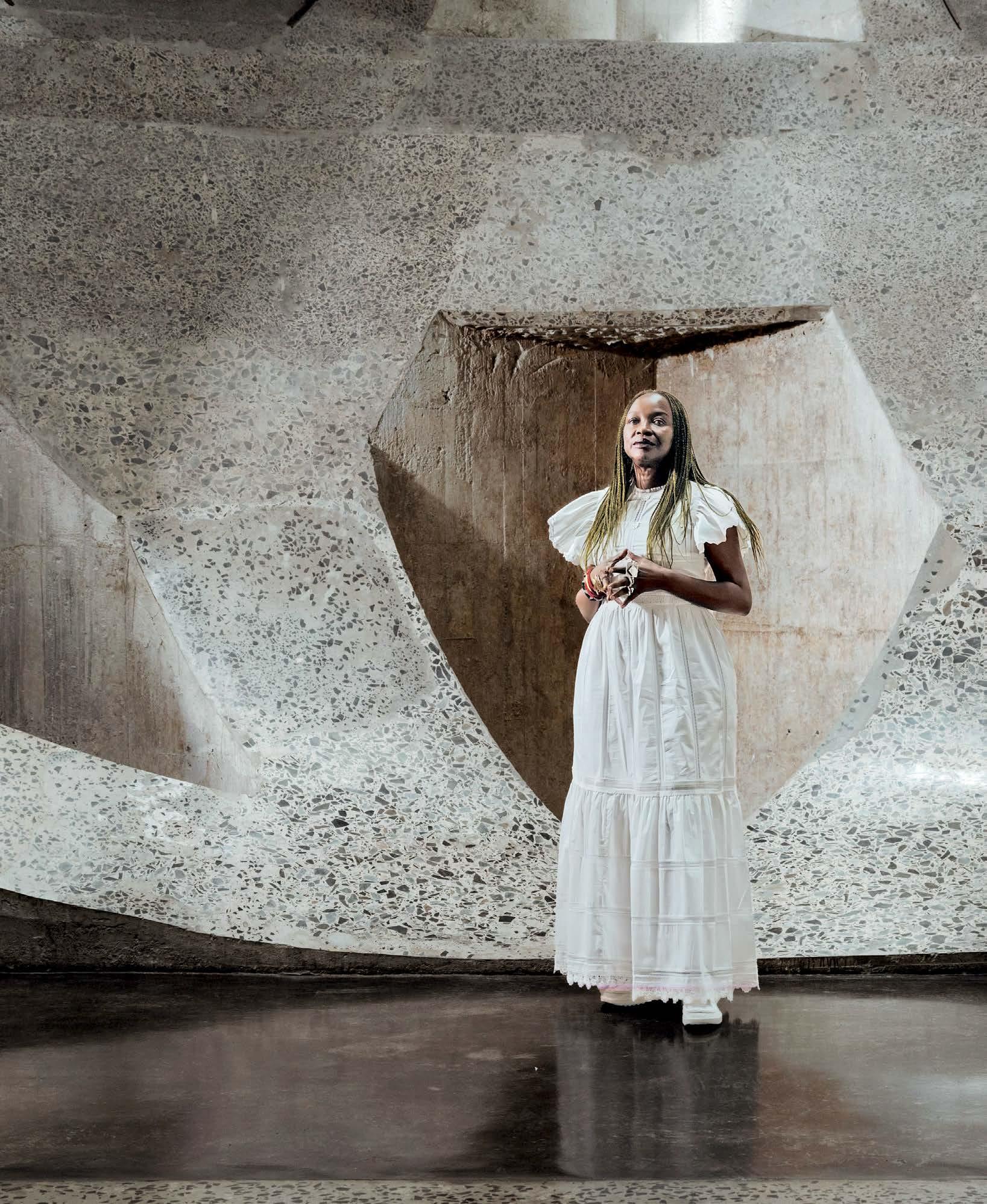
The Venice Biennale is a messy and complicated event with enough baggage to fill several volumes. This is especially true for artists from Black geographies— the African continent and its transatlantic diaspora—who have been systemically overlooked for the longest time, only receiving consideration in Venice since the late 1990s. John Akomfrah, having represented the land of his birth with Ghana’s phenomenal inaugural pavilion in 2019, now takes on the colonial edifice of the British Pavilion with a new work titled Listening All Night to the Rain. I expect his delicate, poetic, radical film installations to immerse us in the complexities of “foreignness.”
[The Biennale] remains a difficult political construct that continues to push the fraught idea of the nation-state in times of global disintegration. As such it is a sensitive barometer of our time, in the art system and beyond. Reading that barometer this year in Venice, I am thrilled to see several Black artists and curators taking center stage. This applies to the Canadian pavilion, which will represent the conceptual genius of Kapwani Kiwanga, of Tanzanian descent, whose work Trinket is a continuous field of enchantment and aesthetic and political inquiry.
Of course, I am rooting for the powerhouse that is Portia Malatjie, who I have admired for years. She is curating the much-anticipated South African Pavilion and the choice to engage MADEYOULOOK (the collective of thinkers Molemo Moiloa and Nare Mokgotho) is visionary. Though titled Quiet Ground, the exhibition promises to be a sonic feat, consisting of a newly commissioned sound installation that I cannot wait to experience. A venue such as the Venice Biennale is primed to present richly experiential practices that point to the ever-expanding desires and possibilities of contemporary art.
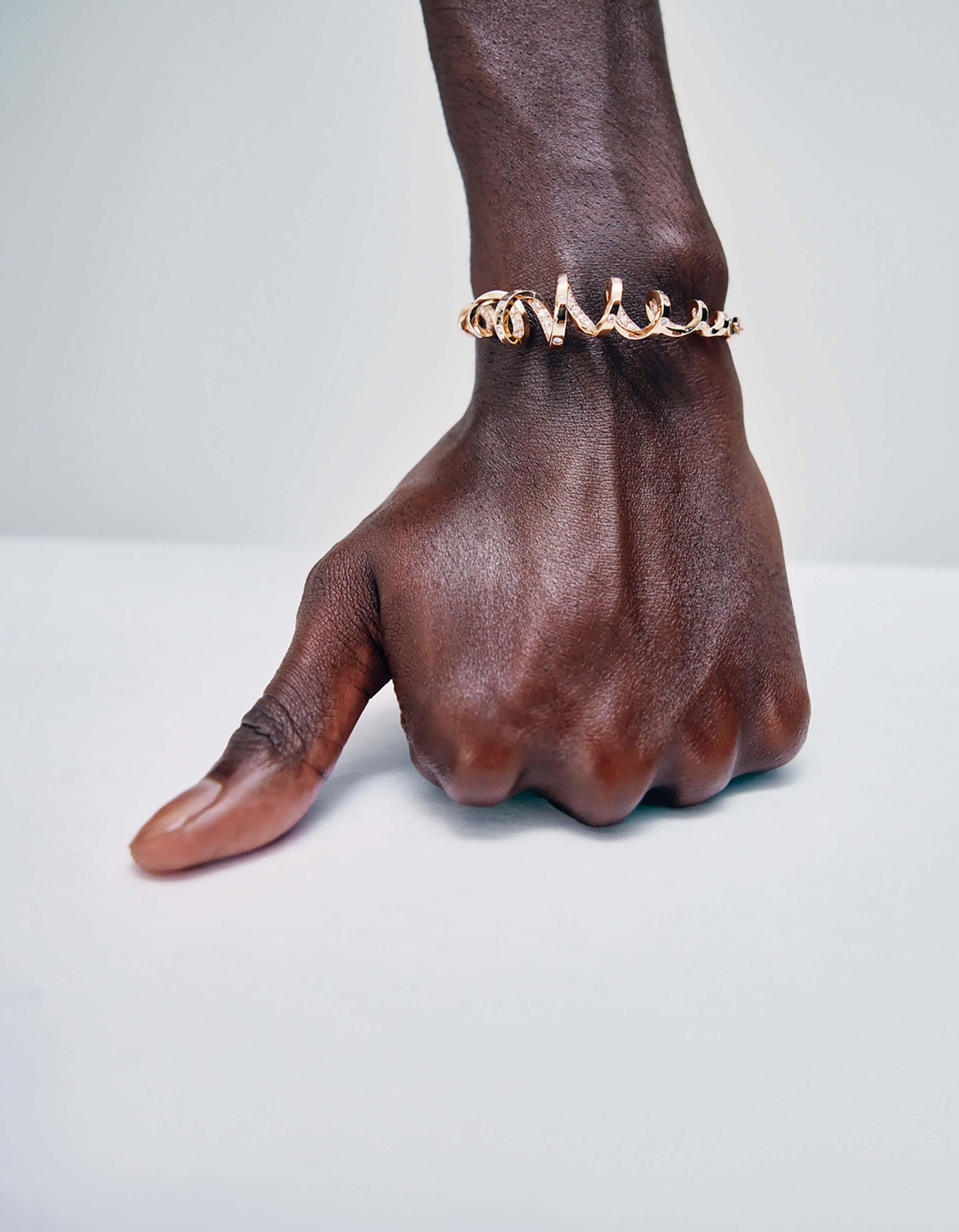 Photography by Marco Longari
Photography by Marco Longari

The New York–based, Hong Kong–born entrepreneur works at the intersection of art and tech. Ou is the co-founder and CEO of TRLab, a platform for art-collecting on the blockchain. A collector in her own right, she has also supported the growth of the Rockbund Art Museum, her family’s art institution in Shanghai.
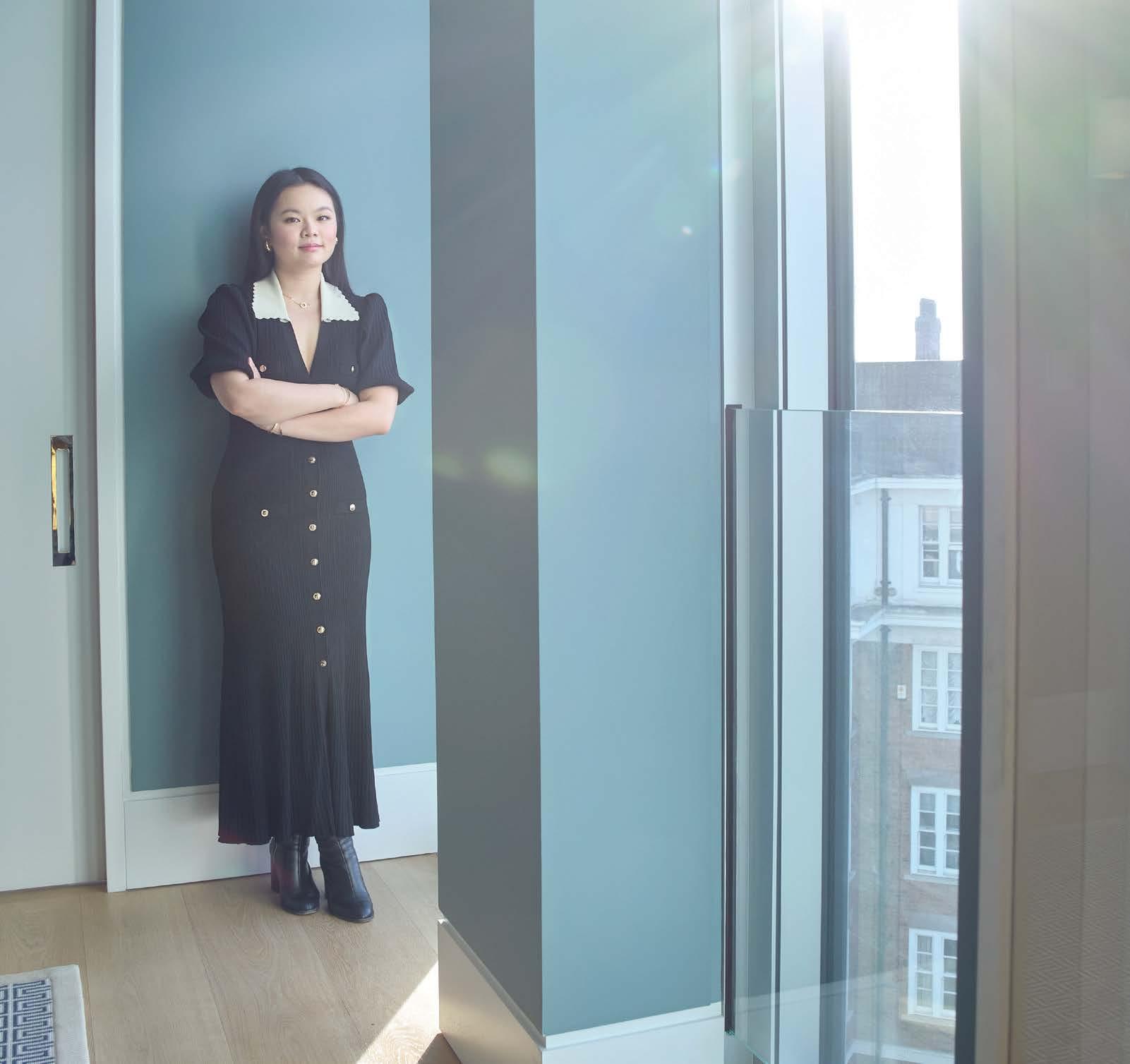
At Rockbund Art Museum (RAM) in Shanghai, we’re launching “Complex Geographies,” a research project diving into the building’s origins as the Royal Asiatic Society, established in 1857 by British and American expats to share knowledge about China. I was a history major and have always been interested in projects that reexamine history, which is taught to us as a linear narrative but in truth is fluid—continually reinterpreted and rediscovered. Because of that, I’m particularly excited about Wael Shawky’s work at the Egyptian Pavilion. Shawky is attuned to many of the same themes, reimagining history and myth in a lyrical manner. I am excited for him to present a nuanced exploration of the past from the perspectives of Arab scholars.
I live and work in New York now, but Hong Kong is still dear to my heart. I keep a close eye on Hong Kong artists and the ways Hong Kong is represented across international art events. This year, I am anticipating the presentation of Trevor Yeung by the Hong Kong pavilion [officially a collateral event]. Known for his innovative use of plants, animals, and inanimate objects, Yeung’s work explores the intricate relationship between humans and their environments. I first came across his work in a 2019 RAM group exhibition called “An Opera for Animals.” The show investigated opera as a platform facilitated by unpredictable transitions between concepts of animality and humanity. I am excited for the work to spark discussions both personal and communal.
I came across Matthew Attard, who is representing Malta in Venice, when he was shortlisted for the Lumen Prize for Art and Technology in 2021. The prize celebrates artists who are doing innovative work with A.I., blockchain technology, and other new media. (TRLab, the digital art platform I co-founded, was also shortlisted in 2022.) I’ve read that Attard will be using A.I. in a work centered on the impact of climate change and rising sea levels, which feels especially apt given that Malta is an island nation.
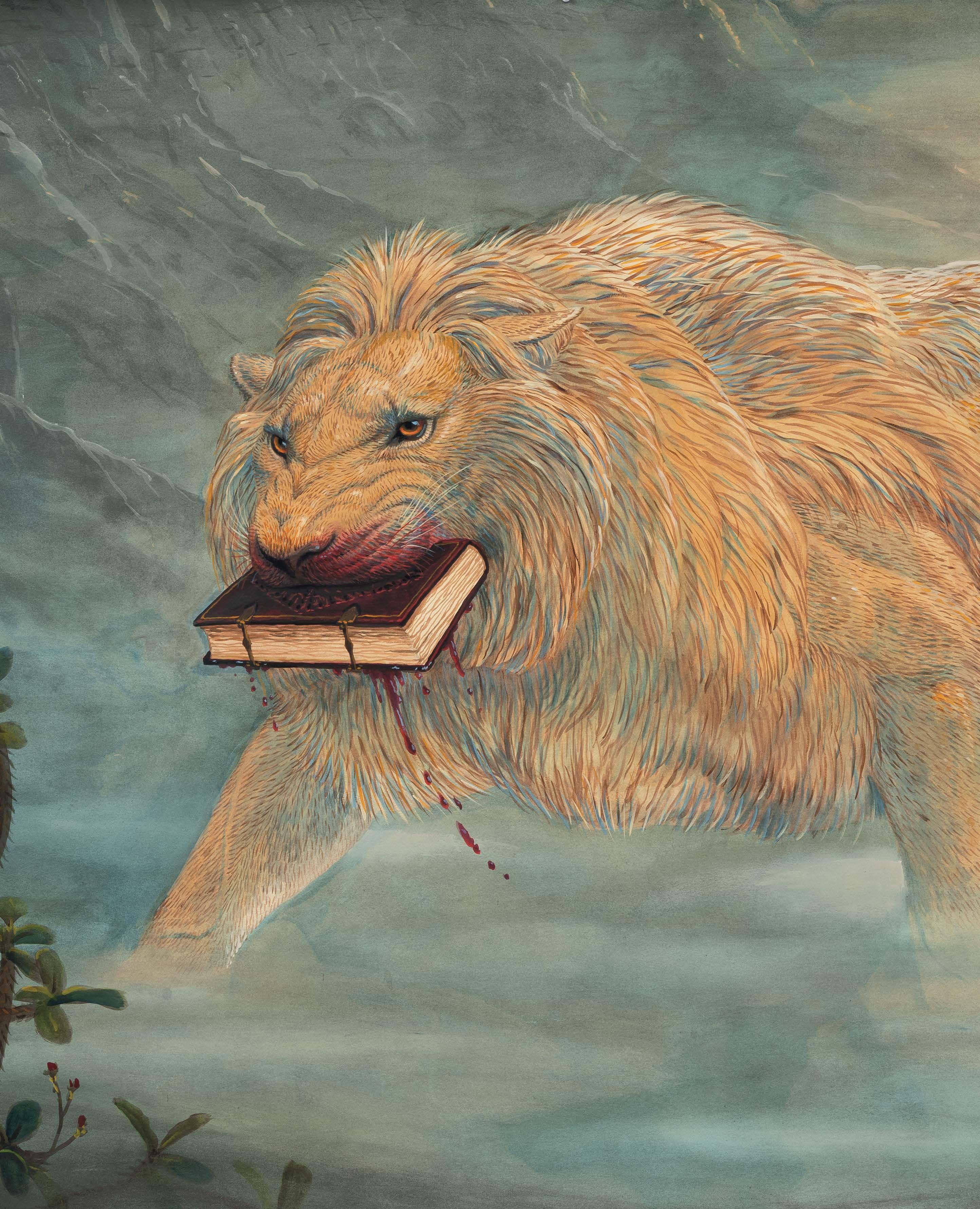


Curated by Udo Kittelmann
April 17 – September 22, 2024
Ateneo Veneto, Venice

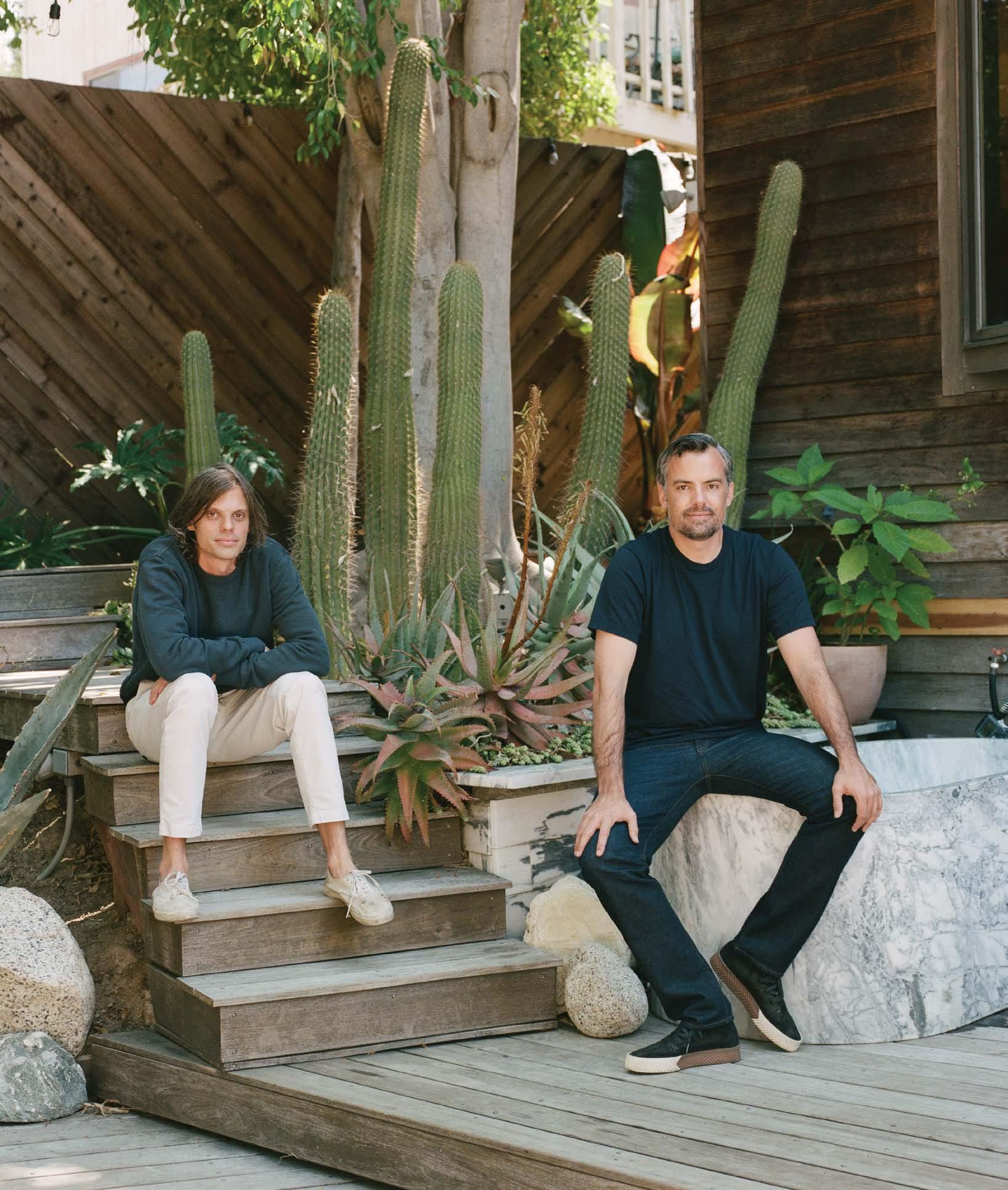
THIS SPRING, THE ART WORLD’S SWISS ARMY KNIVES MARK 15 YEARS OF COLLABORATION AND A RETURN TO THEIR TEXAN ROOTS WITH THEIR MOST MONUMENTAL SHOW YET, AT THE NASHER SCULPTURE CENTER.
BY ELLA MARTIN-GACHOTAs kids growing up in Texas, Nikolai and Simon Haas made regular pilgrimages to Dallas’s Nasher Sculpture Center, which Nikolai considered “the pinnacle of art.”
It’s a full circle moment, then, that the brothers’ most significant exhibition yet has found a home there. Shepherded into existence by curator Brooke Hodge, “Moonlight” opens May 11, just a few months shy of the pair’s 40th birthday. The show marks 15 years of collaboration between the siblings, a journey that has taken them from making custom furniture for Tobey Maguire, to cementing their star status at the intersection of art and design with a slew of collaborations and appearances in collections and institutions around the world.
The story of one of the central elements of “Moonlight,” The Strawberry Tree, 2023, begins at a design fair in Cape Town, where the brothers met the women of Monkeybiz, a South African beading collective whose techniques were adapted to produce the 14-foot-tall tree’s leaves. Indeed, every aspect of the sculpture is the result of a significant encounter—the illuminated glass-blown strawberries emerged from an epiphany at Pilchuck Glass School, and the stone base symbolizes their long-term collaborations with Portuguese carvers Antonio Moreira and Zira Antunes.
“The ultimate function of craft is community, right?”
Nikolai and Simon estimate that 50 people contributed to the making of The Strawberry Tree. This it-takes-a-village approach is at the crux of their practice. “The ultimate function of craft is community, right?” reasons Nikolai. Facile logic would see their penchant for groupthink as an innate twin characteristic, but Simon describes it more philosophically as an act of letting go. “The whole thing is about finding the path of least resistance,” adds Nikolai, “letting [the work] aggregate and find its own platform.” With “Moonlight” and a concurrent show at Marianne Boesky, focused on their paintings and bronzes, the brothers are well on their way to a flow state.
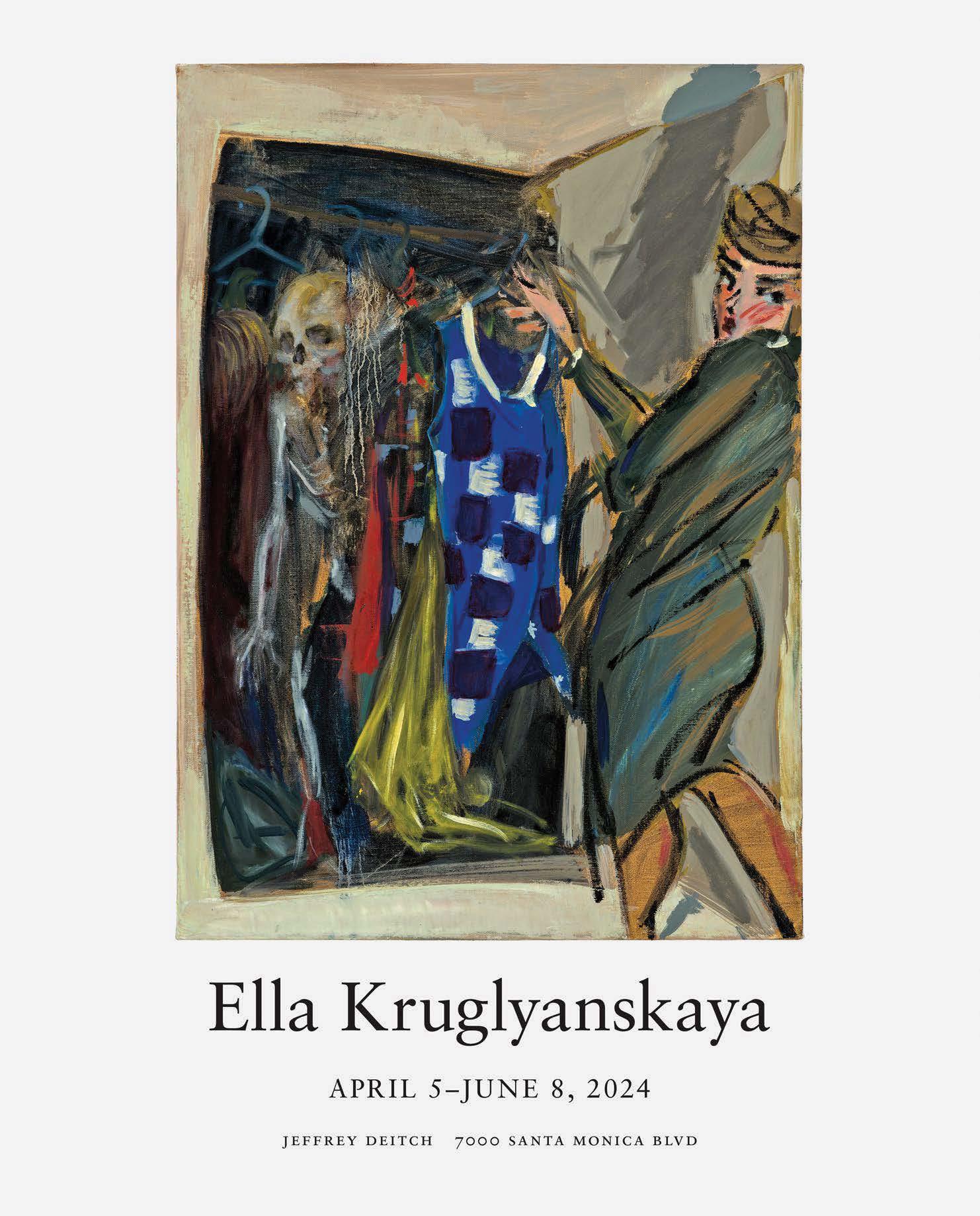

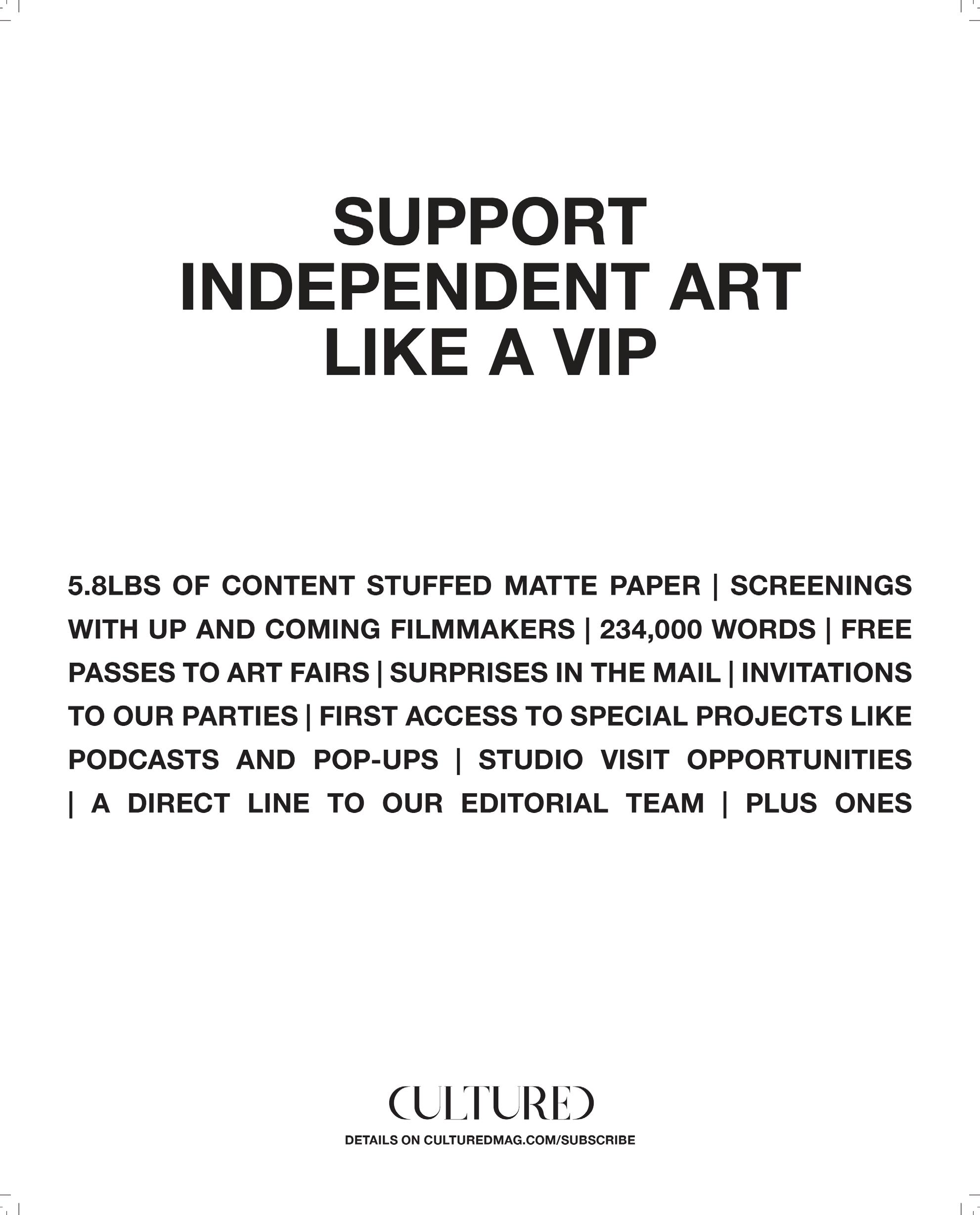

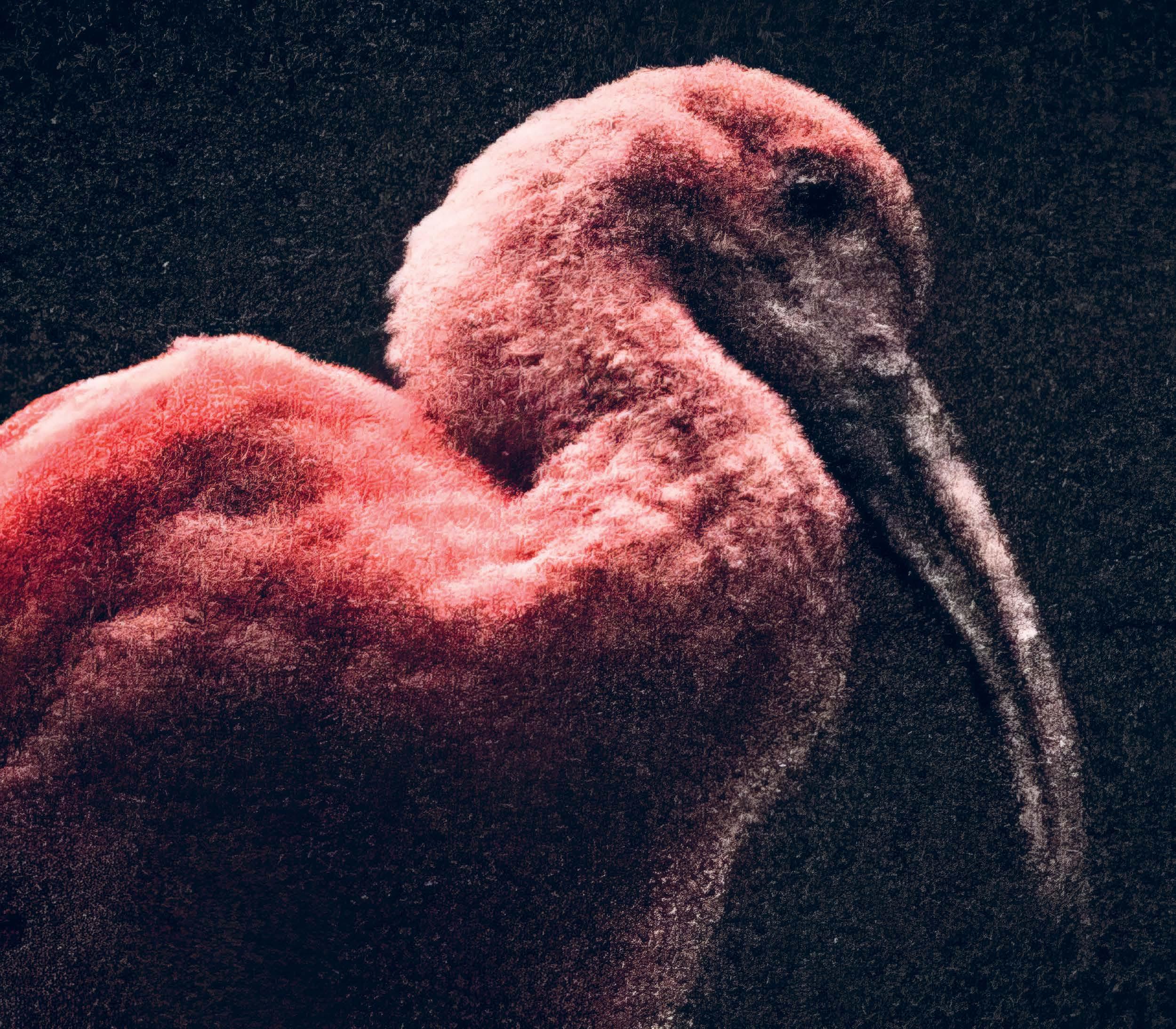
THE DEALERS IN THE FOLLOWING PAGES—ALL OF WHOM ARE UNDER 30—HAVE RUN THEIR SPACES FOR THREE YEARS OR THREE MONTHS. ARMED WITH A STRONG DOSE OF NERVE AND A CONVICTION BEYOND THEIR YEARS, THEY ARE GIVING THE GALLERY CIRCUIT A DESPERATELY NEEDED WAKE-UP CALL.
BY ELLA MARTIN-GACHOT“The doubts from before pale in comparison to the responsibility, and energy, and ambition we’ve managed to generate.”

If it weren’t for Italy, Caio Twombly might never have opened a gallery. After stints in London and New York, where he’d already curated a handful of shows, the pandemic brought him back to Rome. In his hometown, he began to take stock of the Italian scene, which could feel like an antonym in and of itself. “My friends and I always say it’s impossible to be contemporary in Rome, because everything has already happened,” he says over the phone.
Twombly took the country’s sleepy status in the contemporary art world as a challenge. He wasn’t the first in his family to find resolution in Europe’s boot: His grandfather Cy exiled himself from the New York scene in the late 1950s,
spending the rest of his prolific career there. Together with his pal Tommaso Rositani Suckert, Caio opened Amanita— an outfit dedicated to highlighting the living Italian artists he’d uncovered—in Florence, during the summer of 2021.
“That space in Florence feels like the prepubescent stage of what Amanita is now,” he says. The seat-of-the-pants ethos of the gallery’s early years—“the North Star was, Let’s have fun and see what happens ”—has given rise to today’s built-out roster of nine represented artists and four partners (Twombly and Rositani Suckert were joined by Jacob Hyman and Garrett Goldsmith in the fall of 2021). And a New York gallery, in CBGB’s old digs on the Bowery, has eclipsed the
Tuscan location. “If I really want to do something significant for Italian artists,” he muses, “paradoxically, I have to do it in New York.”
Bolstering the artistic careers of others has meant that Twombly has often had to put aside his own “timid practice,” a sacrifice that has, on occasion, led him to question the path he chose. But at 27, he seems to have outgrown those insecurities—a sign that being green doesn’t preclude levelheadedness. “The doubts from before pale in comparison to the responsibility, and energy, and ambition we’ve managed to generate,” he says. “That guides us now.”
“Maybe in a couple of years I would have been more afraid to take the jump, [but] I’m walking into this less encumbered.”
DAVID PETER FRANCIS
As a teen in Tampa, David Pagliarulo spent many an afternoon giving feedback to a painter friend. “We were kind of doing studio visits,” he recalls. When asked what might have sparked this proto-gallerist behavior in his adolescent self, Pagliarulo reckons that he’s “always been the person willing to get on the train regardless of where it’s going. Like, Tell me the crazy, weird idea. I just want to talk through it.”
Less than a decade later, that big-hearted nonchalance has earned him the trust of quite a few artists. After earning a master’s in visual and material culture at the American University of Paris, Pagliarulo hopped on a plane to New York in 2018 to interview for an internship with
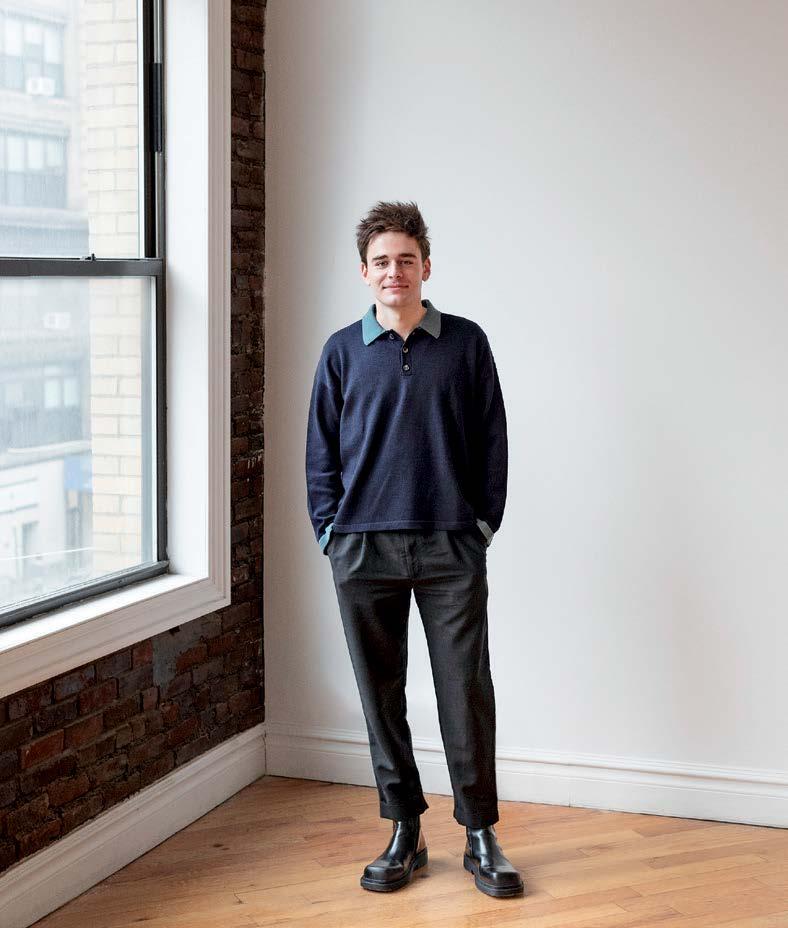
Fort Gansevoort. He got it on the spot. The chance to see a gallery come to life arose when Clara Ha, a former partner of Paul Kasmin, opened Chart and tapped Pagliarulo as her second-in-command. Later, a director position at Marinaro— which had already built up a solid roster of artists—completed the arc of his gallery education.
An artist at the Tribeca gallery had “the crazy, weird idea” that would land Pagliarulo in an East Broadway space with his name on the lease. In October 2021, he was Ubering to a post-opening dinner with embroidery doyenne Elaine Reichek, “and she just grabbed my hand and said, ‘You know, you could do this yourself one day.’”
“A lot of goddamn emails” later, David Peter Francis has two openings under its belt. What’s already clear is that Pagliarulo is drawn to peripheral viewpoints and category-allergic artists. The 28-year-old gallerist attributes this penchant for soft-power risk to the same urge that pushed him to strike out on his own. “There’s not a lot of history behind me,” he says. “Maybe in a couple of years I would have been more afraid to take the jump, [but] I’m walking into this less encumbered.” Of course, the temerity of youth comes with a price. “It’s easy to dismiss someone younger,” he acknowledges with a laugh. “I guess aging is the natural solution to that problem.”
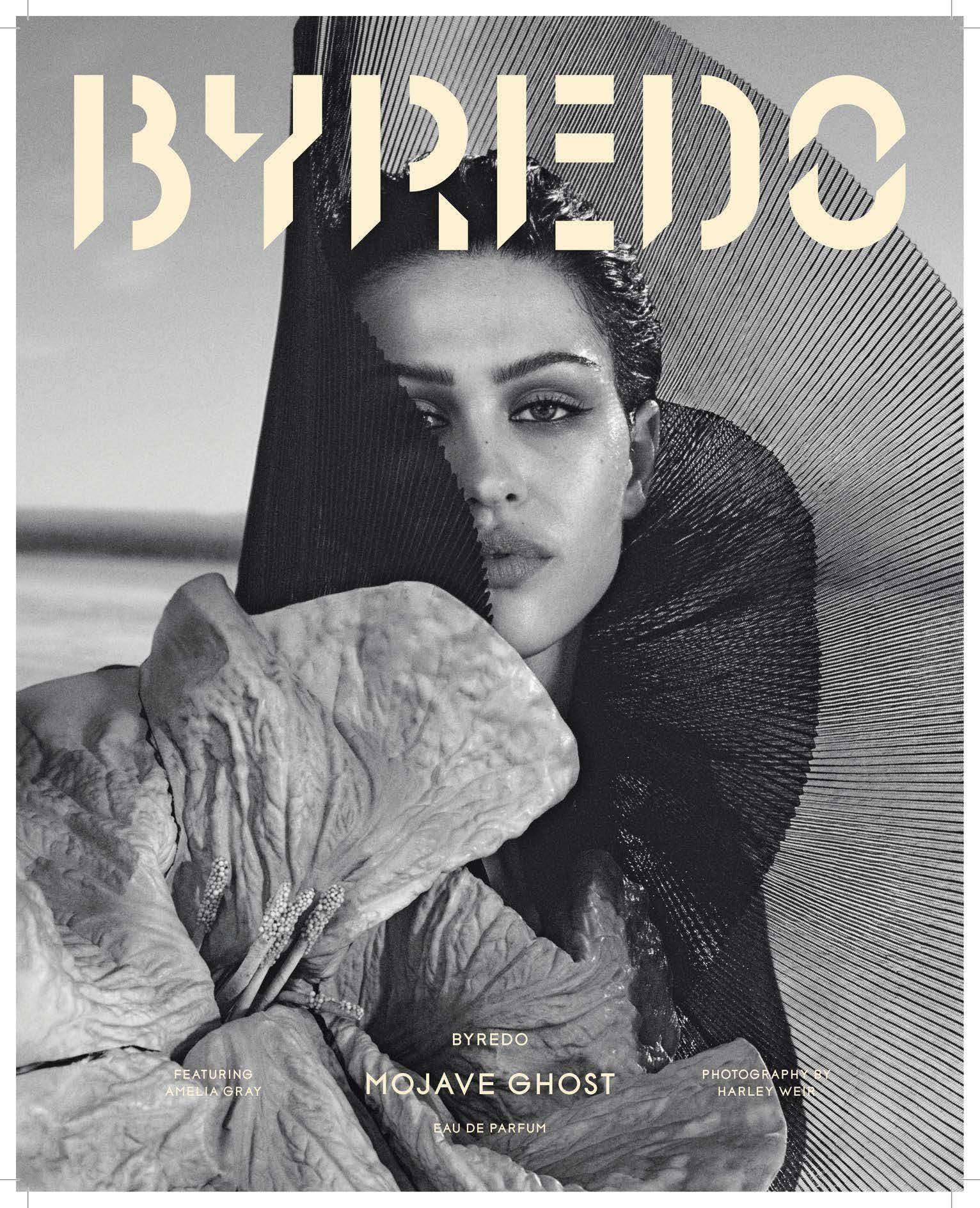

GALLERISTS UNDER 30
“I want this industry to get to a place where women and nonbinary people are not an afterthought, and where people of color are not a trend. This is me trying to change up the conversation.”
CIERRA BRITTON GALLERY
“There are times when I think, Damn, should I just get a 9-to-5 on the side so I can at least have some guaranteed income? ” says Cierra Britton. “Then I remember that when I did have one, I meditated on my lunch break every day, like, One day I’m going to have a gallery, and it’s going to look like this. Now that I’m in that position, I never want to take it for granted.”
Eight years ago, the Baltimore native took a class at the New School called “The Art of Viewing Art,” which introduced her to New York’s gallery scene. Jack Shainman Gallery became a pilgrimage site: “I would go every week, even if the same show was up … It was the gallery in Chelsea [with the most] Black art and artists that I had seen at the time.” Even while she was
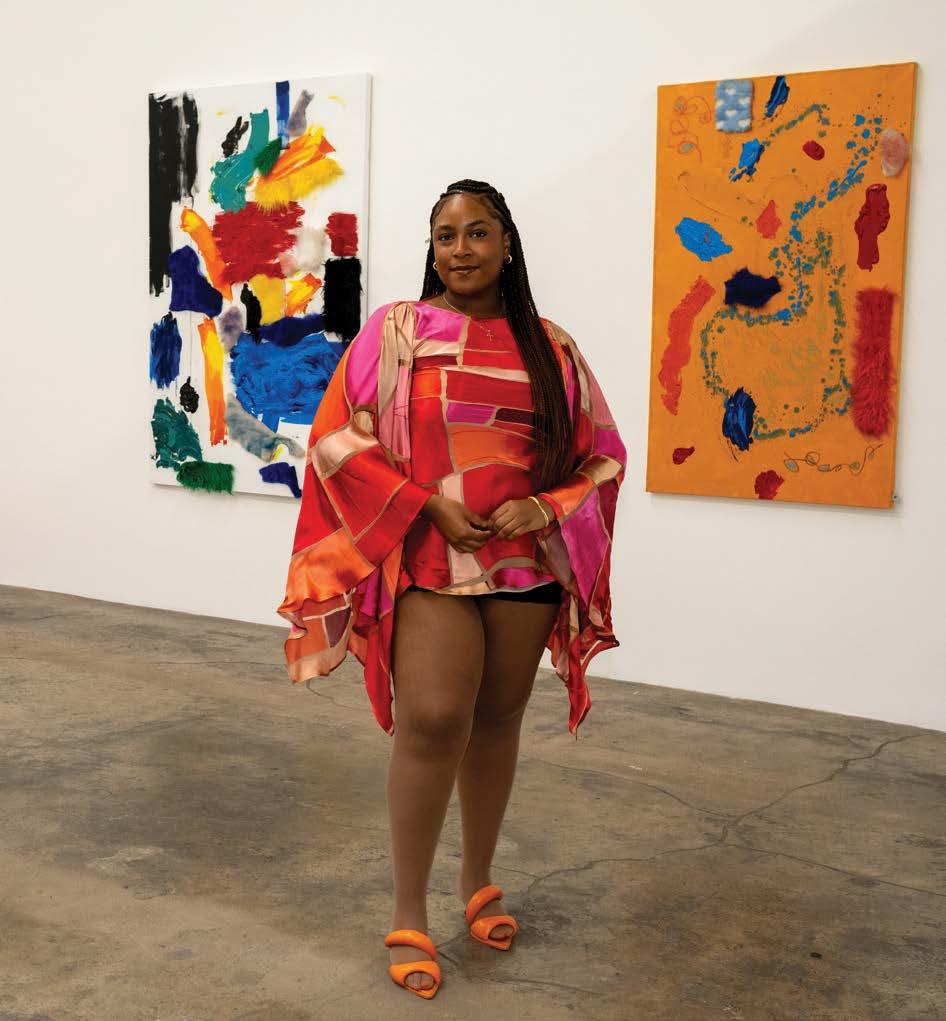
working at the Wing (yes, that infamous employer), she began to sketch out her plan to spotlight the artists she surrounded herself with in her own space.
A fellowship with Artnoir, a stint in art advising, and a seminar with the entrepreneurial platform IFundWomen all proved essential in helping Britton concretize that goal. Thirty thousand crowdfunded investment dollars later, in 2022, she opened her first pop-up SoHo show, a painterly meditation by Jewel Ham on the Black femme experience. That exhibition announced two key elements of Britton’s current program: its roving nature and its commitment to “creating a safe and much-needed space for BIPOC womxn artists.”
Now 27, Britton is awake to the reality this model has bestowed on her. Being the only gallery in New York with a focus on this cross-section of artists has spiked curiosity and a deep well of community support. But Britton knows white men sell more, for more, and that there are some boys’ clubs she will never get the keys to. “I’m happy to take the gamble because it’s way bigger than me,” she concludes. “I want this industry to get to a place where women and nonbinary people are not an afterthought, and where people of color are not a trend. This is me trying to change up the conversation.”
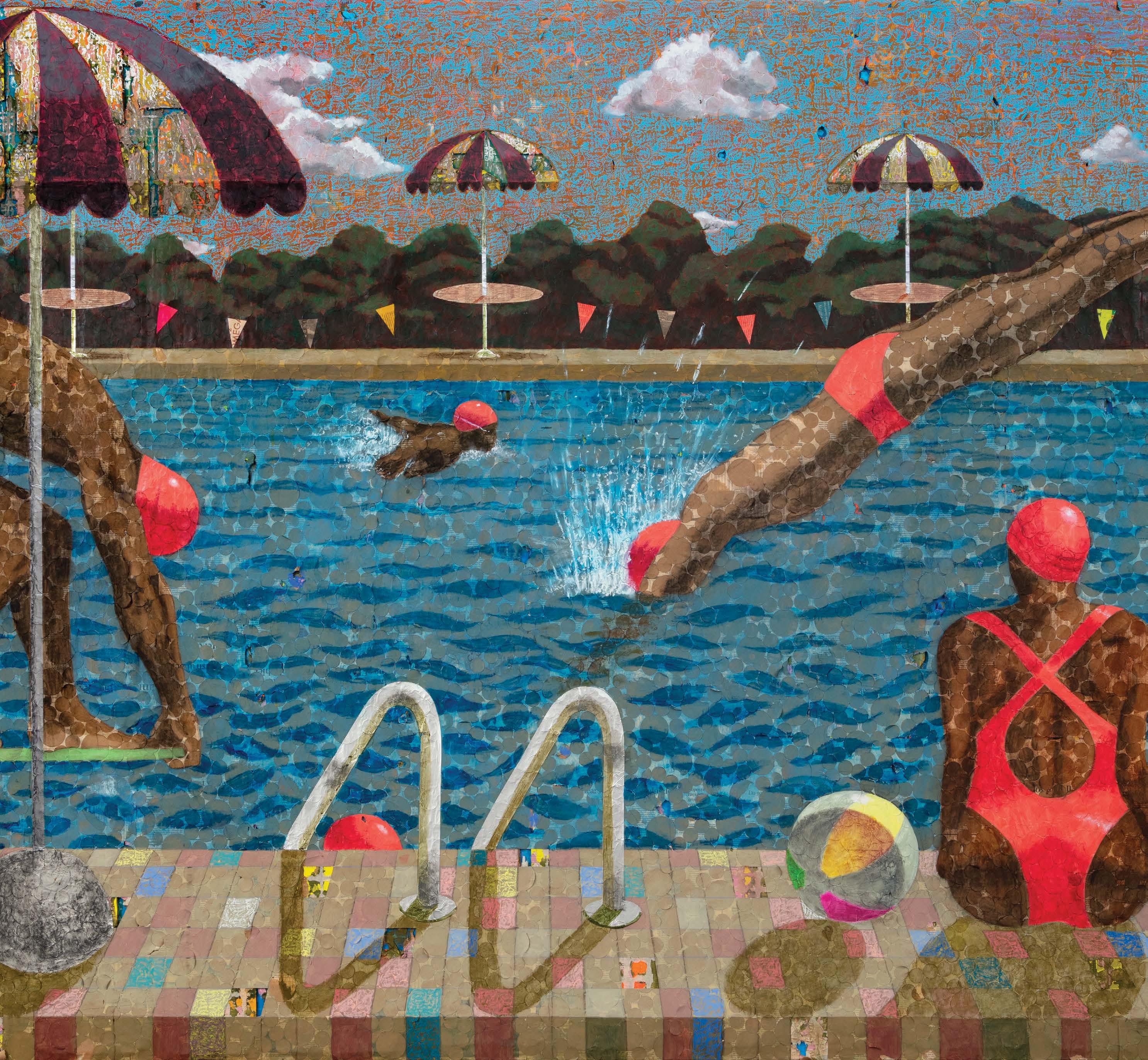

CURATED BY SARAH HARRELSON
JULY 10
Charles Gaines & Rodney McMillian
JULY 18
Jerry Saltz & Sarah Harrelson
JULY 25
Pedro Reyes & Mia Locks
AUGUST 1
Derek Fordjour & Sophia Cohen
AUGUST 8
Hilary Pecis &
BY KNOCKING ON COUNTLESS STRANGERS’ DOORS, PHOTOGRAPHER JOSHUA CHAROW
IMMORTALIZED MORE THAN 50 HIDDEN ARTIST HAVENS PROTECTED UNDER AN OBSCURE 1980S LAW.
BY ANNABEL KEENAN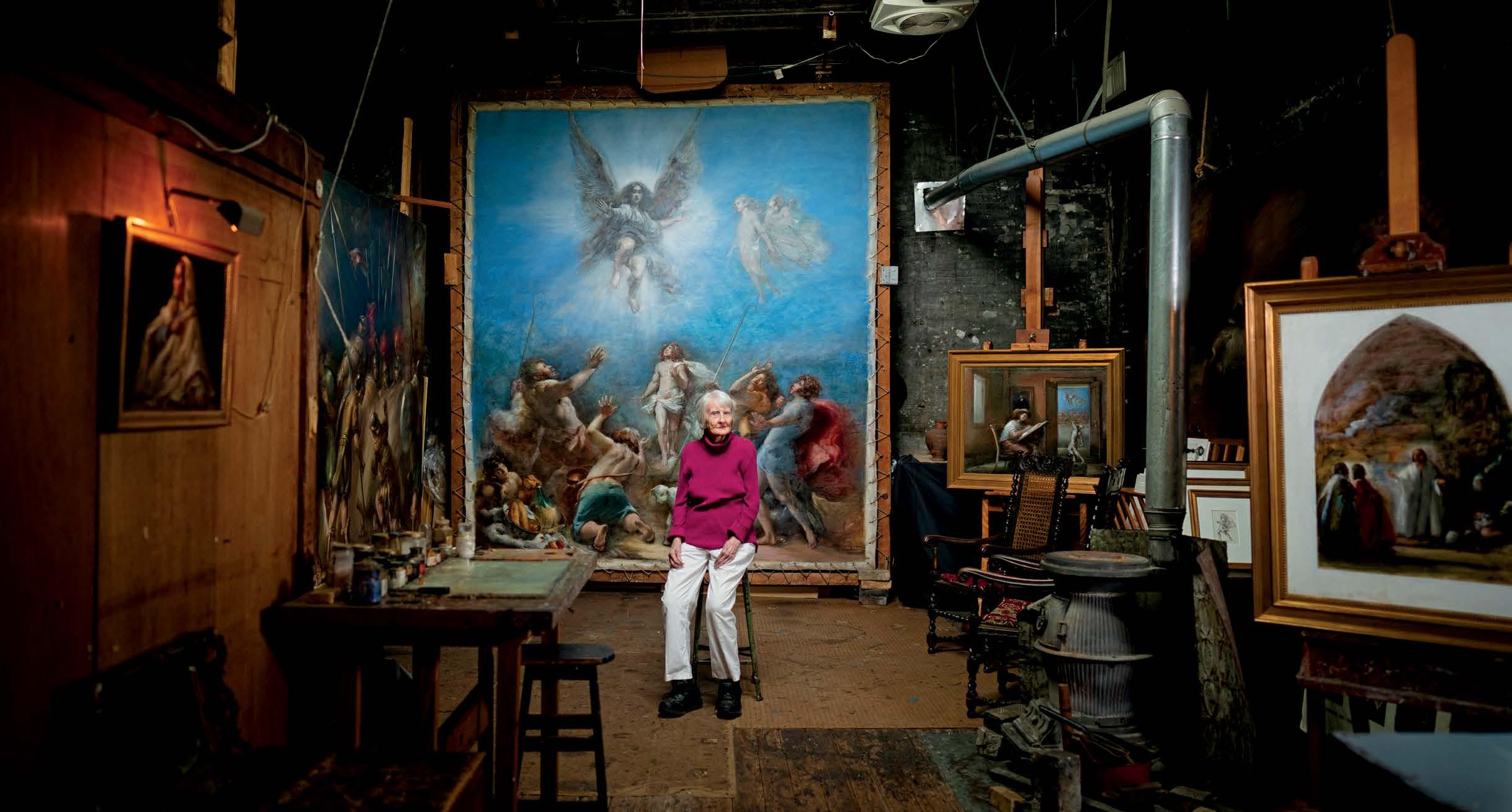
THE NEXT TIME you walk around New York, keep your eyes peeled for the buildings that look slightly out of place—older, more industrial, with more character than their neighbors. There might be artists inside.
“These are time capsules of a New York that doesn’t exist anymore,” says Joshua Charow. “It became my obsession to photograph the last remaining artist lofts.” The documentary photographer fell for these living dinosaurs a few years ago, when he came across the 1982 Loft Law. The legislation allows artists who squatted in vacant spaces to secure official occupancy and stabilized rent. Armed with a map of the protected buildings, Charow set to work, ringing hundreds of doorbells and photographing more than
“THE SPACES ARE FASCINATING AND BEAUTIFUL, BUT WITHOUT THE ARTIST, THERE IS NO STORY.”
50 artists in their sweeping spaces, from Greenpoint to the Bowery.
The resulting portraits are the subject of Loft Law: The Last of New York City’s Original Artist Lofts, published this April by Damiani Books. A selection of Charow’s photographs will be exhibited alongside works by some of the featured artists at Westwood Gallery NYC in May.
Artists began renting—and illegally occupying—lofts in the mid-20th century as the manufacturing businesses that previously utilized the spaces left the city. With large open plans and abundant natural light, they were ideal settings for all manner of fringe creatives to dwell and make work. While skyrocketing rents, unscrupulous landlords, and aggressive developers have since pushed the artistic community out of neighborhoods like SoHo and Williamsburg, the stalwarts who remain are a testament to what Jeff Way, one of the book’s featured artists, calls “a parallel universe.”
“Every artist had anecdotes that blew me away,” Charow adds. “The spaces are fascinating and beautiful, but without the artist, there is no story.”
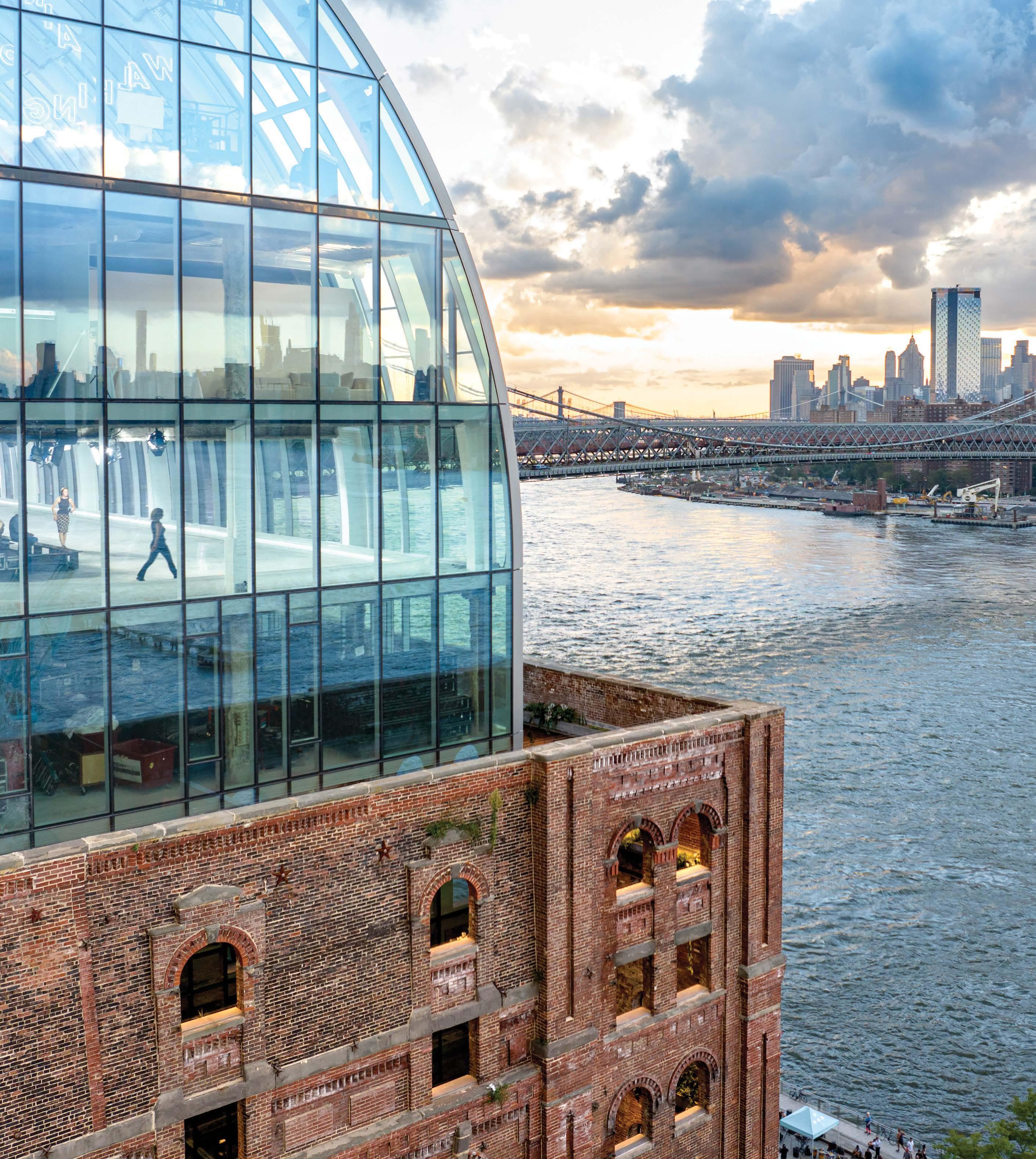

PETRIT HALILAJ’S PRACTICE PLUMBS THE SYNERGY BETWEEN HIS HOMELAND’S PATH TO RECOGNITION AS A NATION AND HIS OWN AS A GAY MAN. FOR HIS MET ROOF GARDEN COMMISSION, THE KOSOVAR ARTIST OPENS A DIALOGUE WITH HIS NEIGHBORS—IN EASTERN EUROPE AND CENTRAL PARK.
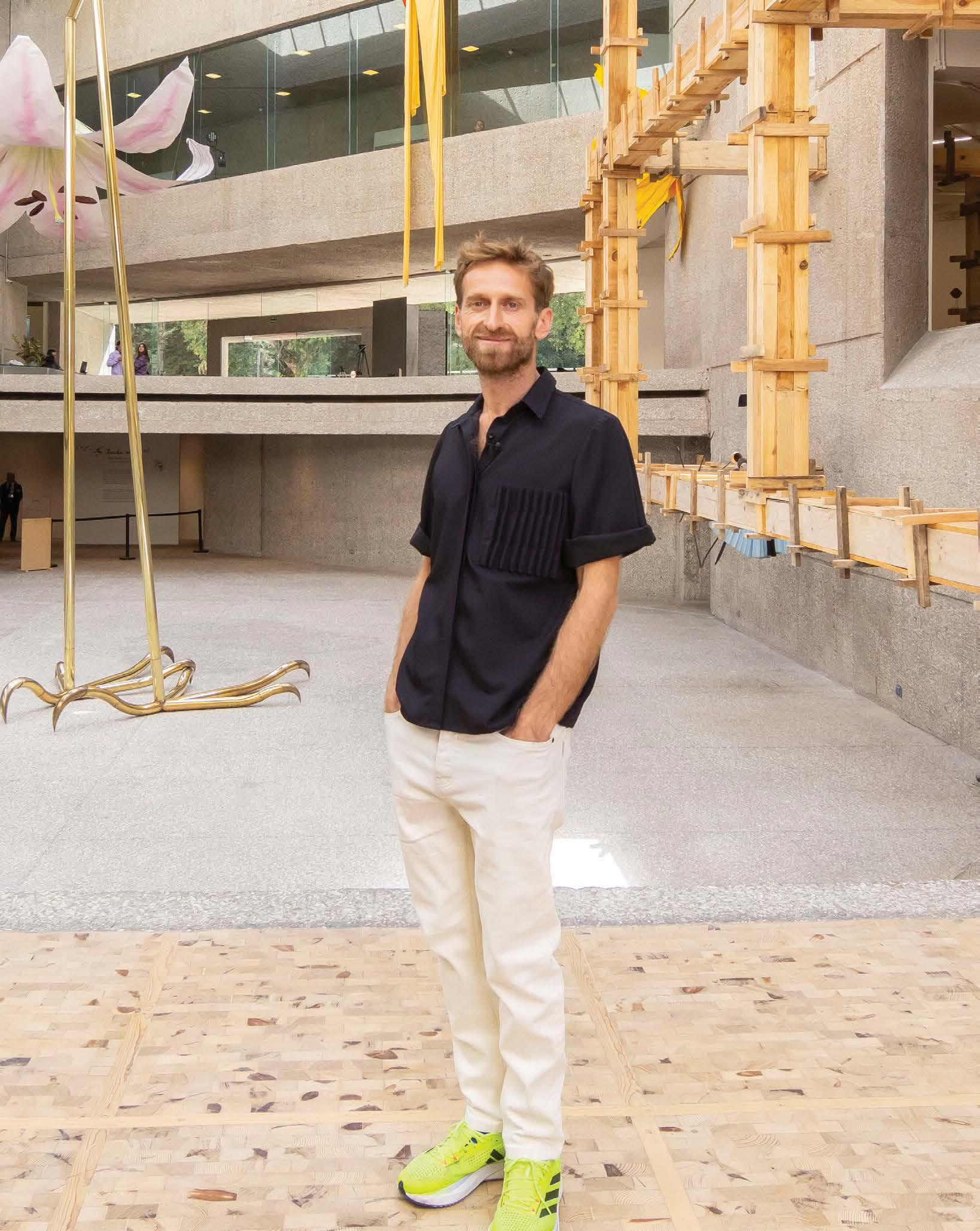
On the first day of installing his Roof Garden Commission at the Metropolitan Museum of Art, a falcon alighted on one of Petrit Halilaj’s wiry sculptures. This is the most specific the artist can get about the components of Abetare—a project that positions him amongst Lauren Halsey, Huma Bhabha, Pierre Huyghe, and other creatives who’ve left their mark on the institution’s canopy—before it opens to the public on April 30. But the bird’s gesture of welcome speaks to a central quality in Halilaj’s most significant U.S. presentation yet: It is an invitation. The prolific Kosovar artist has excavated facets of his biography—growing up in the small village of Runik, fleeing with his
family during the Kosovo War, meeting and making drawings for Kofi Annan while living in a refugee camp in Albania, coming out as gay—and the fraught destiny of his homeland throughout his career. With Abetare, Halilaj draws outside the lines of this narrative, looking to his neighbors, both in Eastern Europe and Central Park, to begin a new conversation. Ahead of the commission’s opening, he sat down to talk about weather conditions, questioning the center, and adding new letters to the alphabet.
THIS IS YOUR FIRST SOLO PRESENTATION IN NEW YORK SINCE “RU” AT THE NEW MUSEUM IN 2017. HOW DOES IT FEEL TO BE BACK? I really missed it. But it’s also very, very new to me. The scale and the commitment of the Met Roof Garden Commission is kind of like coming out. You’re on the
rooftop, and you say to all of New York, “Hey, I’m here!”
THE EXPOSURE FEELS DIFFERENT BECAUSE YOU’RE LITERALLY OUTSIDE. Right after the invitation, I received the rules and the design context for the commission. They talked about the weather conditions—that whatever you do, basically, should be able to survive hurricanes. Metaphorically, that’s like, “Baby, prepare.” And the Met is the only building that extends into Central Park, so I was super touched by how it’s connected to nature.
FOR MANIFESTA 14 IN PRISTINA, KOSOVO, YOU MADE AN INSTALLATION THAT SITS ABOVE THE GRAND HOTEL, TITLED WHEN THE SUN GOES AWAY, WE PAINT THE SKY. YOU DONATED IT TO THE PEOPLE OF
For me, it’s about questioning how the city will be completed by the work and the work will be completed by the city, the animals, and everything around. I looked into the history of the commissions, and I saw that most of the works had been placed in the center. I wanted to bring a polyphony of sculptures that [ask you] to discover them. I placed sculptures on the periphery and left the middle for the public. I come from a country that just recently got a voice, culturally speaking. I don’t know what being central means. I don’t know what the center means. We have to exercise all of this. And since people are important to me, I cannot leave them aside. I want to leave that space to people, so they will realize that actually they are in the middle.
SHAPED THE PIECE. WHAT DID YOU RESEARCH? Many of my projects are related to Kosovo, but I was very excited to have time to expand my knowledge and connection beyond my homeland and the region. It’s an orchestra of different voices, a symphony of fragments. I went to very small Eastern European towns that made history or shaped me personally. I thought, What if instead of just knowing about, for example, Macedonia through the news of my artist friends, I went and explored it in a personal way?
Between my studies at the Brera Academy in Milan, my move to Berlin [Halilaj lives and works between Berlin, Pristina, and Bozzolo, Italy], and starting to travel with my work, I saw distance as a way to save my life from being sucked up by politics. My journey to get to know and accept myself is strictly related to the destiny of Kosovo—a country that also deserves official recognition. This was reflected in my [2020] show at Madrid’s Palacio de Cristal, where my partner Álvaro Urbano and I planned to have our marriage celebration. Spain doesn’t recognize [Kosovo as a country], but it does recognize LGBTQI rights more than Kosovo. In Kosovo, Álvaro is accepted as a Spanish citizen, but not as my husband. During that show, the Spanish government [and Museo Reina Sofía]
“I come from a country that just recently got a voice, culturally speaking. I don’t know what being central means.”
received phone calls and emails from the Foreign Ministry of Serbia, which doesn’t recognize Kosovo’s statehood, asking them to remove my nationality from the wall text in the museum and from the website. The director was like, “I have never been asked to rewrite the wall text.” That might sound like something of the past, but it’s still my experience. So in a way, going back to Albania, Macedonia, and Montenegro, as well as other countries in Eastern Europe, and doing this research on very small schools and different alphabets, I was looking for a new idea of home—in conversation with the region.
YOU’VE NAMED THE COMMISSION ABETARE, WHICH IS A LANGUAGE AND ALPHABET TEXTBOOK WRITTEN IN ALBANIAN. YOU’VE MADE MANY WORKS AND SHOWS WITH THIS
TITLE OVER THE YEARS. WHAT DOES IT MEAN IN THIS CONTEXT?
My intention was almost to add an “s” and say, “What are Abetares in the places around Kosovo? What are we taught through school education, and how does it structure our knowledge? How do we find spaces of freedom within this system?” It’s the idea of relearning the way I see neighbors and having to learn other sides of the story to overcome resentment and fear. We have so many similar regional issues and struggles. It made me feel like we’re all in the same classroom.
IT FEELS LIKE THE GOAL OF THE INSTALLATION IS TO THINK OF A NEW ALPHABET, OR TO EXPAND THE ALPHABET. MAYBE THERE ARE MORE LETTERS THAT WE DON’T EVEN KNOW OF YET! Exactly. It’s an invitation for us to add our own letters. It goes toward abstraction, which I love, and this idea of doodling. You don’t carve time and space for yourself only when you know what you want; sometimes you carve that freedom when you don’t know where to go.
I’m not trying to bring a finished story, I’m trying to trigger people to start their own. We might feel very small in the face of history, even with the wars going on now, but through this installation, I hope to hint that each of us has a place to rewrite, redraw, or add something to the world. It’s a beginning.
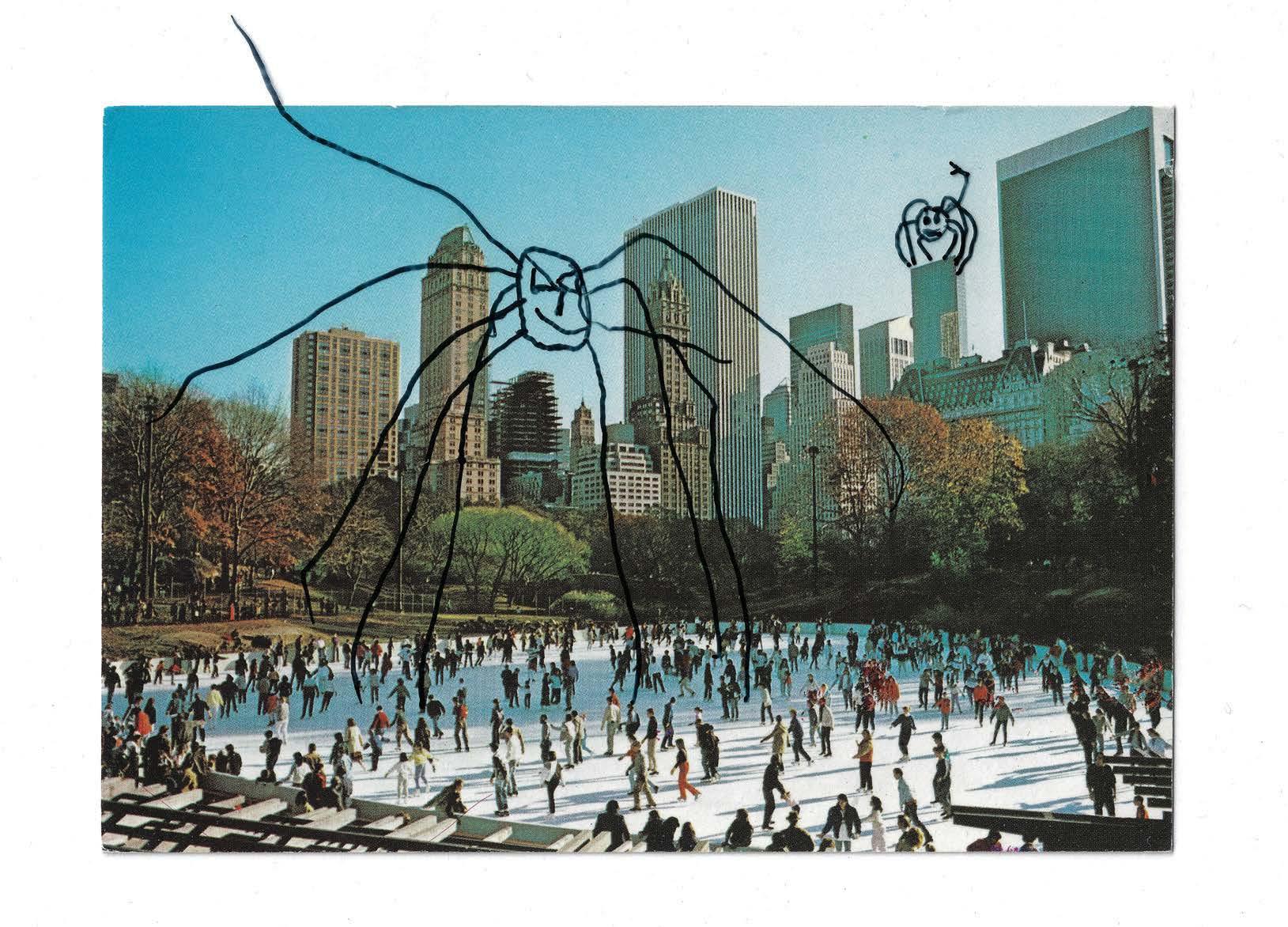
WHAT CAN ANIMALS TEACH US ABOUT OURSELVES? IN TWO CONCURRENT SHOWS, WALTON FORD INVESTIGATES HOW WE VIEW THE NATURAL WORLD, AND WHAT THAT SAYS ABOUT US.
BY SOPHIE LEELegend has it that Saint Jerome was praying when he saw the lion limping toward him. A thorn had lodged itself in the beast’s shaggy paw. Instead of bolting at the sight of it like his fellow monks, Jerome drew nearer and plucked the spike out with tweezers. Because of this fateful encounter, the saint is rarely depicted without a lion at his side. In Jacopo Tintoretto’s 1580 work Apparizione della Vergine a San Girolamo (The Apparition of the Virgin to St. Jerome), he is visited by a vision of the Virgin Mary, and there at his feet is his loyal companion.
The Renaissance master’s painting lives at the Ateneo Veneto, a centuries-old cultural and literary institution in Venice, and it served as a crucial entry point for “Lion of God,” Walton Ford’s first solo exhibition in Italy, on view at the center through September. In contrast to Tintoretto’s depiction, the New York–based artist’s canvases elevate Jerome’s subservient lion to main character status. In one of the tableaux, the lion carries a book in his bloody fangs. In another, he transports a basket’s worth up a mountain. As the exhibition unfurls across the Ateneo’s Aula Magna and Sala Tommaseo, a parody of the human pursuit of knowledge emerges, one in which we are as incapable of learning as this illiterate animal.
The quest to challenge the intellectual chasm between humans and wilder creatures is longstanding for Ford, who has examined many aspects of the natural world over the past three decades. “I don’t want to send overt environmental
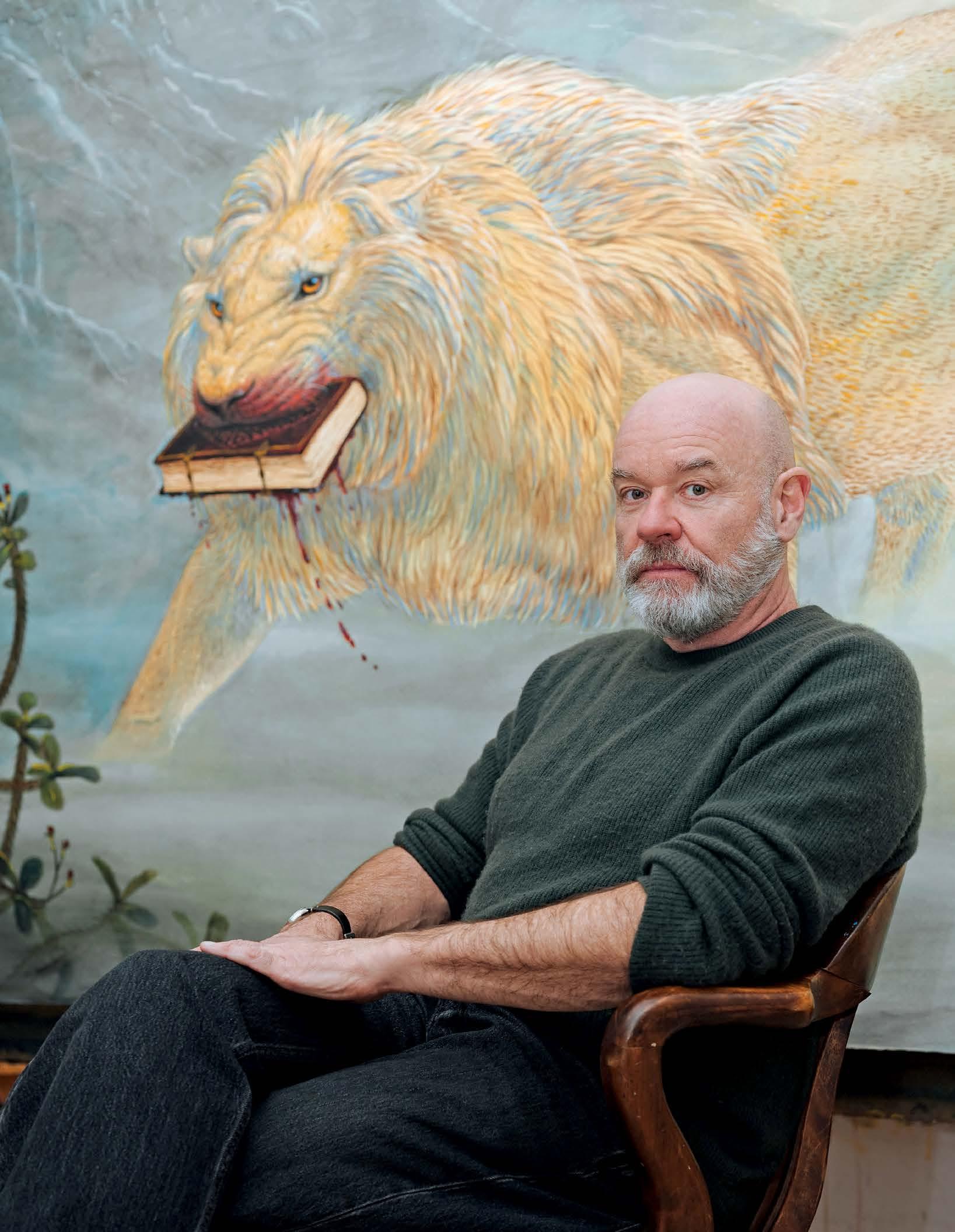
“Once the images appear to me, the process becomes like a dream analysis.”
messages, or even to refer to contemporary issues,” he explains. “Once the images appear to me, the process becomes like dream analysis; I can detect a subconscious logic, or throughline.”
The Venice exhibition coincides with a show at New York’s Morgan Library & Museum, “Birds and Beasts of the Studio,” in which curator Isabelle Dervaux
showcases 63 studies by Ford, from quick sketches at the zoo to small watercolors. The artist also sifted through the museum’s archives to put his works in dialogue with a selection of drawings by historical animaliers, from Maria Sibylla Merian to John James Audubon. With these pairings, the artist situates himself within a lineage of animal painters and makes the case for the enduring power of a disappearing trade.
The concurrent exhibitions, both set in historic libraries, find meaning in the contrast between the collected annals of human knowledge and snarling creatures on display. Ultimately, says “Lion of God” curator Udo Kittelmann in a statement, “[Ford’s] paintings are a plot about the arrogance of human nature. Yesterday, today, and tomorrow.”



VINCE ALETTI, THE INFLUENTIAL WRITER, COLLECTOR, AND WINNER OF THIS YEAR’S AIPAD AWARD, UNPACKS THE MEDIUM’S EVOLUTION—AND EXPLAINS WHY HE’S SADDENED BY, BUT NOT AFRAID OF, A.I.
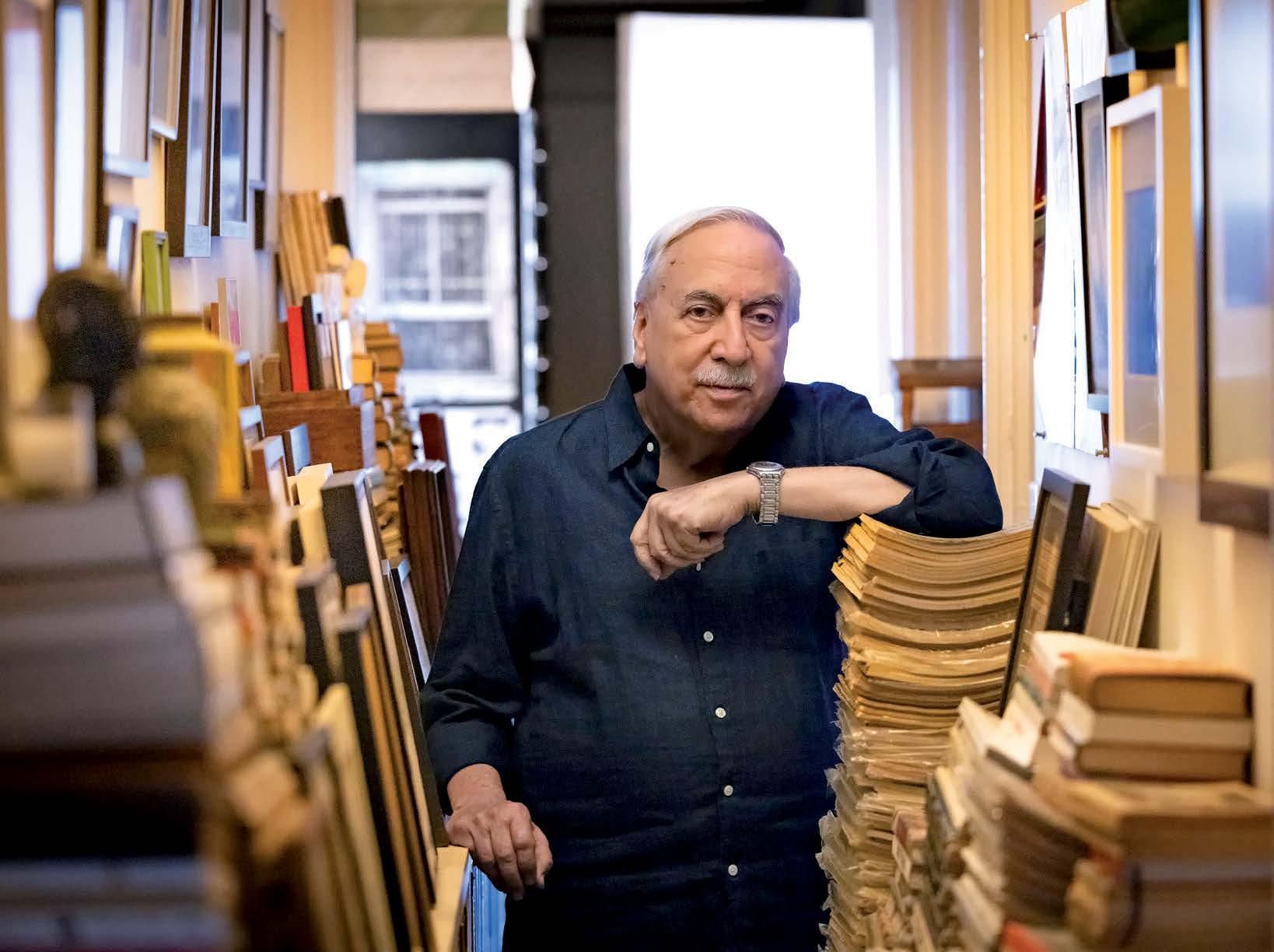
A.I., OnlyFans, selfie sticks, Photoshop: These are just a few of the innovations that have transformed photography over the past three decades. Vince Aletti who has written about the medium since 1994, just four years after Photoshop’s official debut—has been an incisive witness to photography’s technological and aesthetic evolution, publishing his observations and bon mots in the likes of The Village Voice and The New Yorker. In addition to his work as a critic, he has been a prominent collector and curator: “Male” and “Female,” exhibitions of his collection first held at Wessel + O’Connor Gallery in Chelsea in the late ’90s, have been repeatedly referenced, revisited, and restaged in the decades since. To recognize his contributions to the field, the Association of International
Photography Art Dealers (AIPAD) will present him with its eponymous award this April. “[Vince is] such a major part of the photography community and has contributed and shaped the art world since the beginning of his career,” says Lydia Melamed Johnson, executive director of AIPAD. Much like Aletti, the organization has been a vital force in the photographic ecosystem since its founding in 1979. Ahead of AIPAD’s annual Photography Show, which returns to the Park Avenue Armory from April 25–28, the living legend sat down with CULTURED to share his thoughts on the state of photography today.
IS THERE A PARTICULAR ADVANCEMENT THAT HAS HAD A PRONOUNCED IMPACT ON HOW PEOPLE
The digital advances in actually making a photograph and bringing it to print have made a huge difference in the way people produce and receive photography. I’m happy there are still a lot of people who use the darkroom and analog techniques. One thing hasn’t erased the other.
People have always been somewhat skeptical of photography. Photoshop, A.I., and all the other ways to manipulate images make people doubt what they’re looking at, which I find sad. I want to believe what I’m looking at on some level, or I want to at least be tipped off that this is something I need to question more closely. As long as the photographer is treating it as an artful production, I don’t care what kind of manipulation goes into it, as long as the result is amazing or at least exciting.
WHO ARE THE ARTISTS DEFINING
THE LANDSCAPE RIGHT NOW? One would be Paul Mpagi Sepuya, who is certainly pushing himself to another level of looking at photography and thinking about it from the inside, but making incredible and exciting pictures.
IS THERE A PARTICULAR ARTIST
WHOSE CAREER YOU’VE FOLLOWED, WHO NEVER GOT THE RECOGNITION THEY DESERVED? Peter Hujar, a good friend whose work I know really well—a name that meant nothing when he was working, except to very few people. His name is now mentioned in the same breath as [Robert] Mapplethorpe and Nan Goldin. One of the things I always liked about the photo world is that there is always this cycle of rediscovery, people who are almost erased and then revived.
HOW ELSE WOULD YOU CHARACTERIZE THE PHOTOGRAPHY SCENE AND ITS DISCOURSE TODAY? I’m glad that the photographers I’m paying attention to are out in the world again. For me, that’s what photography has always been best at: giving us some understanding of the world and the people in it, especially those closest to us.
I’m also glad there is no ruling look—it gives everybody a chance to experiment. I tend to be drawn to work that is about people in one way or another—that involves not necessarily portraiture, but the body, people’s lives, some kind of documentation of the way we live.










RAISONNÉ’S LATEST EXHIBITION
CAPTURES THE ENDURING OPTIMISM OF LATE ITALIAN ARCHITECT ETTORE SOTTSASS.
BY JAYNE O’DWYER“You don’t save your soul [by] just painting everything white,” Ettore Sottsass once wrote. One look at the late Italian architect’s polychrome designs makes it clear he was destined for salvation.
Sottsass, who died in 2007 at the age of 90, lived his life in color. After being held as a prisoner of war in Germany during WWII, he moved to Milan to open his own design firm, and later co-founded the wildly influential Memphis Group. Sottsass incorporated bright palettes and bold shapes into his whimsical designs, an insistent optimism postwar consumers desperately welcomed.
This May, Raisonné will open “Ettore Sottsass: Shapes, Colors, and Symbols,” an exhibition dedicated to the architect’s enduring work. Seventy-five works across five decades of the designer’s career have been curated for the show, bringing ceramic, glass, and industrial creations, as well as unique commissions, to the gallery’s SoHo space.
In an era where tides have turned to the starker tones of quiet luxury, Sottsass’s oeuvre feels more vital than ever. The Ultrafragola mirror he designed for Poltronova in 1970—which conquered Instagram well over four decades later— has been replicated and coveted to no end, its blush, undulating frame both grounding and trippy. The Olivetti typewriter he designed in 1969 (cherry red for Valentine’s Day) turned a thencommonplace household object into an unlikely source of joy. His goal wasn’t reinvention, but rejuvenation—for Sottsass, good design functioned like “an aspirin for a headache.”
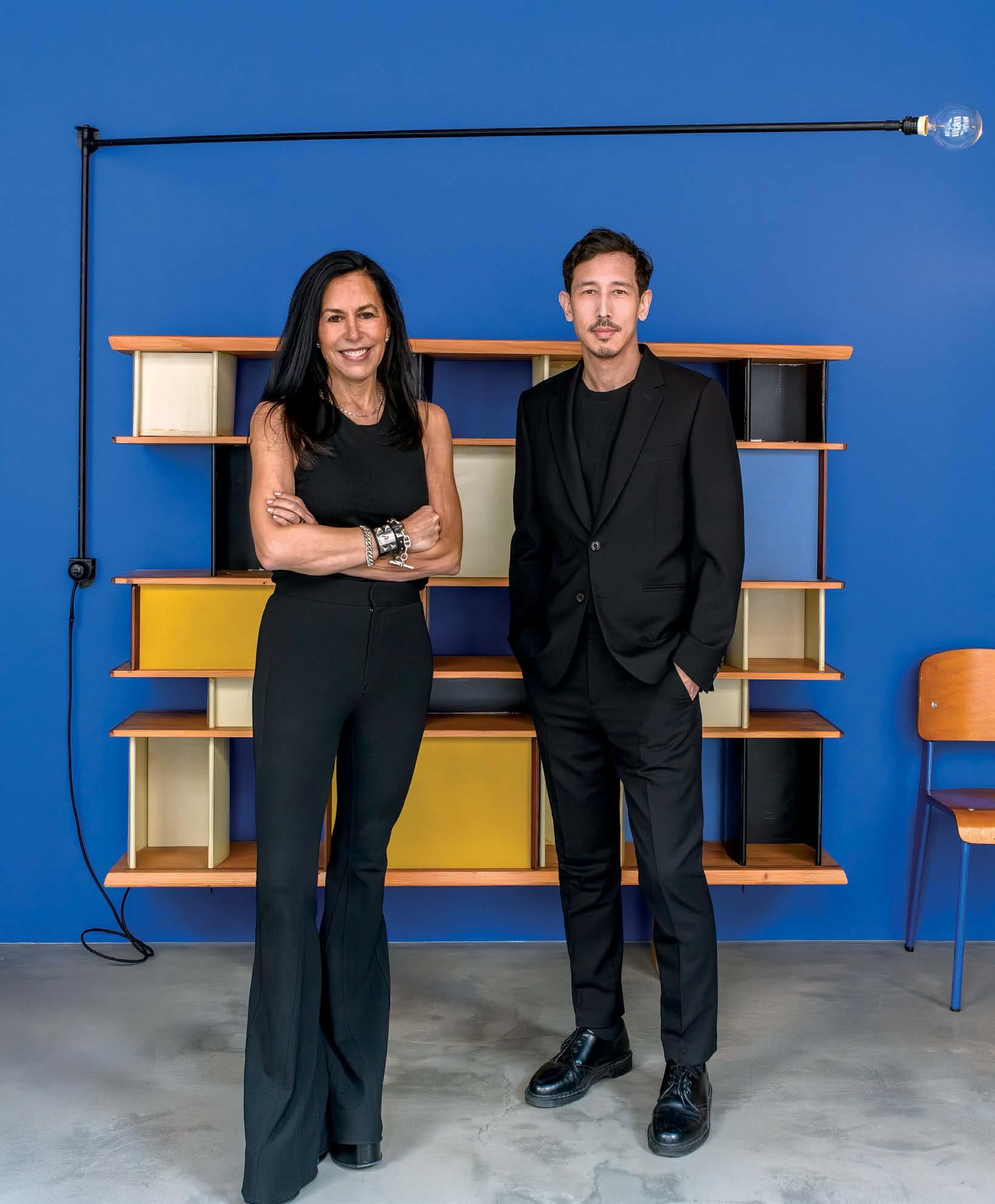
“Sottsass pieces are like interesting characters in a room that you want to talk to.”
—Jeffrey Graetsch
Raisonné Founder Debbie August and Director Jeffrey Graetsch made sure to highlight the broad scope of Sottsass’s work in this exhibition, which opens in May and is timed perfectly with the designer’s posthumous renaissance. “We hope to show the breadth and brillance of his creative talent,” says August, “not only as a trained architect, but also a designer of ceramics, glass, furniture, and industrial objects.” Indeed, rare blown-glass figures from the 1940s evoke Native American Hopi katsina dolls and the designer’s own spirituality. The
Carlton Room Divider, saturated and angular, recalls a man with his arms skyward, as if in rapturous prayer. Also on view is a never-before-seen collection of office furniture, originally intended for Mayer-Schwarz Gallery in Beverly Hills.
“Sottsass pieces are like interesting characters in a room that you want to talk to,” Graestch notes. “They catch your attention and make you think.” Nearly two decades after his death, the designer is still at the center of conversations—and collections.
Curated by Destinee Ross-Sutton, NY
Palazzo Bembo, Venice, April 18–November 24, 2024
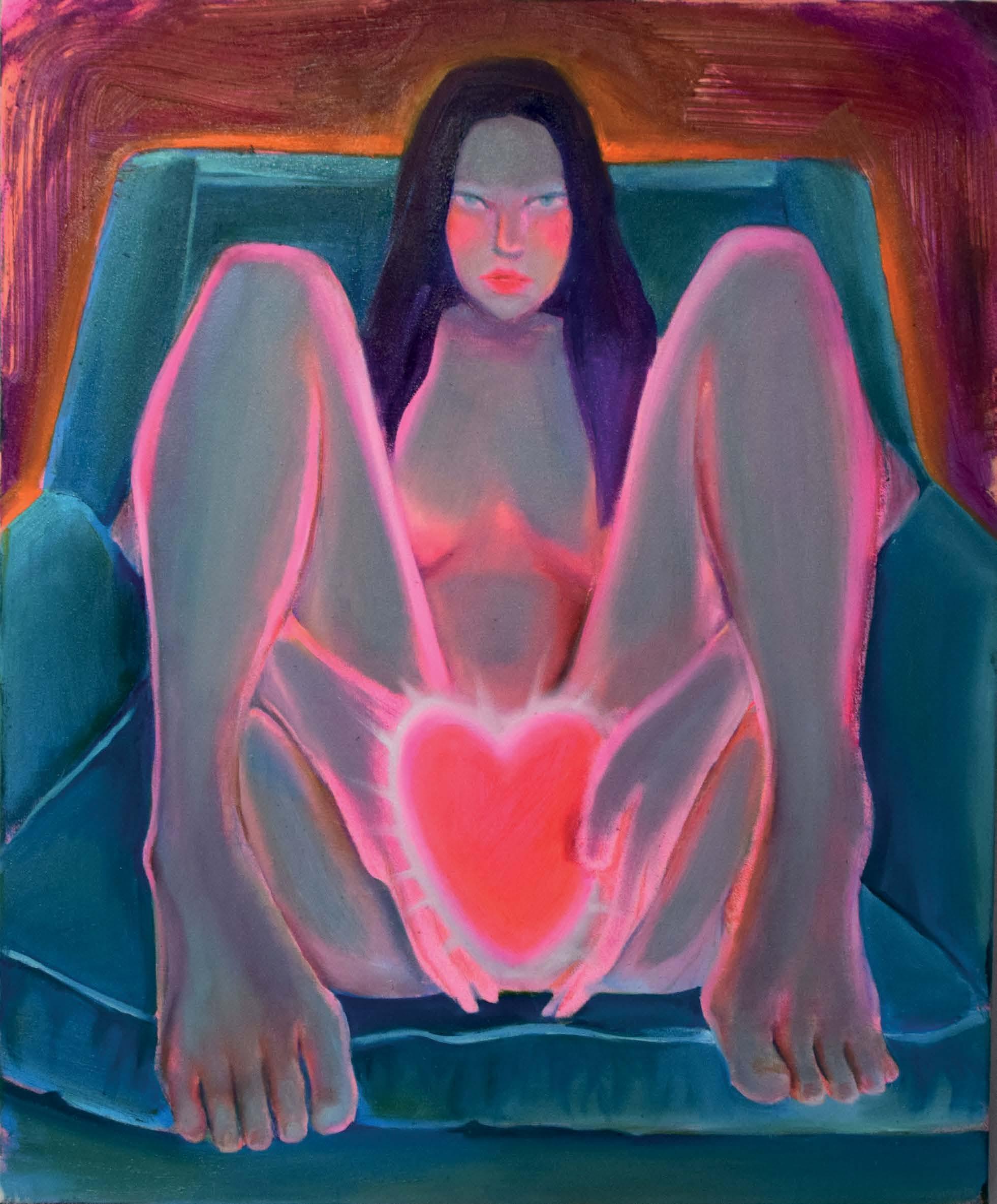
Stacey Gillian Abe - Isa Andersson - Pyaar Azaadi - Rita Mawuena Benissan -Alison BlickleGill Button - Bhasha Chakrabarti - Dorothea Charol - Caitlin Cherry - Renee Cox - Ariel DannielleLunita-July Dorn - Maria Fragoso - Monica Kim Garza - vanessa german - Reihaneh HosseiniStella Kapezanou - Lyne Lapointe - Amani Lewis - Turiya Magadlela - Emily ManwaringKristina Matousch - Rune Mields - Sungi Mlengeya - Zanele Muholi - Lydia NoblesVanessa Raw - Paris Reid - Deborah Roberts - Georgia TheologouSevina Tzánou - Nadia K Waheed - Ryan Wilde
www.ross-sutton.com | info@ross-sutton.com
MARGARET LEE’S LATEST EXHIBITION STEMS FROM AN ENCOUNTER WITH AN OFT-SATIRIZED SELF-HELP BOOK AND A RETURN TO HER PRE-VERBAL SELF. IN HER WORK, THE ARTISTIC REINVENTION IS APPARENT.
BY JULIA HALPERINMargaret Lee was in the midst of the most intense creative block of her life last year when she did something out of character. She opened up a self-help book: Julia Cameron’s The Artist’s Way.
The 1992 cult classic has been subjected to a fair amount of derision for its hokey, woo-woo approach to “creative recovery.” When, during the second week of the 12-week program, the book instructed Lee to hang a sign in her workspace calling on the “Great Creator” (“I will take care of the quantity, you take care of the quality,” it read), she felt her cynicism welling up like a sneeze. “You feel every part of your brain being like, No way, no way, no way,”
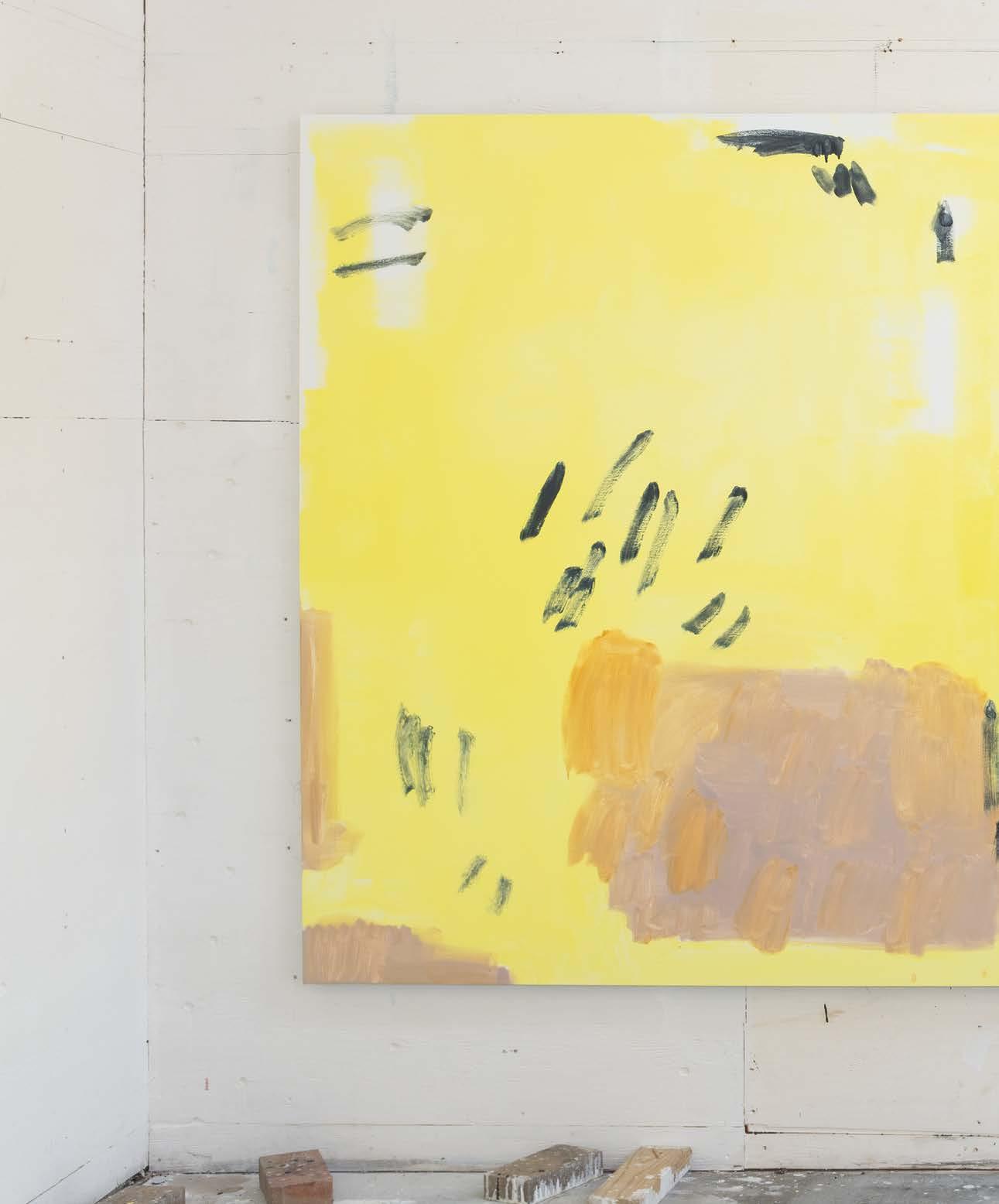
Lee remembers. “But I’d never had artist’s block like this before, and nothing else has worked.” So she kept going.
The fruits of her labor are on view in “Life Lines,” which opens on April 25 at Jack Hanley Gallery. The brushy abstract canvases bathed in sunny yellow represent a significant departure for the artist, who is best known for making hyperrealistic plaster-cast sculptures of produce (potatoes, watermelons, tangerines) that toy with our relationship to capitalism and desire.
Lee threw herself into painting during the pandemic, when supply-chain problems
and shuttered foundries made it difficult to produce sculpture. The transition coincided with her deepening study of psychotherapy, which taught her to push back against her tendency to over-intellectualize feelings and experiences. “I thought therapy was you being very explicit about your problems, and having your therapist bear witness,” she says. “That was [also] what my sculpture was—building an argument.”
Reading psychoanalysts like Sigmund Freud, Mária Török, and Nicolas Abraham—as well as The Artist’s Way—gave her permission to loosen her grip in both life and art. In her own
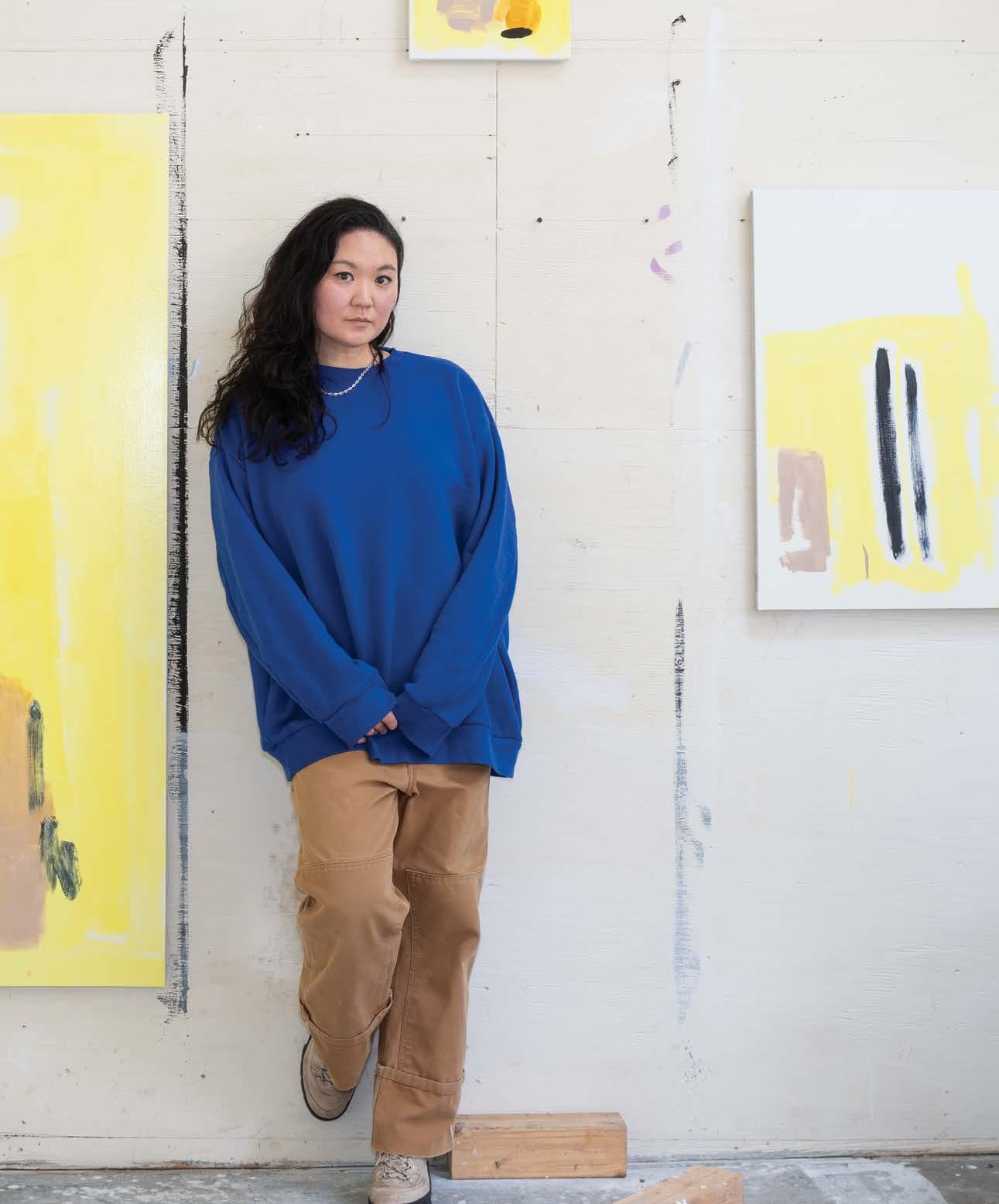


therapy, she worked to cultivate a truer, almost pre-verbal version of herself.
“Becoming inarticulate is an extremely scary thing,” Lee says. “It’s the most vulnerable I’ve ever been.”
As an artist, “becoming inarticulate” meant rejecting the silver and black hues she’d been working with previously, which she felt were too cool and detached, and embracing warmer, softer colors like mauve, blue, and yellow. It meant stripping the works of all sculptural elements with which she was previously associated. It meant preparing rigorously (through sketching, color theory, exercise, and writing) so that she could truly let go
as her entrée into the elite art world. “When I was making those watermelon and potato sculptures, collectors would tell me funny stories, like, ‘My housekeeper put it in the fridge!’” Lee says. “I used the very thing my father attempted to enter the American middle class with, to gain access to these spaces.”
“I’ll make more paintings. It’s a practice. Each one is not so special.”
when she stepped in front of the canvas.
In recent years, Lee has been thinking about her early sculptures differently. Her father immigrated to New York from South Korea and worked as a greengrocer, but his business never got off the ground. Years later, Lee used fruits and vegetables
In contrast to her confident sculptures and installations, the paintings in “Life Lines” embrace uncertainty. They aren’t striving for anything in particular and they don’t need your approval. Lee has always been a multitasker: She continues to work as an assistant to Cindy Sherman and volunteers in her Chinatown neighborhood (although she no longer works at 47 Canal, the gallery she co-founded). Now, she’s allowing her art to be about the process of making and the process of processing. “What’s flowing is a very anxious, shaky line, which I’m kind of excited for,” Lee says. “I’ll make more paintings. It’s a practice. Each one is not so special.”
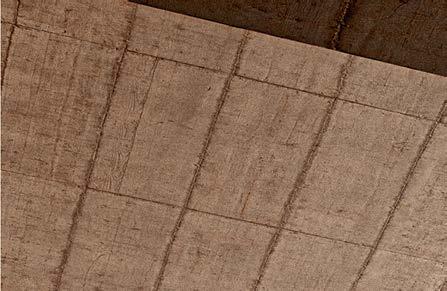
PRADA’S SPRING/SUMMER 2024 READY-TO-WEAR COLLECTION CELEBRATES THE AESTHETICS OF CONTRADICTION.
By JAYNE O’DWYER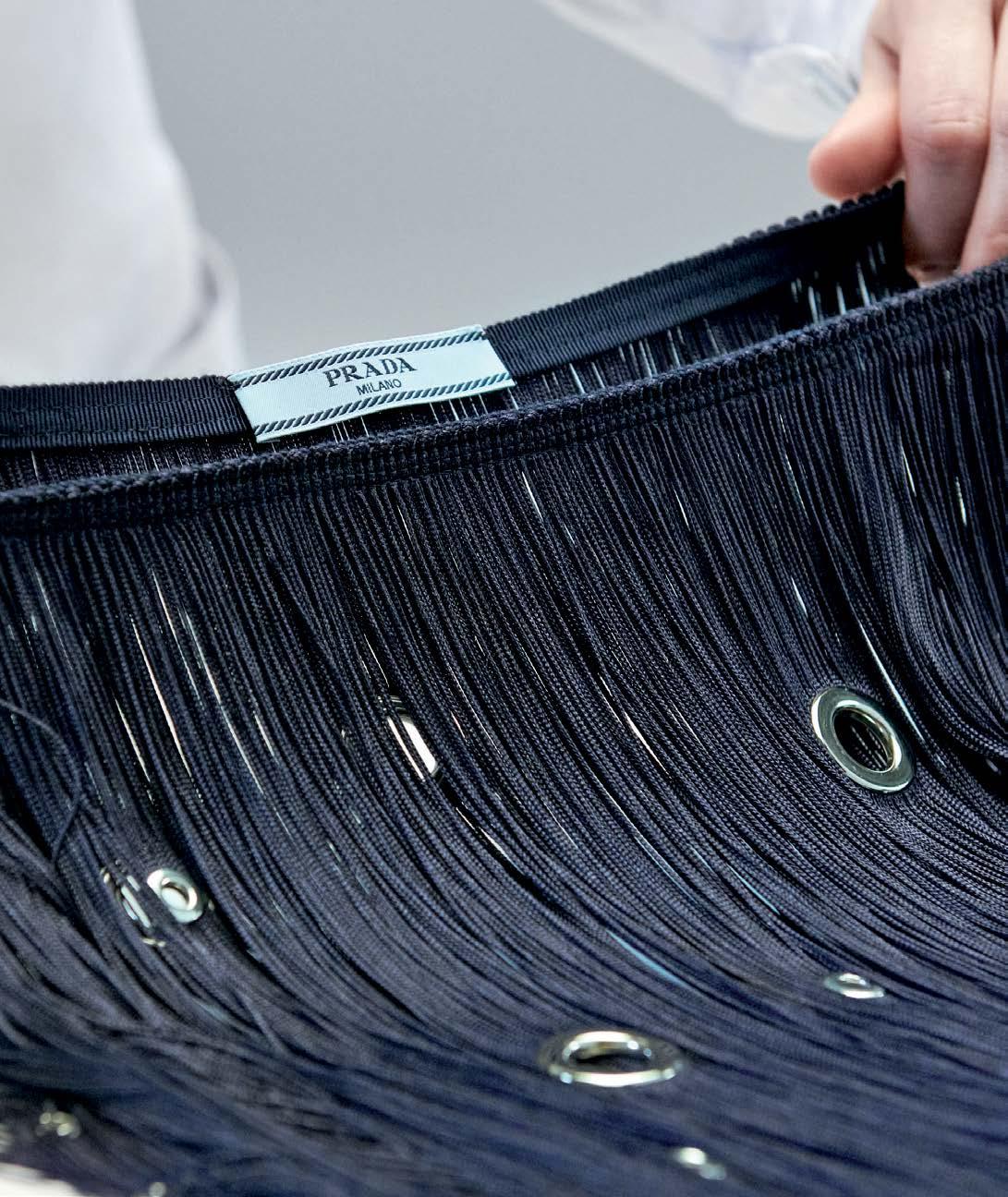
AT THE FONDAZIONE PRADA in Milan last fall, purple primordial ooze dripped from the ceiling as models strutted down the runway in swim caps and shredded dresses. Nylon capes topped structured blazers cinched with thick leather belts. Prada’s Spring/Summer 2024 Womenswear show was a study in contradiction. And no two garments better captured Creative Directors Miuccia Prada and Raf Simons’s reverence for juxtaposition than the eyelet skirt and fringe dress.
With a keen focus on distinctive design and minute handiwork, Prada brings haute couture savoir-faire to ready-to-
wear. Each eyelet skirt can take up to five days to make: Thousands of loose threads are hand-embroidered at the waist to create the fringe. The titular eyelets—metal grommets of varying sizes—punctuate the waterfall of fringe like punk polka dots, their weight contrasting with its buoyancy.
The fringe dress, meanwhile, is a testament to the freaky and filigree. Seemingly demure, with its high neckline and conservative length, the garment comes alive with movement, as the body’s dips and swells materialize slowly from beneath a delicate sheath of fringe. Rhinestone flowers burst across the shoulders, chest, and
thighs, winking as the wearer strolls by. Throughout, the dress’s swing remains uncompromised.
The combination of embroidery and fringe is technically taxing to achieve. To construct the dress, artisans must attach 160 bezel rhinestones to chains stitch by stitch, affixing them to the fringe with gauze that is later carefully pulled out thread by thread. After that, the garment has to remain perfectly still for 24 hours. The achievement of motion through stillness is a walking enigma, yet the Prada woman knows that true luxury is found at the edge of whimsy and reality—just where Mrs. Prada and Simons like to play.

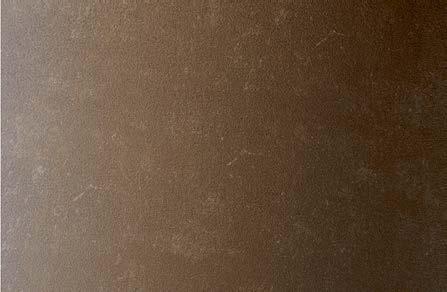

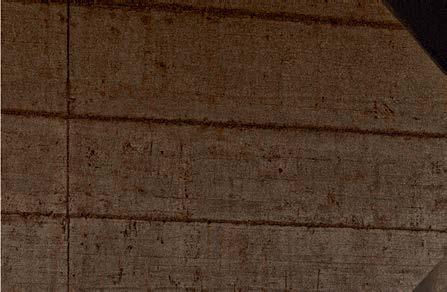


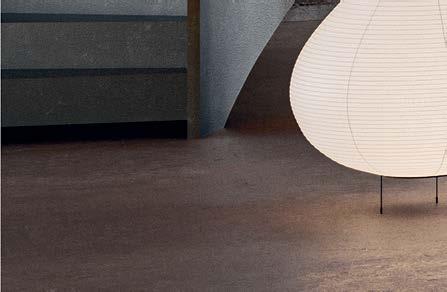
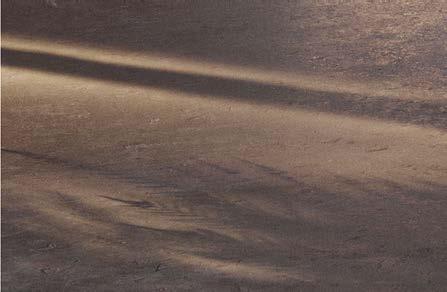
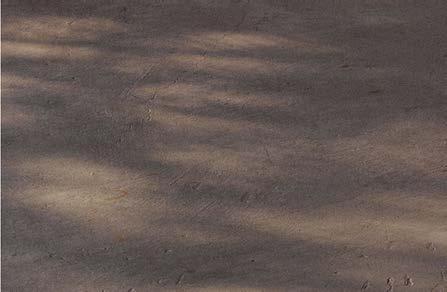
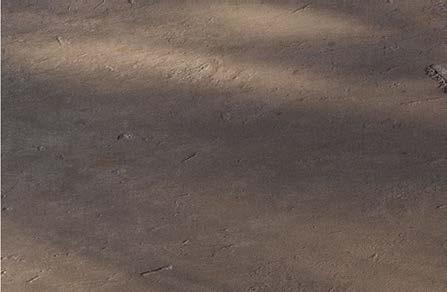












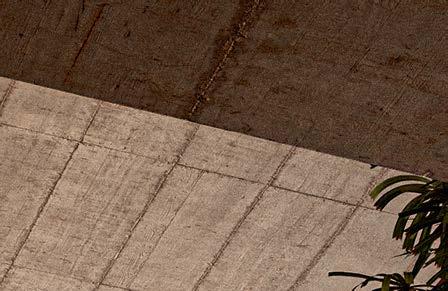

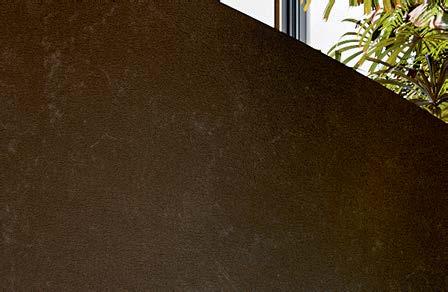
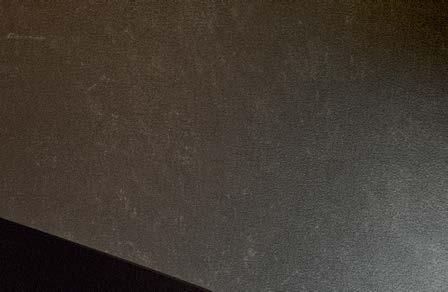
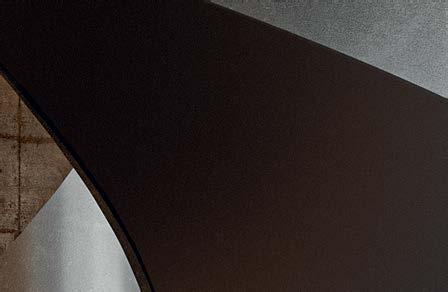
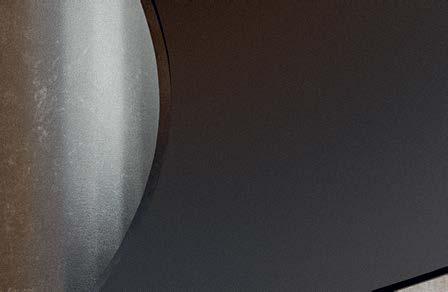
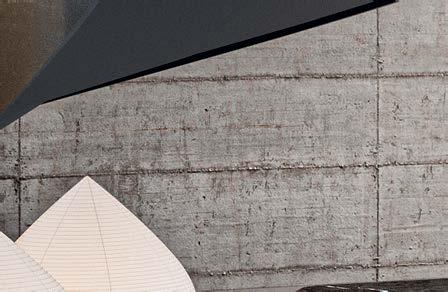
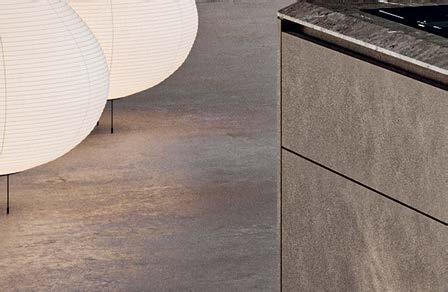
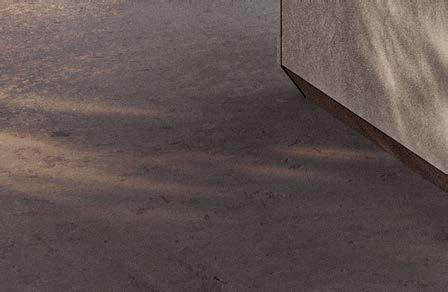
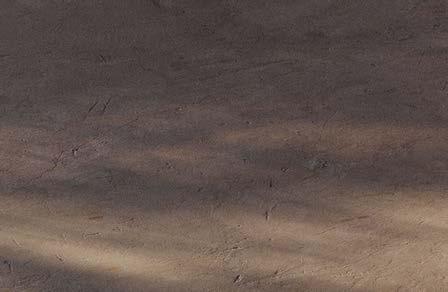
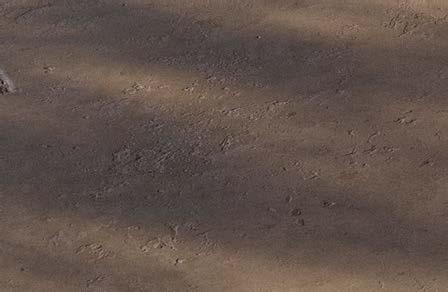
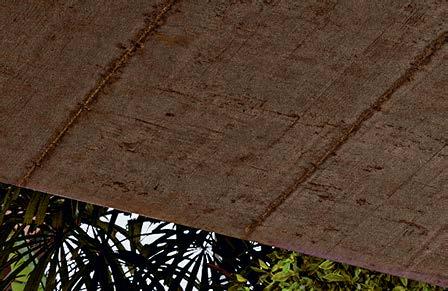

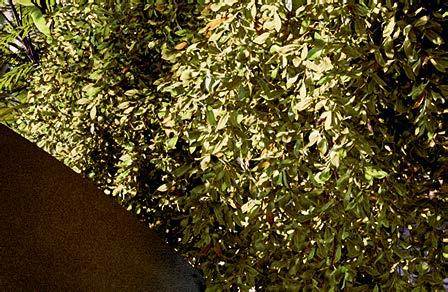
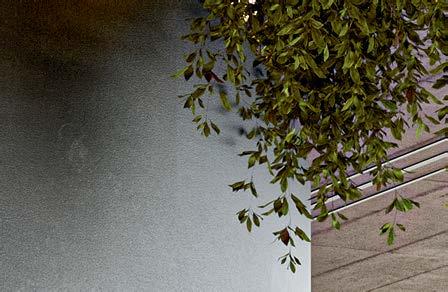

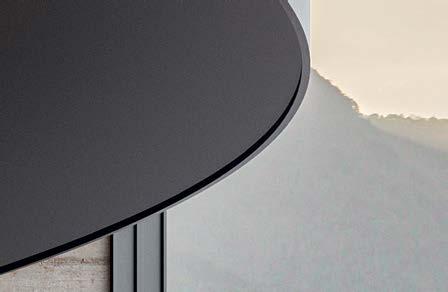


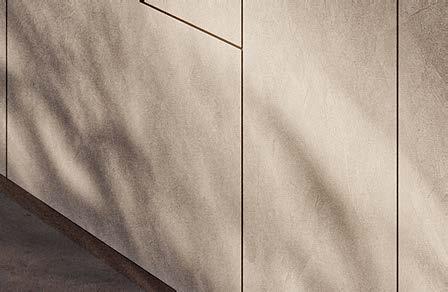

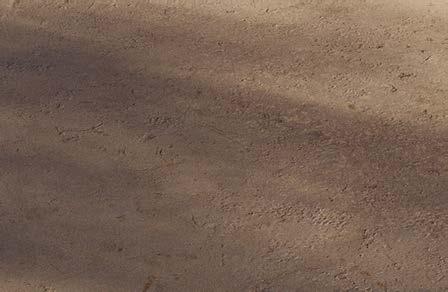

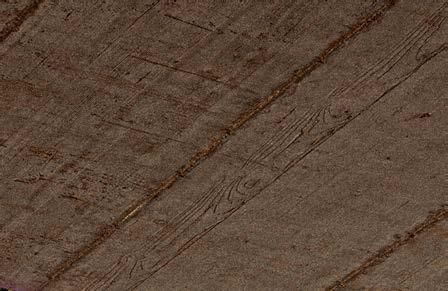
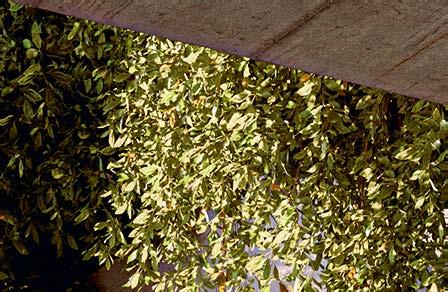
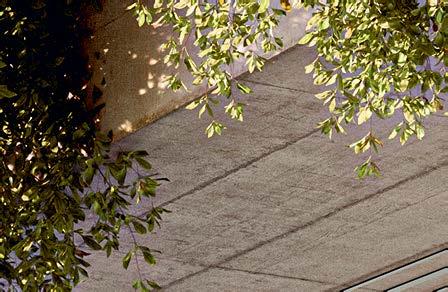
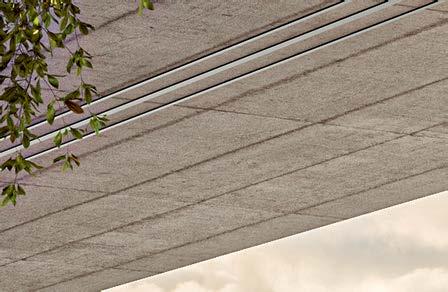
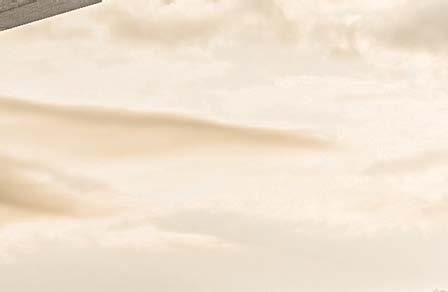
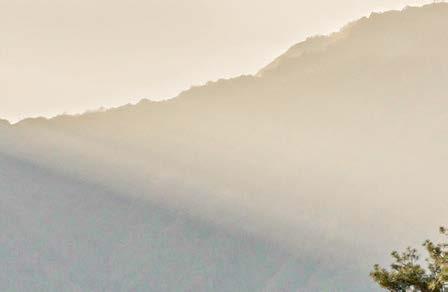

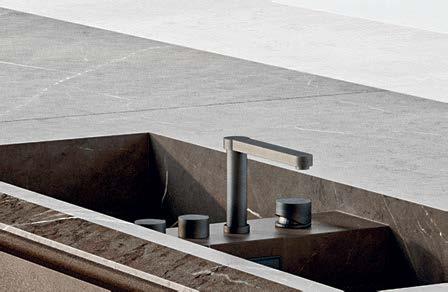
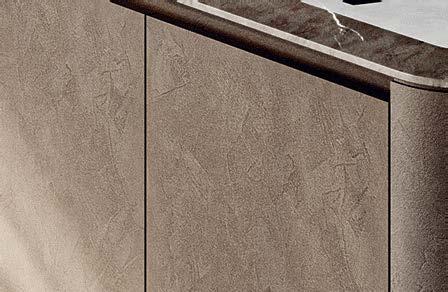





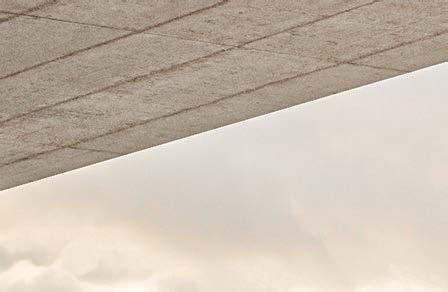


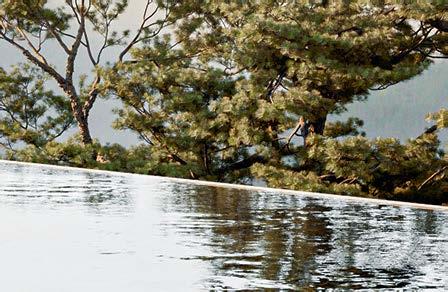

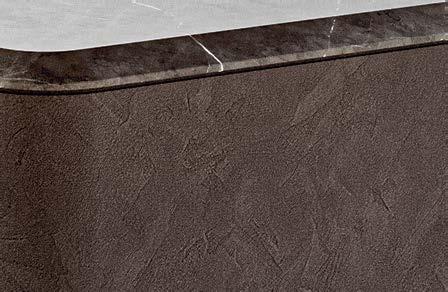
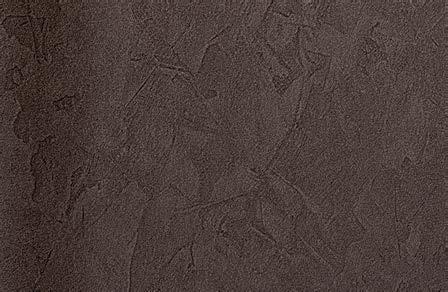
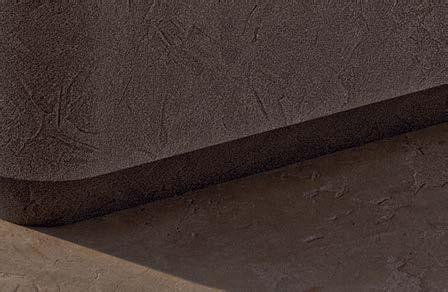

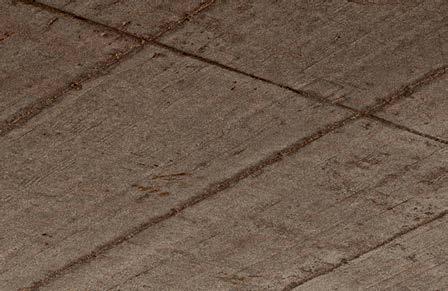


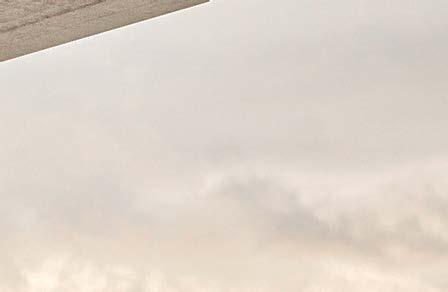

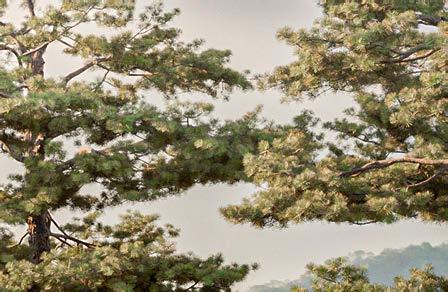
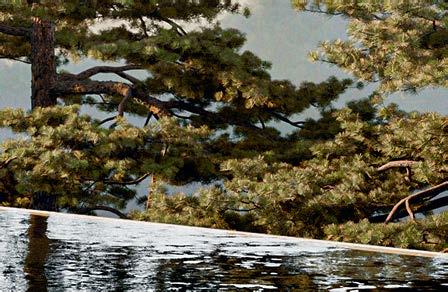



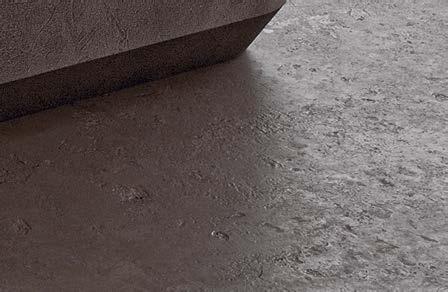

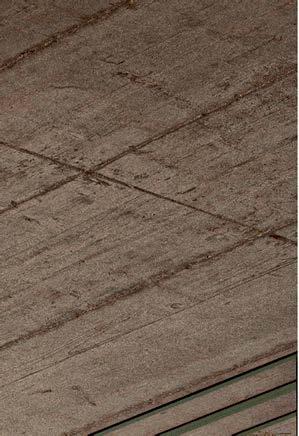

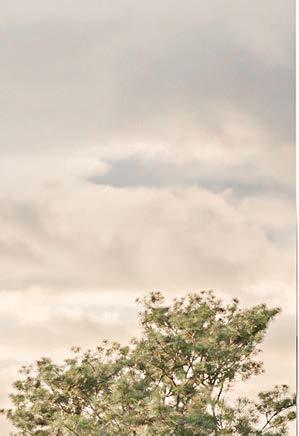
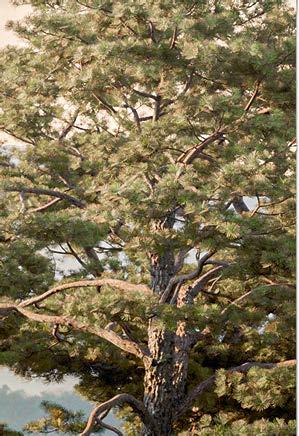
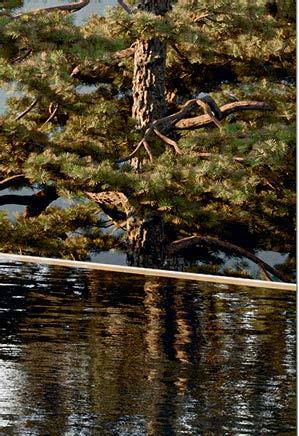

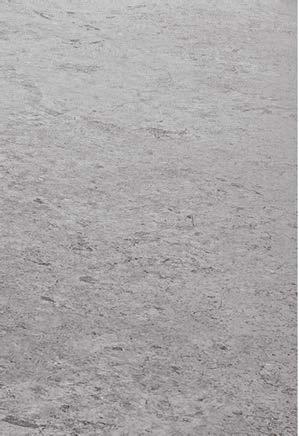
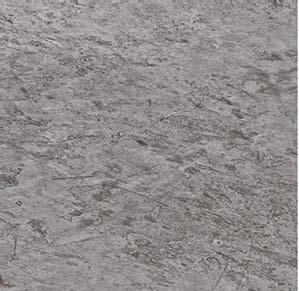


MARTIEN MULDER’S QUIET, REVERENT PHOTOGRAPHS OF THE MARFA, TEXAS, LANDSCAPE WERE THE SPARK THAT IGNITED LAFAYETTE 148’S LATEST COLLECTION. THE BRAND’S CREATIVE DIRECTOR, EMILY SMITH, SAT DOWN WITH THE IMAGE-MAKER TO DISCUSS THE DUSTY DESERT TOWN’S ENDURING ALLURE.

LAST SUMMER, on a quest to escape the enduring insanity of New York, Emily Smith found herself on the road to Marfa, Texas. It’s where Donald Judd landed in the ’70s, disgruntled by the mainstream art world and in need of creative respite. In the two decades he spent there, the late minimalist artist bought up a considerable amount of property, establishing Marfa as a haven for those hoping to wring inspiration from its dry desert plains.
More than 50 years later, creativity—and seclusion—still awaits pilgrims to Judd’s hallowed ground. Smith found her eureka moment in Marfa’s pale buildings and semi-arid landscape. Upon returning to New York, she immersed herself in the Marfa photography of the Dutch-born, Brooklyn-based Martien Mulder. Her fascination culminated in Lafayette 148’s Pre-Fall collection, “Seeing Marfa.”
The line’s pieces, crafted in a farrago of earth and blush tones, drape dramatically over the body, conjuring the dramatic shadows of Mulder’s photographs. This May, the collection will be presented alongside a selection of the photographer’s works at Lafayette 148’s Oak Street boutique in Chicago. Ahead of the exhibition, the pair came together to unravel the desert’s peculiar power to inspire.
MARTIEN MULDER: Marfa has always pulled me, ever since I became interested in art. But the experience there, how was that for you?
EMILY SMITH: I flew into El Paso, and was hit by the massiveness of the sky, the dryness of the desert. I didn’t expect there to be so much life on the ground. The drive was so, so beautiful. Marfa itself was full of very creative people, which was so exciting to be around. The same people working at the Judd Foundation were the ones I saw working at the barbecue stand the night before. It’s such a small town in that sense. In your work, how do you capture those textures of the peeling walls, the concrete, that kind of heat?
MULDER: I was just trying to define what that tonality is. It’s a haziness. It’s a graphic quality. Of course, it’s the shadow work on all the faint-colored walls. You picked up on the warm hues, instead of the bright blue skies of the vast American West.
SMITH: Yes, it feels more natural and feminine. It’s not the Texas that everybody thinks of, and it’s not the desert that everybody thinks of. I’m curious, as an artist,
“IT’S ABOUT LOOKING FOR THE SPACE AROUND THE SUBJECT INSTEAD OF THE SUBJECT, THE VOID INSTEAD OF THE THING.”
—MARTIEN MULDER
as a photographer, how do you classify your work? The way you see light and perspective and shape and form, there is a bit of minimalism to what you do.
MULDER: My most personal work—that’s not commercial or more in the fine art space—leans heavily toward minimalism. It’s about looking for the space around the subject instead of the subject, the void instead of the thing. I like that you think it’s so feminine.
SMITH: Not feminine, but there’s a feminine gaze. Marfa had such a harshness to it, and there’s a softness to what you created. It’s different from the more masculine Judd perspective. It feels like intimate moments and tiny details. I appreciate that, because as artists, we work so hard on the little details and nuances—just the right crinkle, just the right balance. That’s what makes things so special.
MULDER: To have this gaze, it’s almost essential to travel—or to enter into new spaces. You need things to notice and respond to.
SMITH: You have to get out of autopilot, right? You need your awareness to open up. It makes your brain work a little bit. Which trips have inspired you the most?
MULDER: I must say trips to Japan. The country invites you to slow down and to celebrate every moment. My eyes are on fire there. How many collections have you made that draw from a particular place?
SMITH: I don’t always like a kitschy travel collection, because it feels maybe not so authentic for me. With Marfa, because of Judd, there was a reason to go there. There are those desert tones. You’ve got this beautiful blush hue; softer, paler, muted blues that kind of ombré into the sky; the oranges and the peaches and the pinks—how those kind of blended together into such a pretty palette. And then, the concrete and the gravel and that plaster that you found in your work.
MULDER: You see something that resonates in someone’s work and then you take a bit of that into your own work. It all goes back to Le Corbusier for me. I went to India to the city he built there. Chandigarh is a big city, one of those places where you walk and walk and walk. Everything is in some way directed by that vision for the city, by a group of architects and designers. Another one for me is Susan York. She lives in Santa Fe and works from there, so there’s that relationship to the desert landscape.
SMITH: Georgia O’Keeffe was inspired by it, too.
MULDER: And it was a great fortune to photograph her space.
SMITH: Did you? Oh, lucky lady.
MULDER: Submerging myself in her world, all her little objects—her bowls are still hanging in the cabinets, her shoes are still lined up. I remember being startled by the imprint of her feet in her shoes and her travel bag with her label on it.
“WHEN THINGS AREN’T SO PERFECT, YOU SEE THE MAKER. I FIND THAT SO INSPIRING. THERE ARE GOOD THINGS HIDING EVERYWHERE IF YOU JUST OPEN YOUR EYES.”
—EMILY SMITH
SMITH: I’m all over the place when it comes to people who inspire me. I love the mini studies from Anni Albers, or Agnes Martin … who really get that intimatcy and detail. At the same time, I’m obsessed with James Turrell and Richard Serra, artists who make these massive structures and things. We’re working on our spring concept for next year, and I’m diving into the idea of handicraft and the time it takes to make things. It’s so beautiful just to see that stroke of a hand, that nervousness of a line from an Agnes Martin. When things aren’t so perfect, you see the maker. I find that so inspiring. There are good things hiding everywhere if you just open your eyes.
THE BRITISH-BORN, NEW YORK–BASED ACTOR IS ADAPTING HIS OWN SHORT STORY FOR THE STAGE AND A SPY THRILLER FOR THE SCREEN.
By JOHN ORTVEDRupert Friend—star of screens large and small, from Homeland to Asteroid City —can’t stop talking about writing: His. Mine. Other people’s. The books he can see behind me on my shelf during our Zoom. What’s in his notebooks. What people read in the loo.
Last year, the 42-year-old British actor starred in Wes Anderson’s short film reimaginings of Roald Dahl’s stories The Swan and The Rat Catcher on Netflix. When I pull my own copy of Dahl’s Collected Stories off the shelf, his face lights up with a smile no amount of pixels can adequately capture.
“I’m kind of a dilettante in my reading,” he tells me from his home in New York, where he lives with his wife, actor and athlete Aimee Mullins. “I will have four to seven books on the go at any one time, and I don’t have a problem with bookmarked books scattered around the house.” Perhaps because Friend is English, or perhaps because he’s made New York and not Hollywood his home, he seems utterly unaware that, in the world of movie stars, this makes him less
Photography by JAVIER CASTÁNStyling by JULIA BRENARD


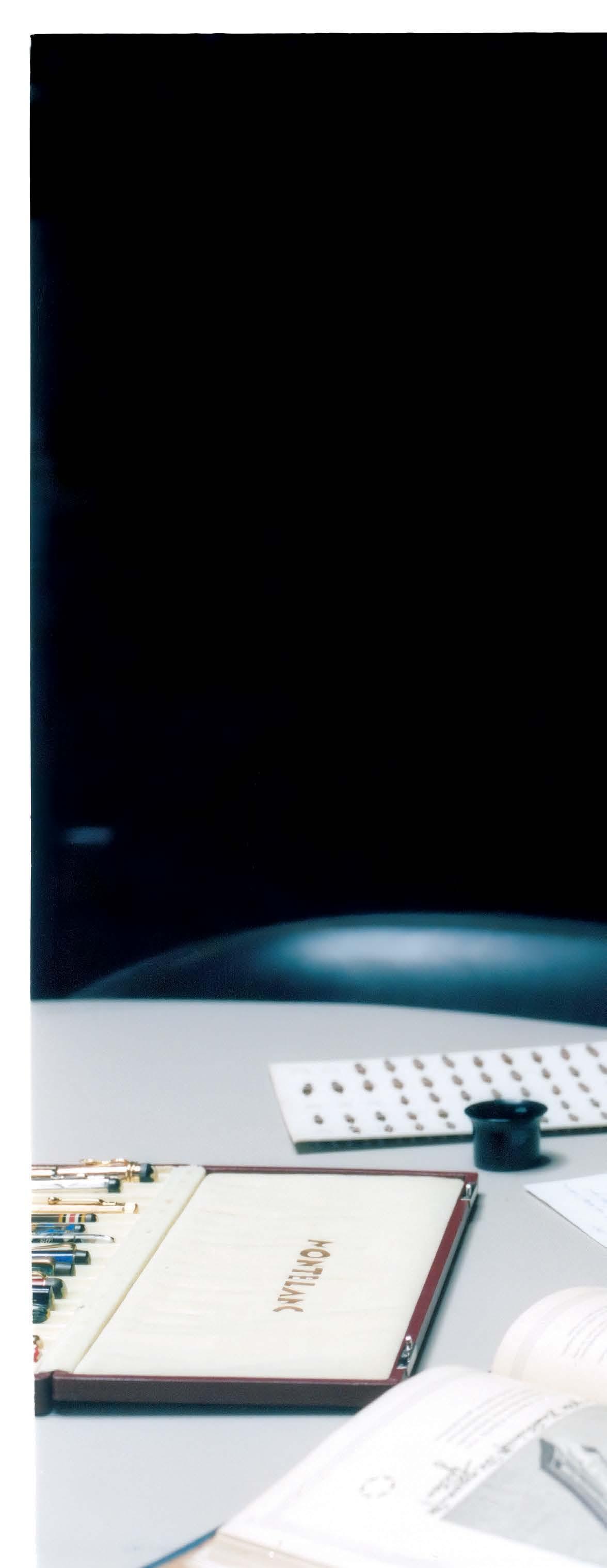



dabbler than professor. His tastes are all over the place: He talks about John McPhee and Marshall McLuhan, Anton Chekhov and Matthew López’s The Inheritance.
But Friend is more than just an admirer of the craft of writing. He is also adapting his own words to the screen and stage. In 2010, Friend penned Steve, a vignette about a young couple who receive increasingly bizarre and frequent visits from their neighbor (the eponymous Steve). After adapting the story into a short film starring his friend Colin Firth that same year, Friend is turning the starkly funny and touching story into a full-length stage play and feature-length film. He is also collaborating with an as-yet-
unnamed New York Times–bestselling writer of spy thrillers to adapt one of his books to the screen. (Friend plans to play the lead.)
For the actor, writing is romance—even the physical act of it, and especially when done with his trusted Montblanc fountain pen. (He is an ambassador for the luxury accessories brand.) “When you move the side of your hand across a tactile surface, it's a notably different experience than typing,” he says. “There is something about letting your imagination run a bit out ahead of your pen.” He drafted three short stories with the Montblanc pen and had the pages bound and illustrated by his oldest friend, artist Ed Atkins. “The joke was that they took the
same amount of time to read as men spend in the toilet, wanting something to do,” Friend says of the story-writing process.
The actor’s life has always been, to some extent, about words. He grew up in Oxfordshire with an academic father and “a complete grammar-stickler of a mother, who would walk around among the greengrocers in England, crossing out possessive apostrophes on ‘Carrot’s.’ She carried a pen with her.” His first screen roles even had a literary tinge. While training at the Webber Douglas Academy of Dramatic Art (the august alumni of which include Angela Lansbury, Julia Ormond, and Julian Fellowes), he performed opposite Johnny Depp’s salacious poet in The
FOR RUPERT FRIEND, WRITING IS ROMANCE— EVEN THE PHYSICAL ACT OF IT.
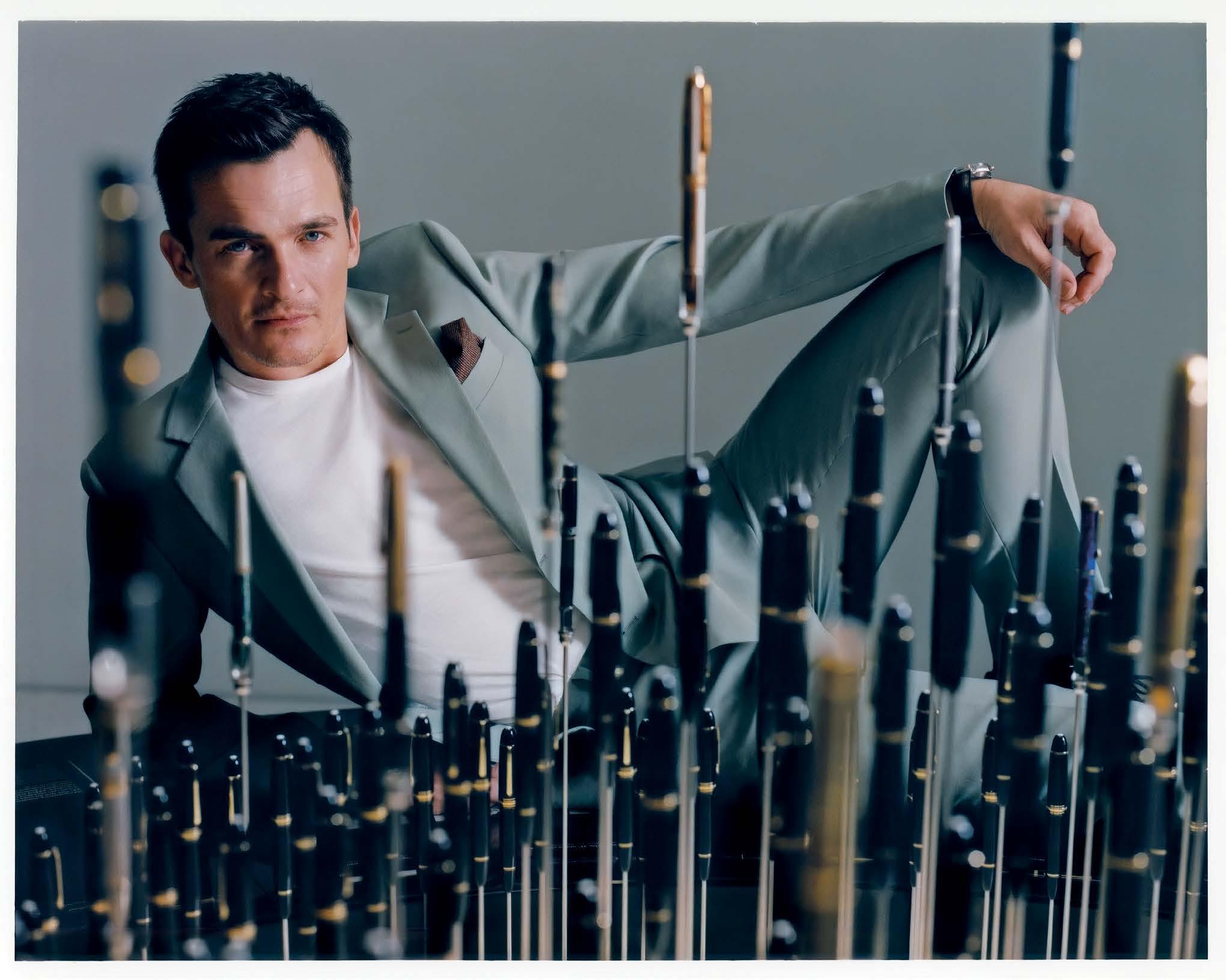

“I’M NOT THE GUY WHO WILL SAY, ‘IT NEEDS TO BE MY PERSONAL STORY.’ MY JOB IS LEARNING YOUR STORY.”
Libertine. Then, he was cast in Joe Wright’s 2005 take on Pride and Prejudice. Things became a little less bookish during his assassin era, which began with Hitman: Agent 47, and continued with the TV series Homeland (his sangfroid as CIA operative Peter Quinn earned him an Emmy nom in 2013). More recently, Friend made his way into the Wes Anderson cinematic universe— first in 2021’s The French Dispatch, and later with meatier roles in the director’s latest feature, Asteroid City, and his Roald Dahl shorts in 2023.
“Working with Wes, it’s like another language that you become fluent in,” Friend says.
He recalls the director phoning to inform him he’d be “playing a cowboy who can play a lap steel guitar and sing.” When Friend responded that, in fact, he couldn’t do any of these things, Anderson said he was sure he’d figure it out. “There is an enormous confidence boost,” Friend says. “He makes it a self-fulfilling prophecy.”
Lightsabers, spies, laughs; writing, directing, acting—Friend has the kind of range that’s as rare as it is enviable. For him, it’s all about curiosity. “I can’t imagine living on this planet for the time that we have and not exploring as much as possible,” he muses.
So where will curiosity take him next? In addition to his literary pursuits, he’ll star opposite Kate Beckinsale in the thriller Canary Black . Meanwhile, Dreams, a 2024 film he shot alongside Jessica Chastain, will tour festivals. He’ll round out the year with Companion, a sci-fi flick with hot young things Sophie Thatcher and Lukas Gage. When I note the latitude and quantity of projects he has on the go, Friend replies with a shrug. “I’m not the guy who will say, ‘It needs to be my personal story.’ My job is learning your story,” Friend says. “Except for right now. All I’ve done is talk about myself.”
We forgive him. Pens down.

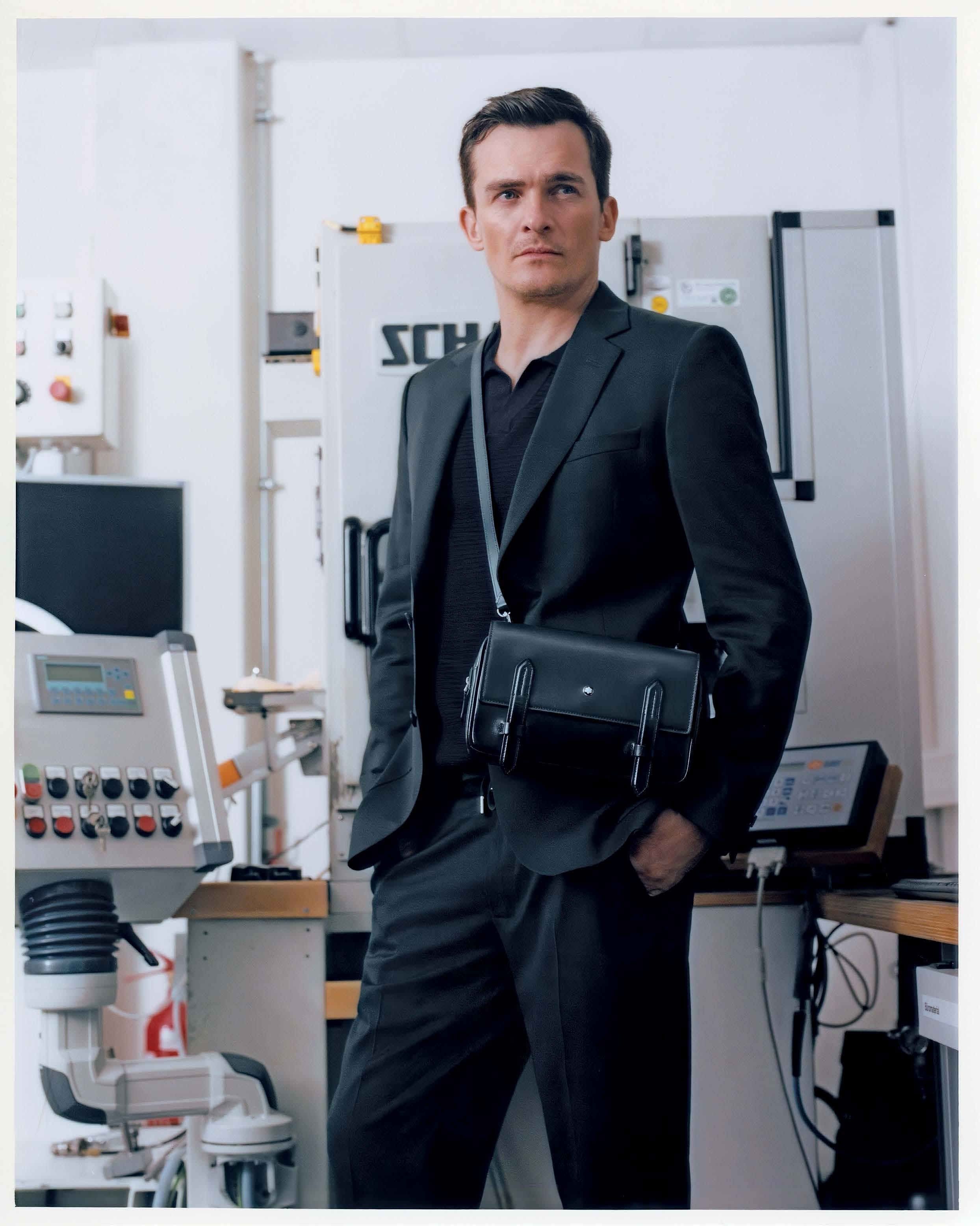
GROOMING BY BEN TALBOTT
STYLING ASSISTANCE BY SAMELA GJOZI
LIGHTING ASSISTANCE BY LUKAS GOLDSCHMIDT
DIGITECH BY JAN GEHRKE
OLIVER FURTH AND SEAN YASHAR ARE FIRMLY EMBEDDED IN THE DESIGN WORLD. FOUR YEARS AGO, THEY BROUGHT THEIR JOBS HOME WITH THEM WHEN THEY TURNED A RETRO NICHOLS CANYON RESIDENCE INTO THEIR DREAM HOME.
BY JANELLE ZARAWHEN OLIVER FURTH AND SEAN YASHAR bought their property in the Hollywood Hills’s idyllic Nichols Canyon four years ago, it was a far cry from the home of their dreams. The mid-century construction had been buried under 1980s finishes that reminded Yashar, a design branding consultant, of a California Pizza Kitchen. Furth, an interior designer, remembers it as “the ugliest house in the neighborhood.”
Over the next several years, however, Furth diligently worked his magic, peeling back wayward renovations to restore a sense of architectural clarity. Weaving in the couple’s vast trove of collectible design and an array of unexpected finishes, he crafted a constellation of rooms with remarkably distinguished sensibilities—an airy white-on-white palette to emphasize the openness of the living room, for example, or rich walnut paneling that accentuates the warmth of the kitchen. In his choice of textures, colors, and overall materiality, the designer validated a theory of his: “Rooms speak to you. They tell you what they want to be.”
In OP! Optimistic Interiors, a new Rizzoli tome detailing Furth’s projects over the past 20 years, the first chapter is dedicated to the couple’s home. As a continuously evolving laboratory of ideas, the dwelling, which is described
in the book as an “urban treehouse,” embodies Furth’s distinct design philosophies. Classically trained with an encyclopedic knowledge of the decorative arts, he’s developed a fluency in disparate eras and styles, where the historic and contemporary converge.
The office of Oliver M. Furth, Design and Decoration, made its official debut in 2005, but the LA native’s devotion to the discipline has been lifelong. In OP!, he recounts realizing his true calling at 7, and landing his first job organizing samples in Judy Wilder Briskin’s design office eight years later. Looking back at the last two decades of his practice, he’s distilled a throughline: “It’s about building a life that’s better than the one we have with the colors and materials we choose, and the objects we acquire.”
Furth describes himself and Yashar as “active acquirers” (not collectors—for that, “you really need discipline”). In their home, works of different decades commune, revealing surprising commonalities. It’s where a reissued Albert Hadley print is the linen slipcover to Louis XV fauteuils, or the iridescence of early 20th-century Zsolnay ceramics mirrors that of a much more recent Katie Stout. “I like thinking about materials differently,” he says, often recontextualizing the work of previous generations. His kitchen cabinets are clad in shades of seafoam laminate—an inexpensive, easy-to-clean
material associated with 1950s countertops. “There’s a humbleness to it,” he adds. “Next to our Louis XV period chair, laminate is a fun juxtaposition.”
Designers usually buy pieces to serve a function—to fill an empty corner of the living room, for example—but Furth’s process often works in reverse. Driven by a true reverence for narrative, process, and craft, he chooses objects based on the stories they tell, storing them until the right project comes along. (“I got my first storage facility at 17,” he says, referring to the moment when his design collection outgrew his childhood bedroom.) In Furth’s object-forward approach, rooms are typically organized in service to the pieces inside. In the intimate space of the couple’s dining room, understated walls clad in tobacco-stained cork foreground a vibrant collection of furniture and ceramics. Yashar points out that the curtains were made by local indigo artist Christopher Wrobleski out of deadstock Levi’s. “That’s so Oliver,” he says. “Someone else would order 30 yards of blue fabric.”
Furth’s optimism defines not only his philosophy of design, but much of his day-to-day practice. “So much of decorating is problem-solving,” he says. “I believe that we are asking questions of our homes. There’s no wrong answer, but there’s a lot of right answers.”
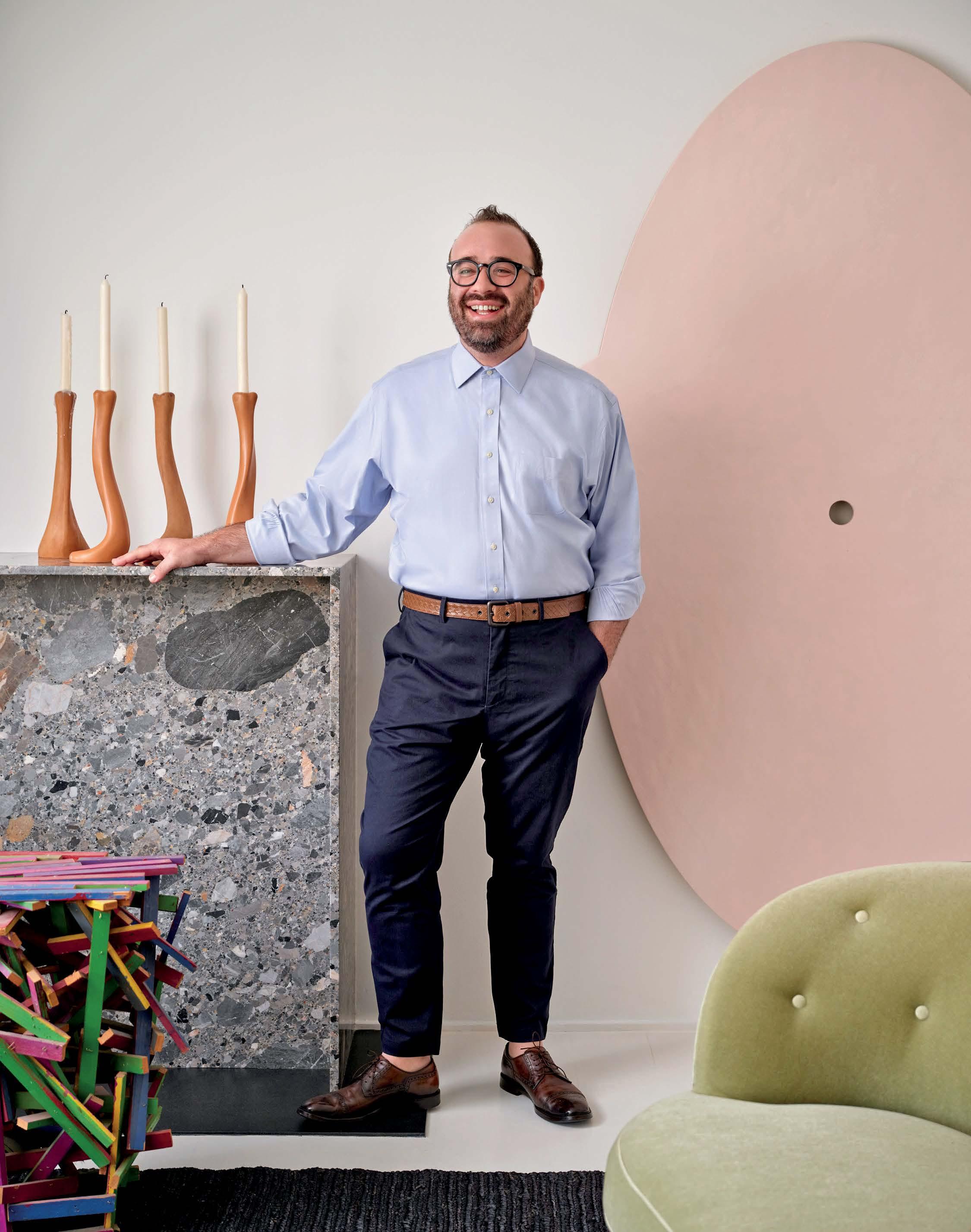
“ROOMS SPEAK TO YOU. THEY TELL YOU WHAT THEY WANT TO BE.”
– OLIVER FURTH
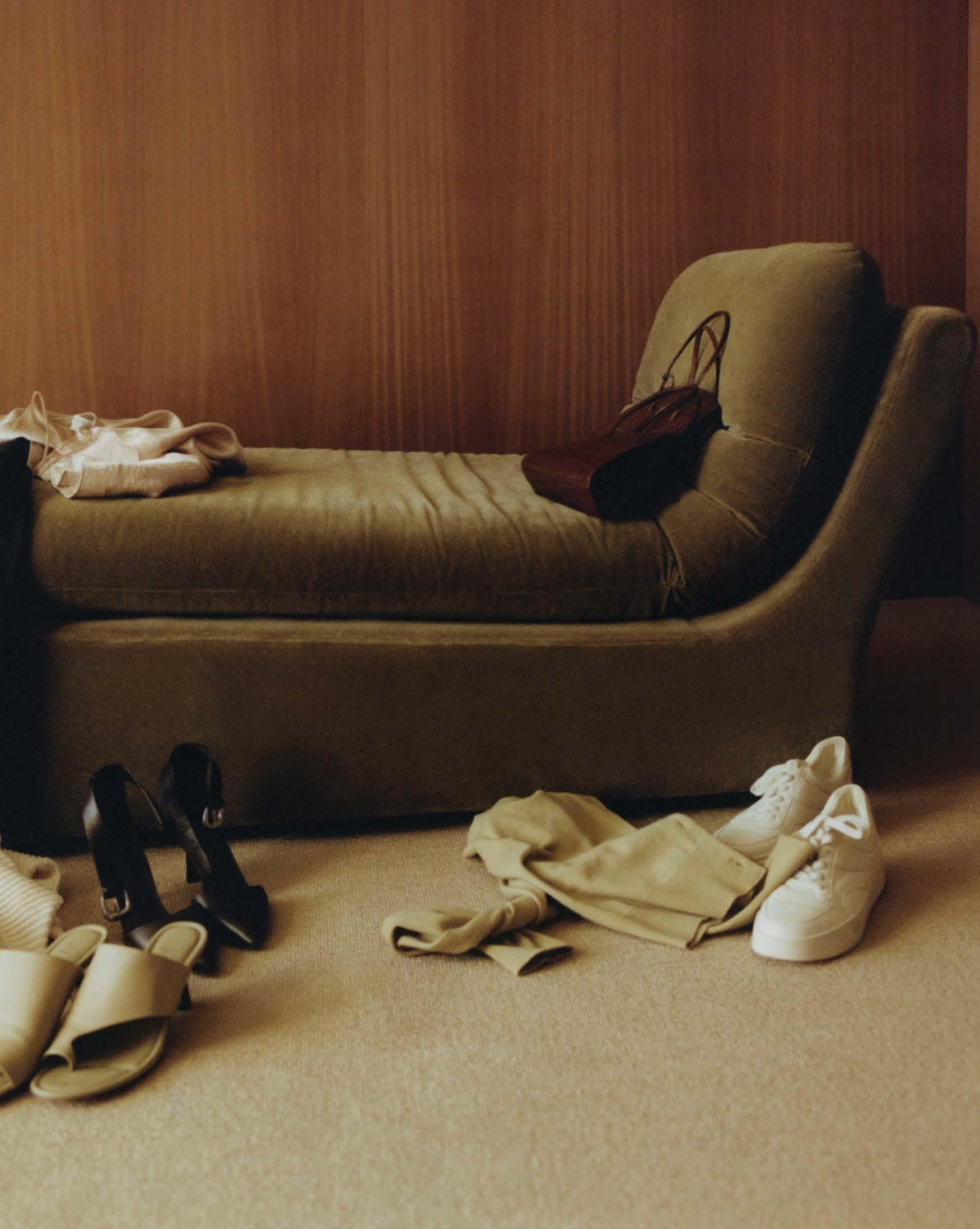
CAROLINE BELHUMEUR, VINCE’S CREATIVE DIRECTOR, SAT DOWN WITH LOS ANGELES ARCHITECT BARBARA BESTOR, FOUNDER OF BESTOR ARCHITECTURE, TO DISCUSS THE SMALL GESTURES AND DAILY MOMENTS AT THE HEART OF THEIR DESIGN PROCESSES.
Photography by Zoe Chait; All clothing by Vince; Styling by Andrew McFarland; Special thanks to Barbara Bestor’s studio and team
People move to Los Angeles to turn the page on a phase—or a past life. Barbara Bestor arrived in the ’90s as a young architect after coming of age in smalltown Massachusetts. Caroline Belhumeur, originally from Bristol, made the move west from New York following her appointment as creative director at Vince in 2017.
Upon her arrival, the Calvin Klein and Club Monaco veteran immediately tapped into the ease and vibrancy of her adopted hometown, designing elegant yet
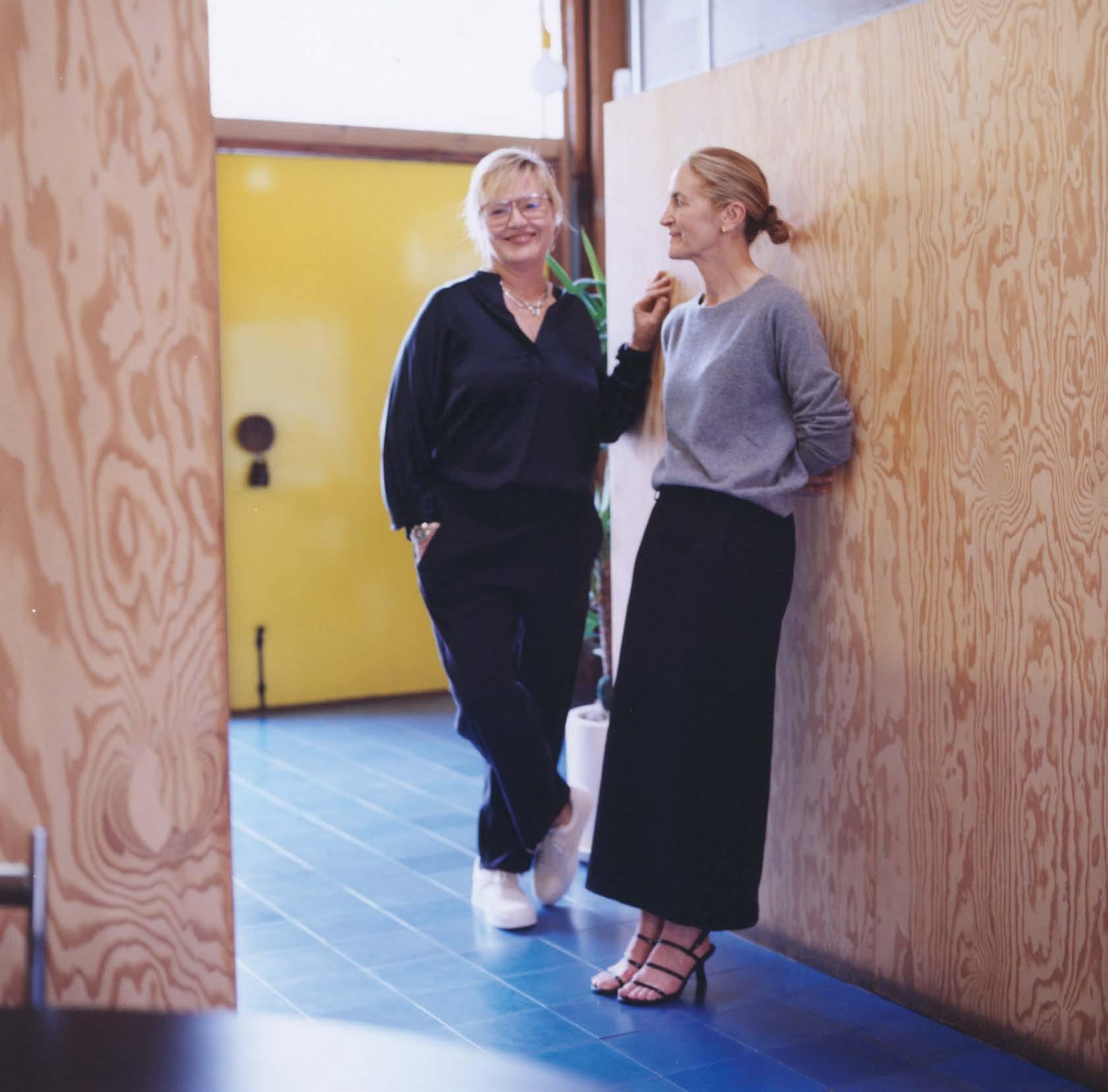
“We both spend a lot of time thinking about how people are living in our creations.”
—Caroline Belhumeur

unpretentious essentials tailored to Southern California’s transitional climate. Bestor, for her part, has channeled the coastal landscape to create structures that embrace the outdoors without succumbing to them: intimate nooks lined with sustainable wood paneling, open-air spaces that feel both cozy and boundless.
In their work, both Belhumeur and Bestor are acutely attuned to the harmonies of the everyday—sunlight hitting stucco, or the scent of jasmine vines that wafts through their adopted city in the spring.
For Belhumeur, this reverence is manifested in Vince’s Spring/Summer 2024 collection, which takes as its central
inspiration the daily ritual of getting dressed. “I’m always thinking about how people are living in their clothes,” she says. “In many ways, getting dressed can feel like putting on a different version of yourself.” True to this spirit, the collection features a mix of loose and flowy pieces, sporty silhouettes, and elegant lightweight layers—a constellation of possibilities perfect for an evening out or an afternoon spent basking in the sun. For both women, the throughline is care.
“We both spend a lot of time thinking about how people are living in our creations,” Belhumeur notes. Bestor concurs: “We try never to miss an opportunity to make a little tweak that transforms something you take for granted into a little moment of beauty.” Here, the pair sat down to discuss Los Angeles as a muse, designing for the everyday, and their most infamous sartorial eras.

“We try never to miss the opportunity to make a little tweak that transforms something you take for granted into a little moment of beauty.”
—Barbara Bestor
Caroline Belhumeur: One of the biggest things I noticed about LA when I moved here was the never-ending greenery. It doesn’t drop away when you enter town like it does on the East Coast. There’s always something blooming, growing. How has the climate here informed the way you’ve approached design over the years?
Barbara Bestor: In so many ways. We try to create as much openness as possible, but in this climate you have to be so careful of southern exposures and heat. So we use these Mediterranean strategies to create the shade you need— big overhangs, that kind of thing—while maintaining the openness. How does it impact your work?
Belhumeur: It really influenced how I designed when I first arrived. In New York, you move through the world a bit more dressed up and business-y. Here there’s a different feeling—a more relaxed vibe. It’s this inside-outside living.
Bestor: In LA, you often wear cashmere and linen on the same day. No matter how hot the day is, you need to have a thin sweater with you, otherwise you’ll freeze your ass off at night. There’s something unusual about that materiality as part of everyday life. That balance of comfortable and refined speaks to the same issues that architects are exploring.
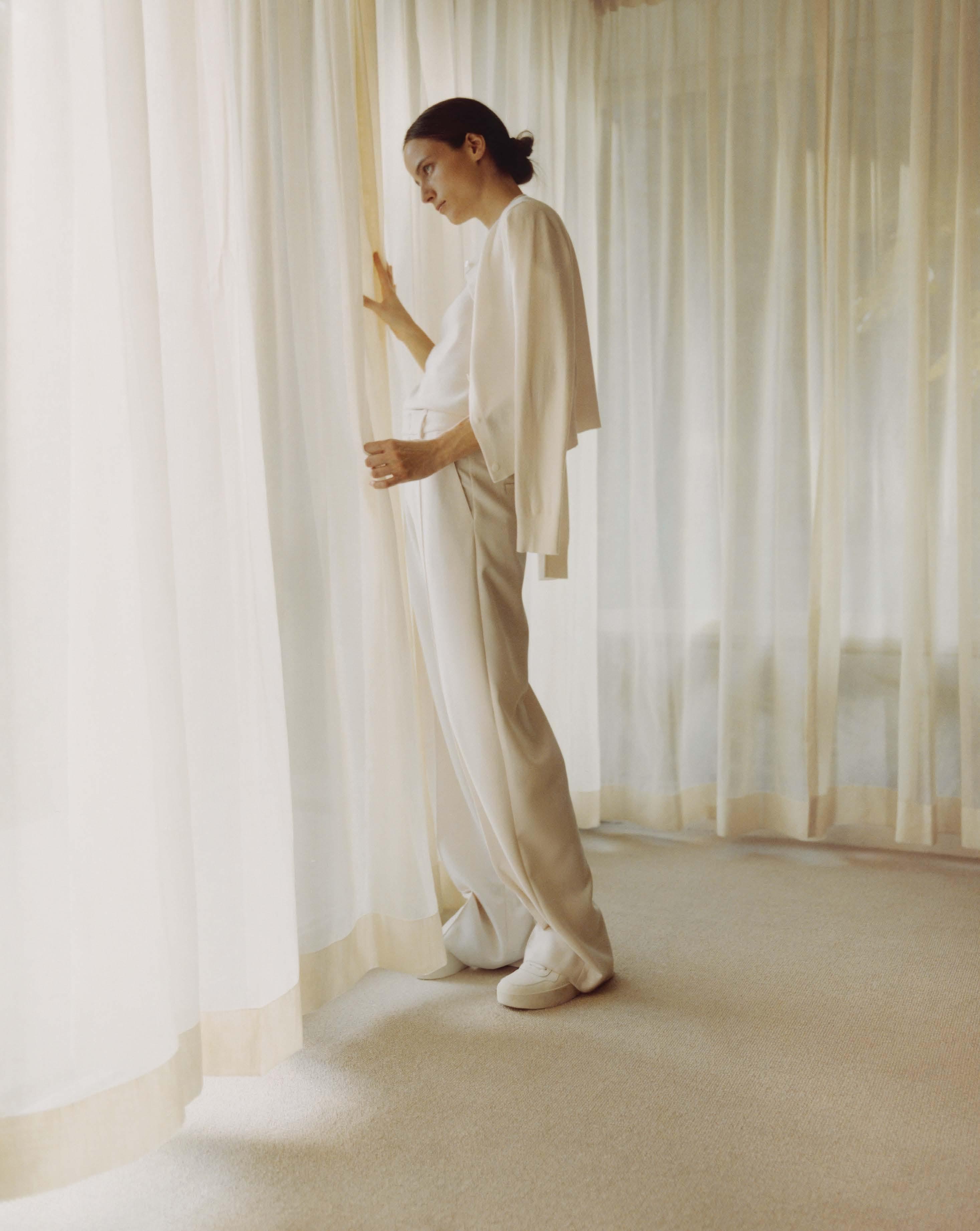
Belhumeur: I think a lot about the similarities between how people live in architecture and clothing. I’m always thinking about how people are living in their clothes. Like, Is this neck too tight? Can I tuck this in? Is it too chunky to layer something on top? You’re building something that’s going to be in someone’s life for ages, and they’re interacting with it every day. We both spend a lot of time thinking about how people are living in our creations.
Bestor: We have an office motto: “Everyone should experience strange beauty every day.” It’s a two-parter. The “every day” part comes from the French philosopher Maurice Merleau-Ponty, who wrote that everyday life is where we really exist. Mundane activities and spaces are a really big part of how we experience the world. The “strange beauty” part comes from the Russian formalist concept that art is about “making strange.” We try never to miss the opportunity to make a little tweak that transforms something you take for granted into a little moment of beauty.

Belhumeur: I was thinking about those kinds of moments when designing this collection. It’s so important to be curious, and like you say, to look at things in fresh ways. In many ways, getting dressed can feel like putting on a different version of yourself. Some days, I’ve got a really intense meeting, so I dress like a boss lady because I’ve got to own it. Other days I’m like, I feel sort of feminine today. I want to wear a pretty silk skirt. We all go through this, some people more than others.
Bestor: That resonates. Because of the nature of my work—I have maybe 15 projects going at a given time—I spend all day visiting different people for different reasons. Sometimes I’m the boss lady, sometimes I’m the supplicant, sometimes I’m giving lectures. There’s a bit of a persona that goes with that. They are all versions of myself, but they’re enhanced—or activated—by clothes and glasses and jewelry. Lately, I just started trying to date a little bit again. That’s a whole other persona I haven’t figured out yet.

Belhumeur: There are definitely some dormant personas of mine that I think about from time to time. In the early ’ 80s, I was a full-on punk girl. My friends and I would shave each other’s heads, and I had a mohawk—I spent a lot of time trying to get that thing to stay up. We didn’t have much money, so we would gather bits of fabric and kind of wrap them around ourselves with our boots and studded belts. Lots of cinching and cutting and wrapping.
Bestor: I never had a mohawk, but I did manage a ska band in the ’ 80s, which came with some complicated hair dye. The ’90s were more my era—I was very embedded in the streetwear world in LA then. I still have a lot of miniskirts and vintage T-shirts from that time—those are being constantly borrowed by my daughters.
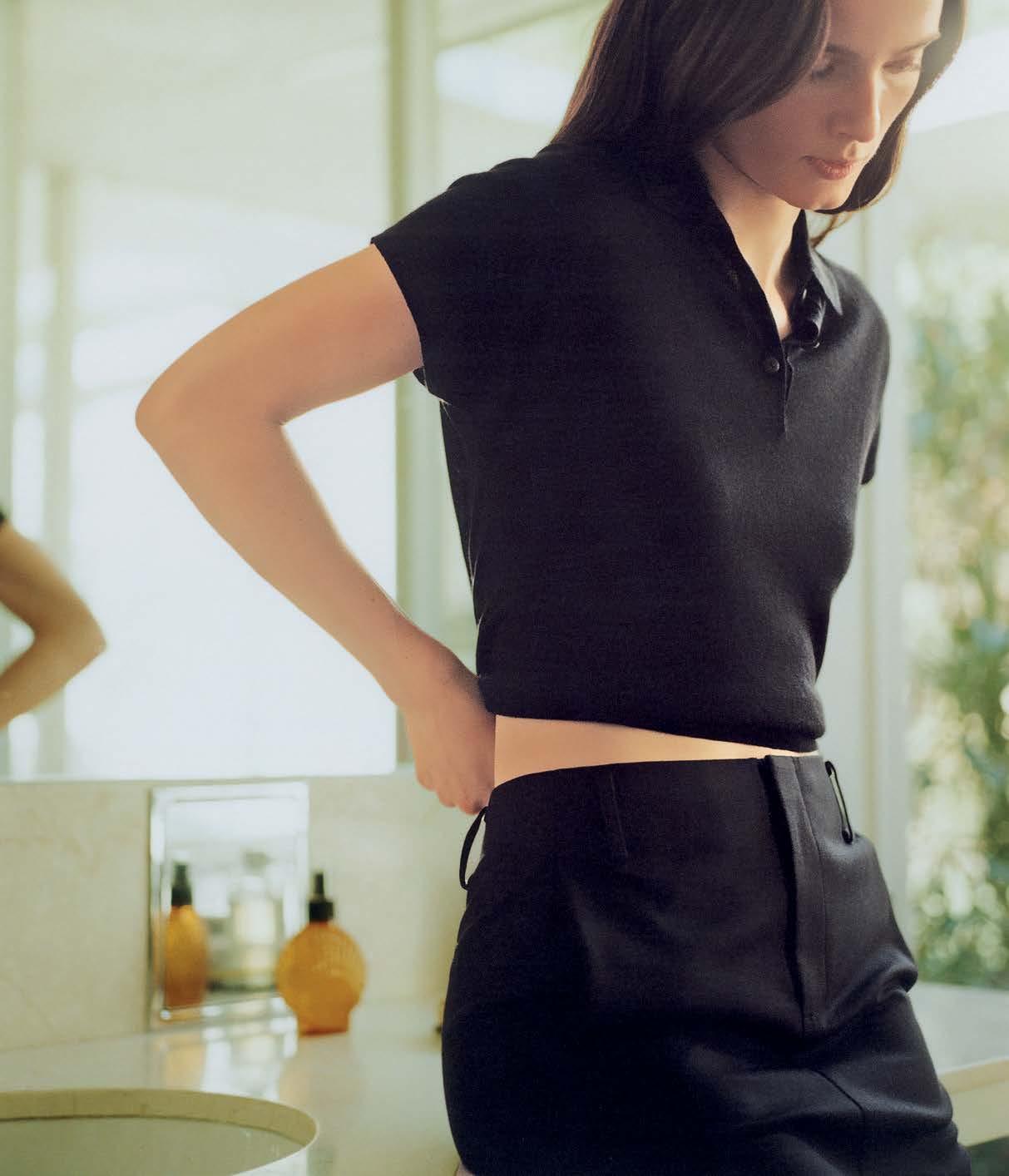

Belhumeur: I was going to say, I’m surprised you’ve managed to keep any of that.
Bestor: Well, I’ve hidden the best of it.
Belhumeur: I have an archive box. My daughters can play around in those pieces all they want, but at the end, it all goes back in the archive.
IN HIS DEBUT ESSAY COLLECTION, MEAN BOYS, THE WRITER EXPLORES THE LIMITS OF HIS OWN CAPACITY FOR REHABILITATION AND RECONCILIATION.
BY LIARA ROUXIn Mean Boys, Geoffrey Mak’s debut book, everyone is mean. Parents, club kids, art-world intellectuals, childhood friends, AA sponsors. Everyone, perhaps surprisingly, also gets their moment of redemption: Homophobic parents reckon with the pain they’ve caused, welcoming their prodigal son home. Bitchy gays reveal deeper layers of kindness and authenticity. Even Mak himself, after experiencing a moment of utter spiritual crisis during a downward spiral at Berghain, manages to claw his way out.
Unlike the clarity of redemption offered by contemporary American evangelicalism—“washed clean by the blood of the lamb, pure and spotless”—the narrative Mak spins is more insoluble. After spending days pacing his mother’s garden in the middle of the pandemic lockdown and coming up empty-handed, he learns to sit with the mystery. He doesn’t become a better person, but he comes to understand himself a bit better. To mark the book’s release, I spoke with the writer about his evolving relationship to faith and the importance of empathizing with ideological enemies.
LIARA ROUX: I WAS RAISED IN A HOMOPHOBIC EVANGELICAL FAMILY AND HAVE A HARD TIME WALKING INTO A CHURCH. YOUR PASSAGE ON JOB AS A MASOCHIST WAS REVELATORY TO ME. DESCRIBE YOUR RELATIONSHIP TO CHRISTIANITY.
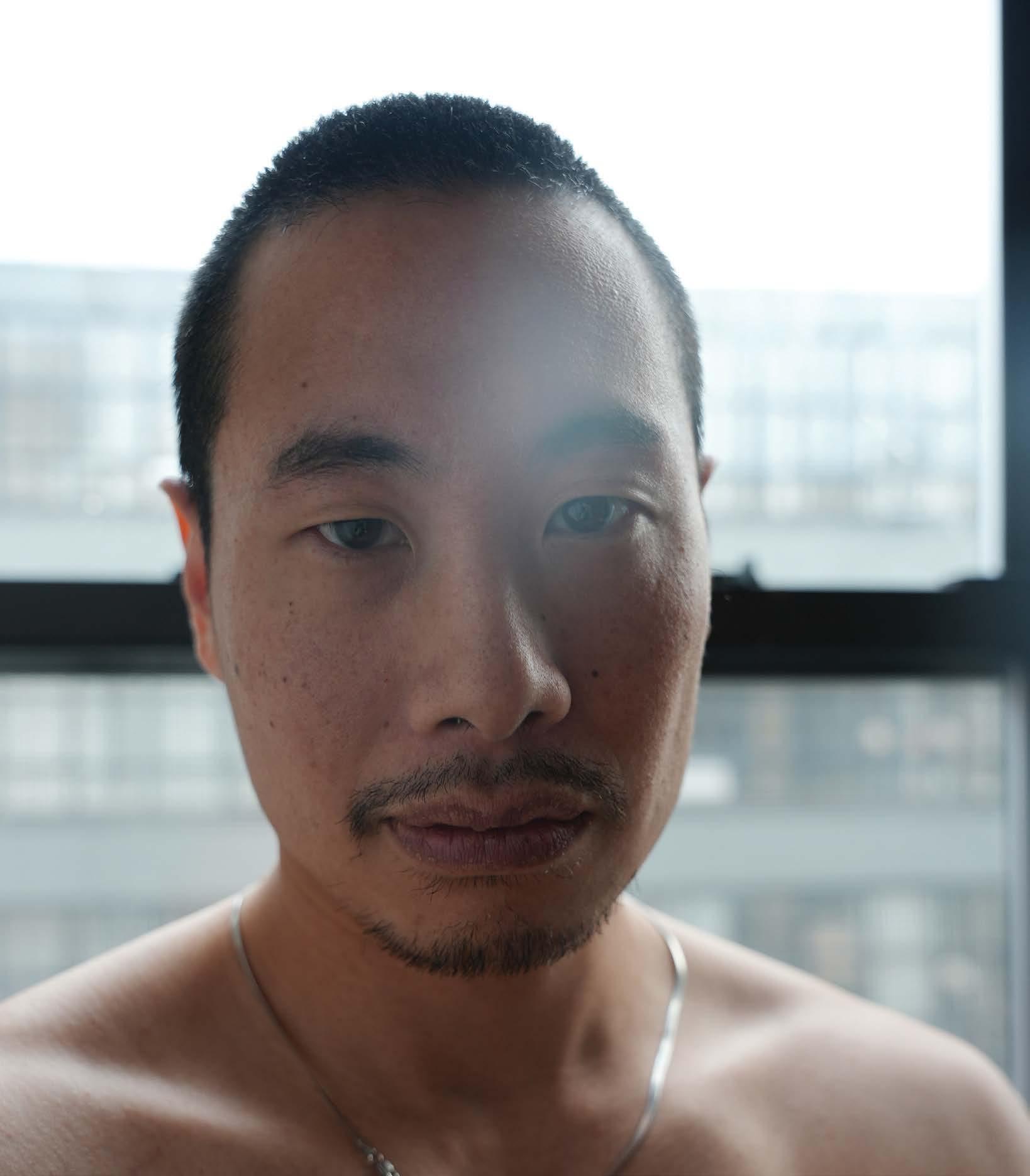
GEOFFREY MAK: I am drawn to mysticism and the apophatic strain of Christianity. I took the evangelical notion of a “personal relationship with God” to an almost comic extreme. The transgressive, queer theologian Marcella Althaus-Reid writes [in Indecent Theology], “Our praxis should be one which prioritized beggars as theological partners for the ongoing orthopraxis of our church.” She comes from decades of Latin American liberation theology, which is oriented toward justice for the marginalized. Even Jesus was a transient.
My friend Linn Tonstad wrote a major book that uses the topology of lesbian
clitoral sex as a way of understanding the abundant joy of the Holy Trinity. There’s exciting stuff out there, though it’s almost impossible to discover it outside of divinity schools like Yale or Harvard. If this whole writing thing doesn’t pan out, I might go to divinity school. I’ll never step into a church, though. Still can’t do it. What’s your relationship to Christianity today?
I LOVE THE IDEA OF A QUEER HIPPIE JESUS. THE ONLY CHURCHES I CAN BEAR ARE HISTORICAL CATHEDRALS; I APPRECIATE THE ARCHITECTURE, BUT THEY FEEL DEMONIC. The Vatican will always feel kind of evil to me.
“A friend gave me The Complete Fear of Kathy Acker recently, and it’s as amazing as everyone says it is. It’s similar to this Hillary Clinton erotic fan-fiction I’ve been working on.”
—Liara Roux
IN THE BOOK, YOU ENGAGE WITH OSTENSIBLY EVIL “EDGELORD” ALT-RIGHT TEXTS IN A VERY HUMANIZING WAY WITHOUT VALIDATING THE MORE TOXIC ELEMENTS THEY ESPOUSE. HOW DO YOU STRIKE THIS BALANCE BETWEEN EMPATHY AND BEING OVERLY CREDULOUS? Empathy is a dicey practice. Like the French aphorism “to understand all is to forgive all,” it is assumed that its natural outcome is forgiveness. Forgiveness is difficult—one must maintain love and judgment without one diminishing the other, holding two opposing ideas at once. I wrote about empathizing with Elliot Rodger [who killed six people in Isla Vista, California, in 2014], though I never felt credulous about his ideas. The judgment was always firm. In fact, his evil was so unambiguous that it was too easy to hate him. Instead of being in denial of the things I had in common with him, I had to empathize so that I could abandon them for good. And I have.
WHENEVER A TEXT ANGERS ME, I TRY TO SIT WITH IT. OFTEN IT’S PROVOKING A REFLECTION THAT’S VERY PRODUCTIVE. This Jungian notion of symmetrical twinning appears often in the Bible. “Forgive us our debts as we forgive our debtors.” Or, “Why do
you look at the speck of sawdust in your brother’s eye and pay no attention to the plank in your own eye?” Or simply, “Love your neighbor as yourself.” I think that to love someone who is the epitome of revulsion or abjection is to love yourself in a profoundly expansive way.
IN THE BOOK, YOU DESCRIBE A SCHIZOPHRENIC EPISODE IN BERLIN, AND THE SOCIAL FALLOUT YOU EXPERIENCED AFTER. DID YOU FEEL “CANCELED”? WHAT RESPONSES FROM COMMUNITY MEMBERS WERE MOST HELPFUL FOR YOU? WHAT STILL STINGS? A lot of people stopped fucking with me. I was a drug addict, and I have a lot of understanding for people who needed to cut me out of their lives, but I still felt abandoned. People felt okay abandoning me because they blamed me for my problems—a convenient narrative. Nobody bothered to visit me in the loony bin, except my friend Amanda [DeMarco], who I dedicated the book to. I’m more angry at the people who tried to help and abandoned me halfway than the people who didn’t help at all.
HOW DID YOU FEEL ABOUT THE RUMORS THAT BERGHAIN WAS CLOSING? DO YOU FEEL LIKE BERGHAIN IS OVER? I was relieved when I heard the (fake) news. Partly it’s because I live in New York now, and I don’t want other people having fun without me. When I was there last summer, it seemed to be in transition. When I was leaving the club for the airport at 6 in the morning, I told myself that I needed to move on; this chapter in my life had closed. I swore that I wouldn’t go back again unless a friend was DJing and invited me or something. But let’s be real, I’ll probably be back this summer. Help!
WHICH WRITERS ARE YOU THE MOST INSPIRED BY THESE DAYS?
I’ll always have my trifecta of old white women: Alice Munro, Marilynne Robinson, and Joan Didion. Hilton Als showed me my voice. James Baldwin gave me my conviction. Grand Tour by Elisa Gonzalez and Dereliction by Gabrielle Octavia Rucker are two of the best poetry collections I have ever read. I am always thinking about them. What about you?
A FRIEND GAVE ME THE COMPLETE FEAR OF KATHY ACKER RECENTLY, AND IT’S AS AMAZING AS EVERYONE SAYS IT IS. IT’S SIMILAR TO THIS HILLARY CLINTON EROTIC FAN-FICTION I’VE BEEN WORKING ON. WHICH ESSAY IN MEAN BOYS WAS THE MOST FUN TO WRITE? I think “In Arcadia Ego.” I wrote most of that in one sitting—never really revised it—because it was supposed to be a Facebook post. Never in my most delusional fantasies did I think my Facebook post would one day end up in a book.
WHAT’S IT LIKE TO BE PART OF A LITERARY POWER COUPLE? YOU AND DREW ZEIBA ARE TOO CUTE! I let myself be that dumb bitch who looks at pictures of my boyfriend on Instagram throughout the day to feel giddy. There’s one of him wearing a robin’s-egg blue Margiela vest that I picked out for him when we were vacationing in Berlin. He has a soft look, weary and inquisitive. You know him—he’s not a particularly soft person. After his grandmother died, he referred to his own grief as “corny.” He sneers more than he smiles, but when he smiles, he has this look of complete trust and gratitude that turns me to jelly. He challenges me intellectually. We read Homer together, and we get into heated arguments about the definitions of words. He surprises me with gifts, books by writers I’ve never heard of, and revolutionized my approach to writing. He has taught me things. I feel like Beyoncé right before she released Lemonade
“If this whole writing thing doesn’t pan out, I might go to divinity school. I’ll never step into a church, though. Still can’t do it.”
—Geoffrey Mak
From the cantilevered kitchen to the two-floored family room,
the interior designer’s Cobble Hill abode is a leafy reprieve in the middle of the city.
By LEE CARTER Photography by WILLIAM JESS LAIRD
 Table by Jens Risom, chairs Superleggera by Gio Ponti, pendant light Modo by Jason Miller, bronze vessel Earth Delight by Chris Wolston, tissue box by Wyatt and Miller Rofey.
Table by Jens Risom, chairs Superleggera by Gio Ponti, pendant light Modo by Jason Miller, bronze vessel Earth Delight by Chris Wolston, tissue box by Wyatt and Miller Rofey.
If
we are defined by the company we keep, then Olivia Song is in great shape. The interior designer’s Brooklyn townhouse is composed almost entirely of, as she puts it, “things that come from friends.” There’s a Bec Brittain chandelier, a shape-shifting mirror by Ian Stell, an owl sculpture by ceramicist MyungJin Kim, and a Piet Hein Eek coffee table, its signature knife-edges dulled to rounded corners. “We can have bruising in the house,” she explains, “but no bleeding.”
Given this colorful domestic backdrop, it’s no surprise that Song was unperturbed when she came home one afternoon to find that her young son, a budding musician, had set up a drum set in the middle of the living room. “I wasn’t really against it,” she says, her hands miming the enormity of the apparatus. “It’s kind of an obnoxious roommate thing to do, but I love my children more than anything, so we lived with it there for at least a year.” Preempting the obvious next question, Song, a classically trained pianist herself, adds, “We’re pretty considerate of the neighbors—no drumming past 9:30 p.m.” One of said neighbors is also an avid pianist: “I hear him practice at 7 in the morning, and I love it. It’s very bohemian Brooklyn.”
Song and her financier husband, Scott Rofey, purchased their Brooklyn sanctuary in 2014 and promptly set about gut-renovating the property. “What drew me to townhouse living versus apartment living is that everyone could spread out,” says Song. “We could all have our own haven.” She worked with the architecture firm Leroy Street Studio, which she praises for its “cerebral and intelligent way of thinking about space”— one that dovetailed with her own modernist tastes.
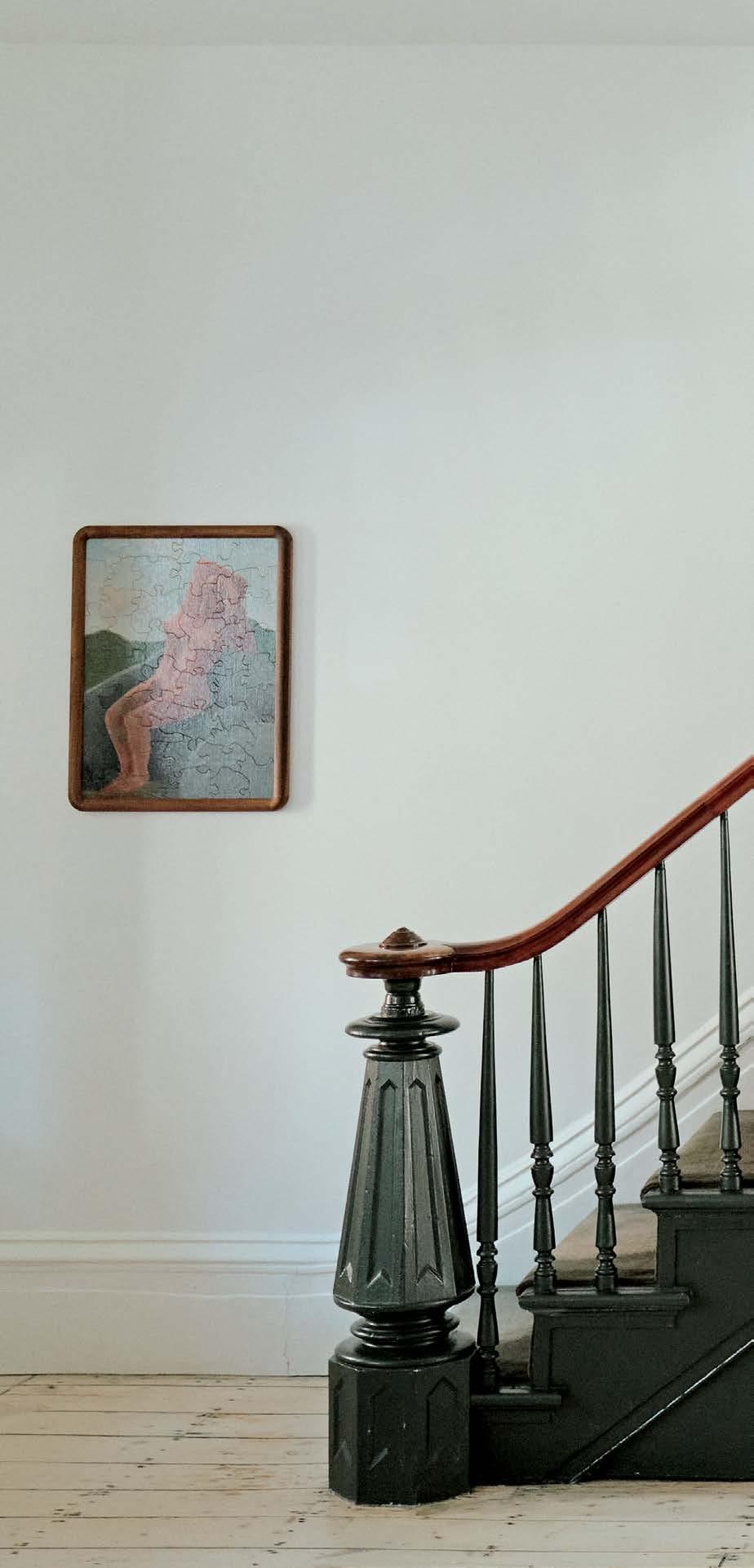
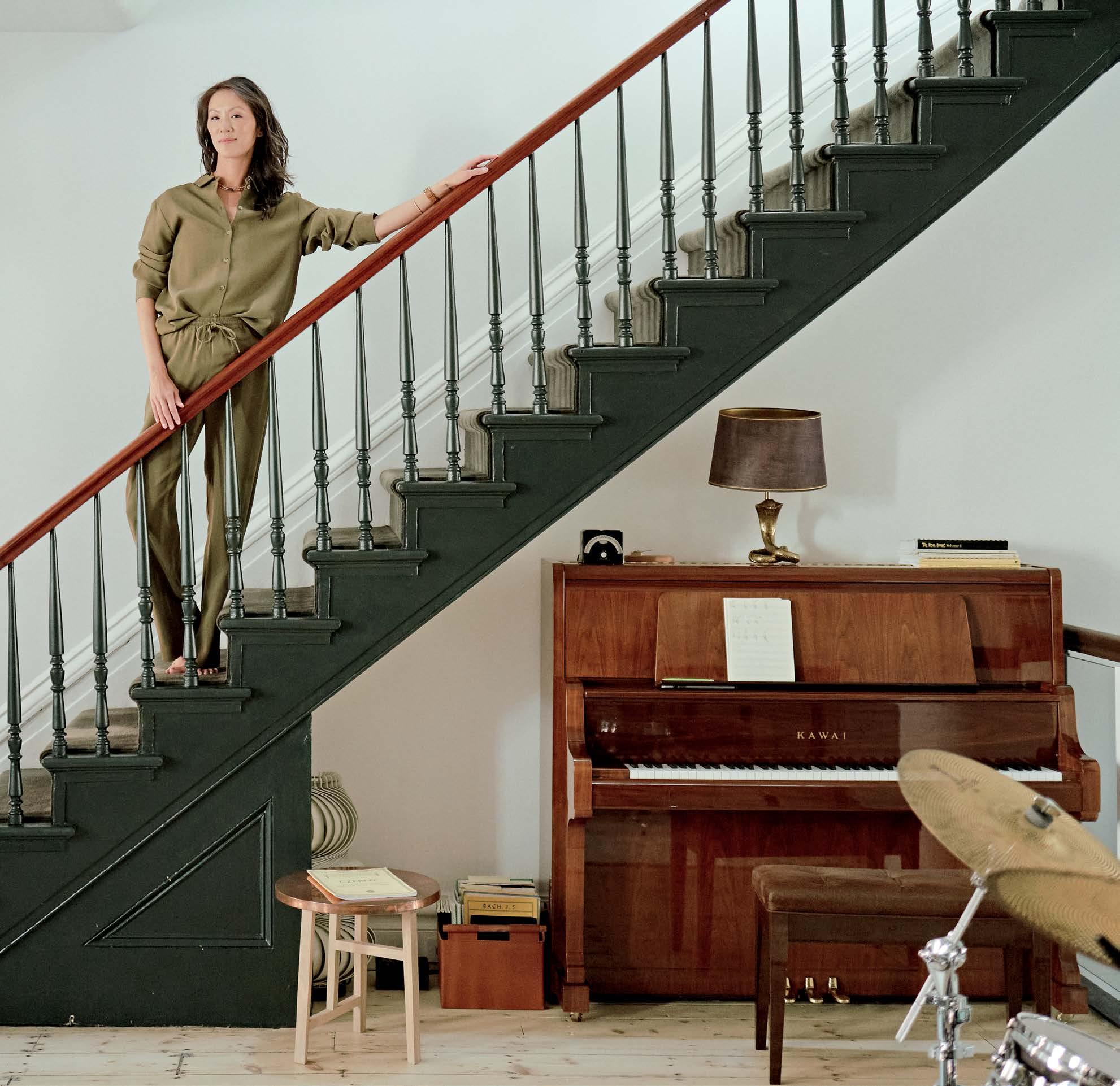
“WE CAN HAVE BRUISING IN THE HOUSE, BUT NO BLEEDING.”
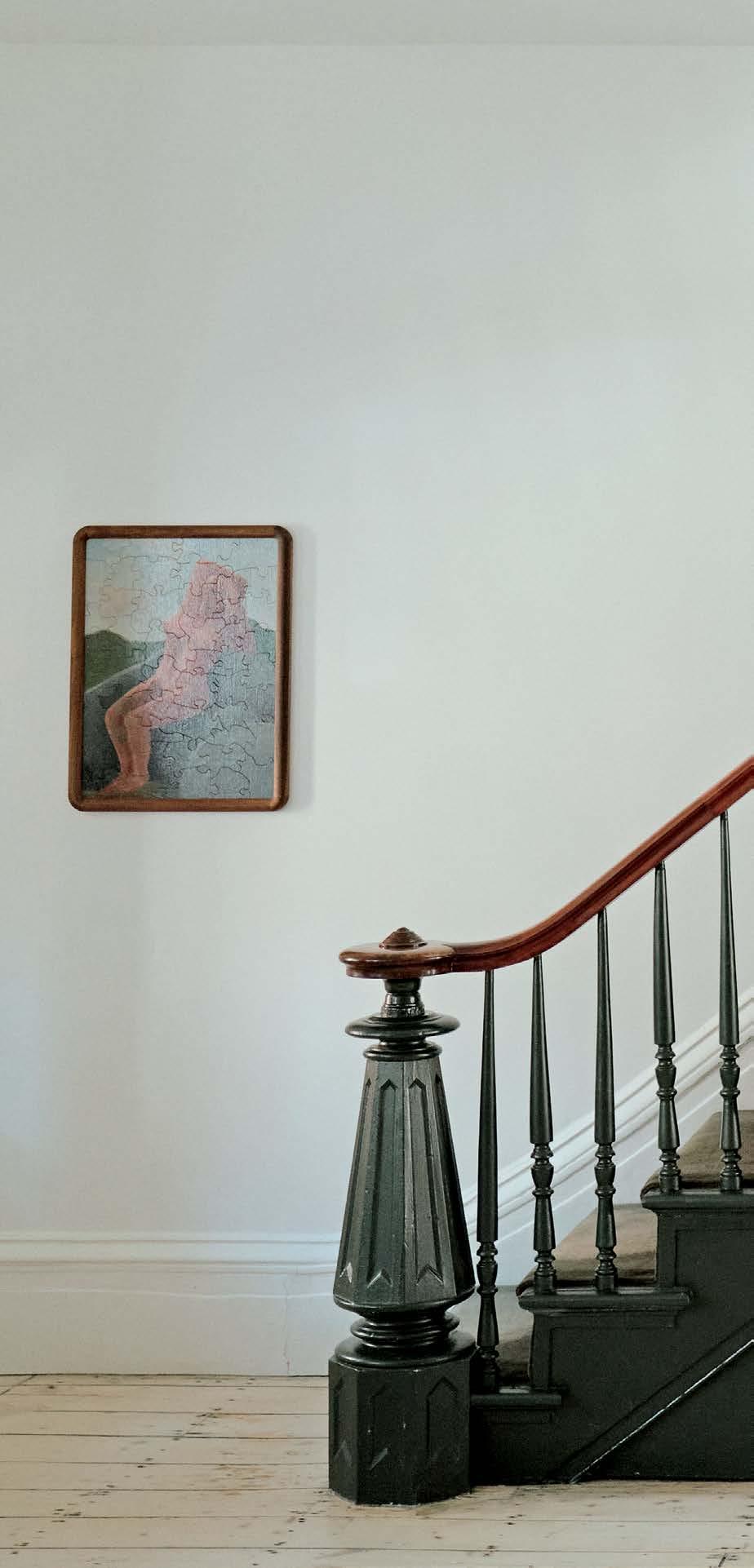



Song’s vision of openness is striking throughout. Take, for example, the cantilevered kitchen, which juts out into the backyard and into the foliage of a cluster of old plane trees, likely planted when the original home was built in 1840. Or the central family room, a soaring space spanning two floors. “The way we laid it out, you can feel the full width and length of the townhouse,” she observes. “That is really special.”
The footbridge that traverses the upper floor required especially careful planning, given Rofey’s fear of heights. For Song, the process of designing it called to mind the experience of famed Yale architecture chair Paul Rudolph, whose iconic 1980s penthouse (complete with transparent floors) triggered extreme vertigo in its visitors. “One of Paul’s guests said in an interview that
he didn’t know one moment of relaxation,” Song says with a laugh. Ultimately, she opted for solid plaster railings over glass.
Song brings a similar dynamism to all the projects in her design practice, ranging from unique residential interiors to C-suite headquarters. When we meet, she’s still basking in the thrill of having landed her “dream job”—working with equestrians Brianne Goutal-Marteau and Romain Marteau to redesign their horse-training facilities. “They’re industry visionaries,” gushes the designer, whose son is a competitive show jumper. “Brianne is a World Cup rider and Romain is a former rider and a real estate developer. The two of them have assembled an incredible portfolio of properties.” That portfolio includes a historic stable in New Jersey which they recently rescued
from demolition, and their flagship in Wellington, Florida, widely considered the riding capital of the world. Song is tasked with bringing a contemporary design sensibility to the project, while also tapping into her extensive experience in operational design. “For the Wellington farm, we are working to reduce the number of steps that the grooms have to take in routine tasks. That kind of time-saving is highly prized,” she says.
Since moving to Brooklyn, Song has also lent her talents to the Brooklyn Museum—first on its board of advisors and currently as co-chair of the Contemporary Arts Acquisitions Committee, which focuses on emerging artists. She was instrumental in the institution’s support of rising star Oscar yi Hou. “My husband and I acquired a work from his first solo show at James Fuentes gallery and donated it to the museum. He does these really interesting explorative portraits of himself and his friends,” she says. A solo show at the museum soon followed, from which the committee acquired another work. “We’re delivering on the museum’s mission to represent the diversity of ideas, culture, and people in Brooklyn. It’s very much based in social advocacy and the local community. I’m a big champion of paying it forward.”
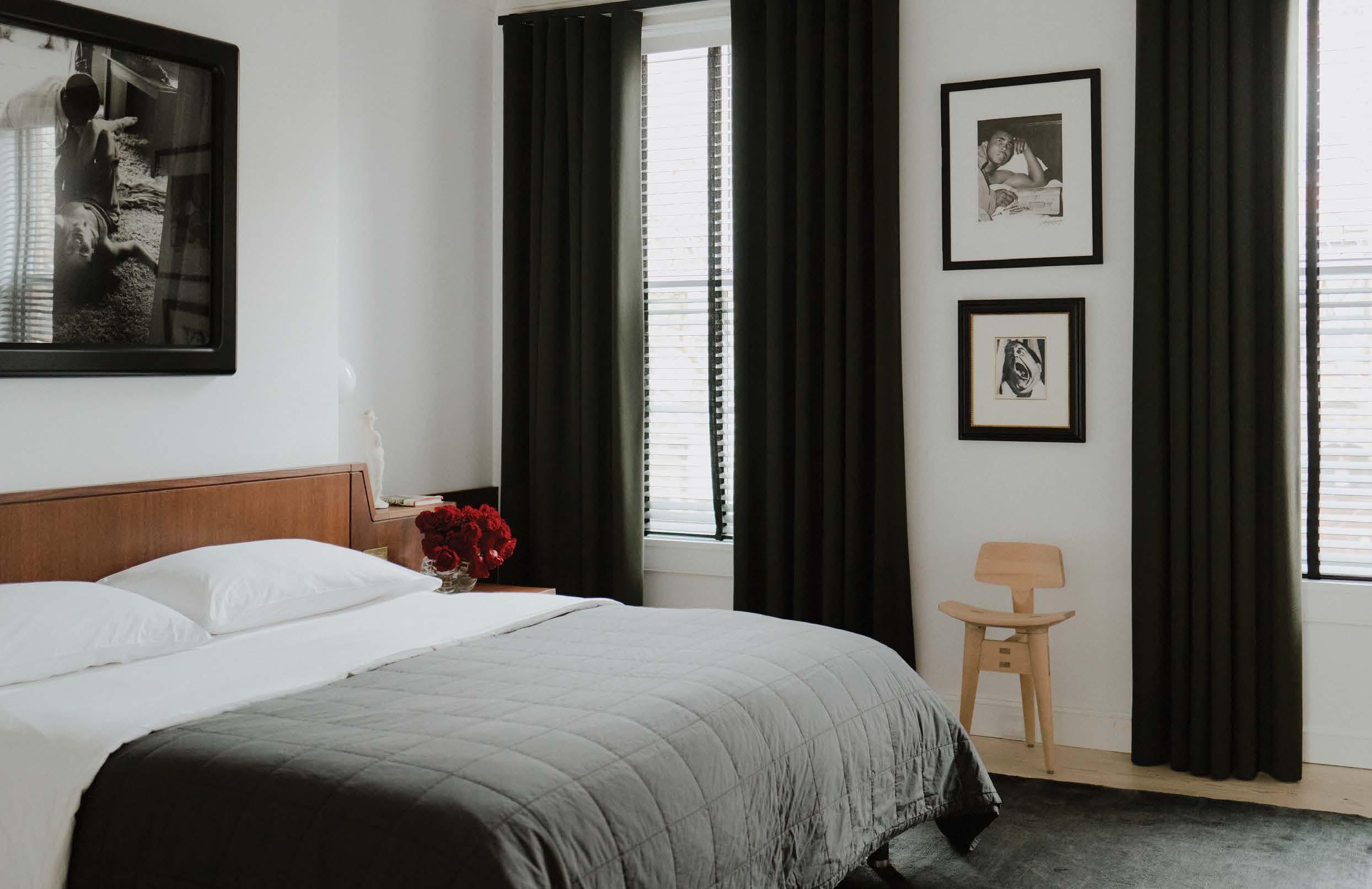
Maria Grazia Chiuri, Dior’s creative director of women’s haute couture, ready-to-wear, and accessories collections, is a dedicated student of her predecessor’s history. When she first picked up Christian Dior’s 1957 autobiography, ‘Dior by Dior,’ she was transfixed by one chapter in particular. During a visit to New York, the maison’s founder chronicled his impressions of the metropolis—its raw energy and the boyish flair of its fashion compared to the trim elegance of Parisian style. The link between the two cities proved to be as creatively generative for Chiuri as it was for her sartorial forebear. Harnessing the bold, contrarian spirit of Marlene Dietrich—a longtime friend and patron of Dior’s—as a muse, Chiuri crafted a Fall 2024 collection that is both coy and commanding, inspired by the house’s history of classic tailoring and dramatic silhouettes. Like Dietrich, the garments reverberate with a timeless sense of freedom and play. Styling by CAROLINA
Photography By OLIVIA MALONE ORRICO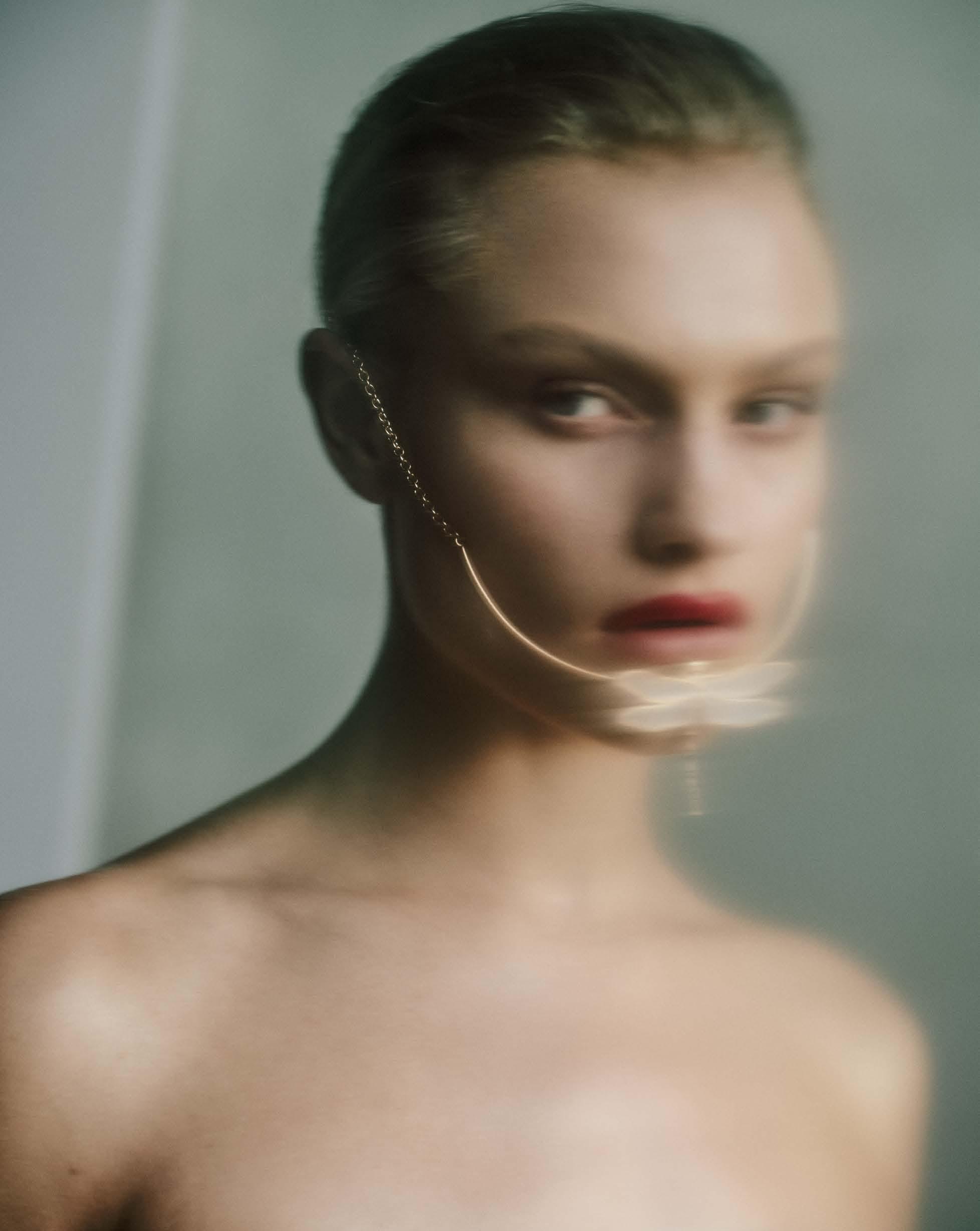
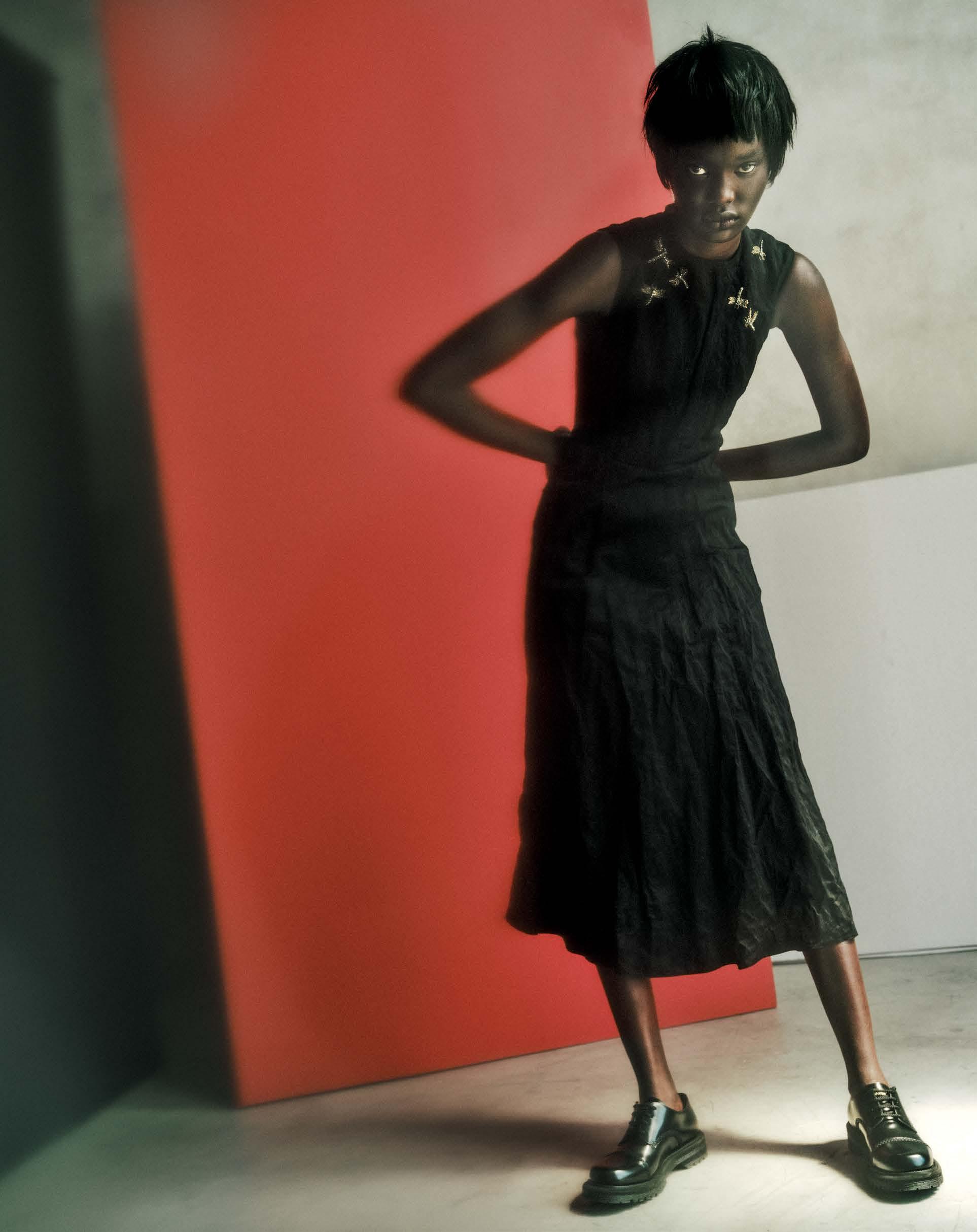

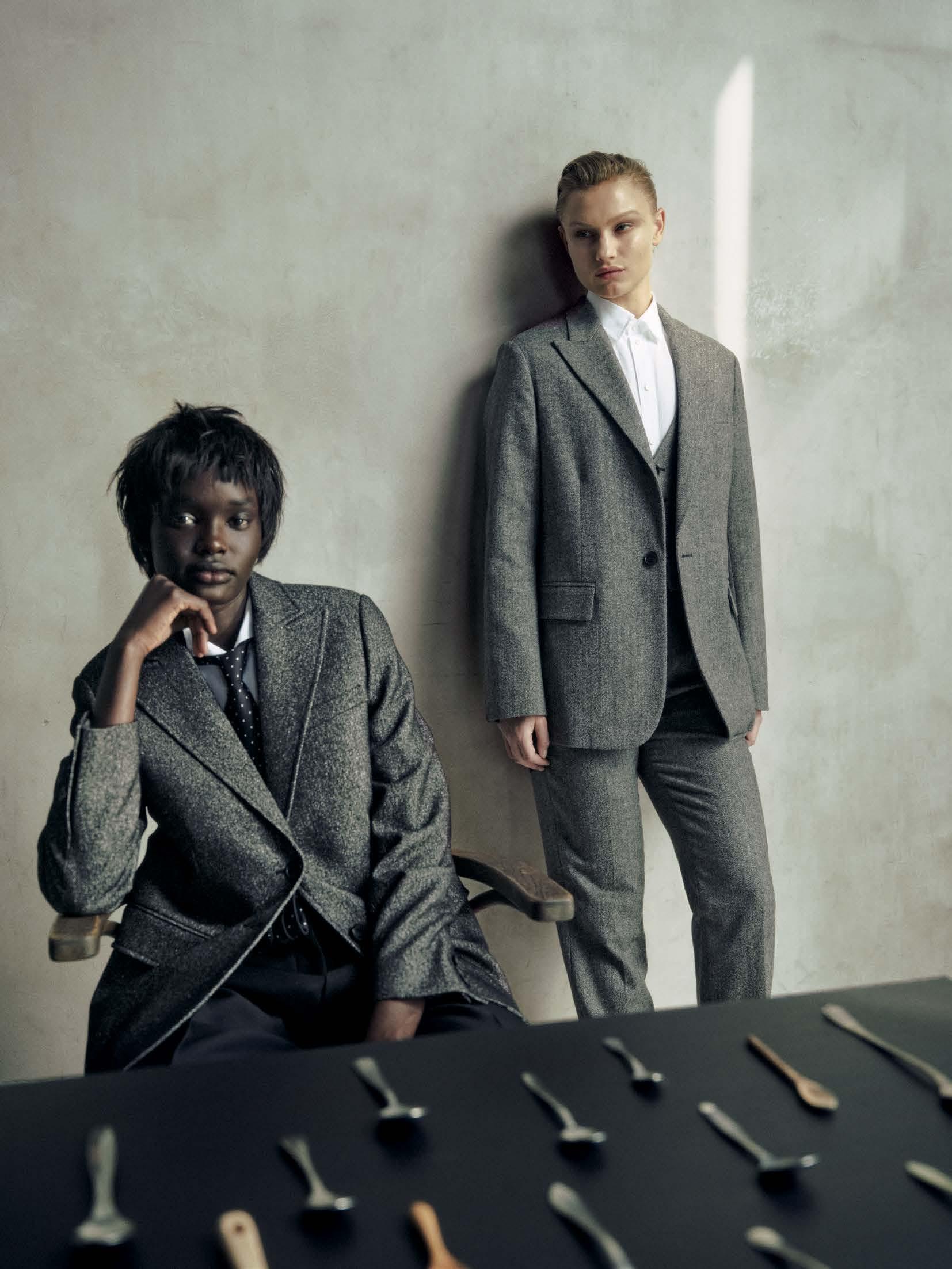 Left: Model wears jacket, blouse, pants, and tie by Dior.
Left: Model wears jacket, blouse, pants, and tie by Dior.


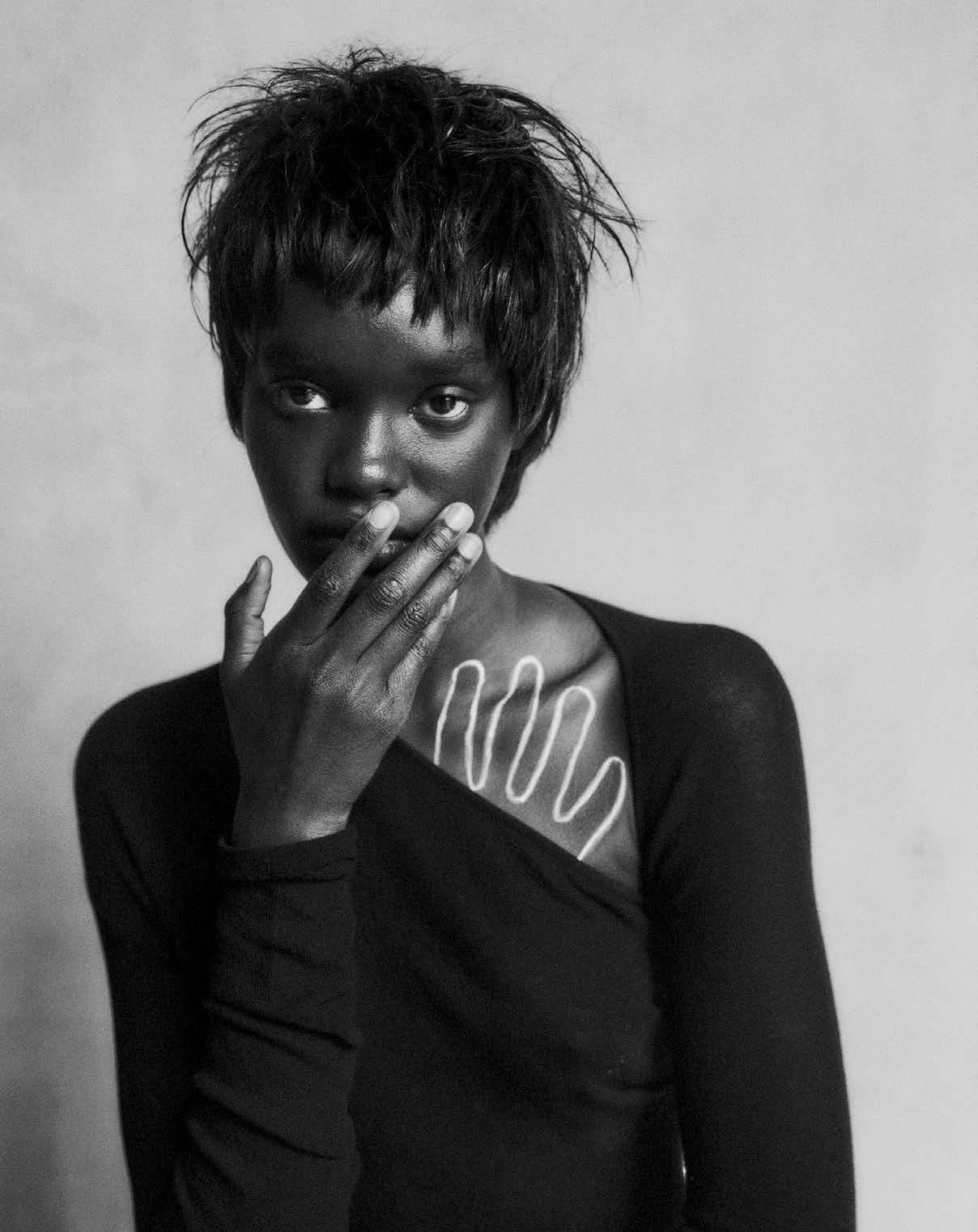

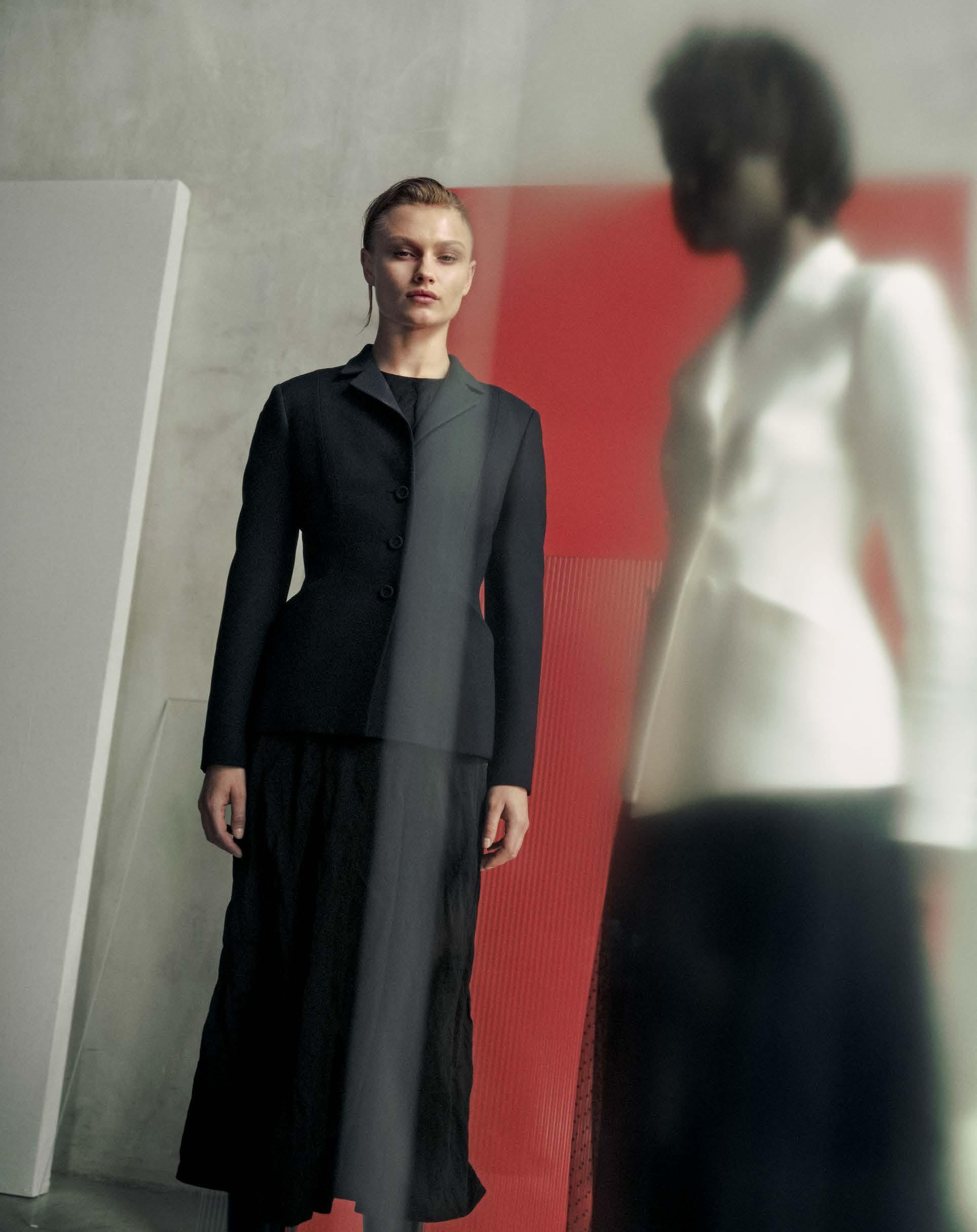



Makeup by NATASHA SEVERINO FOR FOWARD ARTISTS using DIOR
Hair by MARANDA WIDLUND FOR HOME AGENCY
Set Design by ROMAIN GOUDINOUX
Lighting Direction by BONO MELENDREZ
Casting by ALTER CASTING
Digital Tech by ALEX NOLAN
Model wears blouse, pants, and tie by Dior.
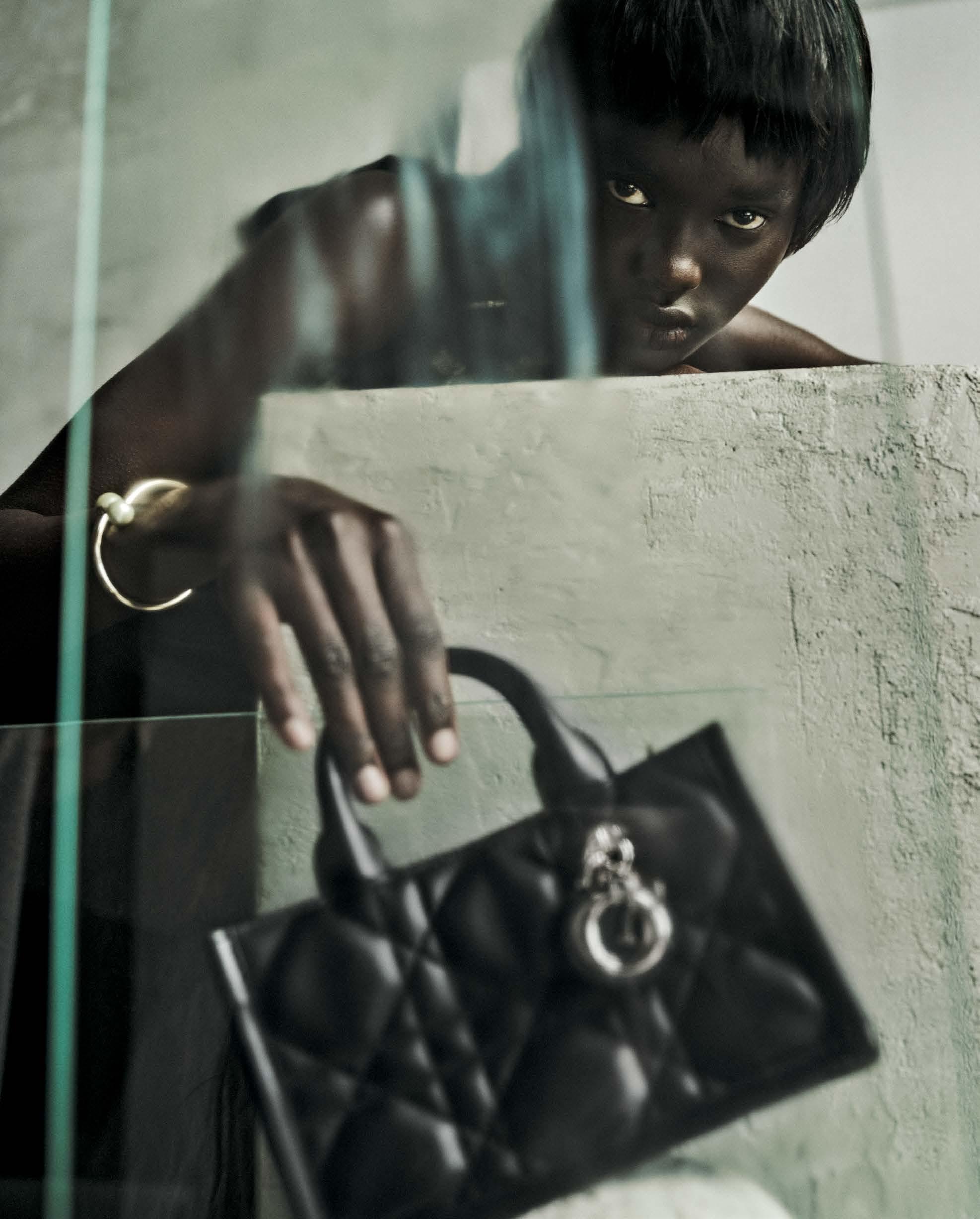






WHAT SINGLE TRAIT UNITES THE NAMES ON THE INAUGURAL CULT 100 LIST? CURIOSITY. THESE 100 LUMINARIES SHAPING CULTURE SPAN THE FIELDS OF ART, FILM, LITERATURE, FOOD, FASHION, AND MORE. THERE’S A BMX ATHLETE, A BAKER, AND A SAXOPHONIST.
100
WHATEVER THEIR DISCIPLINE, THEY SHARE A COMMITMENT TO LISTENING AS MUCH AS THEY SPEAK, CULTIVATING THEIR INTERESTS OBSESSIVELY, AND EXUDING AUTHENTICITY, EVEN WHEN IT’S MESSY OR INCONVENIENT. THE INDIVIDUALS ASSEMBLED HERE REPRESENT A POWERFUL REJOINDER TO A CULTURE SHAPED BY ALGORITHMS. THEY ADVOCATE FOR A SLOWER, WEIRDER, MORE GENEROUS AND INTIMATE WORLD. AND IN THE PROCESS, THEY ARE MAKING IT A MUCH MORE INTERESTING PLACE TO BE.
Her lifestyle is aspirational. Her methods are unconventional. What is it that makes the star so endlessly captivating?
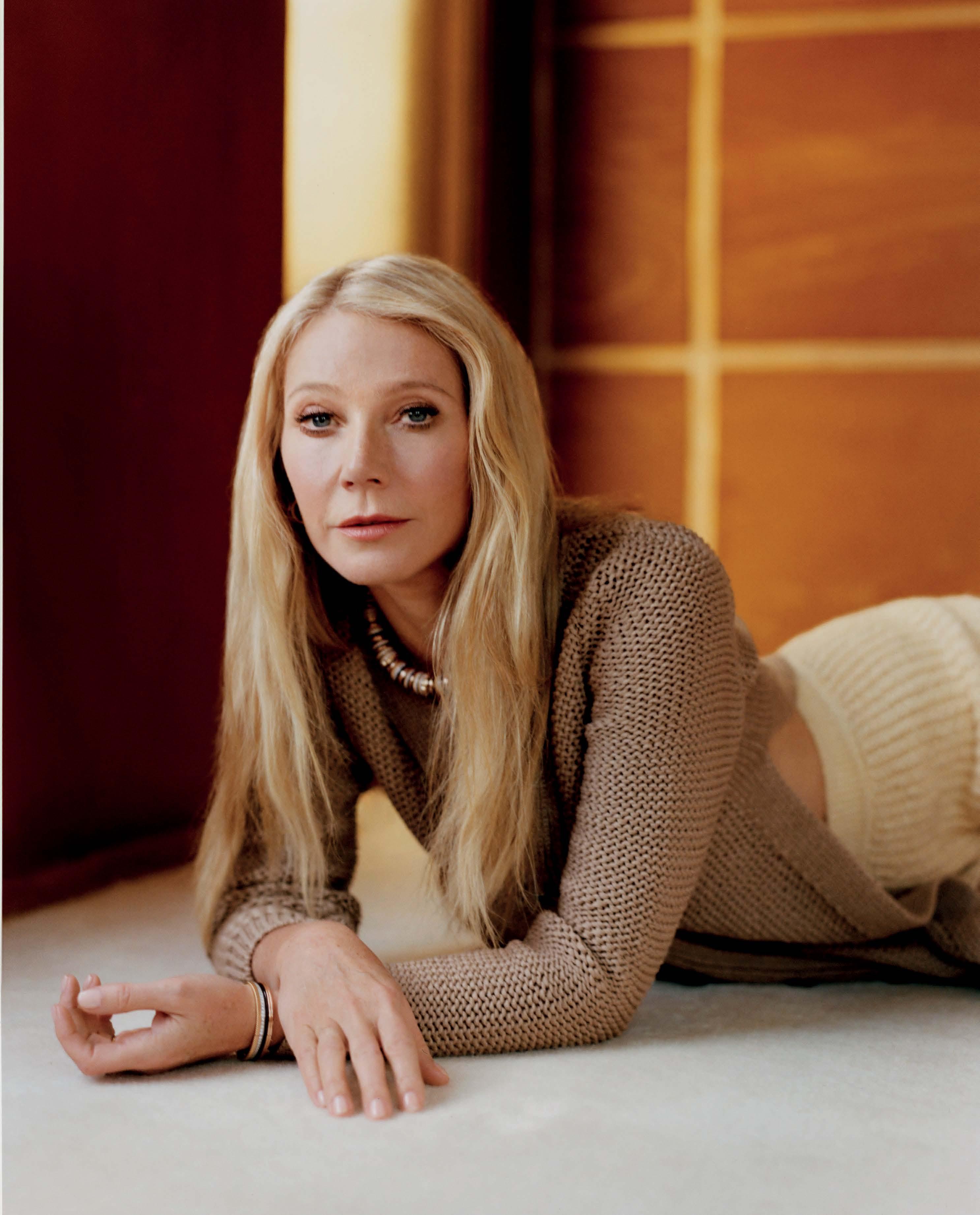 Photography by Jorge Perez Ortiz
Styling by Yashua
Photography by Jorge Perez Ortiz
Styling by Yashua

ON THE NIGHT OF THE OSCARS, Gwyneth Paltrow was busy getting her roots touched up, so she tuned in to the ceremony on her laptop. When her friend and former Iron Man co-star, Robert Downey Jr., won his first Academy Award, she posted a celebratory video to her Instagram Stories, showing her followers the livestream on her computer and then flipping her iPhone camera around to reveal her signature blonde hair covered in tinfoil as she squealed with glee.
Naturally, the Internet was interested in nothing but the rare, split-second glimpse of Paltrow’s screen. Sure enough, all of her Safari bookmarks were visible. They included New York Times Cooking, Pinterest, LinkedIn, and, of course, Goop. But also: Expensify, Looker Studio, which is a Google data visualization tool, and RTR Diligent, a software that governing boards use to communicate. “LinkedIn and Expensify sending me,” tweeted writer Peyton Dix, shortly after Paltrow posted.
If anything, Paltrow’s desktop is proof that she’s involved in her company in all the boring ways any other CEO has to be—not just the pretty face of it. If you’ve recently applied for a job at Goop, she might even be looking at your LinkedIn profile right now. “I mean, I have a company of 200-plus people,” she says with the verbal equivalent of a shrug. “We are always hiring, so I’m on LinkedIn quite a bit.” She’s also on Slack, although only until 5:30 or 6 p.m.—a boundary she set during the pandemic.
More revealing than Paltrow’s bookmarks was the public’s desire to meticulously unpack every single one of them, as though they might uncover some new nugget of information about her that they could criticize, copy, or both. “That’s hilarious,” she says when I tell her of the reaction online, although she isn’t laughing.
The idea of Paltrow having to engage with such plebeian tasks as logging receipts and “circling back” on Microsoft Outlook is funny because it’s so out of character. She’s never pretended to be like us, which is part of her appeal. (“I can’t pretend to be somebody who makes $25,000 a year,” is an oft-quoted remark of hers.) Her email sign-off might as well read, “sent from my $62,760 indoor hammock.” It is precisely because of her obvious privilege that she’s got us hanging on her every word, desperate to believe that if we do and click as she does—if we pin the same photos, save the same Times recipes, and maybe even stick a jade egg up our vaginas while we’re at it—we can be a little bit like her. And it’s her down-to-earth aura that tricks us into thinking we might. When we spoke, Paltrow’s voice oozed from my iPhone speaker like honey made from bees in a celebrity’s Montecito
backyard. I’d pay anything to sound like that, and never wanted to hang up. If there were a Goddess of Aspiration, Paltrow would be it.
In 2008, when Goop was founded, the public was particularly starved for direction. In the face of economic collapse and general doom and gloom, Prophet Paltrow emerged as a figure you could trust to tell you how to make yourself feel better. Sixteen years later, the vibes are still very much bad—perhaps worse than they were before—and we clearly still crave her self-assured guidance and blissed-out lifestyle, which only seems to become more blissed-out with each passing day. Paltrow’s methods may be unconventional and Goop’s science up for debate, but the woo-woo of it all is half the fun. While countless other celebrity lifestyle brands have petered out, Goop has remained relevant by tirelessly touting the newest, craziestsounding thing, with its fearless leader the first to volunteer herself as tribute.
It’s easy to forget that Goop, which is now a multimillion-dollar behemoth with multiple offshoots, started as a humble newsletter—one sent straight from Paltrow’s laptop to subscribers’ inboxes with recipes for turkey ragu and banana nut muffins. Today, with a “media apocalypse” looming, everyone and their mother is doling out recommendations for a fee on Substack, myself included. Add this to the long list of cultural movements, in addition to wellness, that Paltrow was at the forefront of—she basically invented “conscious uncoupling” and “quiet luxury” before we had terms for them, and she was one of the first celebrities to bestow larger-than-life names on her children. On a more serious note, she was also one of the first women to go on the record about having been harassed by Harvey Weinstein. And, for better or worse, she’s figured out how to use online skepticism and hate to her advantage.
Arguably one of Paltrow’s greatest feats has been convincing the public to pay for access to things that were once considered free: recommendations, orgasms, and now, peace of mind. Having begun meditating in the ‘90s, she got back into the practice during the pandemic. In March, she announced that she had become co-owner of Moments of Space, an A.I.-powered meditation app that guides users through short, eyes-open meditation sessions that can be enjoyed from anywhere.
For Paltrow, even a rapidly evolving technology that many see as an existential threat to humanity can be harnessed for self-actualization. She doesn’t fear it. “People are so scared of A.I.—what’s going to happen to how scripts are written, or how music is written,”
When we spoke, Paltrow’s voice oozed from my iPhone speaker like honey made from bees in a celebrity’s Montecito backyard. I’d pay anything to sound like that, and never wanted to hang up.
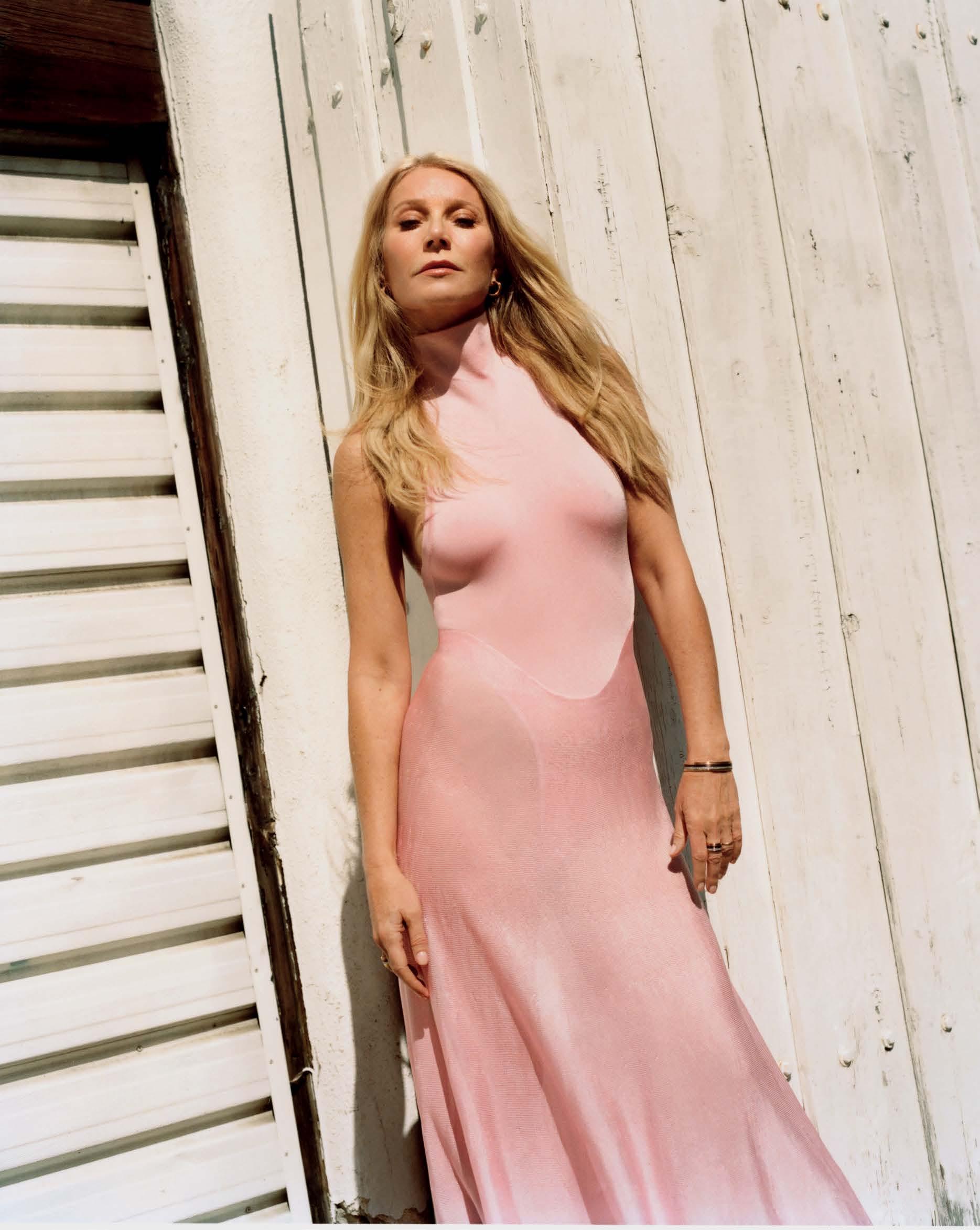
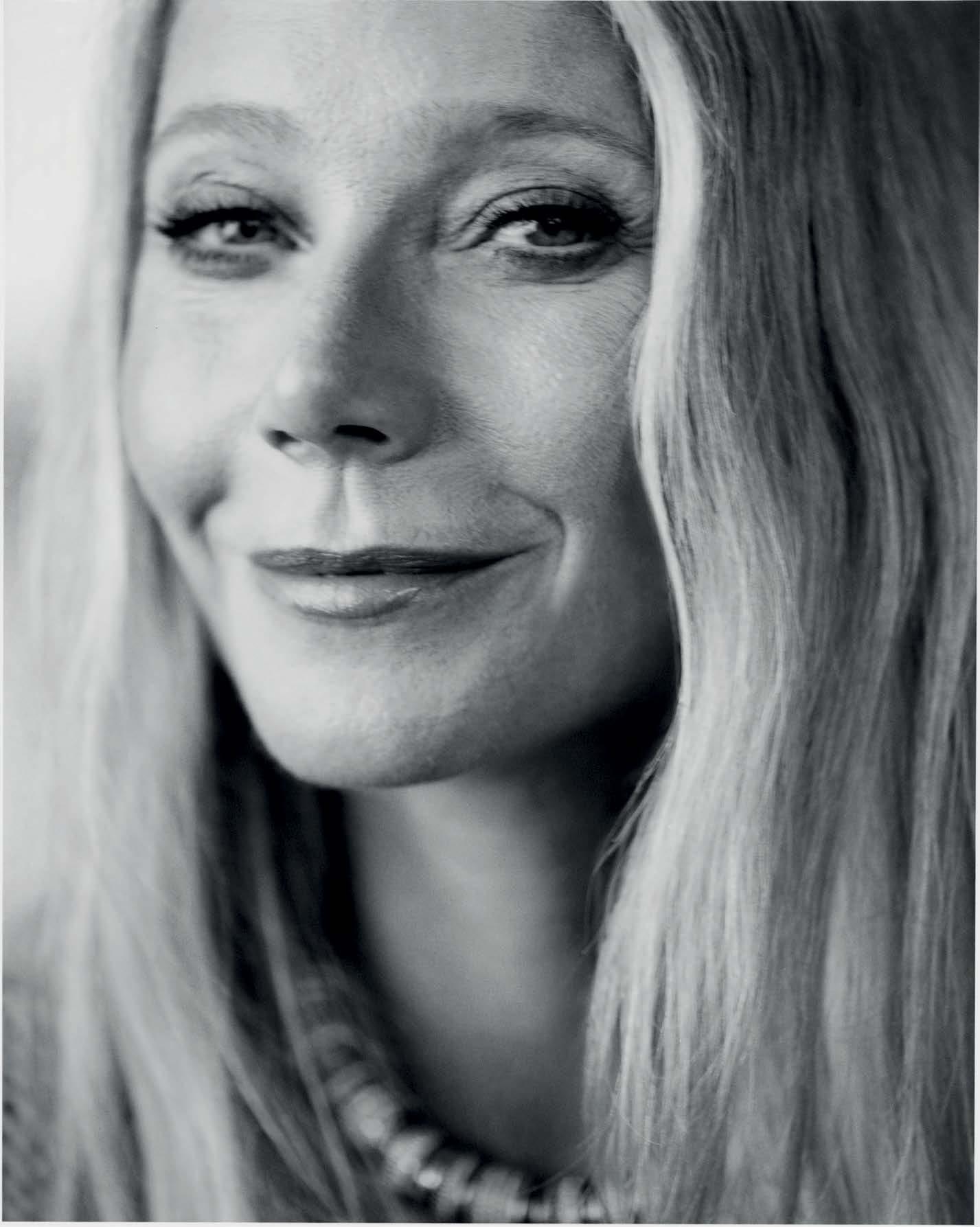
“When you’ve been in the public eye like I have for so long, it’s best not to analyze too closely.”
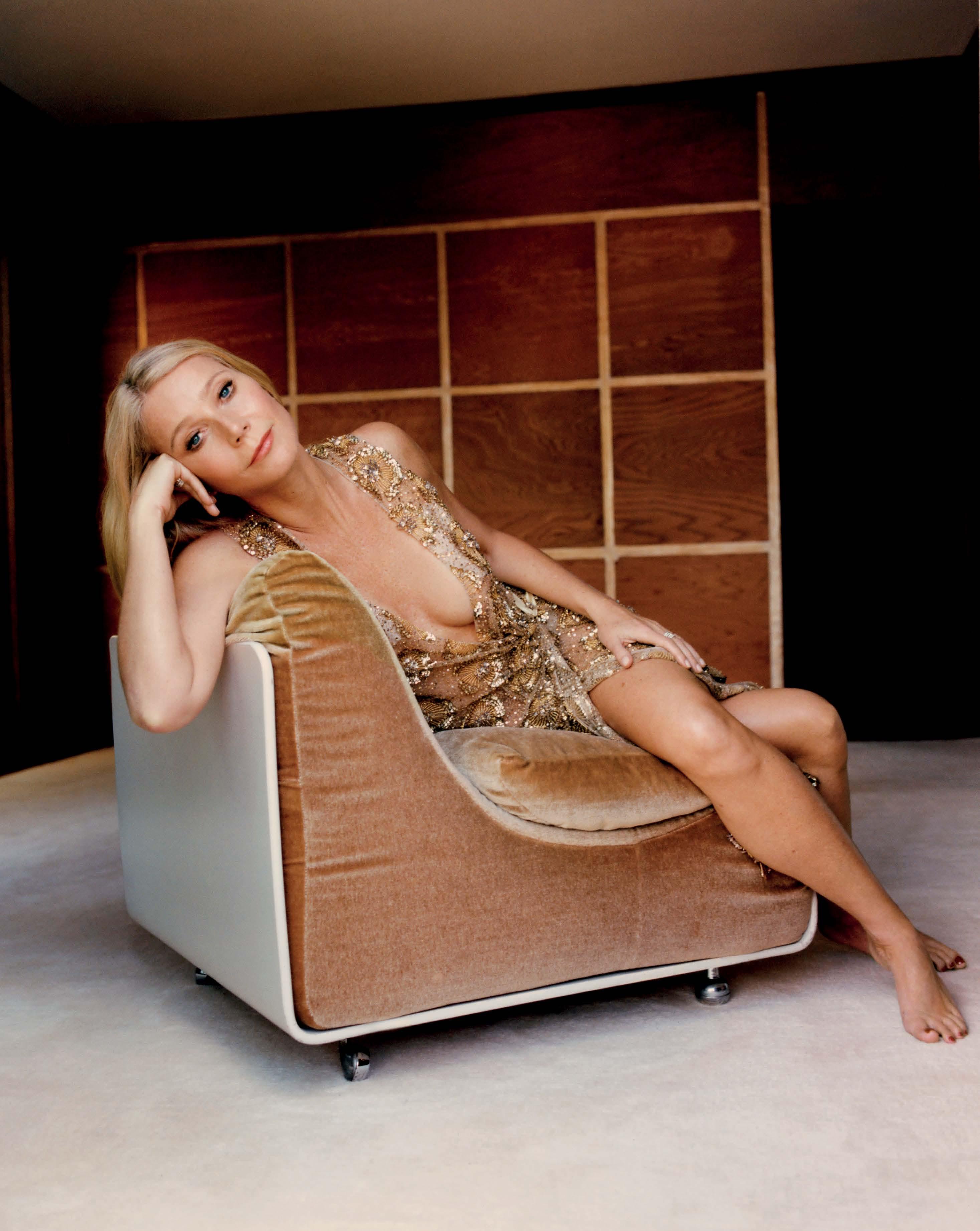
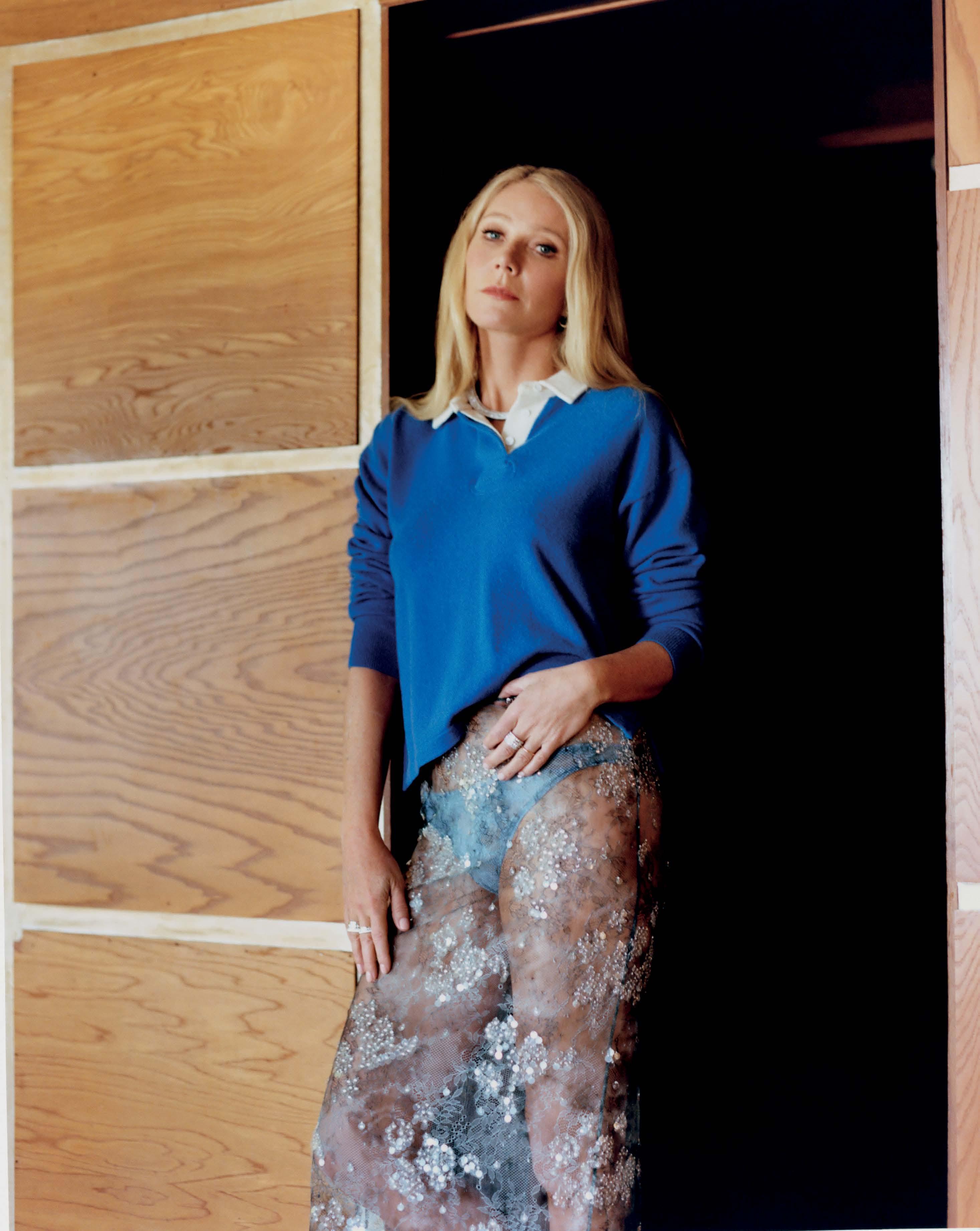
she muses. “But I do think that on some level, we are spiritual creatures. We crave that deep resonance that happens when someone’s spirit or intellect, or the combination of those things, touches you and makes you think outside the box. I think there will always be a need for that.”
In addition to anticipating and shaping culture, Paltrow creates it. Last March, her Utah civil court trial against Terry Sanderson, a retired optometrist who sued her for allegedly committing a “ski-and-run” at a fancy resort seven years prior—and whom Paltrow then countersued for $1—reached new highs in public fascination and meme-making merriment. The New Yorker called it Paltrow’s “Best Role in Years.”
Joseph Martin, who co-wrote a two-man musical about the whole ordeal titled Gwyneth Goes Skiing, which went up this winter to sold-out crowds in London, called the trial “solid gold” for creatives like himself and his collaborator Linus Karp. “It’s the contrast of a serious courtroom and the ridiculousness of questions like, ‘Are you friends with Taylor Swift?’” says Karp, who plays Paltrow. “The stakes don’t feel nearly as high; it’s not life or death. You’re just like, This is something we can consume and enjoy.” Somehow, she’s the one-percenter you want to root for.
Since the trial, Paltrow has been able to joke about it herself. “After my ski trial, I got two types of texts from girlfriends,” she wrote in Puck’s 2023 Guide to Mirth & Merriment (another newsletter). “They either (gingerly) asked if I was okay or (gingerly) asked me when the G. Label by Goop belted cardigan I wore would be back in stock.” She then linked to the sweater, adding that it’s “great for holiday parties or courtrooms.”
When I bring up the musical, which will travel to Park City, Utah, in May, Paltrow replies with her famously smooth, unflappable zen that she’s aware of the production but doesn’t have plans to see it anytime soon. “I try not to engage much in that kind of stuff,” she says of the hullabaloo over the trial in general. “When you’ve been in the public eye like I have for so long, and you are sort of a mover of culture, I think it’s best to not analyze too closely. I let it be what it is.”
In other words, Paltrow might say to the culture the same thing she said to Sanderson at the end of the trial: “I wish you well.”
Besides, she doesn’t really understand memes. There was one she had to ask her kids about recently. “This one meme, ‘I’m baby,’” she says. “I’m like, What the fuck? What does that mean? And then everyone tries to explain what ‘I’m baby’ means. I finally got it.”
As for TikTok? “That’s never happening,” she says. Television? “Kind of a sad state.” (Although she did like True Detective.) Magazines? She reads a few, but most have “gone by the wayside.”
“I would love there to be a return to self,” she says of her hopes for the future of culture. “Not in a narcissistic way, but everybody gets such a barrage of incoming stuff all the time that I think people become disconnected from themselves. There’s a lot of anesthetizing that goes on in the culture. People don’t want to feel pain or discomfort, which, unfortunately, is part of being human. I feel like everybody’s getting pulled around on a leash by culture right now—all the ‘shoulds.’ I wish for a return to a really robust inner life.”
How convenient, then, that Paltrow has just launched her own meditation app. She’s also got a Goop gel water cream that “keeps you hydrated for 72 hours” in the works that she’s excited about. Plus, she’s preparing to become an empty nester in the fall when her youngest child, Moses, heads off to college—a transition that will allow her to set her alarm later and, of course, meditate more.
“But who will explain the memes to you?” I ask. “Luckily, I talk to my daughter multiple times a day, and I’m sure when Moses goes it will be the same,” she says. “But in the meantime, until September, I have my son here to explain to me what all these crazy things that pop up are.”
“There’s a lot of anesthetizing that goes on in the culture. People don’t want to feel pain or discomfort, which, unfortunately, is part of being human.”
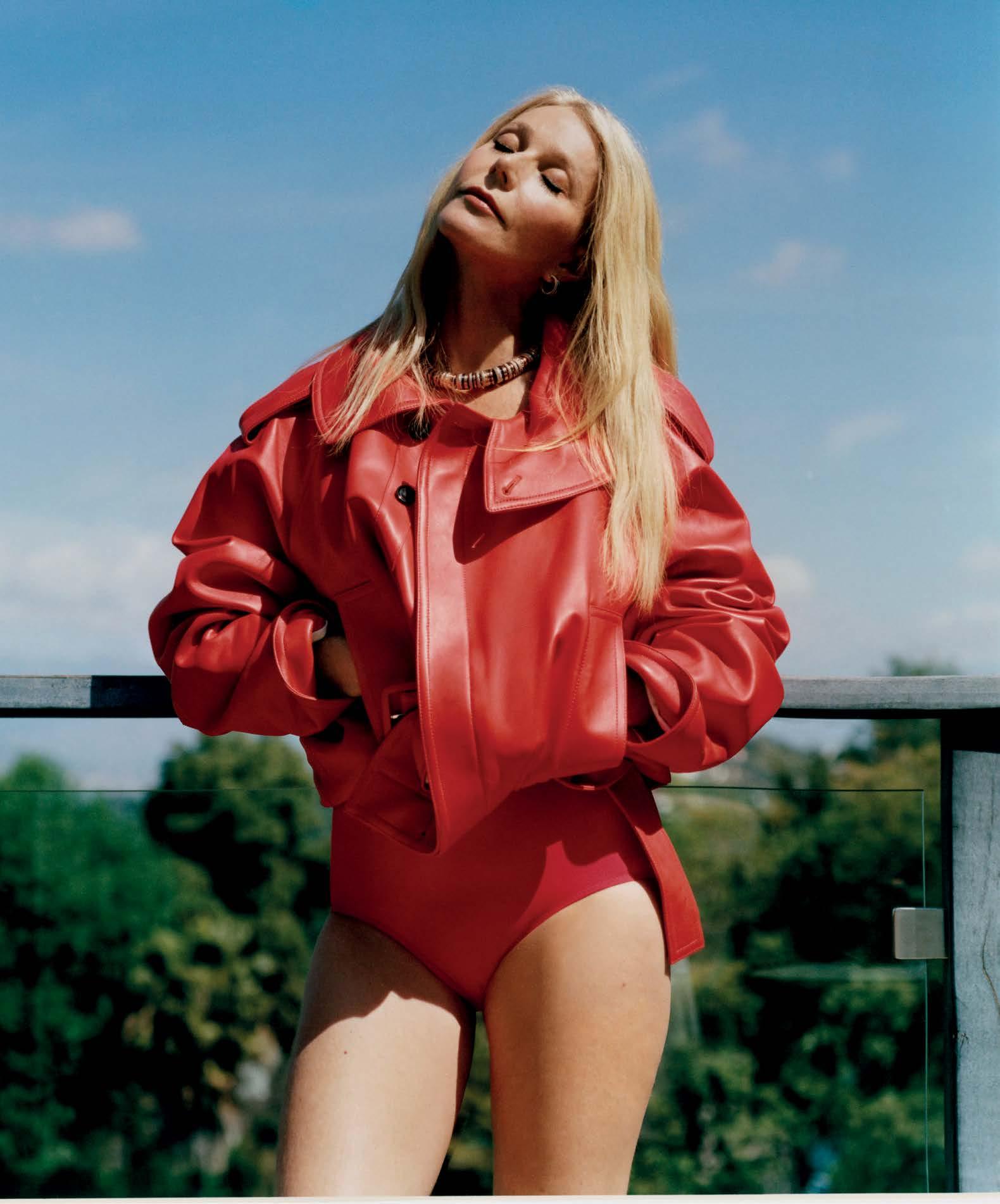
“Everybody’s getting pulled around on a leash by culture right now—all the ‘shoulds.’ I wish for a return to a really robust inner life.”
Creative Direction by Marcos Fecchino
Hair by Cody Renegar
Makeup by Georgie Eisdell
Nails by Ashlie Johnson
Photography Assistance by Facundo Aguirre
Styling Assistance by Laura Cheron
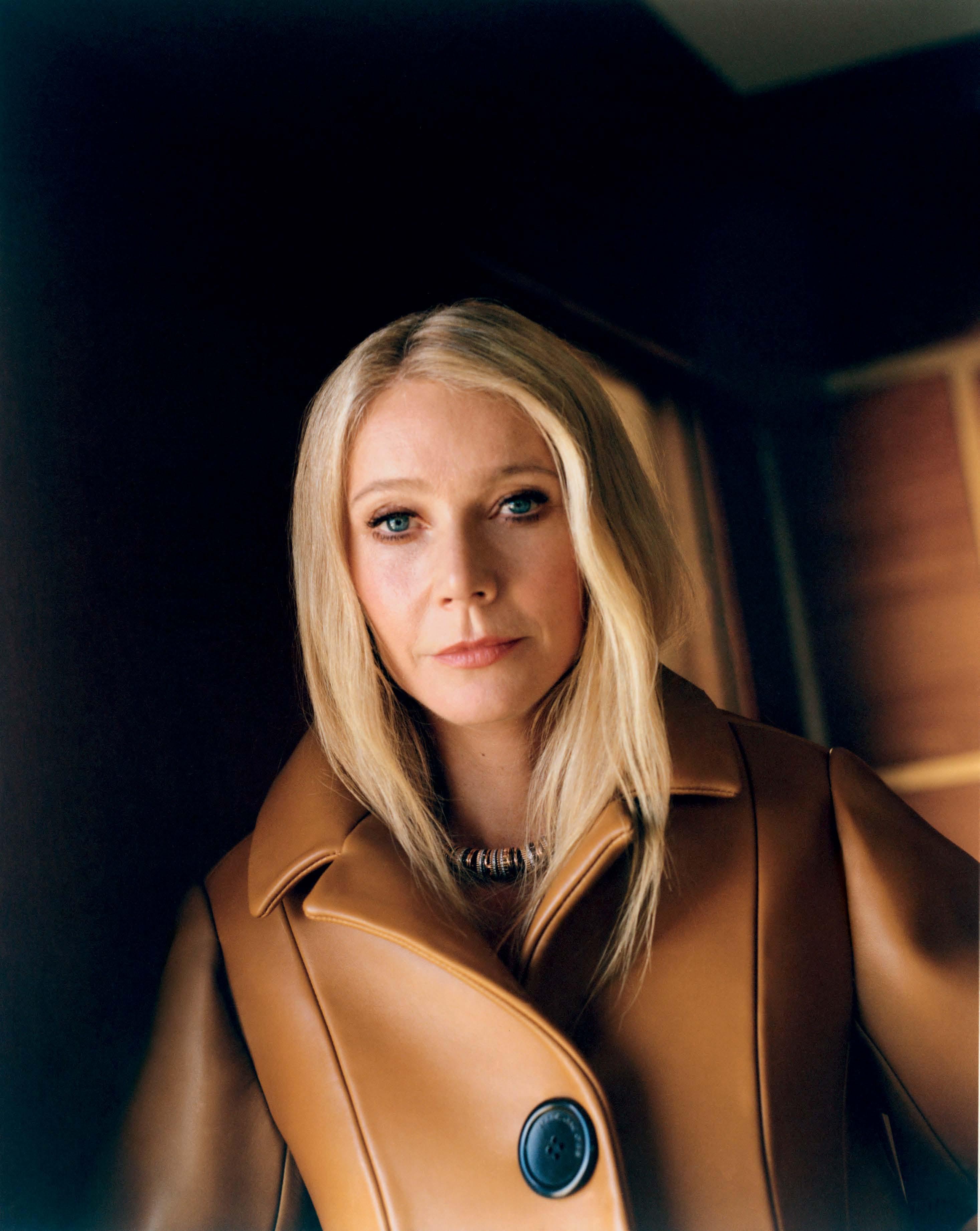
To learn more about Boucheron’s 20th
boucheron.com
Gwyneth wears a coat by Marc Jacobs and Quatre Classique necklace by Boucheron.THE MULTIHYPHENATE CONTINUES TO EXPAND INTO NEW DISCIPLINES, DISPELLING THE PUBLIC’S PRECONCEPTIONS EVERY STEP OF THE WAY.
Porochista Khakpour Photography by Emman Montalvan Styling by Studio&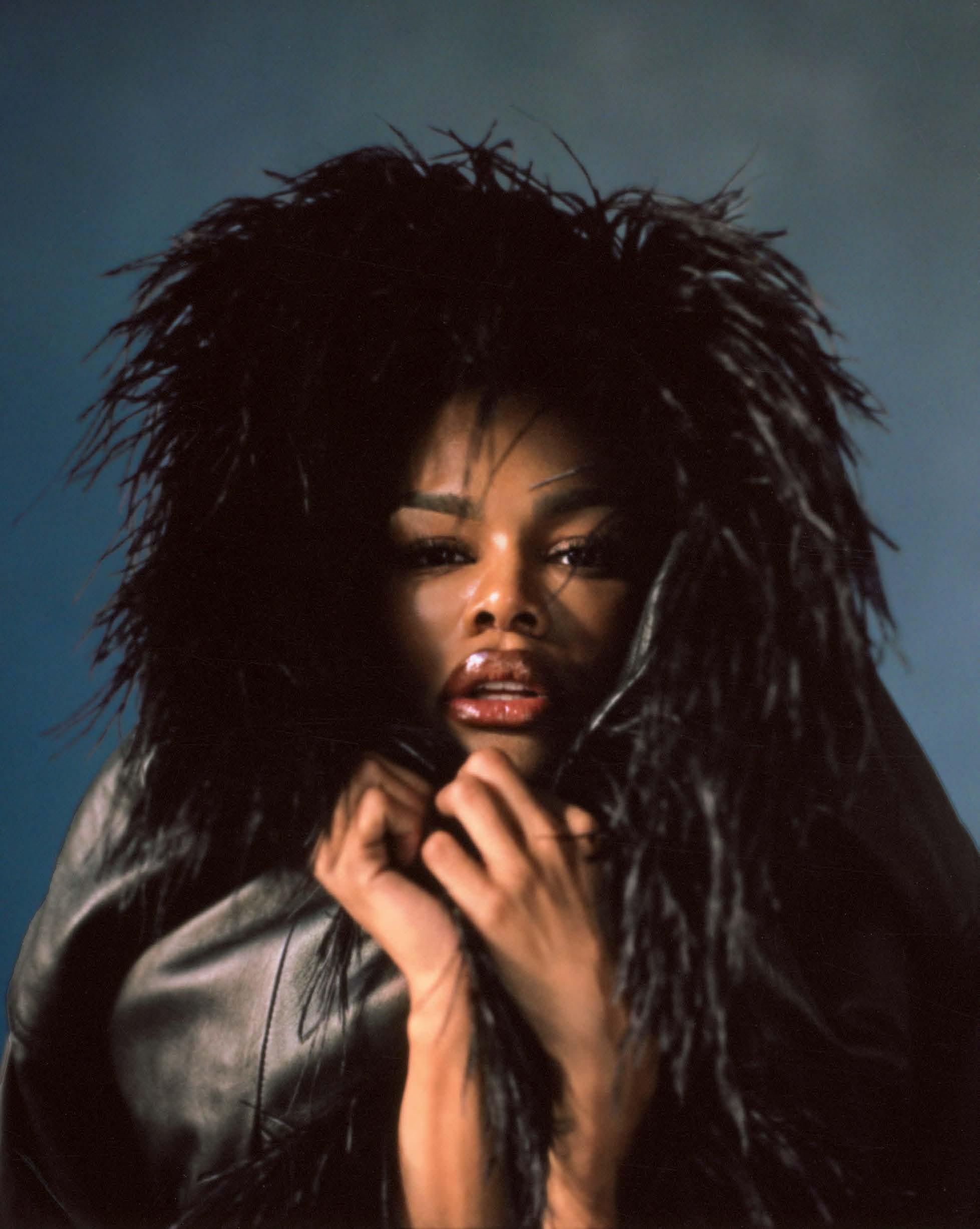
IT COMES AS NO SURPRISE that when I catch up with Teyana Taylor, she is multitasking. She’s in a gray T-shirt and bandana, hooked up to an IV drip (full of “all the things that are needed for me to continue to do amazing work”), and speaking to me over Zoom on a rare day off in Los Angeles, where she’s shooting an untitled Paul Thomas Anderson film. Even through a computer screen, Taylor’s star power is unmistakable— she has the glow of fame around her, and it’s not just the hydration drip.
I rattle off the top notes in her long list of accomplishments: three studio albums and collaborations with the likes of Missy Elliott, Kanye West, and Lauryn Hill; choreography for Beyoncé and appearances in Jay-Z music videos; a monumental entrée into leading dramatic roles with A Thousand and One; and a directorial debut slated to release before she turns 35. Taylor smiles patiently, unfazed. “I’m a Renaissance woman. A lot of people tell me that, and I love it,” she says.
Like many people, my first encounter with Taylor was through her appearance on MTV’s early-aughts reality series My Super Sweet 16. Taylor, who describes herself early in the episode as the uncontested “Queen of New York,” pulls up to her birthday extravaganza dressed as a Barbie in a box, accepting a brand-new Range Rover and custom bike with the regal serenity befitting her station. The party was so buzzy that Pharrell, who had signed Taylor to his Star Trak label earlier that year, crashed it. The year prior, Beyoncé tapped her to choreograph the “Ring the Alarm” music video. Taylor, now 33, shrugs these early exploits off as no big thing: “I was already popular in the neighborhood for dancing.”
She credits Harlem for laying the foundation for her many creative inclinations. “It’s very small and very familyoriented. A$AP Rocky, A$AP Ferg, Young B—these were the people I came up with. It’s dope to see all of us doing our thing,” she says. The city played its part, but so did life at
home. “I was always a character. I dressed in my mom’s clothes, and I loved movies. When me and my friends would play in the hallway and my mom would put on her great ’90s records, I stood ear-to-the-door singing my heart out,” she recalls with a laugh. “Like I knew what those words meant.” (Taylor still has a place in New York not far from her native Harlem, although these days she spends most of her time in Atlanta and Miami.)
Throughout our conversation, Taylor keeps looping back to “the power of go, the power of faith, and the power of prayer.” These tenets might seem cribbed from a self-help book, but they illustrate three qualities that have helped the star prime the world for her ascendance: timing, instinct, and self-belief. Her overachieving mindset doesn’t come from a fear of not being good enough at any one thing, but rather a deep-rooted assurance that she can be great at many.
The 21st century has witnessed the rise of Build-A-Bear-like patchworks of vocations that beg the question, “What do you really do?” At the same time, the moment’s receptiveness to nonlinear career paths has also reminded us that few culture-shifters ever allowed themselves to be confined to a “day job.” As Taylor cements herself as a household name from Harlem to Hollywood, she’s expanding our idea of who she is—and our expectations of what an artist can be. And although she knows the cost of curtailing her own ambitions, she’s also willing to walk away when the work starts to feel uninspiring.
In fact, in 2020, Taylor did just that. “I retired,” she says, pithily, of her decision to leave the music industry. The move didn’t go over well, but she held strong. “The day before my announcement, all my people backed me into a corner and told me what a mistake it would be. If I hadn’t followed my heart, we probably wouldn’t be here talking today.”
It wasn’t long before opportunity knocked. Last year, Taylor made her feature film debut in A Thousand and One, A.V. Rockwell’s Sundance Grand Jury Prize–winning drama. She plays Inez, a single mom struggling to raise her son while navigating everything from the New York carceral system to foster care to gentrification. Taylor had dabbled in comic roles before, but nothing as deep as this. “Inez is so many of the women in my life. She’s my mom, who was a single parent,” Taylor says, referencing her mother turned manager, Nikki. “Our stories may be different, but she’s even within me.” When the reviews praising Taylor’s performance flowed in, the budding actor took it as confirmation of what she already knew: “I am ready for the world to take me seriously.”
More dreams are coming true each day. Earlier this year, she announced she’d be playing the singer Dionne Warwick, a lifelong idol of hers, in a forthcoming biopic. “I am excited to spend time with her, to study her,” Taylor says. “It’s the opportunity of a lifetime.” She’s also getting to work on her directorial debut. Get Lite the story of a bookish New York teen who is tempted to forego his academic promise when a mesmerizing young woman offers him the chance to return to his roots as a dancer—is currently in development with Paramount Pictures.
Then there’s the role she plays daily: mother to two young daughters who are already gearing up to follow in her footsteps. “I have two mini-me’s,” she notes. “Wish me luck.” On Taylor’s last tour in 2022, Junie, her oldest, came along for the ride. “And my 3-year-old recently told me, ‘Mommy, on your next tour, I need the microphone and two dancers,’” she says.
But how does she see herself, beyond the titles bestowed upon her? “I don’t have to do anything,” she says adamantly. “I would never trap myself in a box. You just have to follow your heart.”

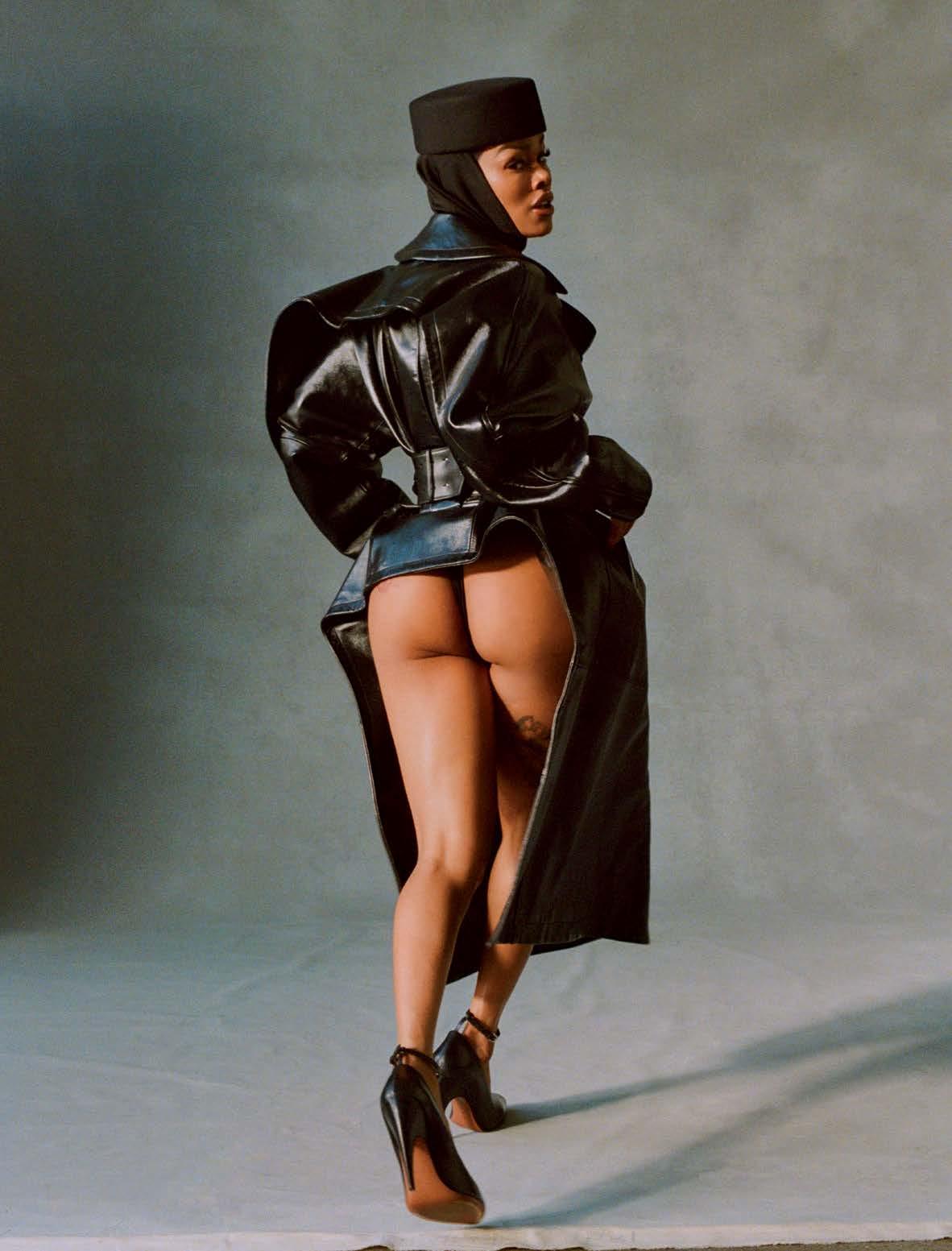
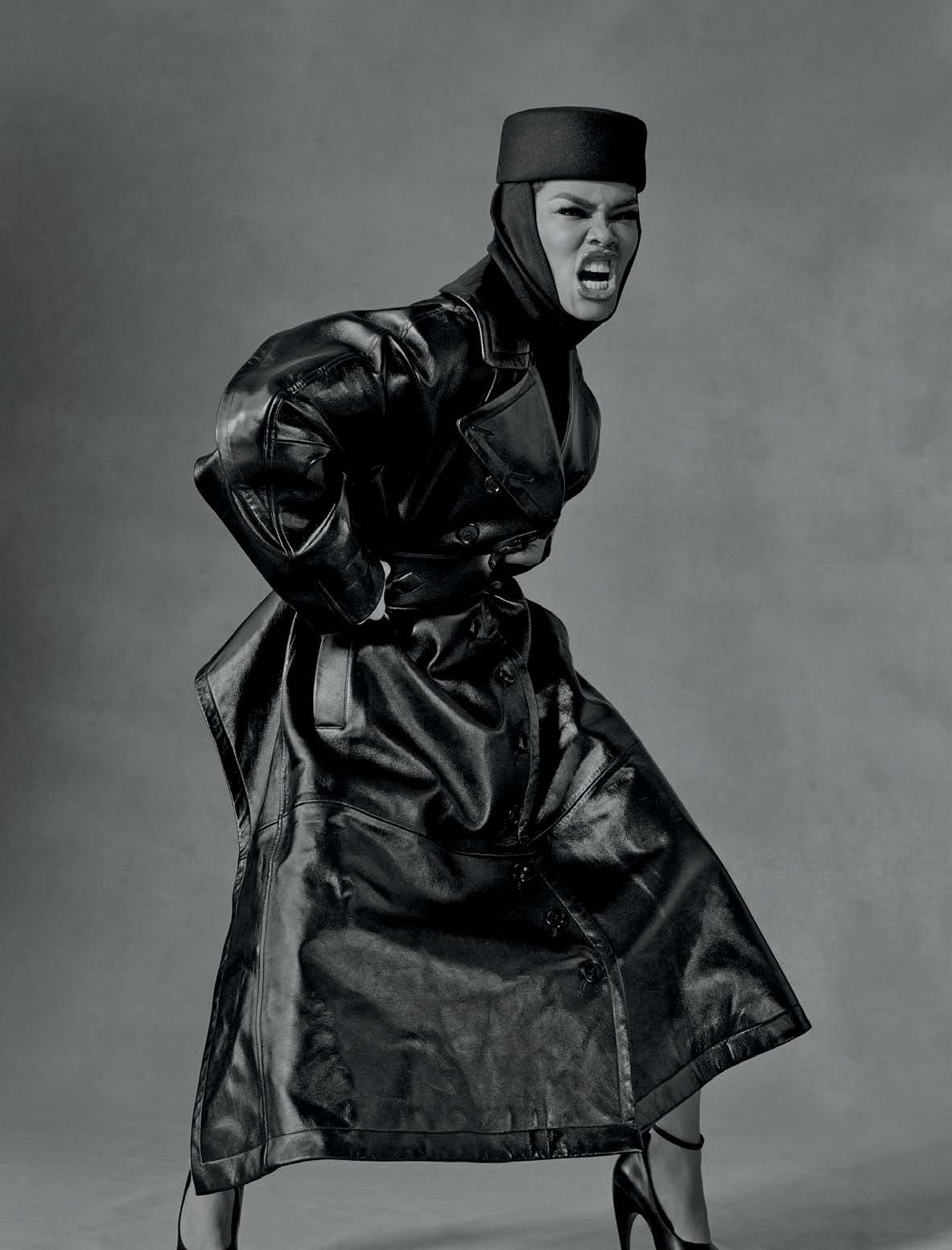
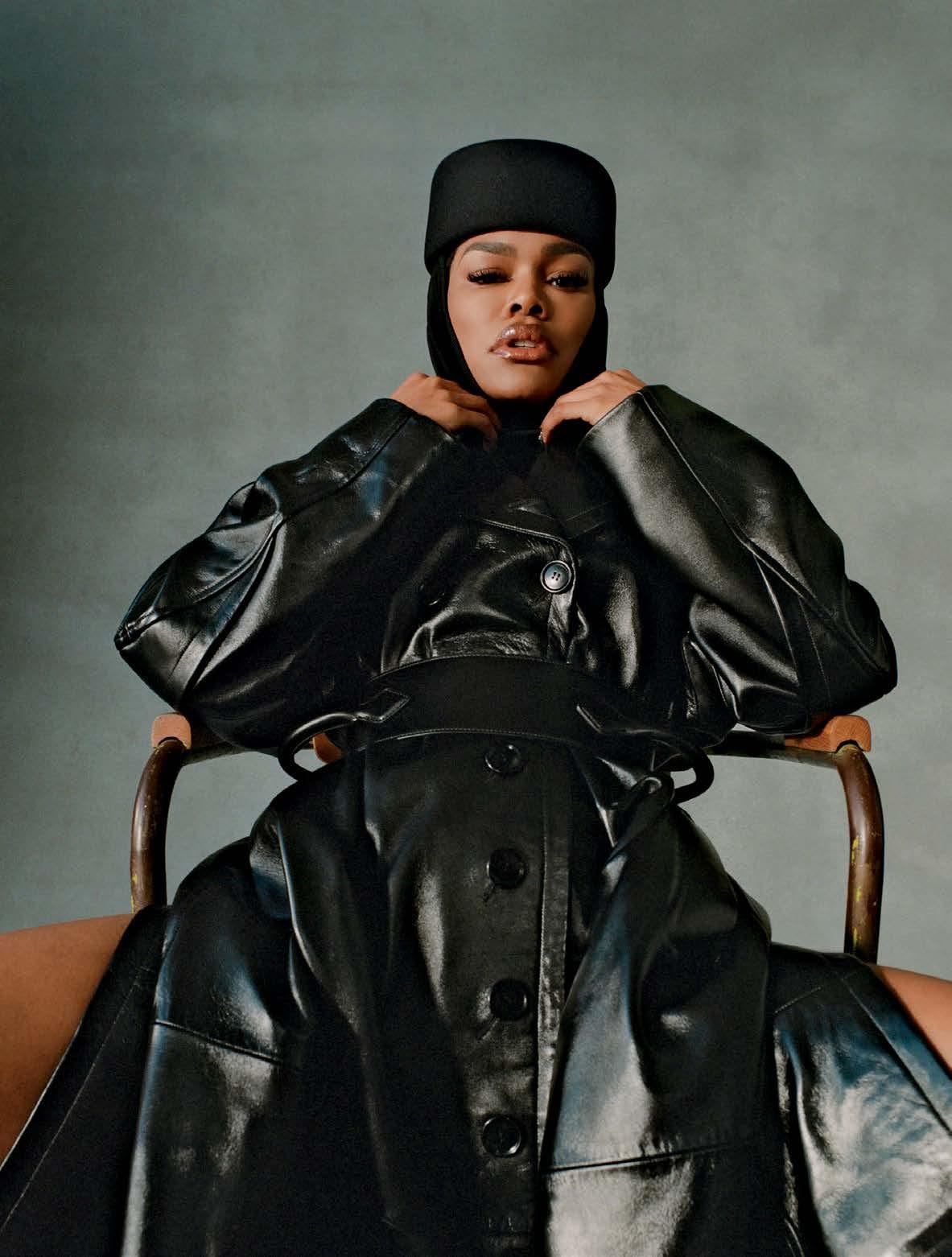
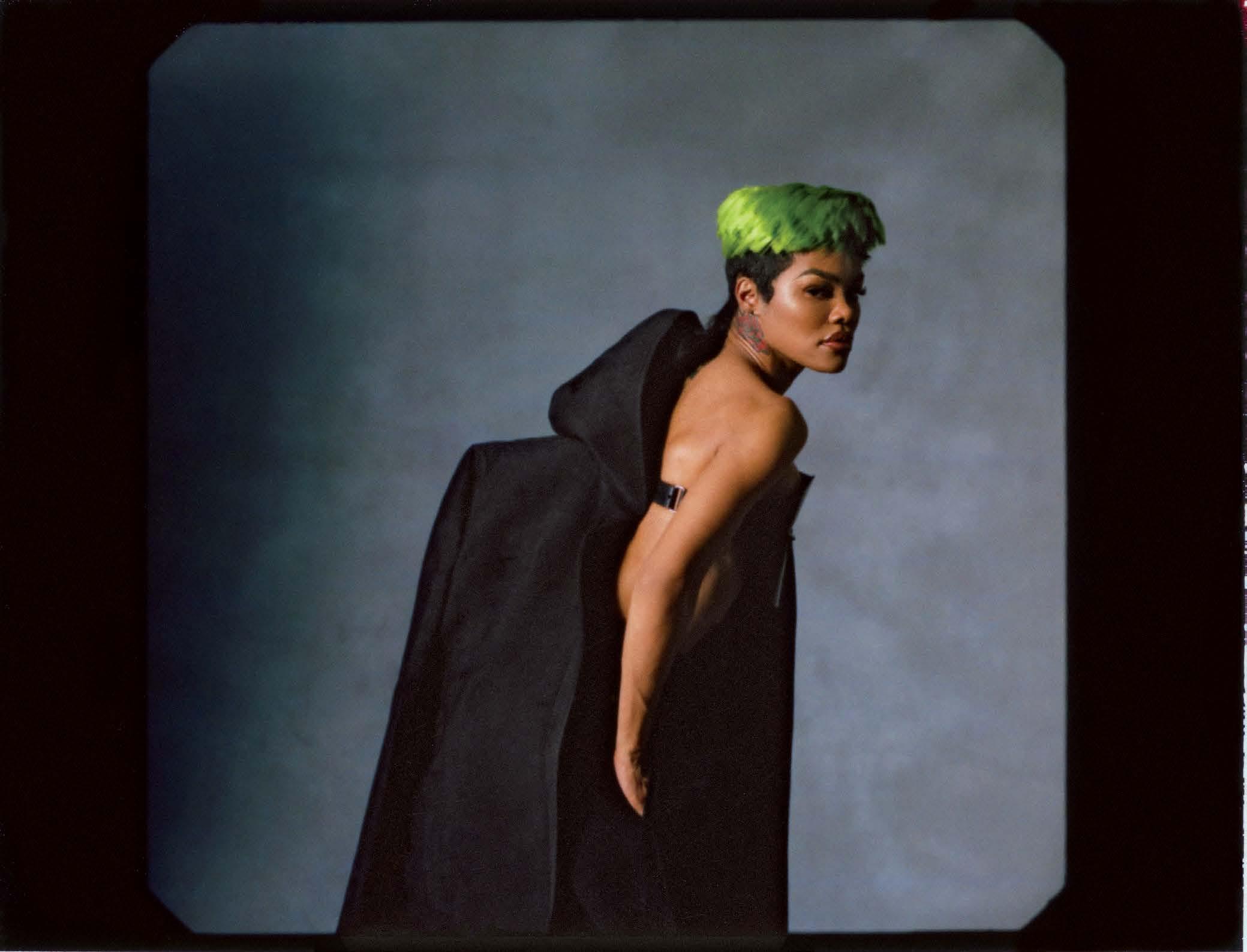
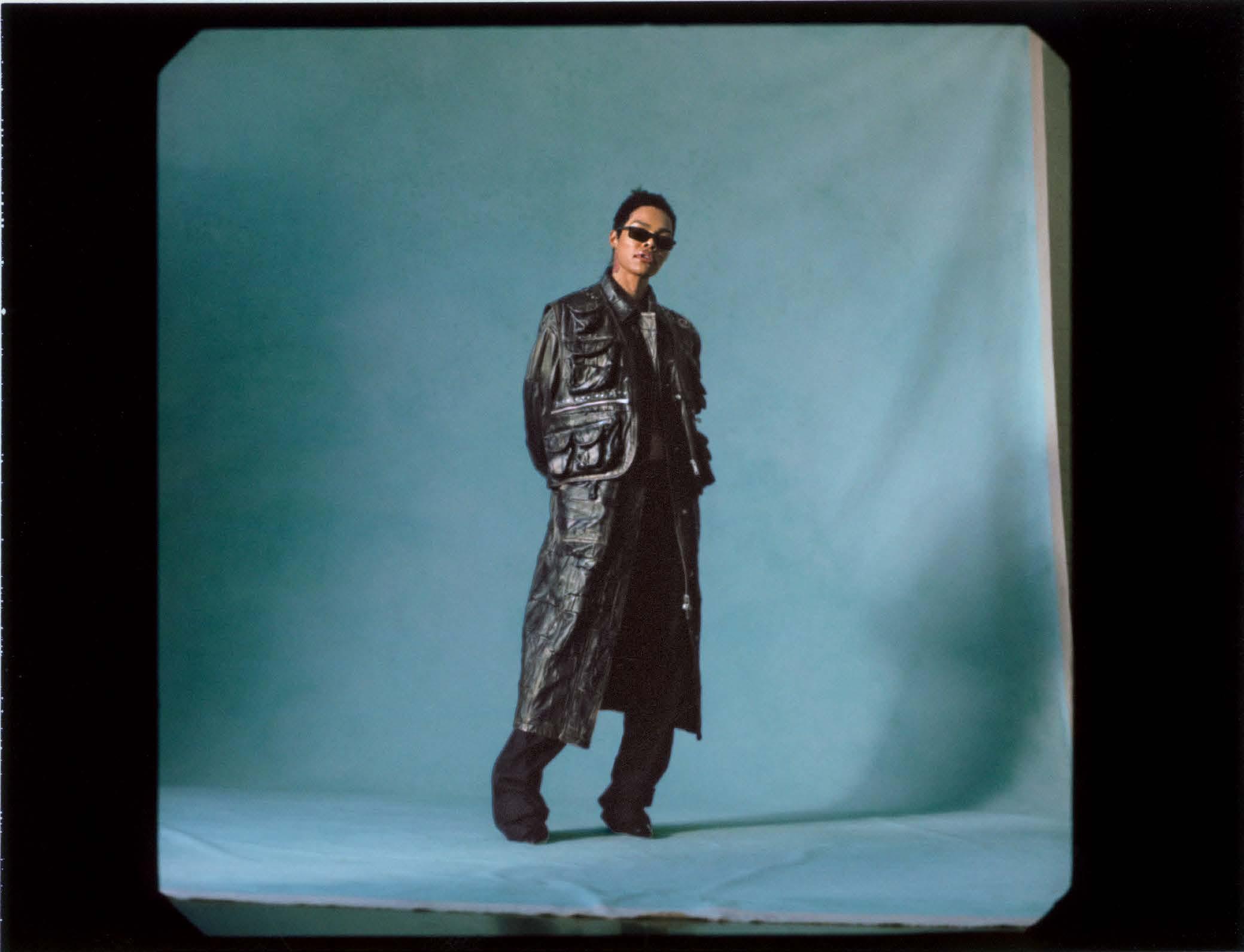
“I’M A RENAISSANCE WOMAN. A LOT OF PEOPLE TELL ME THAT, AND I LOVE IT.”
“I DON’T HAVE TO DO ANYTHING. I WOULD NEVER TRAP MYSELF IN A BOX.”
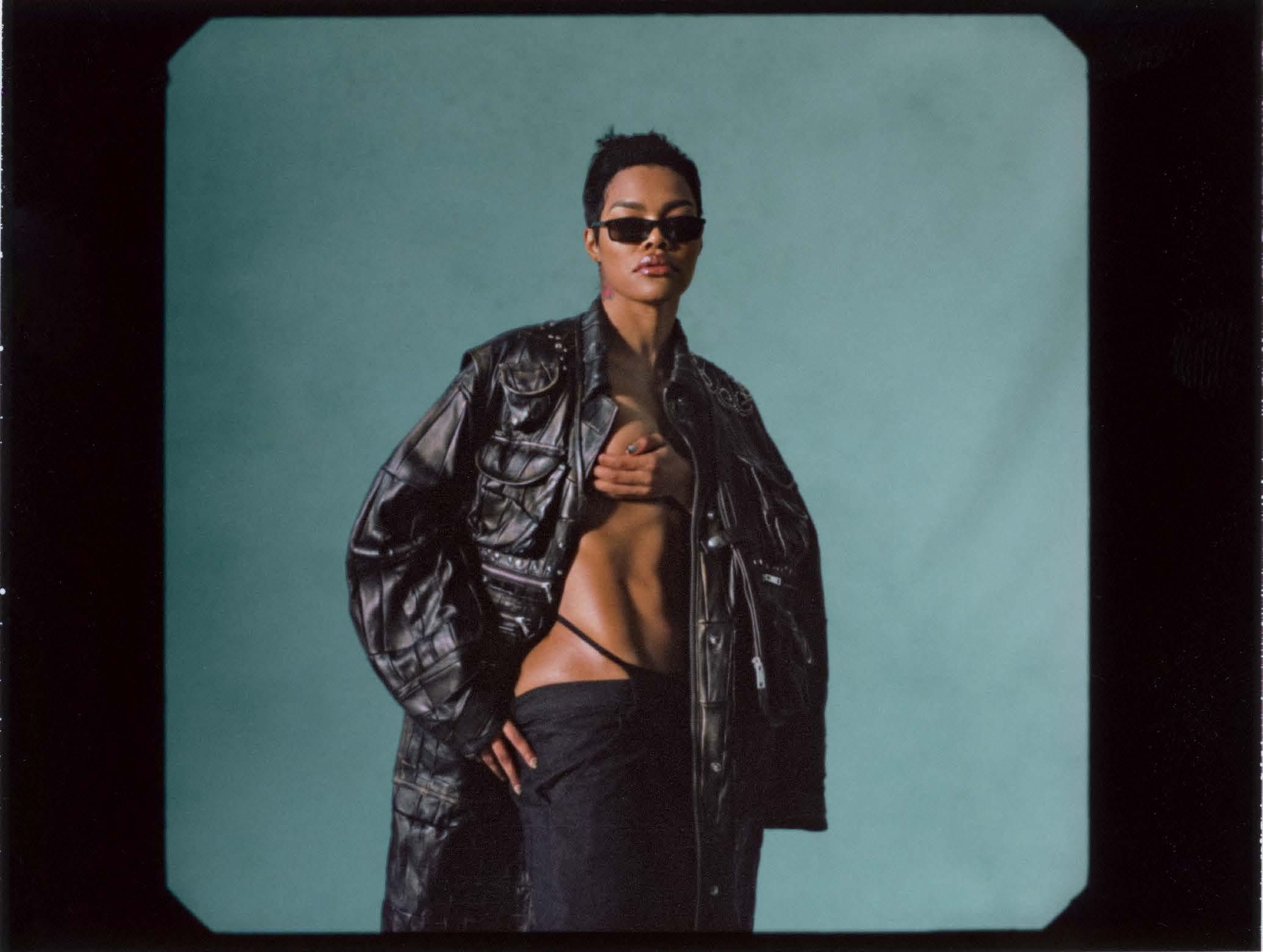

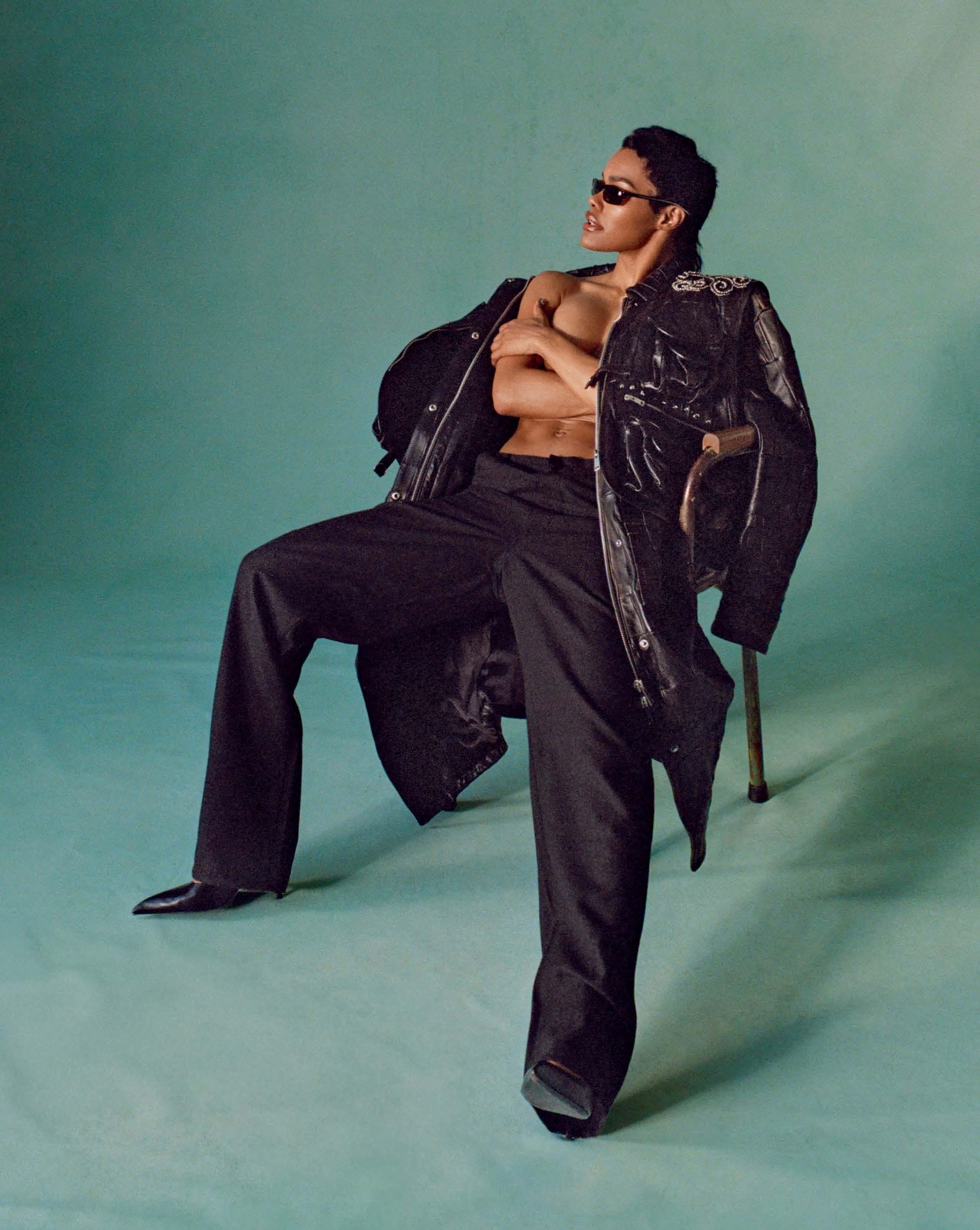
HAIR BY RAY CHRISTOPHER
MAKEUP BY YEIKA
SET DESIGN BY DANIEL HOROWITZ
PHOTOGRAPHY ASSISTANCE BY PATRICK
MOLINA, JUSTIN BROOKS, AND JOLSON DIAZ
STYLING ASSISTANCE BY MCKENNA MATUS
SET ASSISTANCE BY JORDAN ODOM

SERIOUSLY.”—TEYANA TAYLOR
Photography by Quil Lemons
Styling by Moses Moreno
Ocean Vuong has dedicated his life to the power of the written word—even when those he loved could not access it. Now, through photography and screenwriting, he’s turning his focus to more sensory forms of expression.
All clothing and accessories by Valentino
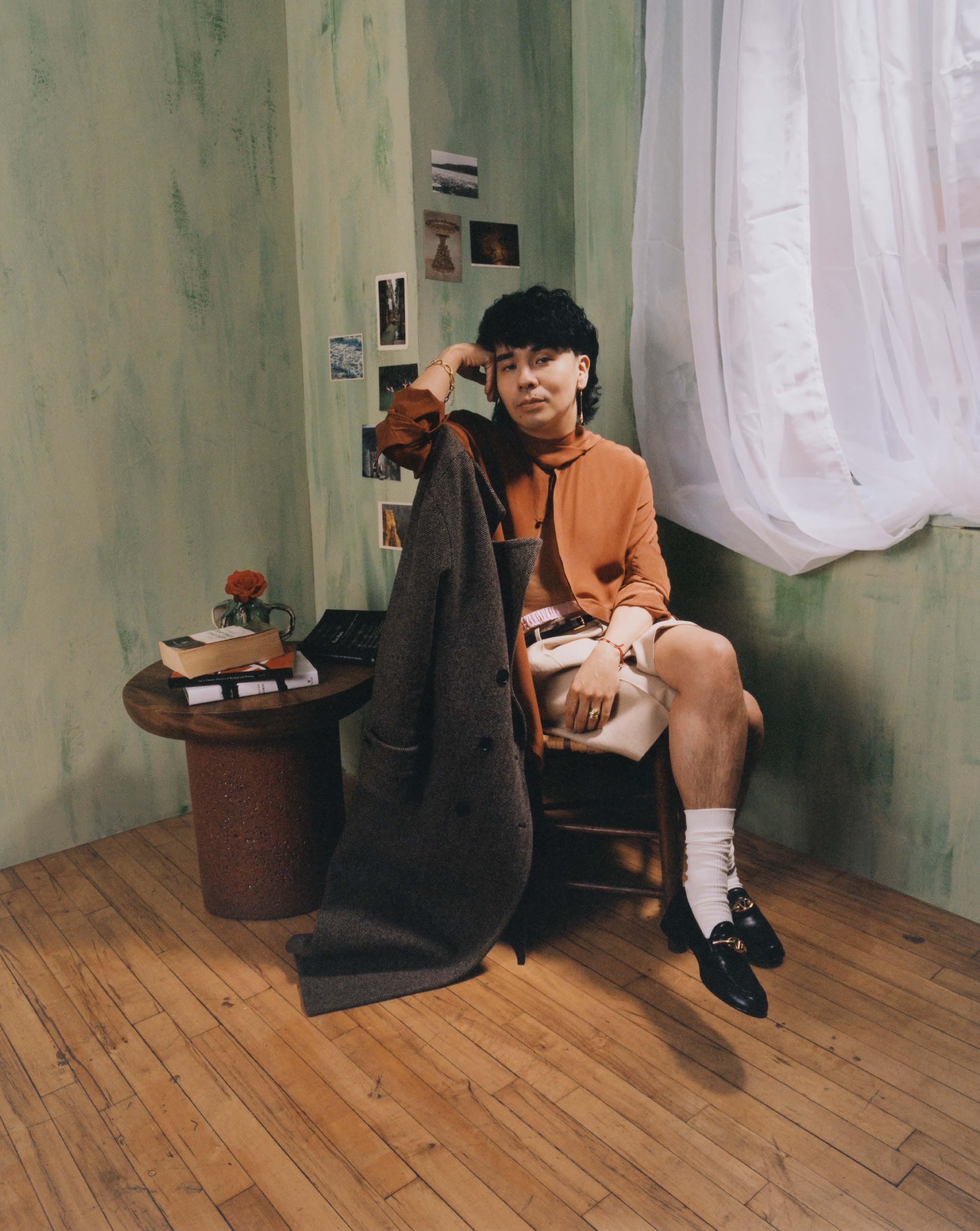
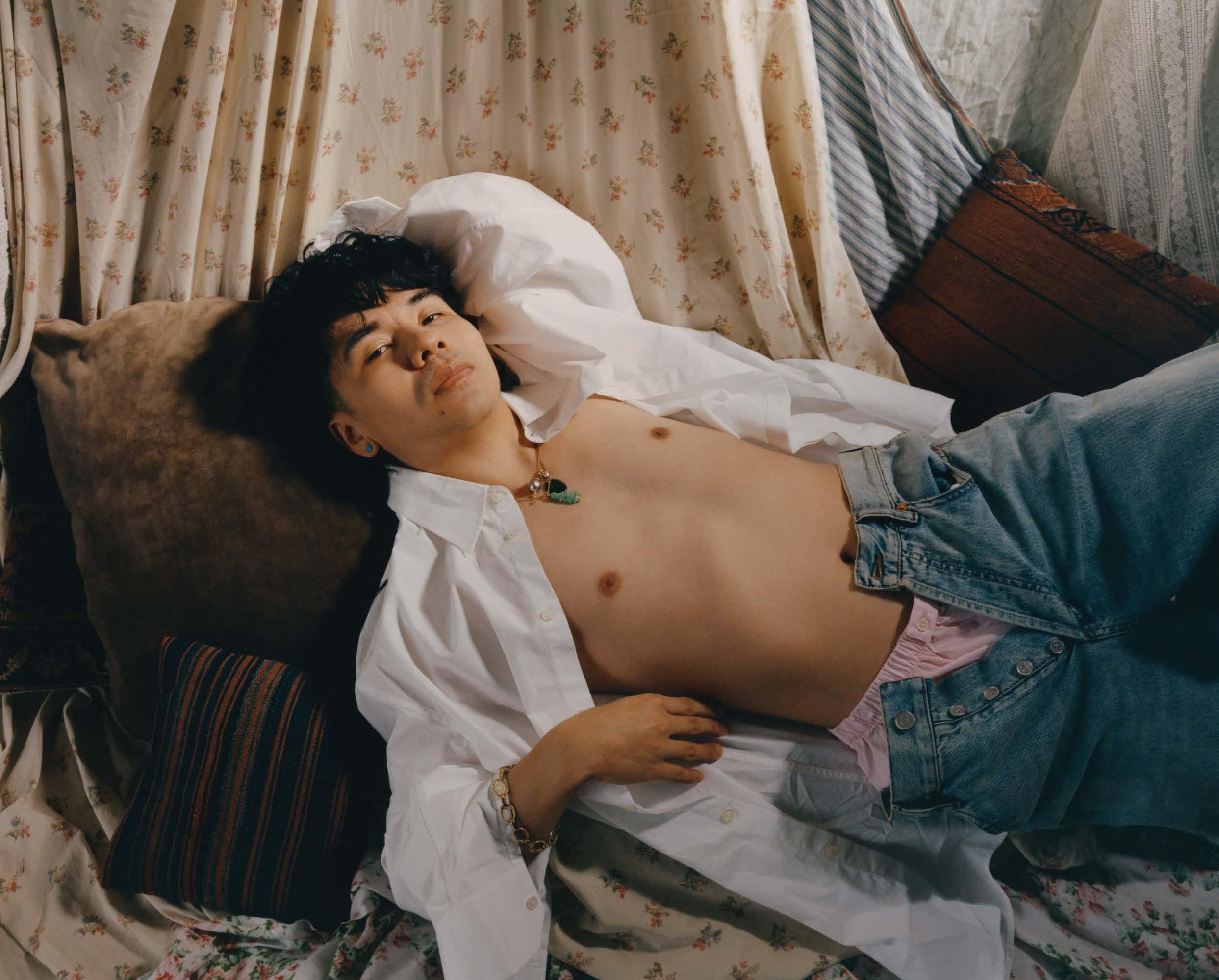
NOT ENOUGH PEOPLE talk about how irreverent Ocean Vuong is—how he once wrote a poem containing a measurement of his longest pubic hair, or that he smirks and laughs a lot more than most portraits have yet captured. Take, for example, a line from a recent poem: “I bet you never guessed / that my ass was once a small-town / wonder.” Yet the image commonly put forward of the celebrated writer is something of a brooding, burdened monk.
“Every time I do a profile it’s like—I do a photo shoot for five hours, and we’re laughing and having a great time,” explains Vuong, who lives in New York and Northampton, Massachusetts, over a rainy-day coffee in SoHo. “Then the photos come out, and here’s this sad, serious, totally self-loathing poet.” Where is the portrait that conveys how silly and gleeful he is, Vuong asks. Joking about a manic moment in his creative process, he exclaims, “No one has ever done this before! I will put a rim job at the center of a novel!”
But lately, Vuong has been exploring forms beyond books. “I like to learn more than I like to write. I don’t want to loiter in ignorance,” he muses, turning on a dime from self-parody to sincerity.
By now, many know the 35-year-old’s remarkable origin
story—his mother Rose’s separation from her family when Saigon fell in 1975, her immigration to the United States with Ocean in tow when he was just 2, and his precocious and meteoric rise in the literary world with poetry she couldn’t read. Following his acclaimed poetry debut came the 2019 novel On Earth We’re Briefly Gorgeous, a bildungsroman echoing his own life, written as a letter to the protagonist’s mother. It was published just months after Rose was diagnosed with breast cancer, and just one season before she died of it.
Though it’s been nearly five years since she passed, Vuong still speaks of her in the present tense. When I pointed this out, he smiled faintly, like he was remembering a little secret about time. Vietnamese doesn’t exactly have a past tense for verbs, he tells me, just a modifier at the end of the sentence that tilts the past back over it. “I live near Emily Dickinson,” he adds, as if she might pop over with a batch of gingerbread cookies at any moment. “Literally in my head right now I’m thinking, She’s across the river. That’s where she lives.”
What is perhaps most particular about Vuong, however, is not the dramatic circumstances he was born into, but the unbridled joy and persistent humor he displays both in person and on the page. When a group of Australian teenagers sent him an onslaught of pained DMs after an excerpt of his novel was
“Every time I do a profile it’s like … we’re laughing and having a great time. Then the photos come out, and here’s this sad, serious, totally self-loathing poet.”
featured in their English final, Vuong posted the exchange online: “BRO FFFSSS FAM we gonna fail … wat was it bout,” one young Aussie complained. “Bro. Godspeed, bro,” Vuong replied. Even the title of his 2022 poetry collection, Time Is a Mother, can be interpreted both philosophically—how time gives birth to us, continually—or as an incomplete sentence: Time is a mother fucker, a weighty yet wry statement about grief.
During the early days of the pandemic, Vuong adapted his first novel into a screenplay, a project with A24 that’s moving ahead after a year in Hollywood-strike purgatory. “With a screenplay, you have to write poorly but usefully,” he says of the challenge. However, as a creative writing professor at New York University, he still encourages his students to “write a novel that only the novel can do,” rather than books that try to beckon a film deal from the page—the sort of thing he once heard a Hollywood guy describe as “user-friendly IP.”
At the invitation of his friend Peter Do, creative director at Helmut Lang, Vuong wrote a poem for the brand’s 2024 Spring/ Summer collection. It was printed on the floor of the presentation venue, and on shirts the models wore on the runway. Like the sartorial crossovers of Jenny Holzer and Robert Mapplethorpe before him, Vuong’s was more performance than commerce; the shirts were not for sale. A self-portrait he took during a 2008 road trip was also used in taxi-topping advertisements for the collection, part of a journey into photography that he began after realizing that his writing would always be unintelligible to his mother. Those first photos, captured with a borrowed camera, were of “suburban ruins, post-industrial Hartford, sunsets, whatever.” His mom’s reaction to them was, “Bu ồn quá,” a common but difficult-to-translate phrase that means, “Oh, so sad,” implying that “there’s a kind of beauty to loss,” he recalls. “She informed me that that was what I was capturing.”
Though those first photographs were a vehicle for communing with his family, a conversation with the legendary Nan Goldin in 2022 hastened his return to the practice. As Goldin was taking his photo for a magazine feature, Vuong confessed he’d been shooting more lately, but felt vulnerable about it. “There’s nothing creepier than showing the world exactly where you stood and what you saw … Even in my more autobiographical writing, it’s all smoke and mirrors,” he says. Vuong remembers Goldin suggesting, “If you’re doing it for this long and you don’t share it, you start to betray yourself,” adding that, “It’s the error in the camera where all the poetry is.” It was a revelation to realize that what he wanted to do with photography was the same as what he wanted to do with writing. The weight of the realization was so powerful that he had to step away from the shoot for a moment to gather himself.
Photographs document how an artist intersects with a moment in time, an evergreen challenge of presence and attention, though the role of photography has transformed since Goldin
first came of age. While photojournalism, in part, hastened the end of the Vietnam War, we now live with a deluge of images from Gaza with no end in sight, a paradoxically distant yet present horror Vuong and I can’t help but discuss. “Maybe it was a bit naive, but I never thought that cycle would happen again in real time,” he says. “But the present is the most myopic place … We think we have access to the archive, but it’s a false sense of omniscience.”
It feels very 2024 for a conversation about a newish photography practice to melt into a little plea for photography to somehow solve everything, to move us away from a present marked by genocidal wars. How very Ocean to situate us in the arc of history before returning to the moment, reminding me that “the only access we have to the present is through this room.”
For all his exploration of new forms, fans of Vuong’s prose will be glad to know his second novel, aptly titled The Emperor of Gladness, is due out next year. Here’s hoping it makes clear to his readers that he’s far from the brooding poet of photo shoots, and that the central force in his life is joy, in all its visceral, messy glory.

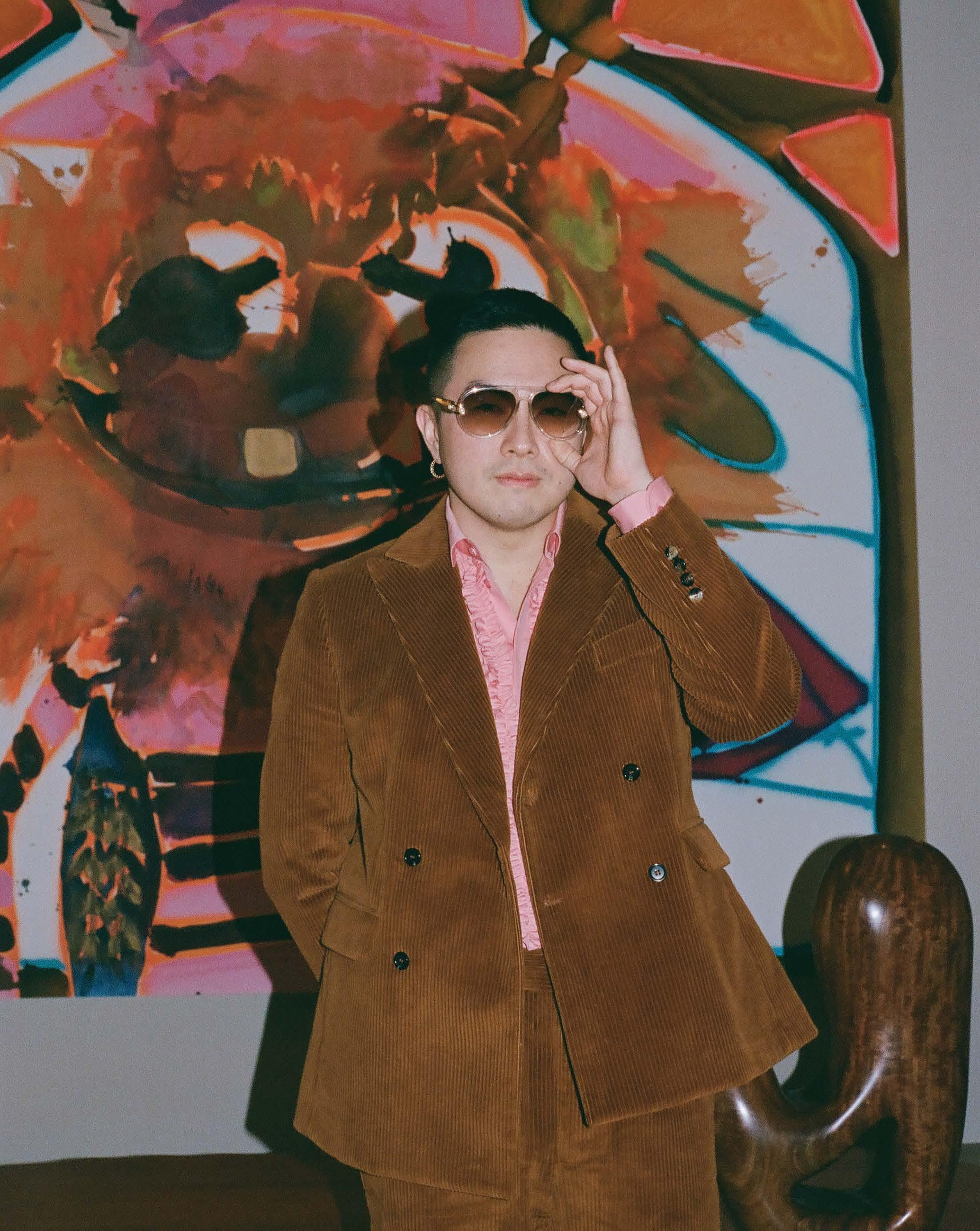 Photography by Lee Mary Manning
Photography by Lee Mary Manning
 Bowen Yang wears a suit by Bode, shirt by Moschino, sunglasses by Le Specs, and earring by Cartier.
Bowen Yang wears a suit by Bode, shirt by Moschino, sunglasses by Le Specs, and earring by Cartier.
“I THINK ‘SATURDAY NIGHT LIVE’ HAS HAD TO RISE TO THE CHALLENGE OF MAKING WHAT ALREADY SEEMS LIKE AN ABSURD, SURREAL CIRCUMSTANCE FEEL ABSURD AND SURREAL.”
“BOWEN YANG giving his real opinions about movies on this podcast—I regret to inform you that you’re too famous now, sir.”
Tina Fey offered this nugget of wisdom to the New York–based actor and writer during a recent appearance on Las Culturistas, the pop-culture podcast Yang began co-hosting with comedian Matt Rogers in 2016, six years after they met as students at New York University. “Authenticity,” Fey concluded, “is dangerous and expensive.”
The clip, shared widely online, was more than just a wry rant about working in Hollywood. It also captured the unique position Yang occupies in culture right now. While he gained a loyal following for his cheeky commentary (Rogers and Yang have alternately referred to their Las Culturistas devotees as readers, publicists, Kayteighs, and finalists), he is no longer an outsider looking in. In 2019, Yang became a cast member on Saturday Night Live; two years later, he was named one of Time magazine’s most influential people. After a buzzy turn in the 2022 indie queer romance Fire Island, he will reach triple-threat status alongside Ariana Grande in
the forthcoming film version of the smash-hit musical Wicked. (Yang plays Pfannee, a college friend of Galinda the Good Witch.)
“But there is power in omission. We’ve had to negotiate this as years go by. Also, we’re not critics—the podcast is frivolous by design.”
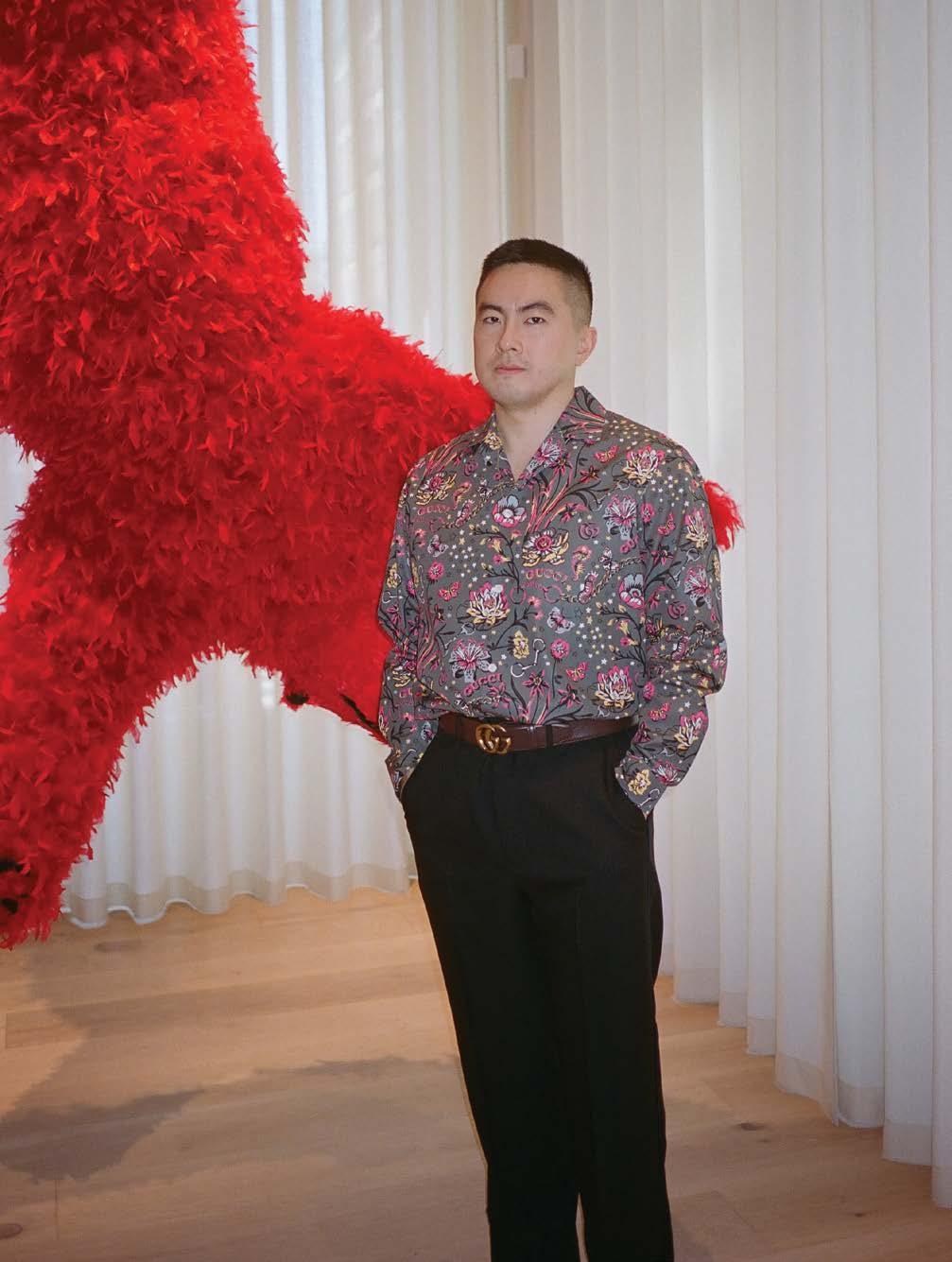
At 33, Yang recognizes this crossroads as an inevitable aspect of his intertwined creative pursuits. Las Culturistas has played the role of the deliberately unserious counterweight in the actor’s increasingly A-list approved career. “There is certainly a tension—it would be dishonest to say there wasn’t,” Yang tells me.
While Las Culturistas may be a site of frivolity for frivolity’s sake, Yang harnesses his comedy as a means to disarm when commenting on social and political structures. Unlike musicians, comedians cannot simply play the hits over and over and expect to please the crowd. “You can do a recurring character, but there is a diminishing returns aspect to it,” he says. On SNL , Yang must constantly think about how to keep his performance surprising and responsive to the news. His fusion of high camp with incisive political critique has made him one of our freshest satirists. Consider his bit as Jafar from the movie Aladdin, dressing down Florida
governor Ron DeSantis amid the state’s legal fight with Disney (“The look is giving baby mayor”), or his parody of George Santos after his expulsion from Congress (“This entire country has been bullying me just because I’m a proud gay thief … America hates to see a Latina queen winning”).
Here, of course, is another tension: Yang uses his platform on SNL to parody public figures that many of us might find nefarious or plain ridiculous, yet he sometimes has to share the stage with the same individuals.
Yang admits that he is operating within a “labor structure where you aren’t necessarily working with people who align with you in every possible way,” and notes that “the show tries to layer in different political perspectives, and has done so since its inception.”
SNL has long been a forum to lampoon the absurdity of America’s political system, and all eyes will be on the show ahead of the Biden and Trump rematch scheduled for November. “I think what the show has done well in its satirical take on politics is taking the piss out of politicians,” he says. “To make a politician seem cool and aspirational is sort of pathetic to me. I think the show has had to rise to the challenge of making what already seems like an absurd, surreal circumstance feel absurd and surreal.” The best role for SNL to occupy in our fraught matrix of pop culture and politics, then, is to deconstruct the pedestal
on which representatives of the two worlds stand.
The political landscape isn’t the only thing in flux these days. Yang has been working on a semi-autobiographical television show about two friends hosting a late-night show, but he’s finding that “it’s been tricky to sell post-strike. The bubble has burst, streamers and studios are paring back, and we’re all adjusting.
exercise of accruing fame. He’s frank about this. Of working on a big Hollywood blockbuster like Wicked, he says, “When you’re in something that—hopefully—is successful, and has a lot of investment behind it … I would be lying if I said I didn’t take the job because it was going to afford me some kind of status.”
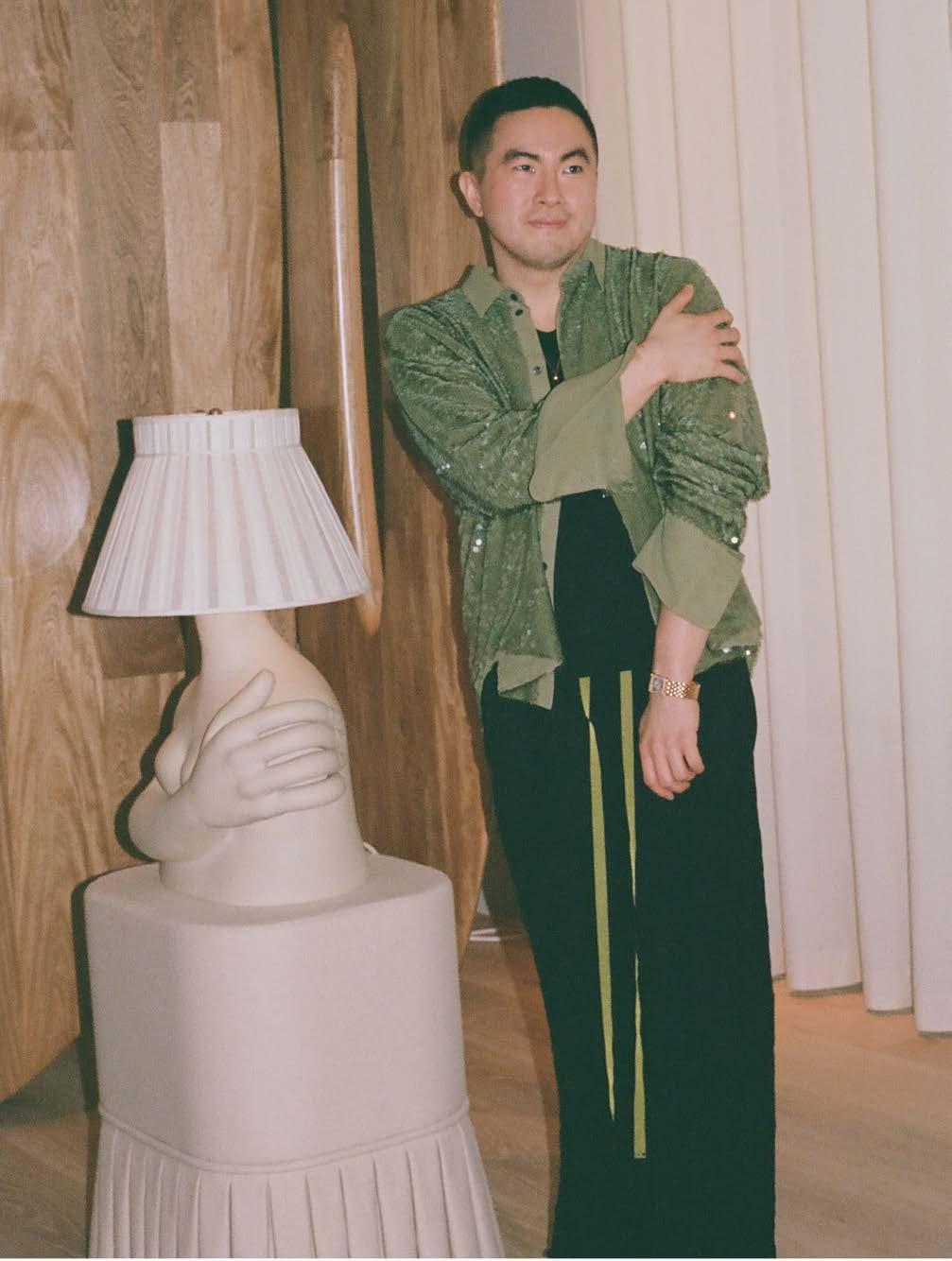
I can’t extrapolate too far into the future right now.” What Yang does envision for his career, though, is moving away from the thorny
Yang loved working on the musical, but at the moment he’s most interested in focusing on smaller films and independent projects that are less tailored toward broad acclaim and bigger audiences—like Fire Island, the queer riff on Pride and Prejudice he starred in alongside Joel Kim Booster and Margaret Cho. “It was this beautiful, generative thing I hadn’t been able to do before,” he recalls, imagining a return to projects that promise more “artistic freedom.”
With an array of audience-approved talents at his fingertips, the sheer number of directions and projects Yang could pursue might seem stifling. But Yang is breathing easy: “If you take an idea that is already an itch in your brain and choose to scratch it, I think there will always be a satisfying outcome.”
“IF YOU TAKE AN IDEA THAT IS ALREADY AN ITCH IN YOUR BRAIN AND CHOOSE TO SCRATCH IT, I THINK THERE WILL ALWAYS BE A SATISFYING OUTCOME.”
With turns in prestige dramas like Industry playing Harper Stern, an ambitious young woman vying for a seat at the table in a cutthroat London investment bank—zeitgeistgrabbing send-ups like A24’s Bodies Bodies Bodies—where she appears alongside fellow icons of the moment Pete Davidson, Chase Sui Wonders, and Rachel Sennott—and major blockbusters like last year’s apocalyptic thriller Leave The World Behind, Myha’la is poised for a long and wide-ranging career. The 28-yearold San Jose native is on a trajectory any young star would dream of—and she’s just getting started.
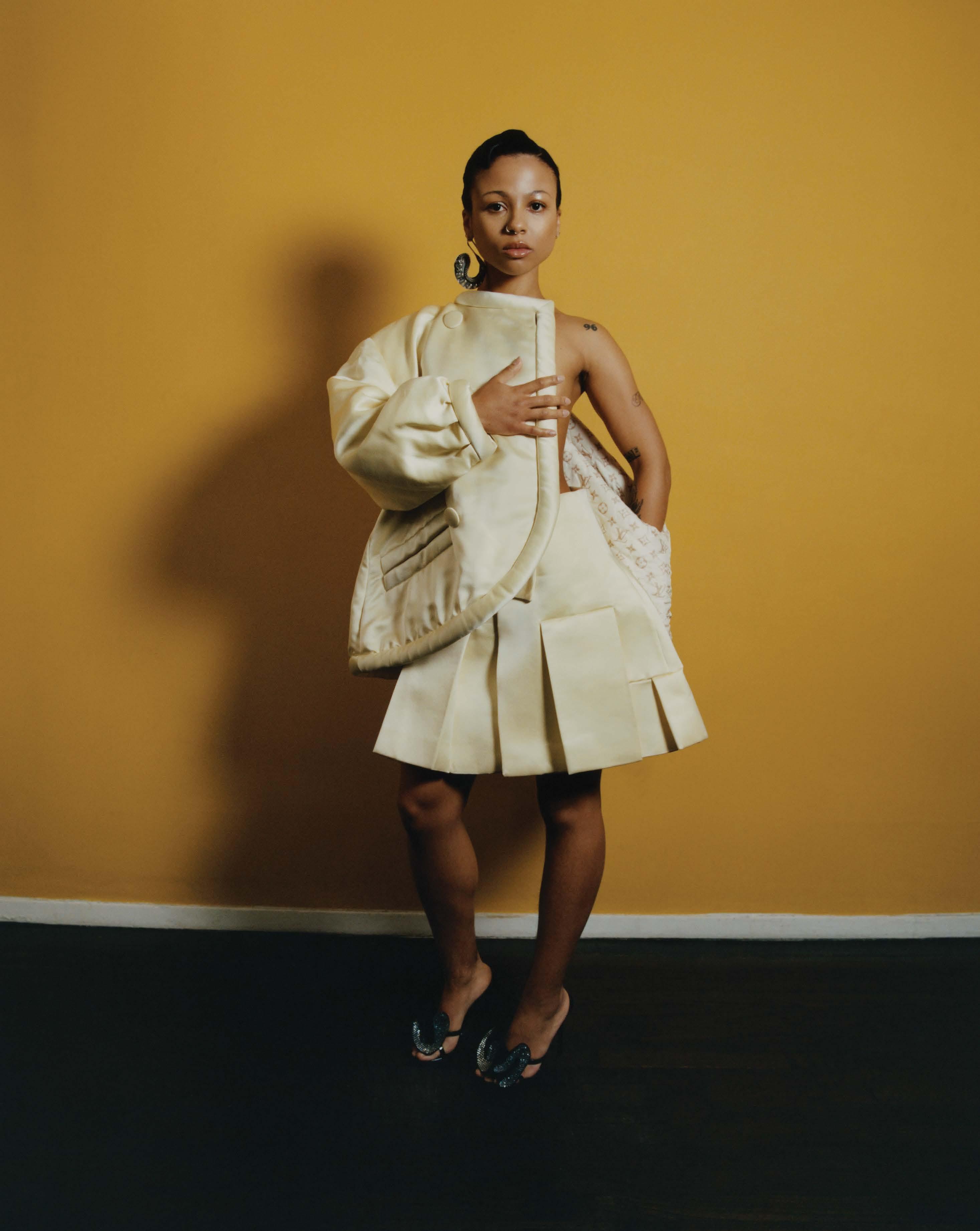 Photography by Quil Lemons Styling by Aryeh Lappin
Photography by Quil Lemons Styling by Aryeh Lappin
culturedmag.com



WHAT IS YOUR CALLING CARD?
I don’t know, actually. I feel like it’s probably my very tall boyfriend. Oftentimes, when people run into me, they say they saw him first.
WHAT’S SOMETHING PEOPLE GET WRONG ABOUT YOU? People think I’m from New York, and I take that as a compliment. I think New Yorkers are some of the coolest, strongest, most multihyphenated people on the planet. So if someone thinks I’m that, I’m flattered.
NAME AN INFLUENCE OF YOURS THAT MIGHT SURPRISE PEOPLE. Bernadette Peters, my queen. She was the first person I saw onstage who made me think, I want to be just like her. Big, beautiful, unapologetic, and so gracefully committed to her artistic integrity. She’s the best.
WHEN WAS THE LAST TIME YOU SURPRISED YOURSELF IN YOUR WORK? I don’t love surprises. I’m an Aries. My perfectionist overachieving ADHD brain works overtime to anticipate things, so I’m not surprised by much. At work, if I’m surprised by something it makes me feel like I wasn’t well-enough prepared. Or maybe it’s my belief that anything and everything is possible that keeps me from being surprised.
WHO DO YOU CALL THE MOST?
My man, my man, my man. Or my mom. They are my best friends.
WHEN YOU WERE LITTLE, WHAT WERE YOU KNOWN FOR? Being “dramatic.” I was a theater kid from the moment I came out of the womb: very chatty and prone to breaking out in song at random.

“MY
THE CULT 100 THE CULT 100 THE CULT 100 THE CULT 100 THE CULT 100 THE CULT100 THECULT100 THE 100 THE CULT 100 THE CULT THE CULT 100 THE CULT 100 THE CULT CULT 100 THE CULT 100 THE CULT 100 THE CULT 100 THE CULT 100 THE CULT 100 THE CULT 100
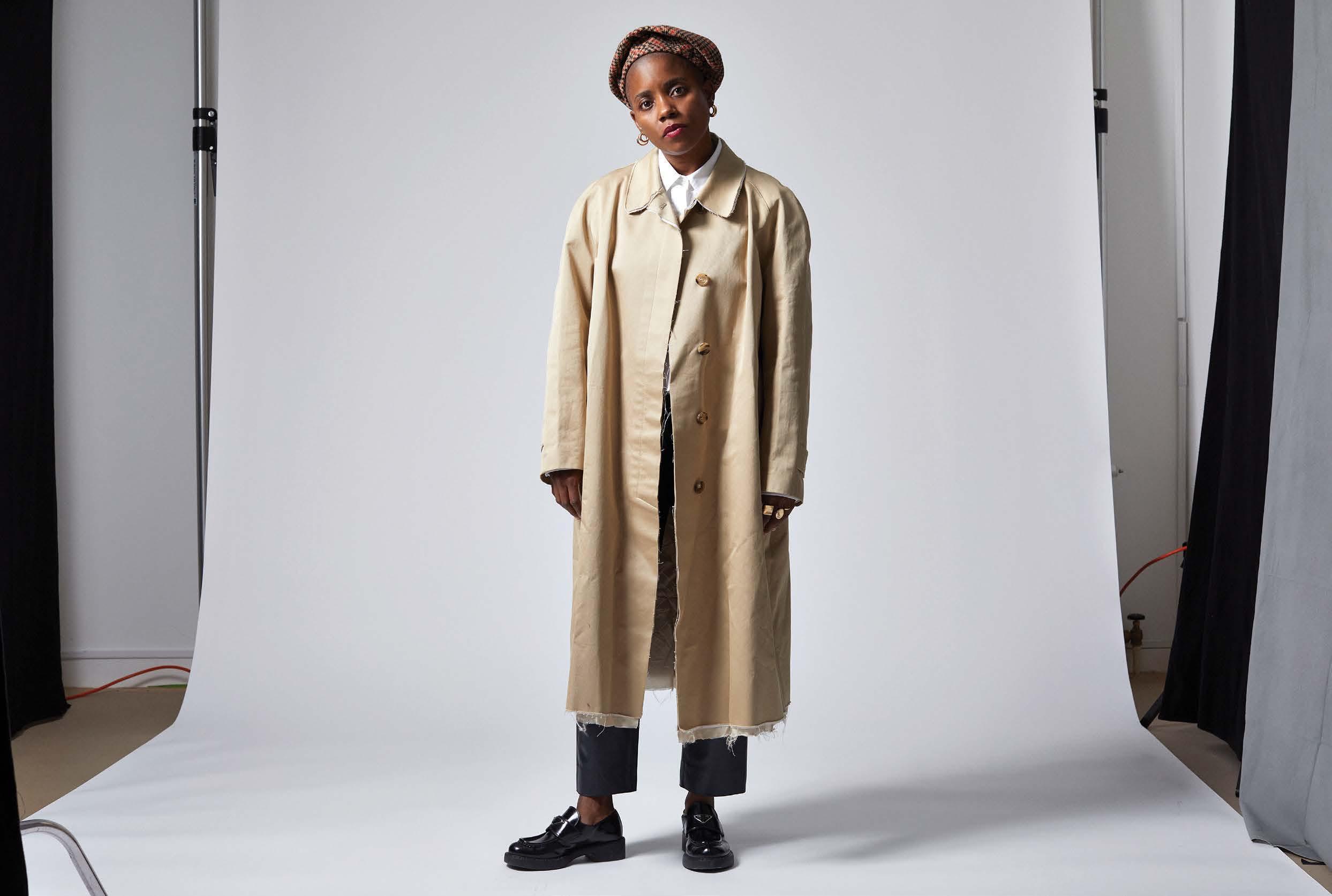
HOW WOULD YOU DESCRIBE YOURSELF? More sensitive than not.
DESCRIBE A RECENT CROSSROADS AT WHICH YOU FOUND YOURSELF.
I think I’m still at it. I’m in my 40s and the possibility that there’s gonna be less time on this side than there was on the other is ringing loud. It’s not fear of the end; it’s less room to get much done. Will I have done as much as I’d hoped? I’m trying my best to rearrange my outlook. I want to look back and feel proud.
WHAT DO YOU WANT TO SEE MORE OF IN YOUR INDUSTRY? LESS OF? Less trepidation. Less math. Nurturing the unnurtured.
WHAT’S COMING UP FOR YOU IN 2024? I’m feeling a bit allergic to the question of “what’s next.” I believe this is more a question of “what now.” There’s
“I’m in my 40s and the possibility that there’s gonna be less time on this side than there was on the other is ringing loud. Will I have done as much as I’d hoped? I want to look back and feel proud.”
lots of writing in front of me, and I’m finishing a couple of TV shows that are meant to come out later this year.
WHEN WAS THE LAST TIME YOU SURPRISED YOURSELF IN YOUR WORK? I’d been regretting a creative choice I’d made that had taken some years out of me. I was beating myself up about having walked through the wrong
door. Imagine there are a series of doors in front of you and you’ve picked the wrong one. I’d made a tally of every shit choice. Productive. I was raised to punish myself. The nice thing about getting older is a little more ease. So, rather than think I’d walked through the wrong door, I decided that I’d chosen a necessary lesson for the next chapter.
WHAT’S ONE BOOK, WORK OF ART, ALBUM, OR FILM THAT GOT YOU THROUGH AN IMPORTANT MOMENT IN YOUR LIFE? I watch David Lynch when I want to be comforted, and Nancy Meyers when I want to be disturbed.
WHAT’S SOMETHING PEOPLE GET WRONG ABOUT YOU? People assume I’m mean or standoffish because I wear a lot of black. I’m not—black is just flattering!
DESCRIBE A RECENT CROSSROADS AT WHICH YOU FOUND YOURSELF. The choice was mine: Delay production on a dream job by waiting to be paid for it, or put money aside and get to work, even on speculation. I chose the latter.
WHO DO YOU CALL THE MOST? Lately, my agent. Everyone else I text.
WHAT DO YOU WANT TO SEE MORE OF IN YOUR INDUSTRY? LESS OF?
I could say that I want to see more originality, more patience, or more diversity—but what I’d actually say is that I want to feel more trust.
WHEN YOU WERE LITTLE, WHAT WERE YOU KNOWN FOR? Putting on a show.
“I watch David Lynch when I want to be comforted, and Nancy Meyers when I want to be disturbed.”


WHEN YOU WERE LITTLE, WHAT WERE YOU KNOWN FOR? Since I started playing tennis professionally at 14 years old, I was known to be a determined and fiercely competitive young athlete. Truthfully, I was quite oblivious as a child. I had a real childhood—we played tennis, went to school, attended church. My whole world was my family: my mom, my dad, my sisters.
WHAT’S ONE BOOK, WORK OF ART, ALBUM, OR FILM THAT GOT YOU THROUGH AN IMPORTANT MOMENT IN YOUR LIFE? The Old English poem
Beowulf. The irony and simplicity of the message is beautiful. This too will pass. We all face challenges and sometimes sorrow, but it will pass.
DESCRIBE A RECENT CROSSROADS AT WHICH YOU FOUND YOURSELF. My injuries over the past couple of years have been hard on my body and my mind. Having to push through rehab and be taken away from the game you love is every athlete’s worst nightmare. These are defining moments, though, and the ones that really shape your legacy. I’ve overcome so much adversity in my
“I’ve overcome so much adversity in my career. I know what I am capable of and I know that I can still compete at the highest level, so this mindset pushed me through those tough periods of time.”
career. I know what I am capable of and I know that I can still compete at the highest level. This mindset pushed me through those tough periods of time.
WHEN WAS THE LAST TIME YOU SURPRISED YOURSELF IN YOUR WORK? With the launch of Palazzo. I have always been in the arts, so combining it with tech has been thrilling, but I don’t think I was quite qualified for that undertaking at the start. It took a few months of adjusting. Now I’m full steam ahead tackling design in a new medium, diving into A.I., and leading a team that is tech-based—all things I hadn’t done before.
WHAT DO YOU THINK IS YOUR BIGGEST CONTRIBUTION TO CULTURE?
I am so proud of my achievements on the court, but I take even greater pride in what I’ve accomplished beyond it. Early on in my career, I utilized my platform to make a positive impact, whether through tennis or through my design firm, V Starr. I like to think that my decisions to stand up for what’s right—and be an advocate for gender equity and women’s empowerment—has inspired the next generation.
WHAT IS YOUR CALLING CARD?
It used to be dosing people out of my purse at parties. Now it’s leaving the hang at 11 p.m. to get in bed. Or, according to my friends when we’re doing impressions of each other, it’s laughing really hard for a long time and then visibly realizing I have no idea what’s going on.
WHAT’S ONE WORK OF ART THAT GOT YOU THROUGH AN IMPORTANT MOMENT IN YOUR LIFE? In 2011, I lived in Houston, my hometown, in a tiny rundown apartment a few blocks away from the Menil Collection, one of my favorite art museums. I was adrift, broke, back from the Peace Corps, and absolutely unsure of what the rest of my life would contain. I visited the Cy Twombly gallery a lot.
I would walk almost blinded by the sun, almost choked by the heat, across the bright grass into that cool, white little pavilion, and I would stare at Untitled (Say Goodbye, Catullus, to the Shores of Asia Minor) [1994]. Thirteen by fifty-two feet, elusively moving, it could still bring me near tears.
WHEN WAS THE LAST TIME YOU SURPRISED YOURSELF IN YOUR WORK? Ideally, a person should surprise herself every time she writes anything. I’m not sure I’m writing like that right now. As my kids get older and I regain some neurons and alone time, I hope to surprise myself a lot more.
DESCRIBE A RECENT CROSSROADS AT WHICH YOU FOUND YOURSELF. St. James and Lafayette, in front of the brownstone that faces Underwood Park in Brooklyn and always—literally always —has seasonal inflatables in front.
Like, Snoopy in a graduation hat in June, pink hearts in February, turkeys in November, the Grinch in December, you name it. For the first time in my 10 years in this neighborhood, I saw the house undecorated, in the middle of a changeover. I stopped and stared.

“My calling card used to be dosing people out of my purse at parties. Now, it’s leaving the hang at 11 p.m. to get in bed.”Photography by Seth Caplan
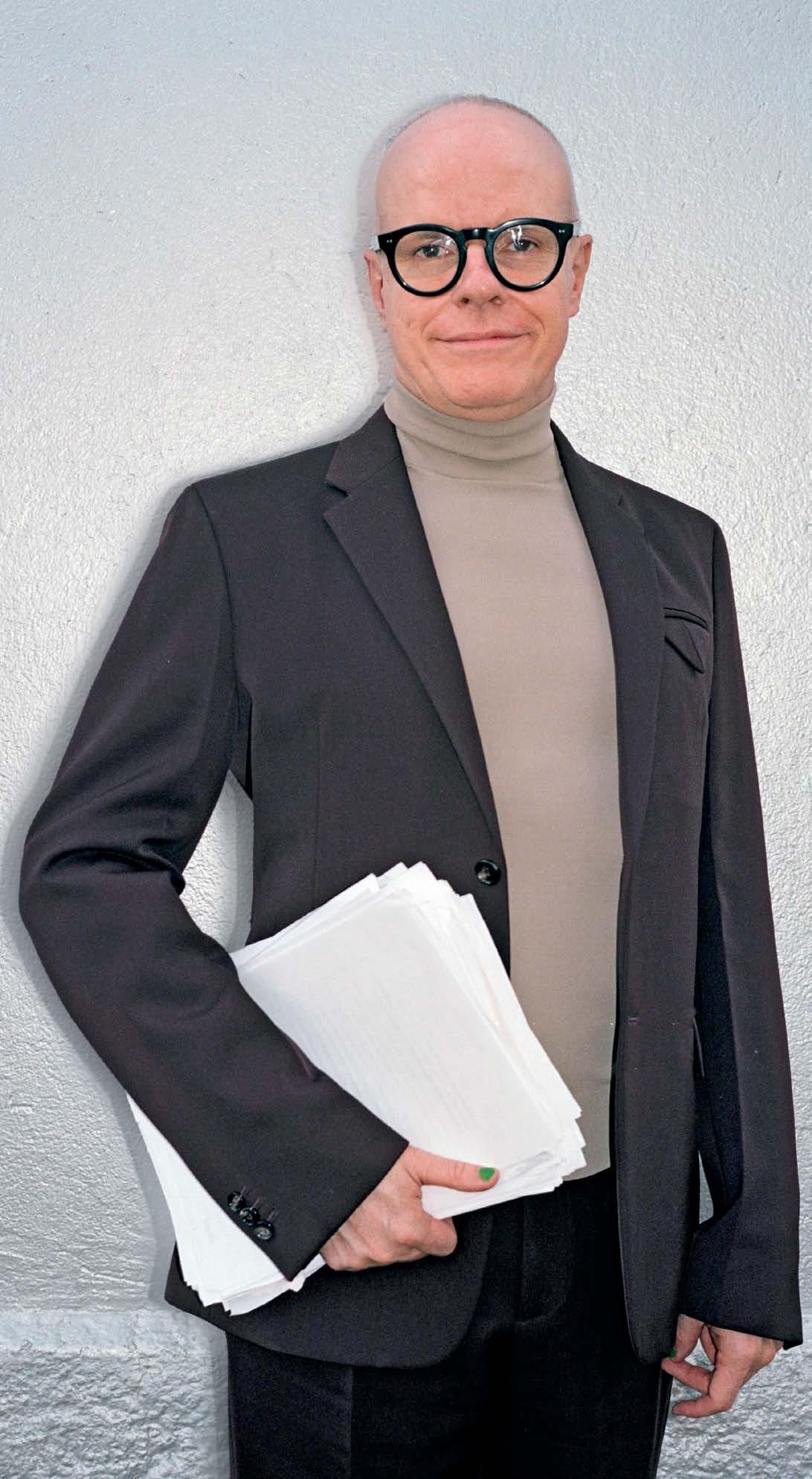
WHAT IS YOUR CALLING CARD? Handwritten Post-its.
WHAT DO YOU WANT TO SEE MORE OF IN YOUR INDUSTRY? LESS OF? Kindness, togetherness, and experimentation. “There’s no end to experimentation,” as Zaha Hadid once told me. More sustainability and slow programming.
WHEN YOU WERE LITTLE, WHAT WERE YOU KNOWN FOR? Staging postcard exhibitions in my bedroom. As a child, I collected postcards of artworks from museums. I then started to design exhibitions in little boxes in my bedroom and on panels. They were wooden panels, and I didn’t have enough time or money to cover them with fabric like Aby Warburg did, but that’s how I did my first exhibitions in a way. I could move them around easily and I rearranged them as I pleased.
WHAT’S SOMETHING PEOPLE GET WRONG ABOUT YOU? That I don’t sleep. I have to sleep in order to dream.
NAME AN UNEXPECTED INFLUENCE OF YOURS. Hildegard von Bingen and the oracle Mariangela de Gaetano, who was introduced to me by Alighiero Boetti.
WHEN WAS THE LAST TIME YOU SURPRISED YOURSELF IN YOUR WORK? During lockdown, when I wrote a very personal book called A Life in Progress, something I had never done before. And when I became a gamer playing video games doing research for the “WORLDBUILDING” show.
WHAT’S ONE BOOK THAT GOT YOU THROUGH AN IMPORTANT MOMENT IN YOUR LIFE? Carl Seelig, Walks With Walser.
“People think that I don’t sleep. I have to sleep in order to dream.”Photography by Lukas Wassmann
SOMETHING PEOPLE GET WRONG ABOUT YOU? People are surprised that my music is so noisy. The general public has the most ridiculous and stereotypical ideas about what Native American music is. These assumptions rarely envision any kind of contemporary composition made by Indigenous people. I blame the New Age genre for a lot of these misconceptions.
Earlier this year, I was involved in a bad car accident that completely destroyed my left wrist. Given that I’m a guitarist and pianist, I found myself questioning if I’d ever be able to play these instruments again. It has forced me to recalibrate my priorities of how I make music and the way I see the instruments that I’ve known all my life.
WHAT’S ONE BOOK, WORK OF ART, ALBUM, OR FILM THAT GOT YOU THROUGH AN IMPORTANT MOMENT IN YOUR LIFE? As a teenager, I was completely entrenched in the books of Carlos Castaneda. They recognized the Indigenous people of the Southwest while seemingly honoring the sacred plants that our people use. At the same time, I was skeptical of the writing of Castaneda and was able to discover for myself, eventually, that the books were total bullshit. However, they allowed me to envision a pathway for experimental art and music while forcing me to think critically about how Indigenous people are framed by those writing about us.
NAME AN INFLUENCE OF YOURS THAT MIGHT SURPRISE PEOPLE.
George Clinton of Parliament-Funkadelic. My music might be in another universe from this Afrofuturist legend, but Clinton’s ability to conduct a wild cast of characters into an ensemble and make some of the most influential music of the 20th century has been an influence throughout my career.

“The general public has the most ridiculous and stereotypical ideas about what Native American music is. These assumptions rarely envision any kind of contemporary composition made by Indigenous people.”Photography by Minesh Bacrania
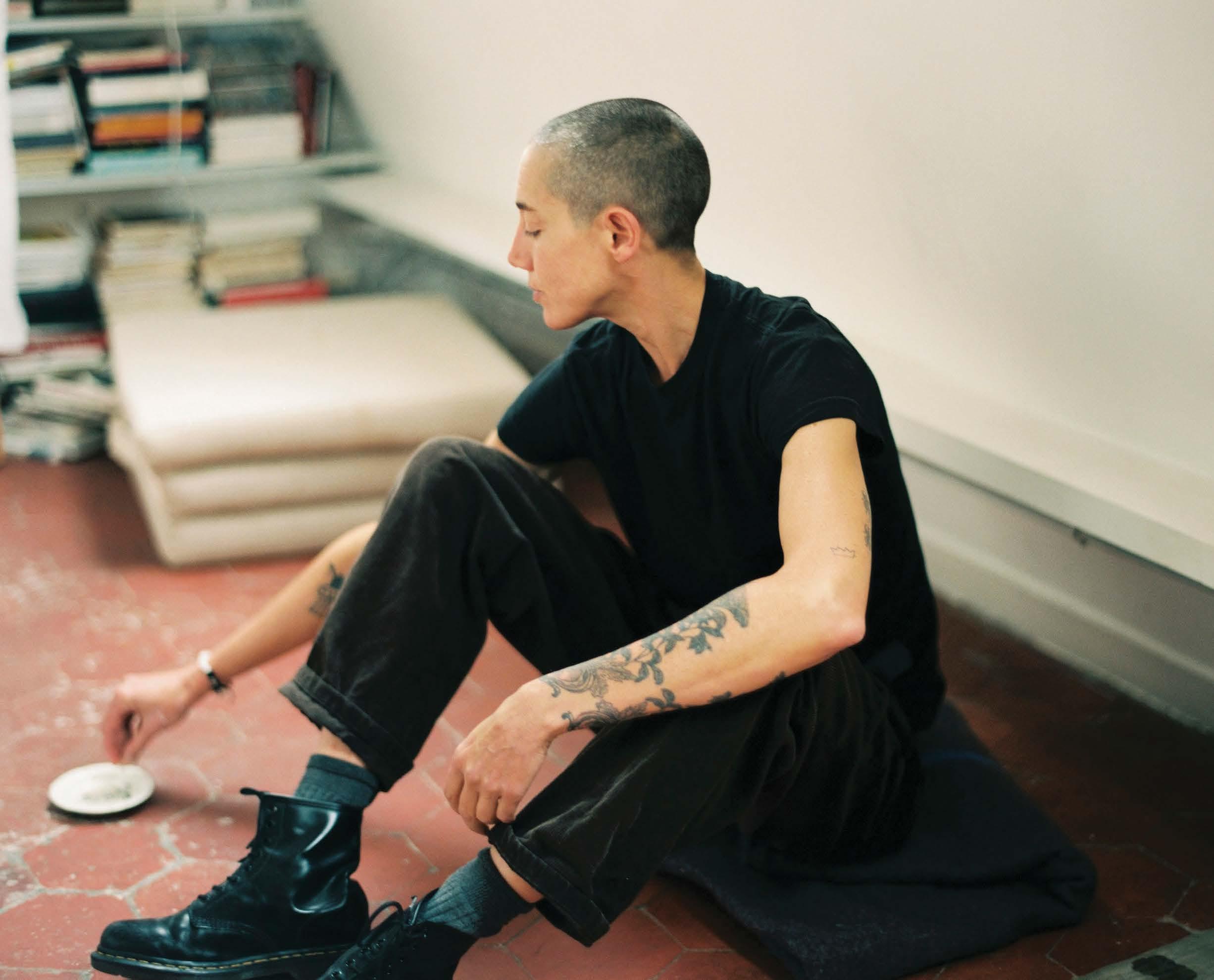
WHAT IS YOUR CALLING CARD? I try to be precise.
HOW WOULD YOU DESCRIBE YOURSELF? 5 feet, 10.47 inches.
WHAT’S ONE BOOK, WORK OF ART, ALBUM, OR FILM THAT GOT YOU THROUGH AN IMPORTANT MOMENT IN YOUR LIFE? Art is of very little importance in the important moments of our lives. Art is for all the other moments, when we’re bored to death.
WHO DO YOU CALL THE MOST? I’d rather not (call anyone).
WHAT’S SOMETHING PEOPLE GET WRONG ABOUT YOU? Probably that I am cool.
NAME AN INFLUENCE OF YOURS THAT MIGHT SURPRISE PEOPLE. Saint Augustine, Blaise Pascal, Charles Péguy, Georges Bernanos, the French Civil Code, and Monster Energy drinks (the white ones).
WHEN YOU WERE LITTLE, WHAT WERE YOU KNOWN FOR? I am not interested in childhood, where you’re like a prisoner, a pet. It’s when it’s over that everything begins.
WHEN WAS THE LAST TIME YOU SURPRISED YOURSELF IN YOUR WORK? Each time I have finished writing a book.
WHAT DO YOU WANT TO SEE MORE OF IN YOUR INDUSTRY? LESS OF? I like people who take risks.
DESCRIBE A RECENT CROSSROADS AT WHICH YOU FOUND YOURSELF. Scrambled or fried?
WHAT DO YOU THINK IS YOUR BIGGEST CONTRIBUTION TO CULTURE? I don’t know, it sounds dirty.
Photography by Adam Peter Johnson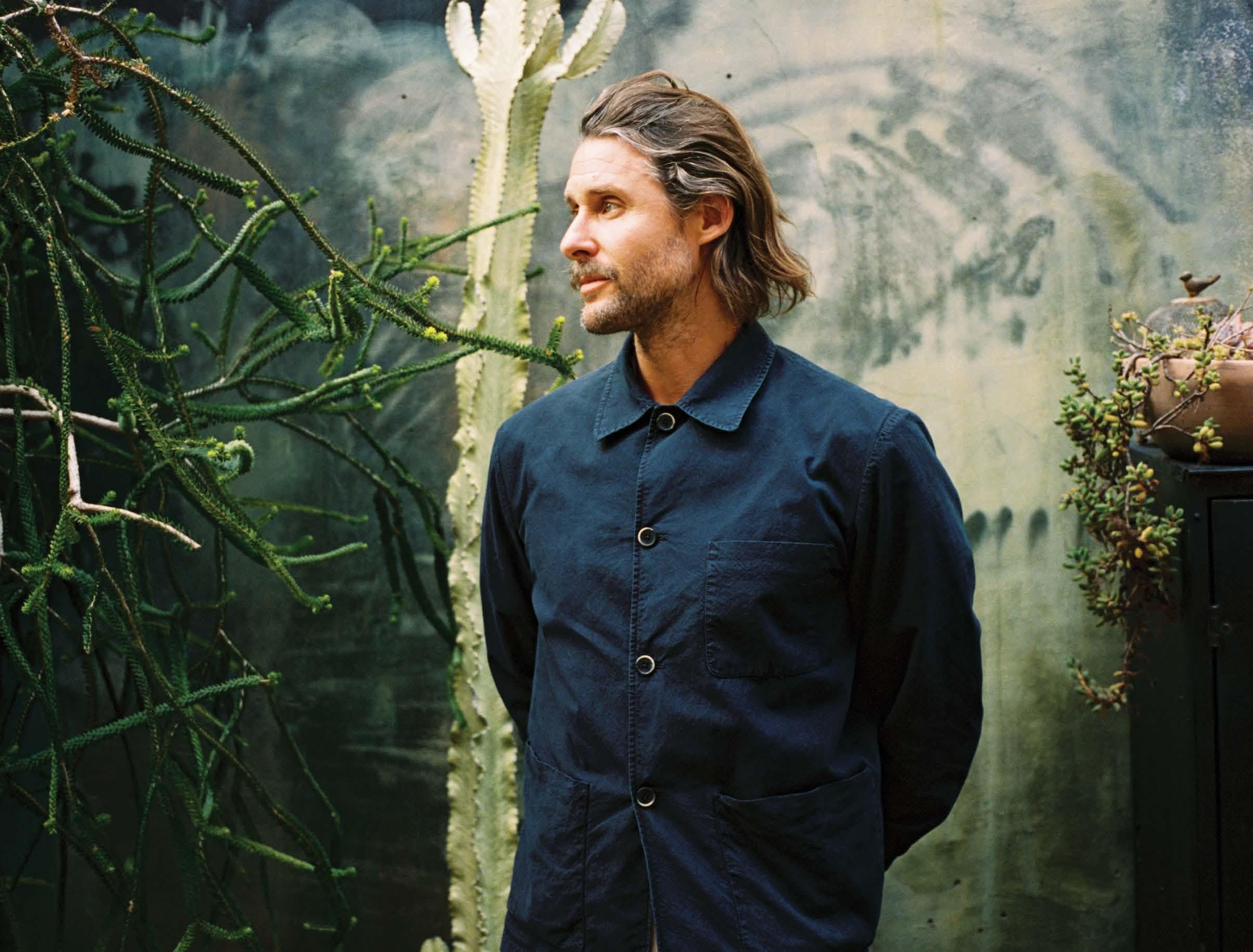
WHAT DO YOU WANT TO SEE MORE OF IN YOUR INDUSTRY? LESS OF?
We have all the solutions to the problems that we face today, but we’re hyperfragmented. There’s a lot of nationalism and self-interest that gets in the way of a truly effective approach to living on this planet and improving it. We’re following the path that will barely give us survival, when we could follow a path that would allow us to thrive and live in harmony with nature. That would be one of the biggest things I would like to see: some real action.
WHAT DO YOU THINK IS YOUR BIGGEST CONTRIBUTION TO CULTURE? My contribution has been trying to close the human-nature
gap—trying to make the environmental movement more inclusive and driven by awe and wonder versus negativity.
WHAT WERE YOU KNOWN FOR AS A CHILD? I was known for being a fidget. I always felt much more comfortable on the go—I’m still like that. I feel like I’m moving towards the things that I love versus moving away from things.
WHAT IS YOUR CALLING CARD? I think my calling card is always to use humor to disarm and to inspire. The space I’m in is quite intense; it can be very serious. But I think that humans gravitate towards things that make us smile and laugh. My family will probably tell you I’m just full of dad jokes.
“I’m trying to close the human-nature gap—trying to make the environmental movement more inclusive and driven by awe and wonder versus negativity.”
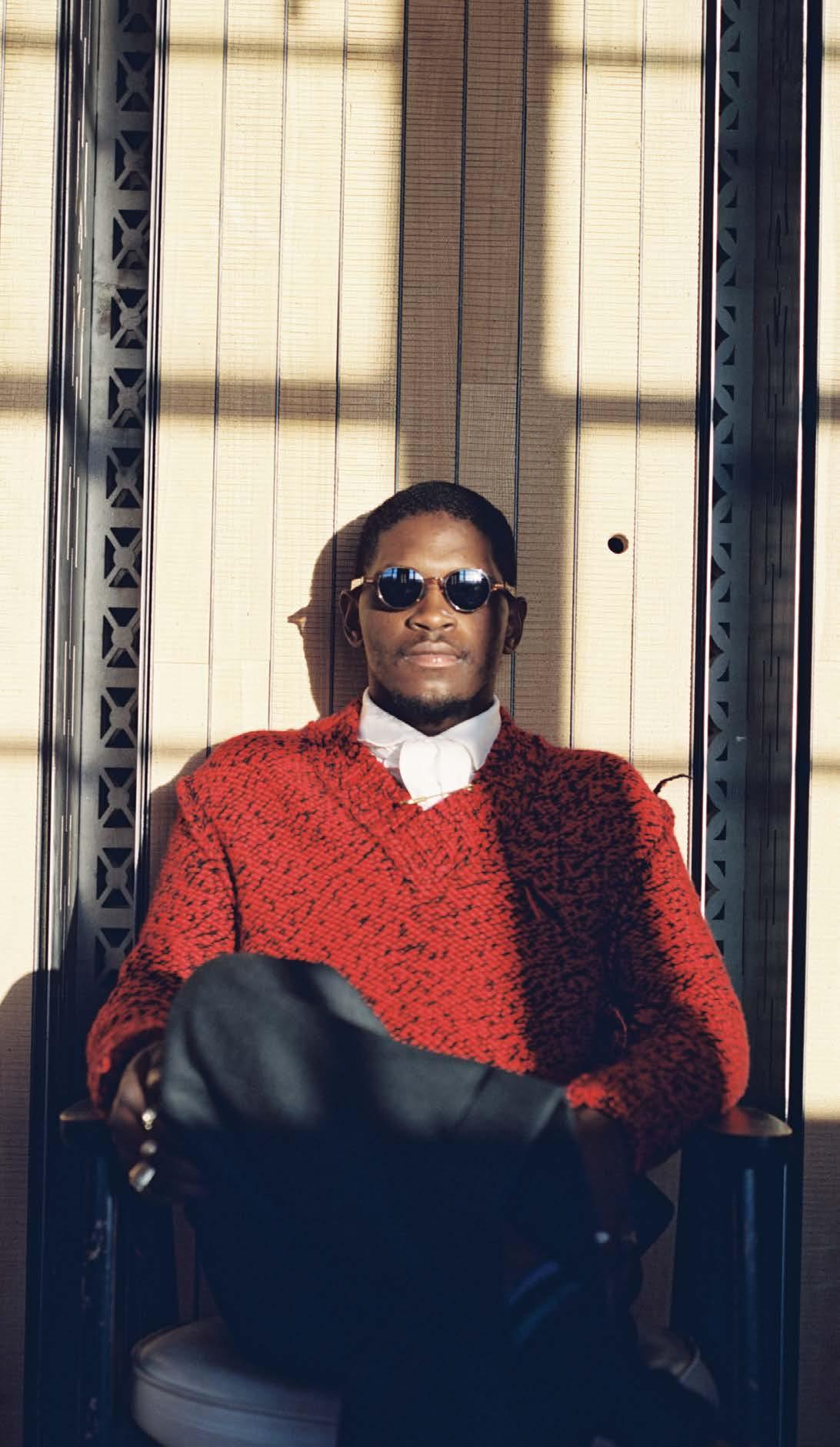
WHAT IS YOUR CALLING CARD? I always say to my friends that no matter what I wear—I can be covered head-totoe—people will still know it’s me somehow. That says a lot to me about how I’ll be remembered.
WHAT DO YOU WANT TO SEE MORE OF IN YOUR INDUSTRY? LESS OF? I’d like to see more people working together from a place of love, and fewer decisions led by ego. There are so many talented people who don’t get their chance in music and fashion—due to people in power who do things from an egotistical standpoint. That has to stop.
WHEN YOU WERE LITTLE, WHAT WERE YOU KNOWN FOR? I’ve always been known for my role model characteristics and my will to be a leader. My peers have always looked up to me and I’ve always tried to play that role for them by caring about others and how they feel, especially when they’re much younger than me. The big-brother role model thing, I live for that—always have.
WHAT’S ONE BOOK, WORK OF ART, ALBUM, OR FILM THAT GOT YOU THROUGH AN IMPORTANT MOMENT IN YOUR LIFE? Definitely 2Pac’s “Dear Mama.” I was really young in the late ’90s, raised by my mother and grandmother, who just wanted the best for my brother and me. They really struggled, and every time I heard “Dear Mama” on the radio back then, it reminded me of my love for them. It made me want to do better in life.
WHAT DO YOU THINK IS YOUR BIGGEST CONTRIBUTION TO CULTURE?
Being kind to others no matter what their background or personal beliefs are, or what their social status is. We are all just humans and should treat each other with love and respect. I believe that people who think that way help the world go round, and I’m one of those people. What could be a better contribution than that?
“The big-brother role model thing, I live for that—always have.”Photography by Tom Emmerson

DESCRIBE YOURSELF IN THREE WORDS. Everything on the table. That’s four.
WHAT’S SOMETHING THAT PEOPLE GET WRONG ABOUT YOU? Sometimes people I don’t know, but who know my work, come up to me and say, “Can I give you a hug?” I’m like, “Excuse me, please don’t.” There’s a lot of vulnerability in my work, and I think they’re worried about me. They could say, “It must take a real daredevil to be that vulnerable,” but I think they’re forgetting that part.
NAME AN INFLUENCE OF YOURS THAT MIGHT SURPRISE PEOPLE. The New York Mets. They’ve been kind of a constant
“I have relatives who are still kind of shocked that I’ve made something of myself.”
throughout my life because I’m originally from Vermont; my dad’s from New York. We transplanted to California. My family kept rooting for the Mets the whole time. And now the person I’ve been seeing for
the last year is also a lifelong Mets fan. Just the sound of when she’s painting and listening to the ball game on the radio— it works on me. She could get away with so much more than she knows because I’m put into this trance from the sound.
WHO DO YOU CALL THE MOST?
I mean, probably my girlfriend, but I’ve actually been sort of reprimanded for not communicating enough on the whole, with everyone.
WHEN YOU WERE LITTLE, WHAT WERE YOU KNOWN FOR?
I have relatives who are still kind of shocked that I’ve made something of myself. I seemed cowering and shy, but really I was just antisocial.
Photography by Elizabeth Weinberg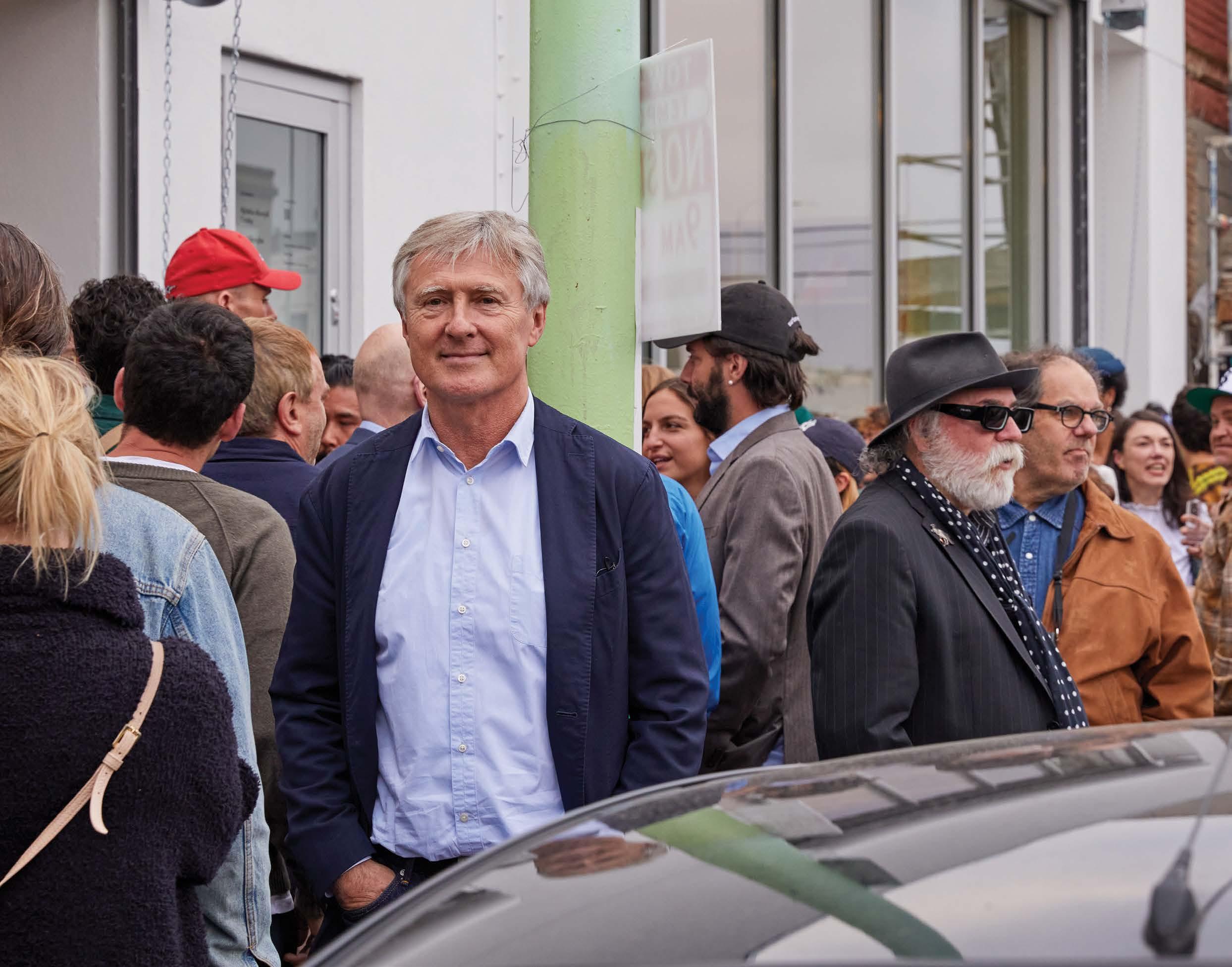
WHEN WAS THE LAST TIME YOU SURPRISED YOURSELF IN YOUR WORK? When Sarah Michelson agreed to join the gallery. Sarah is one of the true innovators and outstanding artists in the world of dance, but has no history of making artworks per se. Her two projects—the first in New York in 2021, and the second in our new Los Angeles gallery this year—have been highlights.
WHAT’S ONE BOOK, WORK OF ART, ALBUM, OR FILM THAT GOT YOU THROUGH AN IMPORTANT MOMENT IN YOUR LIFE? I read Thomas Mann’s The Magic Mountain twice. Once as a teenager and then again recently. It was fascinating to me how the work
affected me so differently in these two stages of life.
NAME AN INFLUENCE OF YOURS THAT MIGHT SURPRISE PEOPLE. I’ve looked to Miles Davis again and again for inspiration, starting in my teens.
WHAT DO YOU WANT TO SEE MORE OF IN YOUR INDUSTRY? LESS OF?
Collegiality has always been a hallmark in our industry. Lately, press coverage and general narrative have centered on competition, not collegiality. I hope we can reverse this trend and get back to a friendlier place that’s more like the way I experienced it when I started.
“I read Thomas Mann’s The Magic Mountain twice. Once as a teenager and then again recently. It was fascinating to me how the work affected me so differently in these two stages of life.”David Zwirner outside his Los Angeles galleries in Melrose Hill during the opening in May 2023. Photography by Keith Berson
“One of my favorite things to do wherever I am is to sit outside a bar and look at people passing by.”
WHAT’S ONE BOOK, WORK OF ART, ALBUM, OR FILM THAT GOT YOU THROUGH AN IMPORTANT MOMENT IN YOUR LIFE? Donna Tartt’s The Secret History, my favorite book of all time. I’ve read it every summer for 27 years now.
WHAT’S SOMETHING PEOPLE GET WRONG ABOUT YOU? That I am cold and distant.
WHEN YOU WERE LITTLE, WHAT WERE YOU KNOWN FOR? Whistling in the street.
WHEN WAS THE LAST TIME YOU SURPRISED YOURSELF IN YOUR WORK? The last show I did for Alaïa. I was surprised by how much one can do with so little, how one can go maximal by staying minimal. The idea of restraint and limits can push one’s creativity.
NAME AN INFLUENCE OF YOURS THAT MIGHT SURPRISE PEOPLE. I am very much influenced by the street. One of my favorite things to do wherever I am is to sit outside a bar and look at
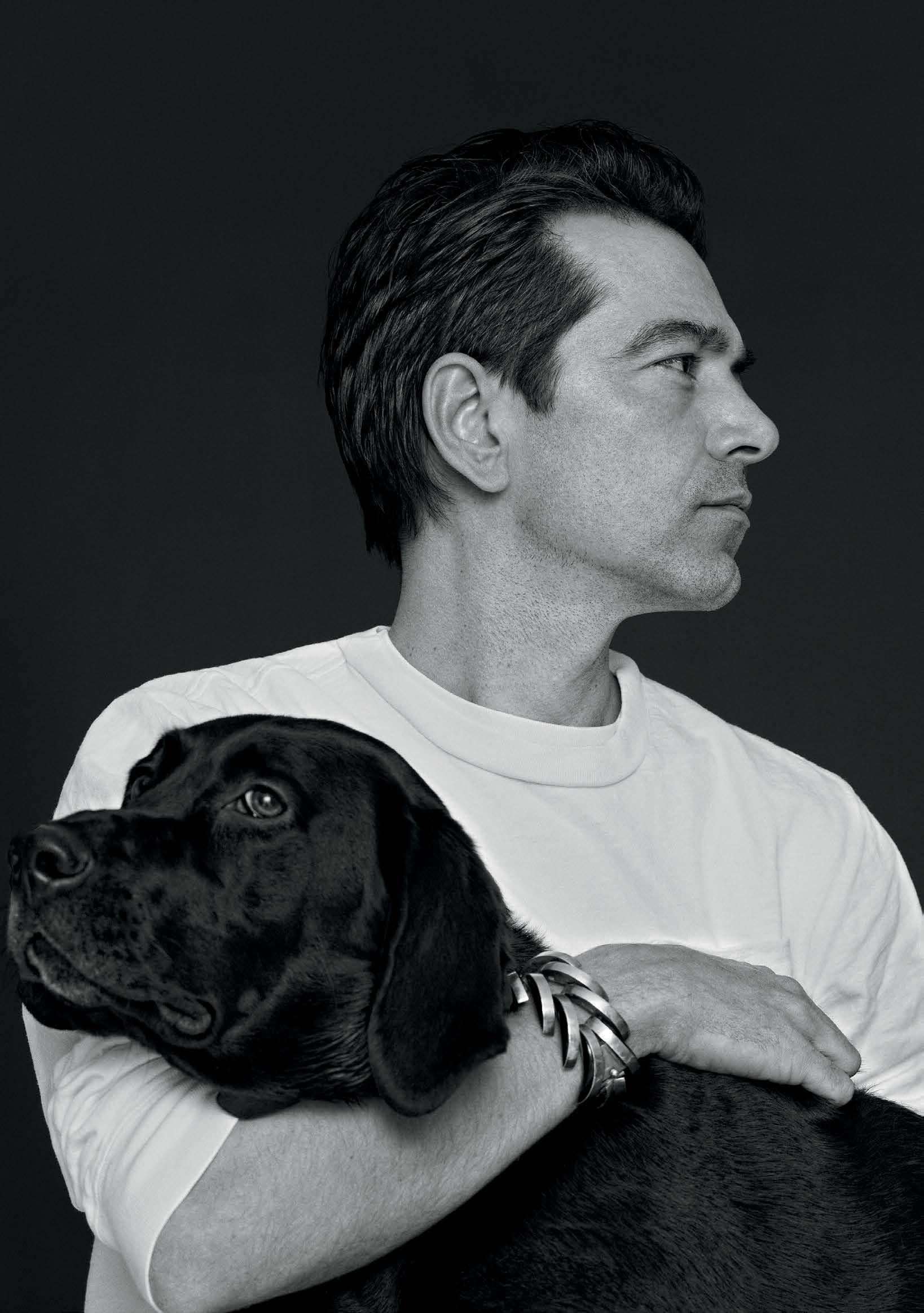
people passing by. That’s also one of the reasons I love taking the train and the subway—real life, real people.
WHAT IS YOUR CALLING CARD? Simplicity. Authenticity. Honesty.
DESCRIBE A RECENT CROSSROADS AT WHICH YOU FOUND YOURSELF.
Before taking on the beautiful House of Alaïa, I was thinking of changing
careers—leaving fashion. But I realized that one can’t just decide to quit a passion, because it is too deeply rooted in oneself.
WHAT DO YOU WANT TO SEE MORE OF IN YOUR INDUSTRY? LESS OF? I would like to see more humanity, authenticity, and originality. More and more I am attracted to the spirit of “less is more”—by only doing what makes one’s heart beat and not giving in.
Photography by Pierre Debusschere
HOW WOULD YOU DESCRIBE YOURSELF? Most people believe my first name is Portuguese or Spanish, but it is East African. It translates to “hermit” or “spirit of an old man.” I guess names are somewhat prophetic. I like being out and about; I love being behind the scenes.
NAME AN INFLUENCE OF YOURS THAT MIGHT SURPRISE PEOPLE. Peter Tosh was a huge influence, not only as an artist but also as one of the foundational blueprints for how to make people move consciously with light. Now, his music, like most Black music, is dangerous with a capital D, and that is why I was attracted to it as a youth. He taught me that art is consciousness.
WHEN YOU WERE LITTLE, WHAT WERE YOU KNOWN FOR? I was a pain in the ass, asking too many questions. Was a huge back-talker. Sorry, mom. So that was me as a youngster: mouthy but shy at the same time. I grew up with 6 brothers plus 16 uncles and 10 aunts, so my confidence came from that squad. Even when I was alone, I felt like I had numbers, if you know what I mean.
WHAT IS COMING UP FOR YOU IN 2024? I am anticipating an exhibition at the Hayward Gallery in London this June. It is my grandest-scale project to date. The layers of subjects and material processes in the show have been especially exciting to develop. From multisensorial sound and light works to literally flooding parts of the gallery, I am looking to tell stories in a language that speaks to the human condition.
“Most people believe my first name is Portuguese or Spanish, but it is East African. It translates to ‘hermit’ or ‘spirit of an old man.’ I guess names are somewhat prophetic.”
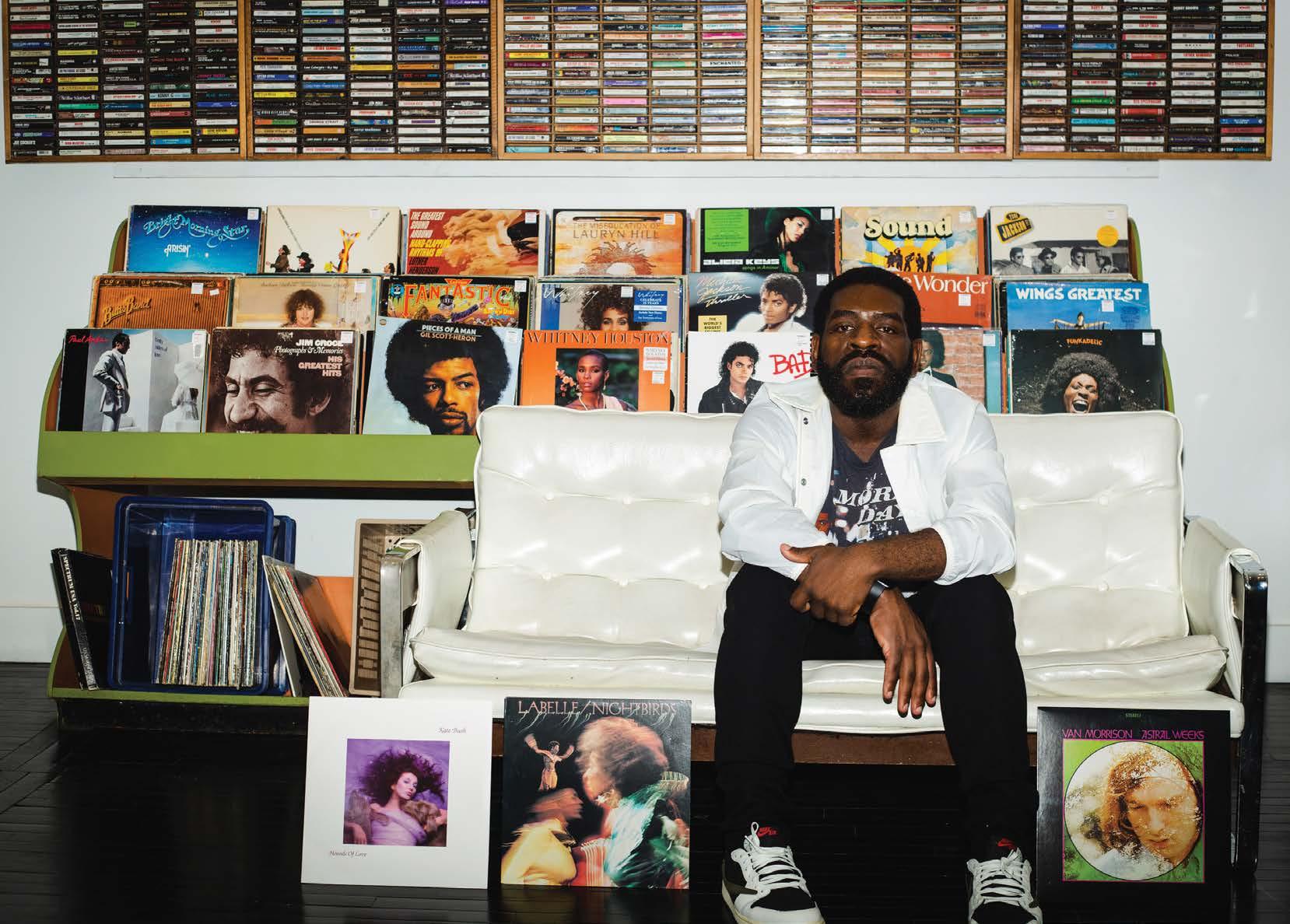
WHEN WAS THE LAST TIME YOU SURPRISED YOURSELF IN YOUR WORK? Every time I finish a poem or a book, I have a rush of excitement followed by a bit of dread—I go from, I can’t believe I did that, to, I can’t believe I have to do it again. But then I remember that, of course, I don’t have to do it again. The pursuit of the work is a choice, and to reframe it as, I can’t believe I get to do that again, enlivens the ever-present excitements and curiosities and obsessions that are already waiting, dormant, to be shaken alive.
WHO DO YOU CALL THE MOST?
When I’m on the road doing readings, I have this routine that acts against the loneliness that arises when you walk off a stage where people are applauding you and return to the quiet of a hotel room by yourself. I get a bag of peanut M&M’s,
call a friend, and ask them to tell me about their day. It’s comforting, re-grounding, to hear someone I love describe something small that delighted them—a bird balancing on the thin branch of a tree, a revelation that their child had over breakfast. I call the old punks I used to roll with in the Midwest, who have retreated to the comforts of California to become responsible parents and partners. They always have a satchel of joys to pull from and toss my way as a kind of salve.
I believe that I have, perhaps single-handedly, decentralized and democratized a vibrant and fluorescent commitment to yearning. Yearning is for everyone, everywhere. Yearning as a truly communal act with no hierarchy. (I can’t actually take
sole responsibility for this, or any responsibility at all—but it would be nice if, upon my exit from this world, that’s what I’m most remembered for.)
NAME AN
Ursula from The Little Mermaid . She had romantic notions, but allowed her (hardearned!) cynicisms about the world above to overrun her romantics in a way that, as a fellow romantic/cynic, I can relate to in some ways. She tries to liberate those around her from their own fantasies about a world that has no interest in serving them well, a political framework I believe we could all learn from. I don’t agree with her tactics (I don’t believe in offering binding contracts to teenagers), but the motivations are inspirational to me.
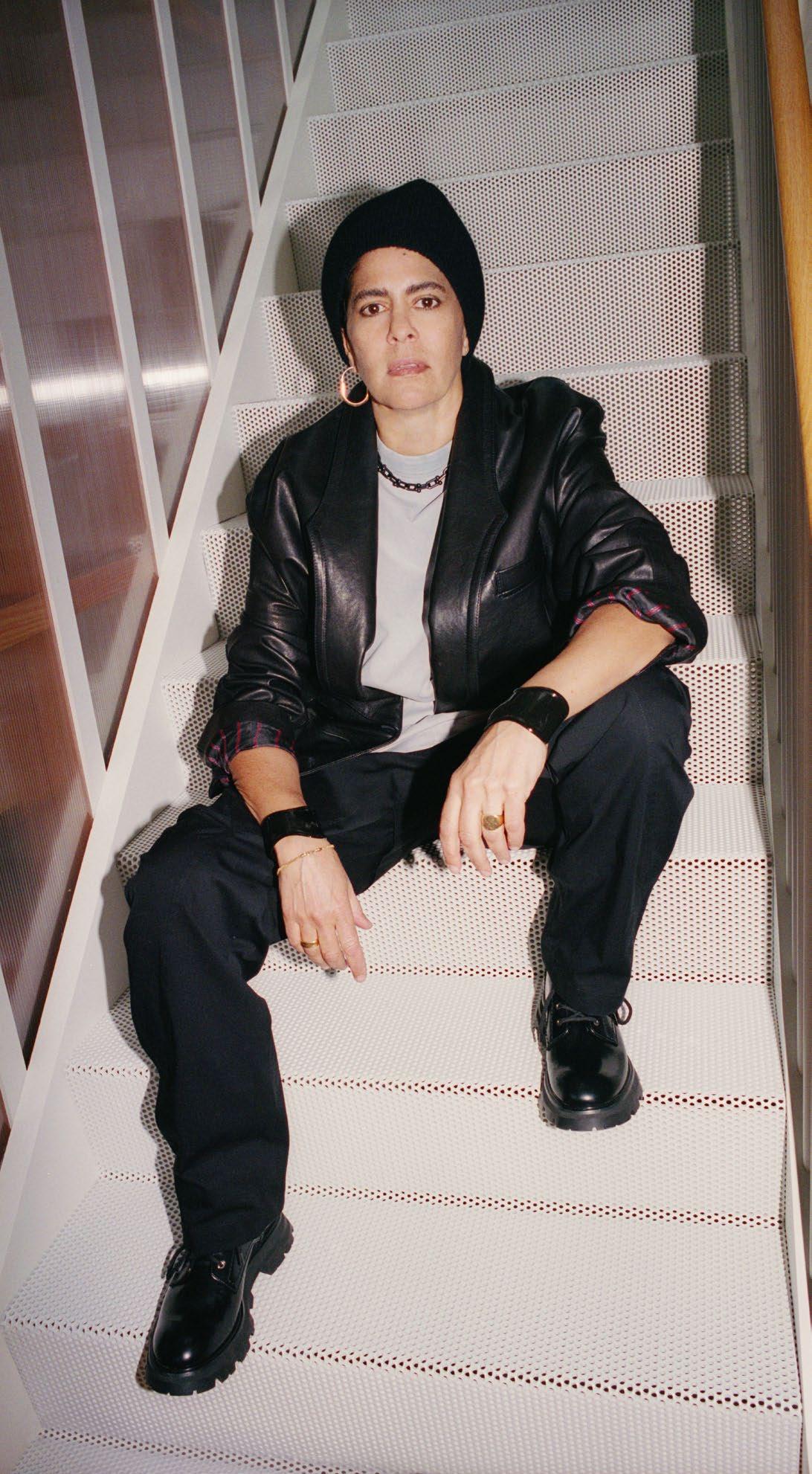
WHAT’S ONE BOOK THAT GOT YOU THROUGH AN IMPORTANT MOMENT IN YOUR LIFE? Moby Dick got me through those sleepless nights during the early weeks of quarantine.
WHO DO YOU CALL MOST? Probably my children, and they rarely answer.
WHEN YOU WERE LITTLE, WHAT WERE YOU KNOWN FOR? Looking like a boy and wearing paper ties I decorated using watercolors, crayons, and colored pencils.
WHEN WAS THE LAST TIME YOU SURPRISED YOURSELF IN YOUR WORK? I was surprised by the haunting glow in my new transparent paintings— their presence and how the sculptural frames made by Nairy Baghramian held them up with unanticipated agency throughout the installation at White Cube Bermondsey in London this past autumn.
NAME AN INFLUENCE OF YOURS THAT MIGHT SURPRISE PEOPLE. Bach’s St. Matthew Passion.
WHAT DO YOU WANT TO SEE MORE OF IN YOUR INDUSTRY? LESS OF? More radical invention and a return to making art for artists. Less perfection and formulaic work.
“I was surprised by the haunting glow in my new transparent paintings—their presence and how the sculptural frames made by Nairy Baghramian held them up with unanticipated agency.”
WHAT IS YOUR CALLING CARD? My sense of ease, color, narrative, and play—both in life and in my work. Maybe my conversational skills. Also my height.
NAME AN INFLUENCE OF YOURS THAT MIGHT SURPRISE PEOPLE. Alfred Hitchcock and Robert Gober.
WHO DO YOU CALL THE MOST? My parents. My girlfriend. My studio manager. Probably in that order.
WHEN YOU WERE LITTLE, WHAT WERE YOU KNOWN FOR? Always rooting for the underdog, and always befriending the kid who had no friends.
WHAT DO YOU WANT TO SEE MORE OF IN YOUR INDUSTRY? LESS OF? More refinement. More groundedness. More connectedness. Less speed for speed’s sake. And my god, less fake shit. Back to the real, whatever that may mean to each individual.
WHAT’S ONE BOOK, WORK OF ART, ALBUM, OR FILM THAT GOT YOU THROUGH AN IMPORTANT MOMENT IN YOUR LIFE? There are so many. For now I’ll say Song of Solomon by Toni Morrison and The Master directed by Paul Thomas Anderson. Both shaped me a lot and helped me understand myself and the world more, which is to say both got me through important moments.
WHAT’S SOMETHING PEOPLE GET WRONG ABOUT YOU? That I live in Paris or Europe. I’m always traveling for work. I’m a bit peripatetic at the moment so people often get that wrong. But I grew up in Atlanta and I live in Brooklyn. Both cities shape who I am heavily.
DESCRIBE A RECENT CROSSROADS AT WHICH YOU FOUND YOURSELF. Whether to be a fashion photographer, an artist, or a movie director. I can’t help that I am simply all three. Gordon Parks, who is a big inspiration to me, told many stories throughout his lifetime, sometimes several at the same time. The crossroads is never what to do, but what to put my time towards.
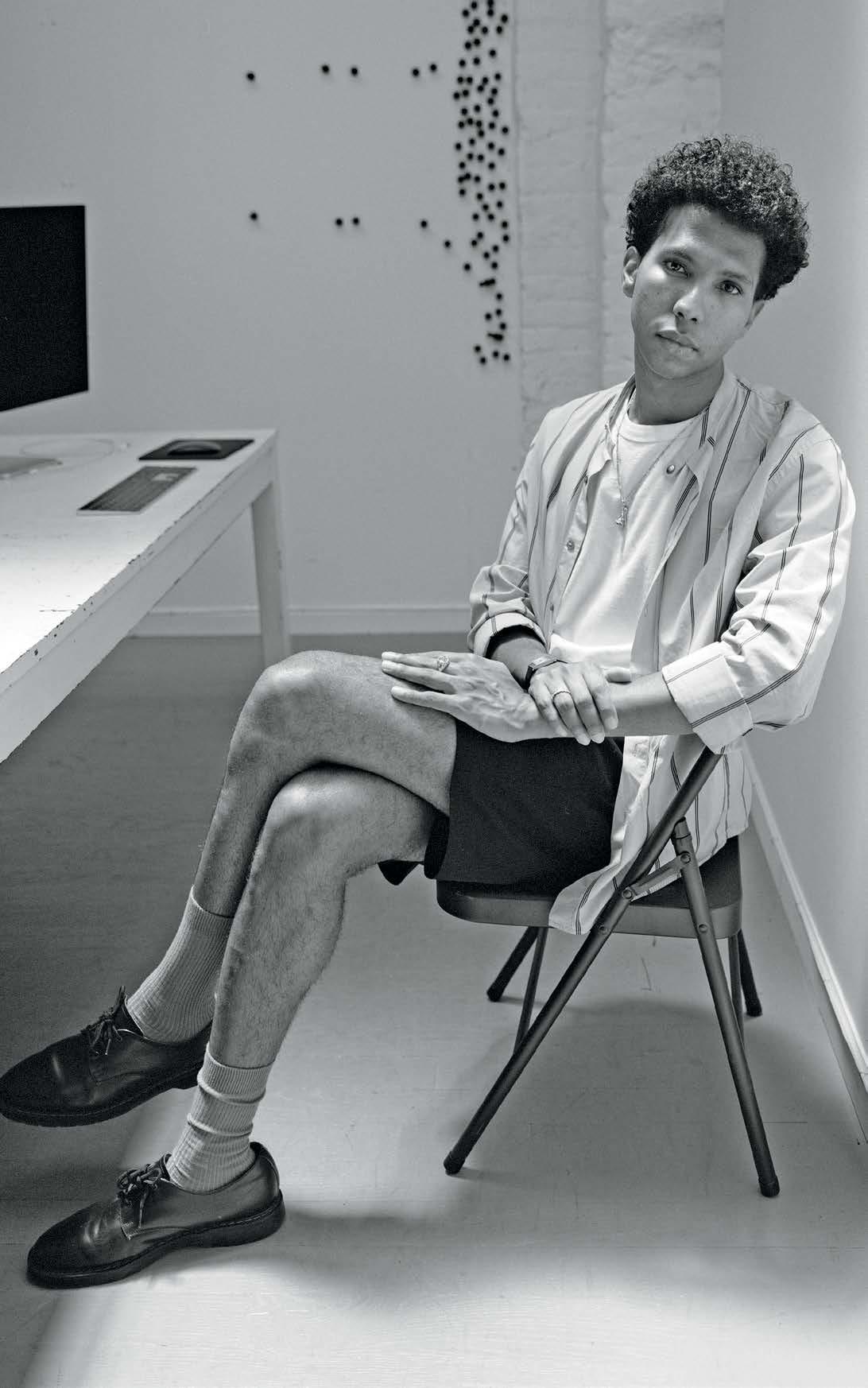
“More refinement. More groundedness. More connectedness. Less speed for speed’s sake. And my god, less fake shit.”
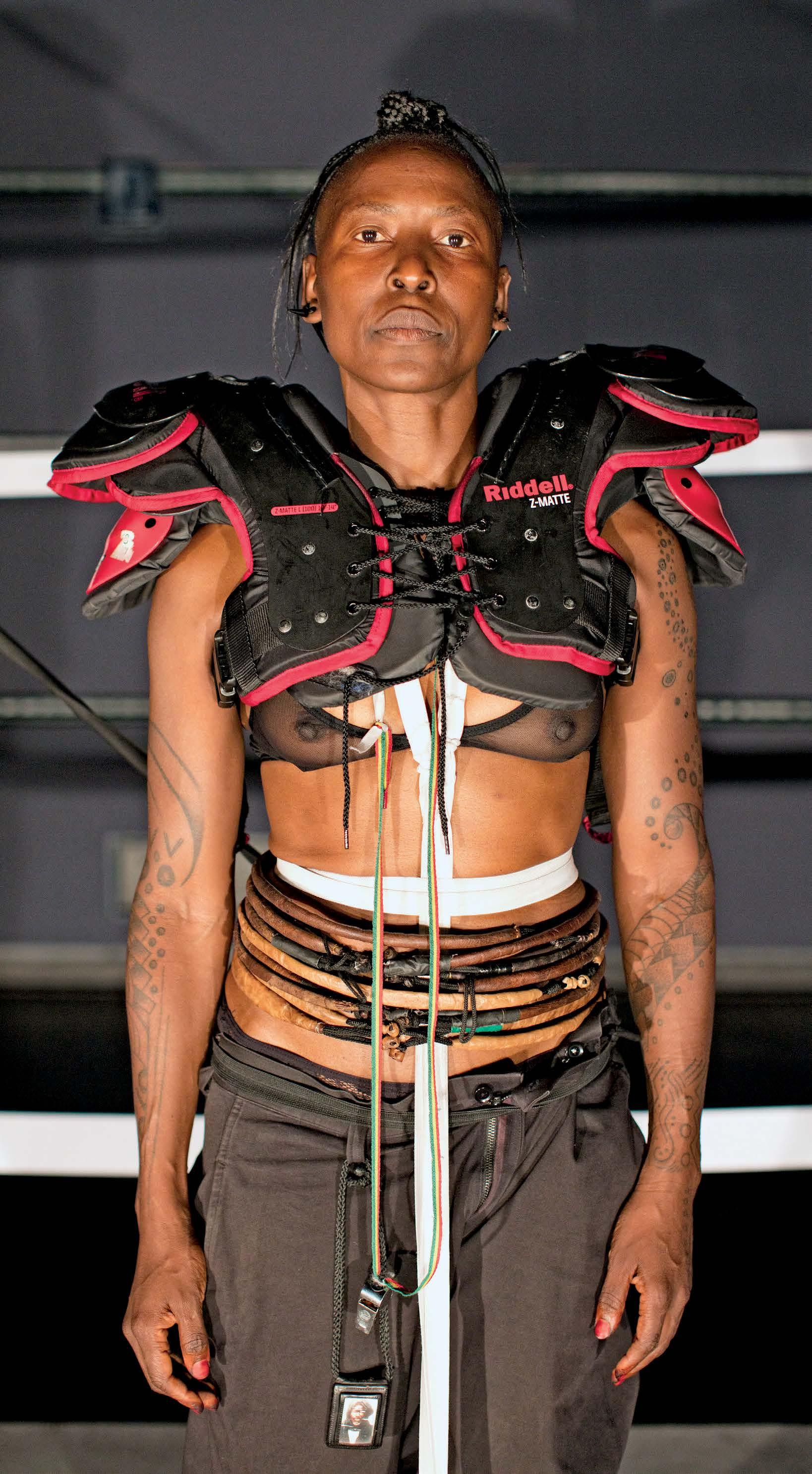
“I surprise myself every day. Something new is always showing itself.”
WHAT IS YOUR CALLING CARD? Taking no prisoners. Physical, full-body live work—without apologies.
WHAT’S ONE BOOK, WORK OF ART, ALBUM, OR FILM THAT GOT YOU THROUGH AN IMPORTANT MOMENT IN YOUR LIFE? Dambudzo Marechera’s The House of Hunger
NAME AN INFLUENCE OF YOURS THAT MIGHT SURPRISE PEOPLE. Radio!
WHEN YOU WERE LITTLE, WHAT WERE YOU KNOWN FOR? Being quiet.
DESCRIBE YOURSELF IN THREE WORDS. Woman, African, artist.
WHAT DO YOU WANT TO SEE MORE OF IN YOUR INDUSTRY? LESS OF? More Global South curators and presentations. Less of the way it has always been—made in the Global South, consumed in the Global North.
WHAT’S COMING UP FOR YOU IN 2024? Building infrastructures that support thinking Black work.
WHEN WAS THE LAST TIME YOU SURPRISED YOURSELF IN YOUR WORK? Every day. Something new is always showing itself.
DESCRIBE A RECENT CROSSROADS AT WHICH YOU FOUND YOURSELF. A shift in the who and the how my team works.

WHAT IS YOUR CALLING CARD? One is rhinestones. Another is creating new visual storytelling around the complexities of Black womanhood—from erotic beauty and femininity to identity and representation. This forces us to understand how our perspectives and experiences inevitably coexist, whether we acknowledge it or not.
WHAT’S SOMETHING PEOPLE GET WRONG ABOUT YOU? That I don’t want to work with—or don’t like—galleries. I do, but I expect to work together as equal partners in every project or professional relationship. I have worked with Yancey Richardson and Galerie Nathalie Obadia for more than 10 years, for example. Another thing people don’t expect is that I am pretty shy, which is mistaken for me being aloof. Once you get to know me, I will crack you up.
NAME AN INFLUENCE OF YOURS THAT MIGHT SURPRISE PEOPLE. I am inspired by Buddhism and the Japanese aesthetic and culture. My brother and I were raised as Buddhists in Camden and Newark. I’m always recentering, contemplating, and pulling from my inner self. What I look for in my world is happiness, good friends, warmth, serenity, and the opportunity to tell encouraging and impactful stories. I rely on my intuition as a place to pull from and protect me.
DO YOU WANT TO SEE MORE OF IN YOUR INDUSTRY? LESS OF?
We need to develop a new standard where artists are fairly compensated for their work when it is sold on the secondary market—at auctions or otherwise. When a collector sells our work, we don’t see a cent of that profit, even if it far exceeds the original sale price of the piece.
“What I look for in my world is happiness, good friends, warmth, serenity, and the opportunity to tell encouraging and impactful stories.”Photography by Emil Horowitz
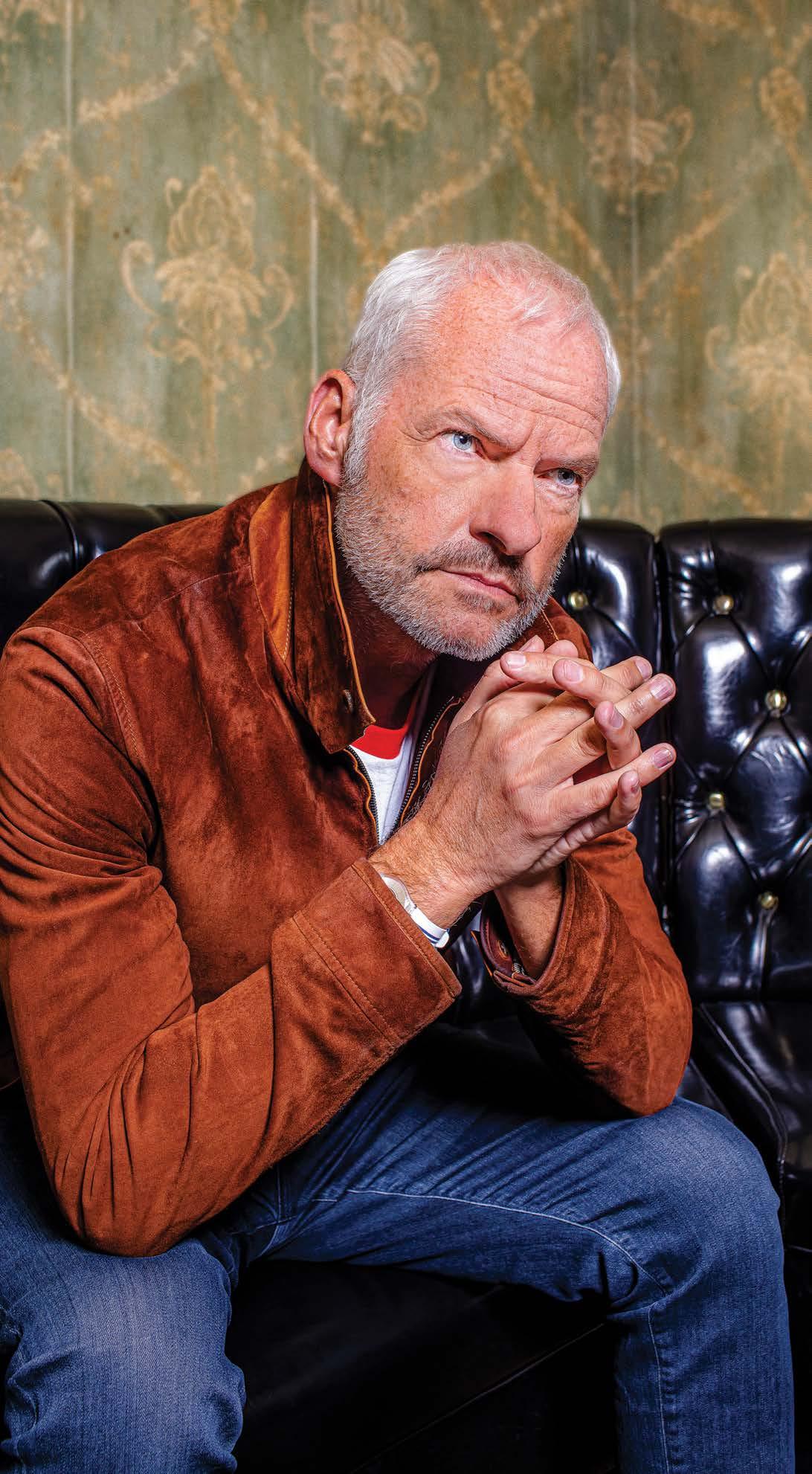
“Should I, or shouldn’t I, become more of a whore just to try to win an Oscar?”
WHAT IS YOUR CALLING CARD?
I guess my cinematic calling card is jet-black comedy and cute dead animals.
NAME AN INFLUENCE OF YOURS THAT MIGHT SURPRISE PEOPLE. Some weird combination of Vladimir Nabokov, J.D. Salinger, Amtrak trains, and Buster Keaton.
WHEN WAS THE LAST TIME YOU SURPRISED YOURSELF IN YOUR WORK? I’m always surprised when any of the characters in my films make it to the credits alive, and one day I hope the animals will too.
DESCRIBE A RECENT CROSSROADS AT WHICH YOU FOUND YOURSELF. Should I, or shouldn’t I, become more of a whore just to try to win an Oscar?
WHAT DO YOU WANT TO SEE MORE OF IN YOUR INDUSTRY? LESS OF?
I’d like to see our more idiosyncratic cinematic voices turn down the Marvel/DC money-trough and make films that they actually like and won’t be ashamed of.
I’d like to see fewer film directors taking writing credits on films they’ve barely changed 12 words of. Any time I see a director with a co-writing credit these days, I tend to smell an enormous rat, and it smacks of the same ratty disdain for writers embodied by the Directors Guild when they sold out the Writers Guild during the strike last year.
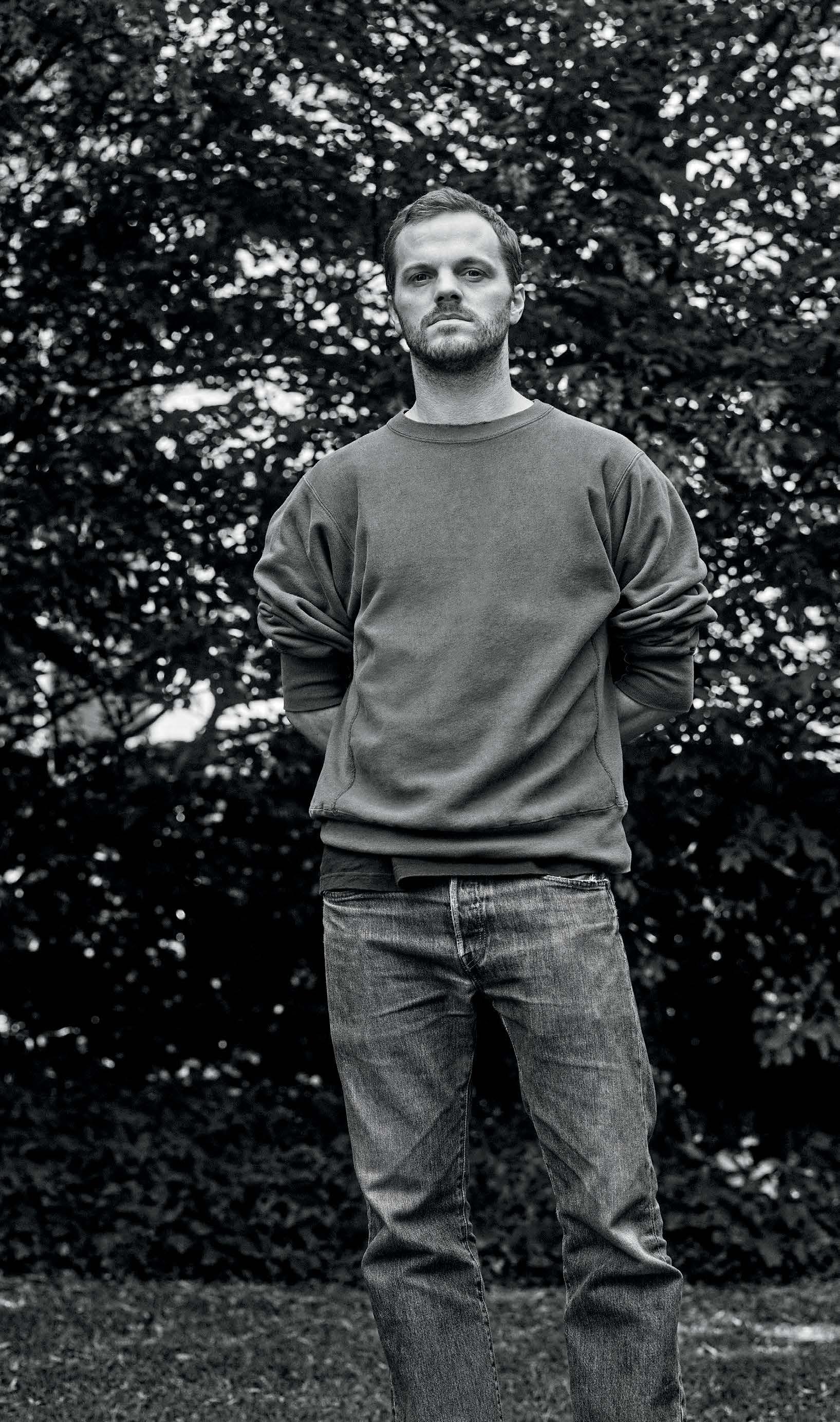
NAME AN INFLUENCE OF YOURS THAT MIGHT SURPRISE PEOPLE. The Adventures of Tom Sawyer by Mark Twain, or the Italian cartoon character Calimero, a small chicken who carries his belongings in a sack over his shoulder. He inspired the Kalimero bag. Both these influences were important parts of my childhood, and they still speak to me a lot in terms of freedom, movement, [and] going places.
WHAT’S ONE BOOK, WORK OF ART, ALBUM, OR FILM THAT GOT YOU THROUGH AN IMPORTANT MOMENT IN YOUR LIFE? For a movie, it would have to be Splash or There Will Be Blood. For a book, either Richard Avedon’s In the American West, or Je Dors, Je Travaille, a catalog of the French artist, sculptor, and ceramist Valentine Schlegel.
WHAT DO YOU THINK IS YOUR BIGGEST CONTRIBUTION TO CULTURE? I hope to contribute to a bigger conversation about how we relate to what we wear. I’d like to encourage an appreciation of style and responsibility, versus fashion and disposability.
WHAT DO YOU WANT TO SEE MORE OF IN YOUR INDUSTRY? LESS OF? More design that champions craft and the human touch. For me, craft is a timeless technology. It never needs to be improved, but it can always be reimagined. There is something very beautiful in the gesture of making things that are cut, sewn, and woven. It’s a primacy of touch, and it creates a much more intimate—more enduring—connection for the wearer.
“For me, craft is a timeless technology. It never needs to be improved, but it can always be reimagined.”
WHAT IS YOUR CALLING CARD?
Alicia Keys: Authenticity, rawness, realness, trust, genuine energy, and being able to touch the heartstrings.
Swizz Beatz: Sky’s not the limit, it’s the view. I’m a disrupter.
WHAT’S ONE BOOK, WORK OF ART, ALBUM, OR FILM THAT GOT YOU THROUGH AN IMPORTANT MOMENT IN YOUR LIFE?
Keys: A Taste of Power: A Black Woman’s Story by Elaine Brown. It’s a really important story, especially knowing that Elaine Brown started as a musician. I have always been really fascinated with the community work of the Black Panther Party and being able to organize for your community and your people. That book is such a powerful definition of a woman in charge. I read that when I was about 18 years old, and it gave me a perspective.
“Sky’s not the limit, it’s the view. I’m a disrupter.”
—Swizz Beatz
WHEN YOU WERE LITTLE, WHAT WERE YOU KNOWN FOR?
Keys: I was known for being called the “no baby.” I didn’t want anybody to touch me or bother me or touch my hair or anything. It took me a long time to go forward and realize that “no” is a complete sentence, and to not be afraid to use it.
WHO DO YOU CALL THE MOST?
Beatz: Busta Rhymes and Grady Spivey.
NAME AN INFLUENCE OF YOURS THAT MIGHT SURPRISE PEOPLE?
Beatz: Ernie Barnes. He quit football and the NFL to follow his dreams in art.
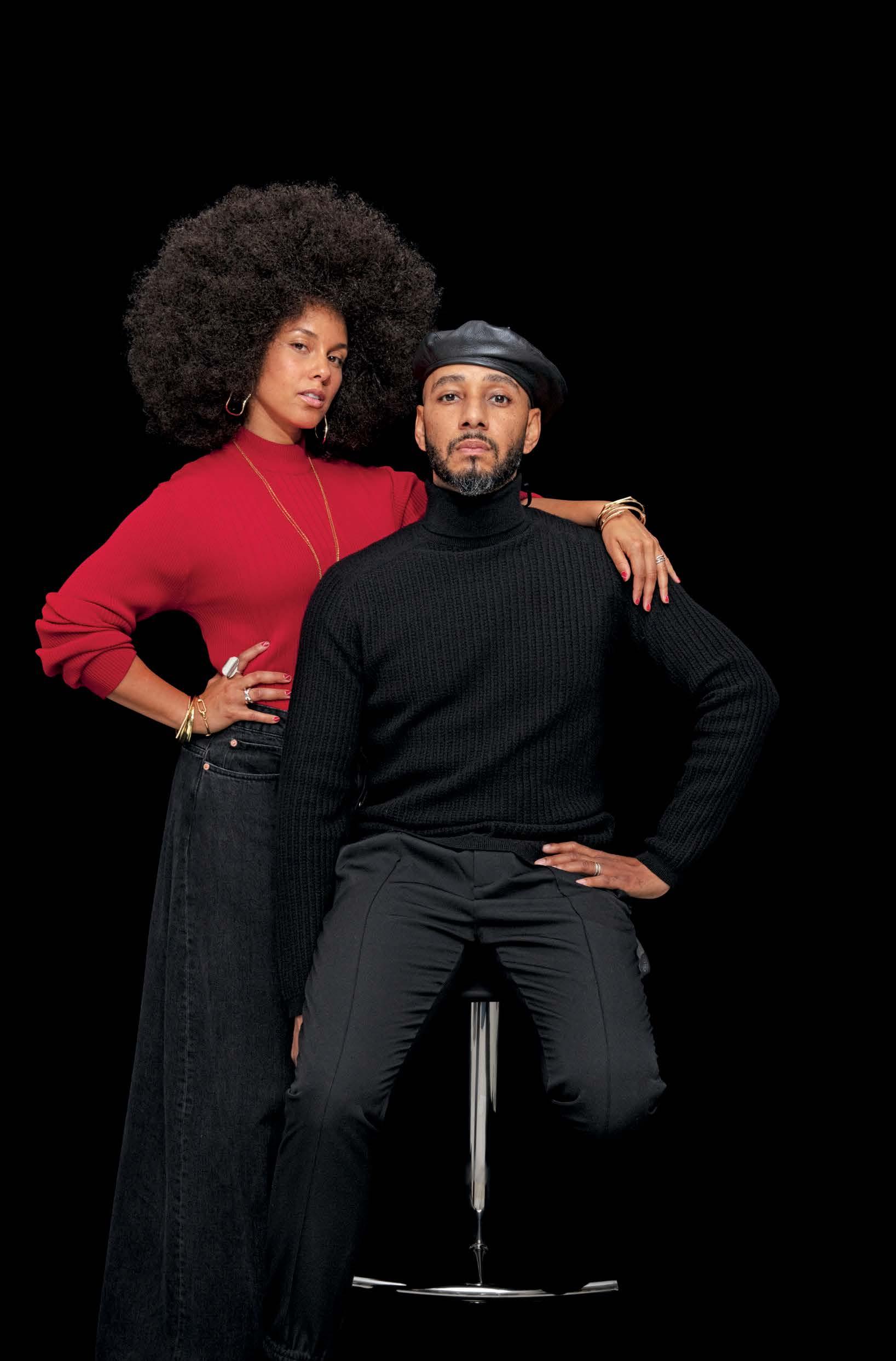
“It took me a long time to realize that ‘no’ is a complete sentence, and to not be afraid to use it.”
—Alicia KeysPhotography by Jamel Shabazz
WHEN YOU WERE LITTLE, WHAT WERE YOU KNOWN FOR? My tennis serve. I’ve still got it.
WHAT’S SOMETHING PEOPLE GET WRONG ABOUT YOU? They think I want everyone to share my taste. Criticism is actually about showing people one way, your way, to think about things, so that readers can model for themselves how to think about culture more subtly and profoundly. Some of the best feedback I get is from readers who say, “I read what you wrote, I understood what you were saying, I thought it was really well argued, and you’re totally wrong.”
WHAT’S ONE BOOK THAT GOT YOU THROUGH AN IMPORTANT MOMENT IN YOUR LIFE? In that bewildering first month of the pandemic, I sat down to read Oedipus Rex by Sophocles, from 2,500 years ago. I didn’t have access to my library—we were at a friend’s house in the Berkshires—so I read it on my phone: doomscrolling for real. We were all so lost, so confused, and here was this classic about a city afflicted by an epidemic, whose leaders and citizens are asking themselves: What does this virus mean? What does it mean for our political future, our future as a community? Maybe it sounds weird to say that Greek tragedy is something that can comfort you, but I’ve always taken a great solace from art that shows us that our times are not unprecedented. Others have lived through times like we’re living through, made sense of them, and found beauty in them.
NAME AN INFLUENCE OF YOURS THAT MIGHT SURPRISE PEOPLE. Don’t tell anyone, but I was a tweenage Céline Dion megafan. I even made my family take a road trip to Montreal so I could buy the early French albums. I put all that behind me by high school, but at karaoke I can still do a mean rendition of “The Power of Love.”
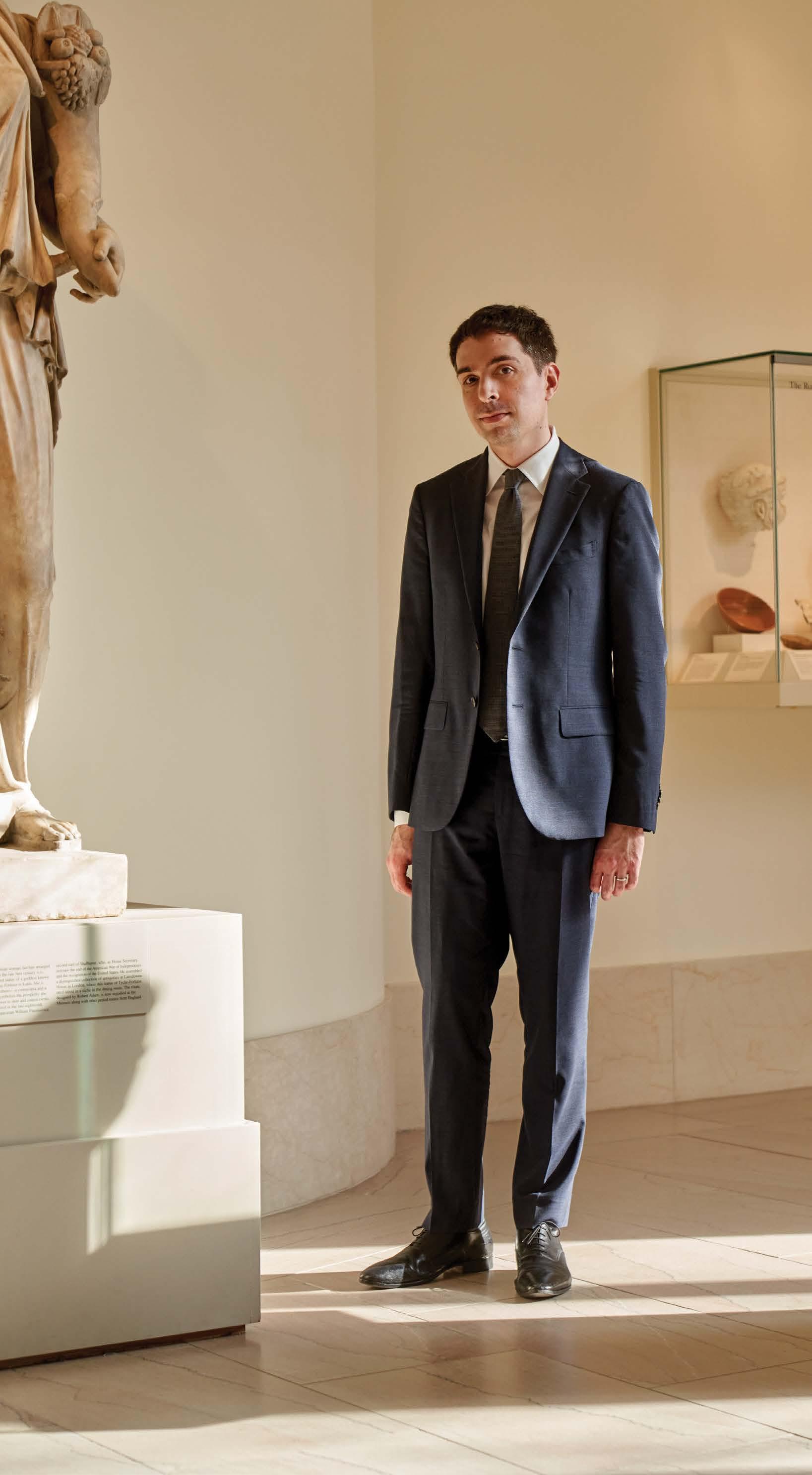 Photography by Seth Caplan
Photography by Seth Caplan
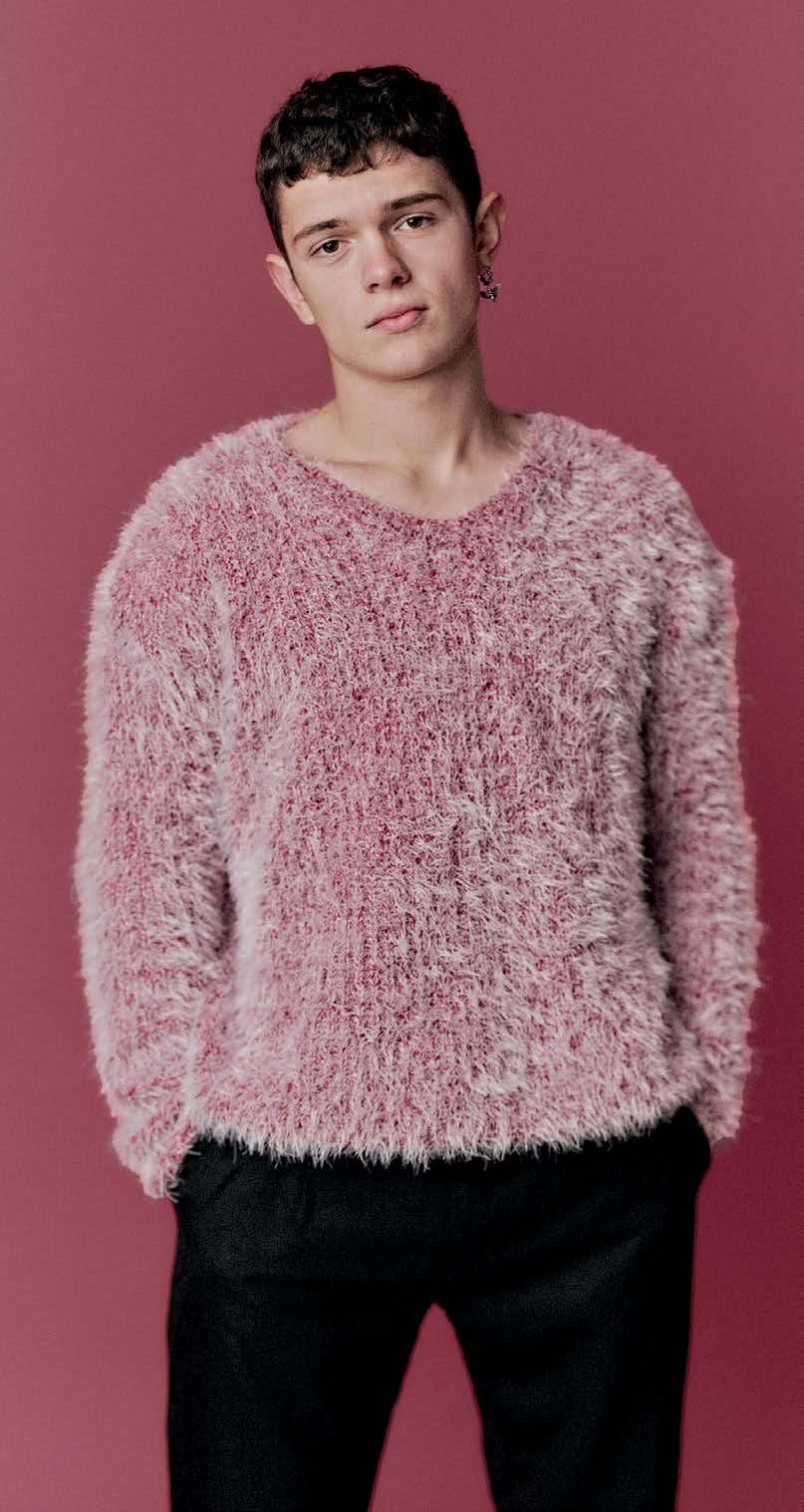
“I watched Kes by Ken Loach when I was really young, and it taught me that not all stories have happy endings.”
HOW WOULD YOU DESCRIBE YOURSELF? A young boy trying to become a man without losing his imagination.
WHAT’S ONE BOOK, WORK OF ART, ALBUM, OR FILM THAT GOT YOU THROUGH AN IMPORTANT MOMENT IN YOUR LIFE? Probably Kes by Ken Loach. I watched it when I was really young, and it taught me that not all stories have happy endings.
WHAT’S SOMETHING PEOPLE GET WRONG ABOUT YOU? My last name. I get Jupie. Or Jupay. Or one time I even got Duke.
FOUNDER AND CREATIVE DIRECTOR, SIMONE ROCHA
WHEN YOU WERE LITTLE, WHAT WERE YOU KNOWN FOR? Being quiet and private, writing in my diaries, keeping notebooks, not concentrating in school, and my long black hair.
WHAT’S ONE BOOK THAT GOT YOU THROUGH AN IMPORTANT MOMENT IN YOUR LIFE? The Snapper by Roddy Doyle got me through my first pregnancy. I love reading. My favorite thing is to read a book that’s set where I am—when I’m in Ireland I read Irish writers.
WHAT’S SOMETHING PEOPLE GET WRONG ABOUT YOU? That I am British because I live in London, but I am Irish.
I was born in Dublin—my mother is Irish, and my father is from Hong Kong.
WHEN WAS THE LAST TIME YOU SURPRISED YOURSELF IN YOUR WORK? My haute couture collection for Jean Paul Gaultier. I was surprised how much I loved working in Paris with the atelier. I knew I would like it, but I did fall in love.
WHAT’S COMING UP FOR YOU IN 2024? I’ll be opening a new Simone Rocha store in Taipei and visiting Tokyo, all while working on my Spring/Summer 2025 collection and releasing my first monograph with Rizzoli by end of year.
WHAT’S COMING UP FOR YOU IN 2024? I have two projects with Apple TV coming out that I’m very excited for: Franklin and Lady in the Lake.
DESCRIBE A RECENT CROSSROADS AT WHICH YOU FOUND YOURSELF. I find myself at a crossroads most mornings. “Do I get up and start my day? Or do I get 15 more minutes of sleep?”
WHAT DO YOU WANT TO SEE MORE OF IN YOUR INDUSTRY? LESS OF? I want to see fewer sequels and more original movies. I want to see people taking risks again.


WHAT IS YOUR CALLING CARD? Punctuality, or profuse, oppressive, borderline masochistic apologies when I am, on rare occasion, five minutes late.
HOW WOULD YOU DESCRIBE YOURSELF? Hooker with a heart of gold.
WHAT’S SOMETHING PEOPLE GET WRONG ABOUT YOU?
I take my work very seriously. I don’t take myself seriously.
WHAT DO YOU THINK IS YOUR BIGGEST CONTRIBUTION TO CULTURE? Maybe more girls pick up guitars because of me? I sure hope so.
WHAT’S ONE BOOK, WORK OF ART,
ALBUM, OR FILM THAT GOT YOU THROUGH AN IMPORTANT MOMENT IN YOUR LIFE? I picked up Joan Didion’s The Year of Magical Thinking assuming it was a joyful, whimsical self-help book. It was not. But it did prepare me, in a small way—because nothing can really prepare anyone—for the eventuality of deep grief.
WHEN YOU WERE LITTLE, WHAT WERE YOU KNOWN FOR?
Temper tantrums if my socks did not feel right in my shoes. But also, exuberant obsessions with anything from Michael Jackson to the Dallas Cowboys to chemistry sets to The Simpsons
NAME AN INFLUENCE OF YOURS
“Maybe more girls pick up guitars because of me? I sure hope so.”
THAT MIGHT SURPRISE PEOPLE. Erykah Badu is my everything. And she either doesn’t know it, or knows it and doesn’t care. But I’m saying, Erykah, us Dallas girls gotta stick together. Call me on your cellular device, please.
WHAT DO YOU WANT TO SEE MORE OF IN YOUR INDUSTRY? LESS OF? Less music made for algorithms. That makes me so deeply depressed.
HOW WOULD YOU DESCRIBE YOURSELF? Twice daily with food. I think I’m best in moderation, which is great because it allows me more time to myself. I enjoy being alone and quiet.
WHAT’S ONE BOOK, WORK OF ART, ALBUM, OR FILM THAT GOT YOU THROUGH AN IMPORTANT MOMENT IN YOUR LIFE? William Peter Blatty’s The Exorcist guides me through everything, visually and philosophically. The color, the costume, the sound—all exquisite. The story is ultimately about the fight between good and evil. I like that good wins.
NAME AN INFLUENCE OF YOURS THAT MIGHT SURPRISE PEOPLE. Liz Claiborne. She was revolutionary in creating a new form of fashion for women in the modern age. I love how she took the obvious and built into it. She made women feel amazing in their newfound roles in the workforce. She helped to support the movement for the empowerment of women. I hope that my clothes can have a similar impact on people.
WHO DO YOU CALL THE MOST?
My mother. I make sure we speak often. We are quite close.
“I think I’m best in moderation, which is great because it allows me more time to myself.”
WHAT DO YOU WANT TO SEE MORE OF IN YOUR INDUSTRY? LESS OF? More kindness. Less cheap shit.
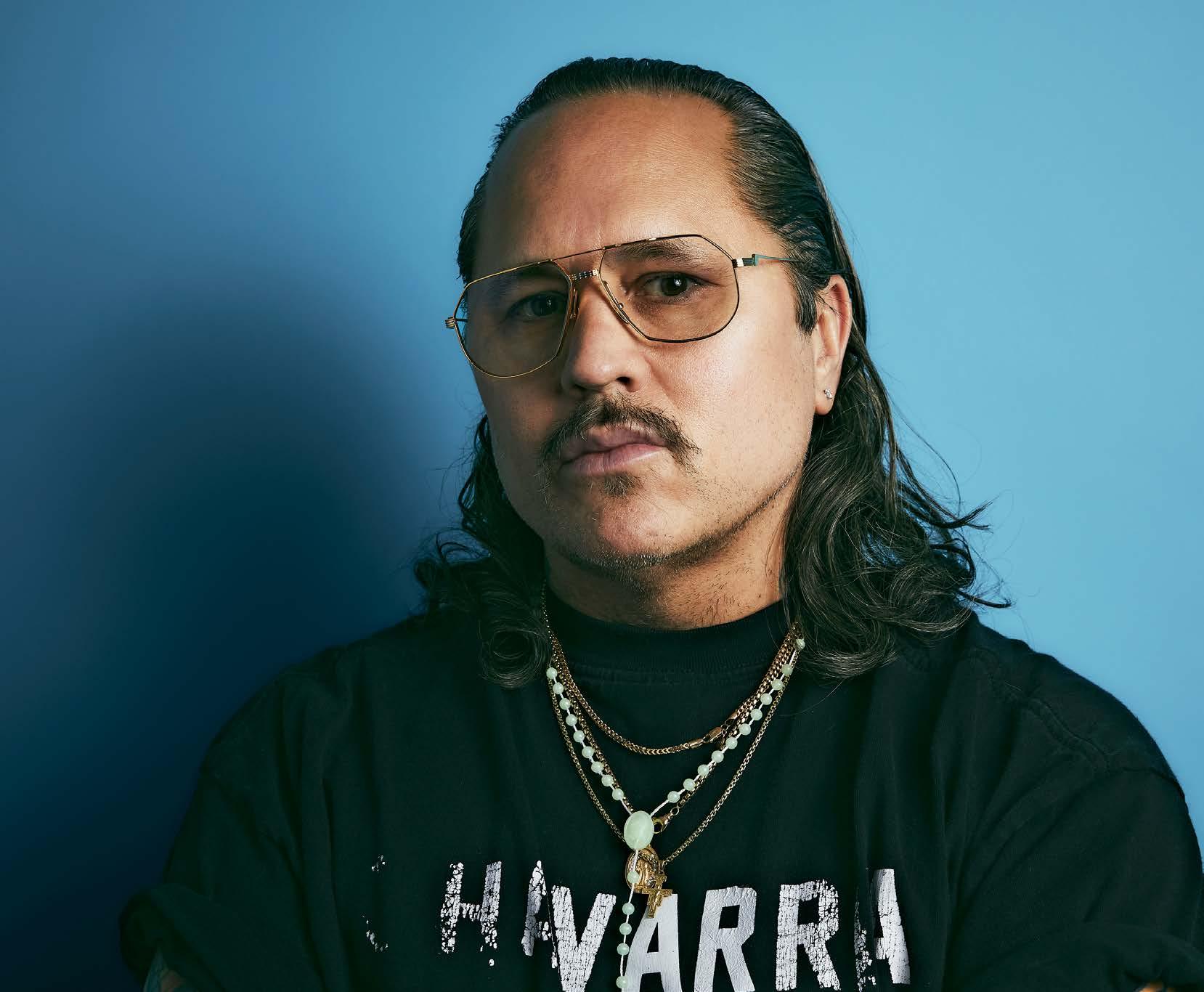 Photography by Paul Yem
Photography by Paul Yem
“Energy,
faith, gratitude, and celebration—trying to keep my life and work aligned with those four important words.”
WHAT’S COMING UP FOR YOU IN 2024? Energy, faith, gratitude, and celebration—trying to keep my life and work aligned with those four important words.
WHAT’S ONE BOOK, WORK OF ART, ALBUM, OR FILM THAT GOT YOU THROUGH AN IMPORTANT MOMENT IN YOUR LIFE? The Breakfast Club.
NAME AN INFLUENCE OF YOURS THAT MIGHT SURPRISE PEOPLE. Lil Yachty.
WHO DO YOU CALL THE MOST? My parents and my children.
WHEN YOU WERE LITTLE, WHAT WERE YOU KNOWN FOR?
Forcing my family to participate in dance contests in our newly finished suburban basement.
 Photography courtesy of MasterClass
Photography courtesy of MasterClass
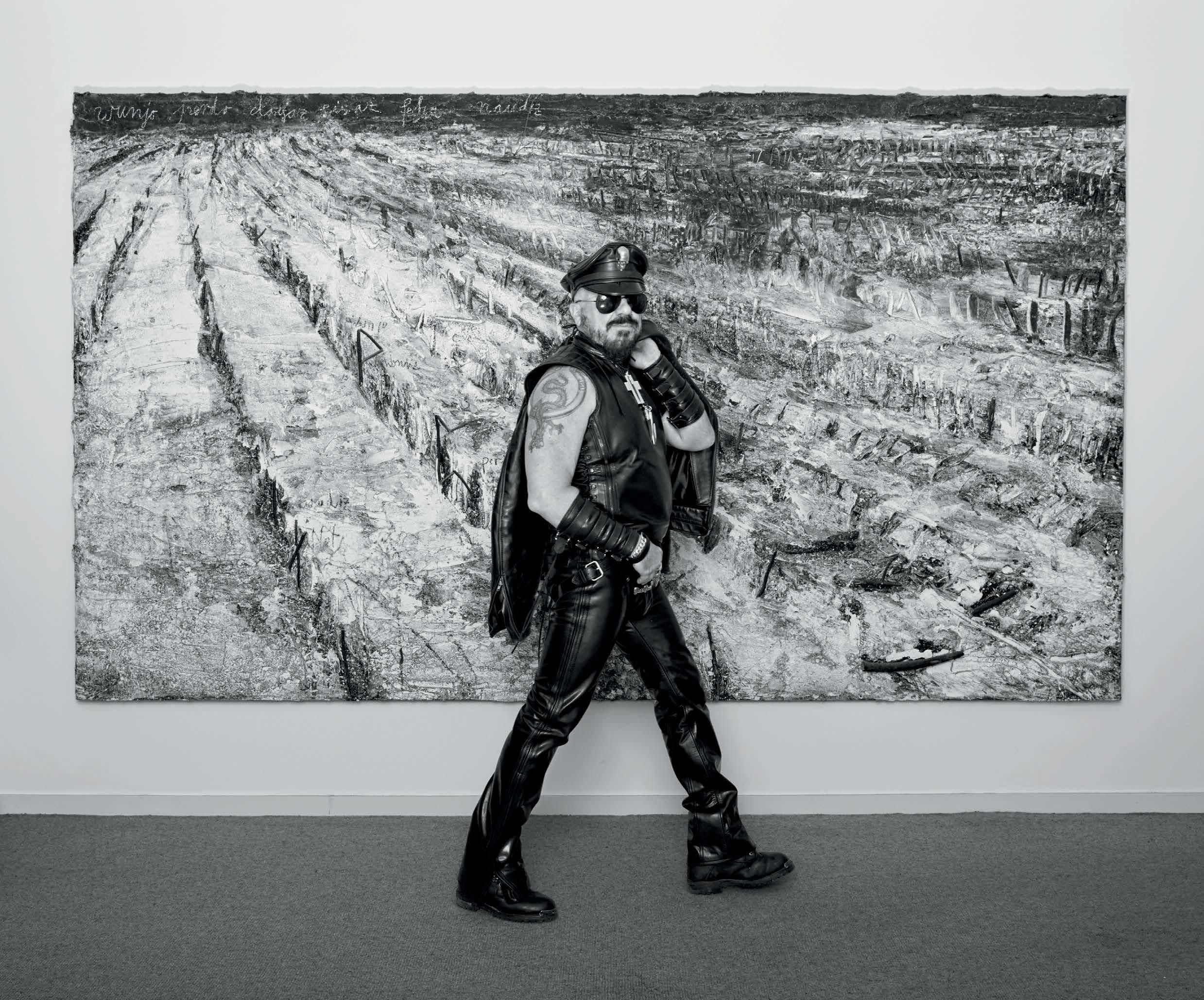
“I always thought people behaved like aliens. Then the revelatory film Men in Black came along and helped me realize how true that really is.”
WHAT’S ONE BOOK, WORK OF ART, ALBUM, OR FILM THAT GOT YOU THROUGH AN IMPORTANT MOMENT IN YOUR LIFE? I always thought people behaved like aliens. Then the revelatory film Men in Black came along and helped me realize how true that really is.
NAME AN INFLUENCE OF YOURS THAT MIGHT SURPRISE PEOPLE. Alice Stern taught me everything about French 19th-century ceramics and bronzes. Some people know, but most are surprised, that I have a collection of Théodore Deck, Ernest Chaplet, Adrien Dalpayrat, and Auguste Delaherche works.
WHEN YOU WERE LITTLE, WHAT WERE YOU KNOWN FOR? I was really good at making art. Adolph Gottlieb gave me a gold medal for a painting I did in 1966. It was a series of martini glasses that were cracked and split and glued onto a canvas.
WHAT DO YOU WANT TO SEE MORE OF IN YOUR INDUSTRY? LESS OF?
I’d like to see more public appreciation for the complexity of designing buildings. And I’d like to see less fake intellectualizing and analyzing visual beauty.
WHAT DO YOU WANT TO SEE MORE OF IN YOUR INDUSTRY? LESS OF? In sports, I want to see more women supporting other women. That means turning on the TV to watch females compete. TV executives, broadcasters, sports promoters, and sponsors only take notice when they see an audience. It’s all well and good, publications and women saying they support female athletes’ call for equal pay, but they don’t actually buy tickets to see them play, or watch them on TV, which is much more important.
WHEN YOU WERE LITTLE, WHAT WERE YOU KNOWN FOR? I was known for being overweight. I weighed a little over 178 pounds when I was at my heaviest, and then when I began competing in boxing and Muay Thai, I was fighting at 112 pounds.
WHAT DO YOU THINK IS YOUR BIGGEST CONTRIBUTION TO CULTURE?
No professional fighter has ever had the creative directors of some of the biggest fashion houses in the world—Maria Grazia Chiuri at Christian Dior, Ib Kamara at Off-White, and Sarah Burton at Alexander McQueen—personally design boxing outfits. Outside of this, I’m probably best known for making history by becoming the first Muslim woman to win an amateur British title, and the first to compete for Somalia in world championships and the Olympics.
WHAT’S SOMETHING PEOPLE GET WRONG ABOUT YOU? That I’m a violent person. Outside of a professional boxing ring I’ve never had a fight. I would be too scared to do anything if I was shortchanged at the corner shop.

“It’s all well and good, people saying they support female athletes’ call for equal pay, but buying tickets to see them play, or watching them on TV, is much more important.”Photography by Richard Moore

WHAT IS YOUR CALLING CARD? My buffalo horn eyeglasses that I designed myself 35 years ago. That is how people recognize me.
WHAT’S SOMETHING PEOPLE GET WRONG ABOUT YOU? Some people assume that art dealers like me are only in it for the money. I often have to spend more than I earn to present our exhibitions.
WHAT DO YOU WANT TO SEE MORE OF IN YOUR INDUSTRY? LESS OF? More fun, less pretension.
WHEN YOU WERE LITTLE, WHAT WERE YOU KNOWN FOR? My mother praised me for not “frittering away” my lawn-mowing and snow-shoveling earnings on books and records. Now, one of my biggest expenditures is art books.
WHEN WAS THE LAST TIME YOU SURPRISED YOURSELF IN YOUR WORK? I was surprised how challenging it was to be a museum director when I was at MOCA. Being a museum director is a much harder job than I would have imagined.
WHAT’S ONE BOOK, WORK OF ART, ALBUM, OR FILM THAT GOT YOU THROUGH AN IMPORTANT MOMENT IN YOUR LIFE? Man Ray’s Self Portrait inspired me with his account of an artistic approach to life.
NAME AN INFLUENCE OF YOURS THAT MIGHT SURPRISE PEOPLE. Not sure that these names will surprise people: My most important mentors were artists Sol LeWitt and Scott Burton, and art historians and curators Bill Rubin and Robert Rosenblum.

CHOREOGRAPHER
WHAT DO YOU WANT TO SEE MORE OF IN YOUR INDUSTRY? LESS OF? New original storytelling that isn’t simply a regurgitation of something else from some other medium or just another remake.
WHAT IS YOUR CALLING CARD?
I’m always tap dancing. When I’m excited, when I’m nervous, when I’m waiting for the subway, when I’m trying to keep warm, when I’m having a conversation, when I’m walking down the street, when I’m standing in line. I’ve been tap dancing since I was 9 years old—it’s how I found dance in the first place, and it’s totally a secondary pulse that is always running through me in the most mundane moments.
NAME AN INFLUENCE OF YOURS THAT MIGHT SURPRISE PEOPLE.
The basketball player Stephen Curry. He’s got that David-over-Goliath thing going, and his grace is unmatched. It’s a gorgeous way of moving. Plus he’s always having a great time, no matter what.
HOW WOULD YOU DESCRIBE YOURSELF? Driven and curious, tenacious, and sensitive with a strong sense of adventure. I grew up in a household where intellectual curiosity and conversation were a priority. We were surrounded by books and writers. My mom was an author and teacher, and my dad a journalist and publisher. We had conversations at the dinner table about literature, history, and politics.
NAME AN INFLUENCE OF YOURS THAT MIGHT SURPRISE PEOPLE. The Girl Scouts were such an important influence and fostered self-reliance and teamwork among women. Nancy Drew
broke rules to solve mysteries for the greater good, and that was an early obsession. I also surround myself with strong people and am constantly influenced by their views.
WHAT DO YOU THINK IS YOUR BIGGEST CONTRIBUTION TO CULTURE? Advocating for women, women artists, and women in our field—for pay equity, for representation, for being seen and empowered. Until quite recently, our field was a boys’ club. I’m happy to see that changing and to have been a part of that change, carrying forth the founding ethos of the New Museum.
 Photography by Seth Caplan (Left); Photography by Sarah Morris (Right)
Photography by Seth Caplan (Left); Photography by Sarah Morris (Right)
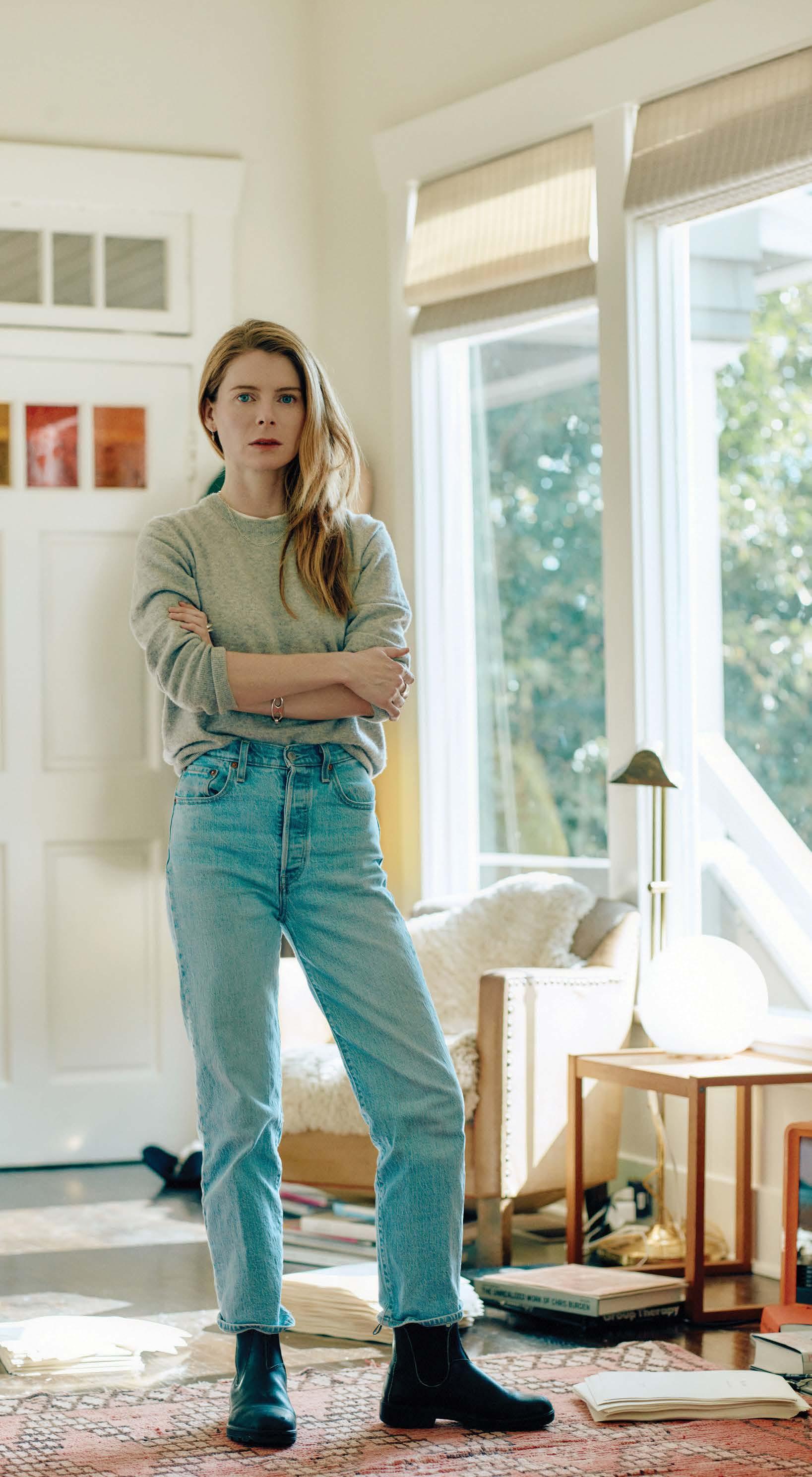
WHAT’S ONE BOOK, WORK OF ART, ALBUM, OR FILM THAT GOT YOU THROUGH AN IMPORTANT MOMENT IN YOUR LIFE? As a child, I obsessively watched The Wizard of Oz. I think it was probably my first understanding that art could create a world beyond the one I knew.
WHAT’S COMING UP FOR YOU IN 2024? I’m starting work on a new novel, which is always an interesting moment— you’re testing the floorboards of this idea and seeing if the structure will hold up for the long haul.
NAME AN INFLUENCE OF YOURS THAT MIGHT SURPRISE PEOPLE. I will read any trashy memoir or biography —groupies, drug-addled film producers, child stars.
“I will read any trashy memoir or biography—groupies, drug-addled film producers, child stars.”
WHEN WAS THE LAST TIME YOU SURPRISED YOURSELF IN YOUR WORK? Every time I write, I’m looking to surprise myself—I want that element of unknowability or mystery. Even if I might know where a story begins, or have an idea of where I want the story to land, whatever happens in between is usually a surprise, almost like a dream— I want the unconscious to surface.
WHAT DO YOU THINK IS YOUR BIGGEST CONTRIBUTION TO CULTURE? I don’t think of myself as contributing to the culture—I understand that idea, but I don’t find it a personally helpful or conducive framework for writing. I don’t really picture a life for the work beyond that intimacy with a single reader—otherwise I’d go crazy, I think.

WHAT IS YOUR CALLING CARD? Genre-surfing seamlessly between hip hop, R&B, and jazz. I’m able to do each of those genres separately and mix them together at a high level.
WHAT DO YOU THINK IS YOUR BIGGEST CONTRIBUTION TO CULTURE? Bringing the musician to the forefront—letting musicians know that being a side man is not the only way. You can also be an artist and a frontman. I’m a poster boy for freedom and music and being honest. Being a jazz musician who has four Grammys in an R&B category is crazy when you think about it. I feel like I’ve challenged what people think genre is (and what you’re allowed to do).
DESCRIBE A RECENT CROSSROADS AT WHICH YOU FOUND YOURSELF. In the last few years I’ve gotten into scoring
television series, movies, and documentaries. I found myself having too many to do at one time. Recently I had to decide which projects I wanted to do because I didn’t have time for all of them. I think I chose the right one, but I won’t name any names!
WHAT’S ONE BOOK, WORK OF ART, ALBUM, OR FILM THAT GOT YOU THROUGH AN IMPORTANT MOMENT IN YOUR LIFE? In 2004, my mother passed away. That was the hardest moment in my life. Jason Moran’s album The Bandwagon: Live at the Village Vanguard was one of the most important albums during that time for me. I put that album on all the time to reflect on my mom. Losing a parent is never easy; it’s something you never get over. This was one of the first things that helped me along the way.
“I’m a poster boy for freedom and music and being honest.
Being a jazz musician who has four Grammys in an R&B category is crazy when you think about it.”Photography by Sophia Rooke
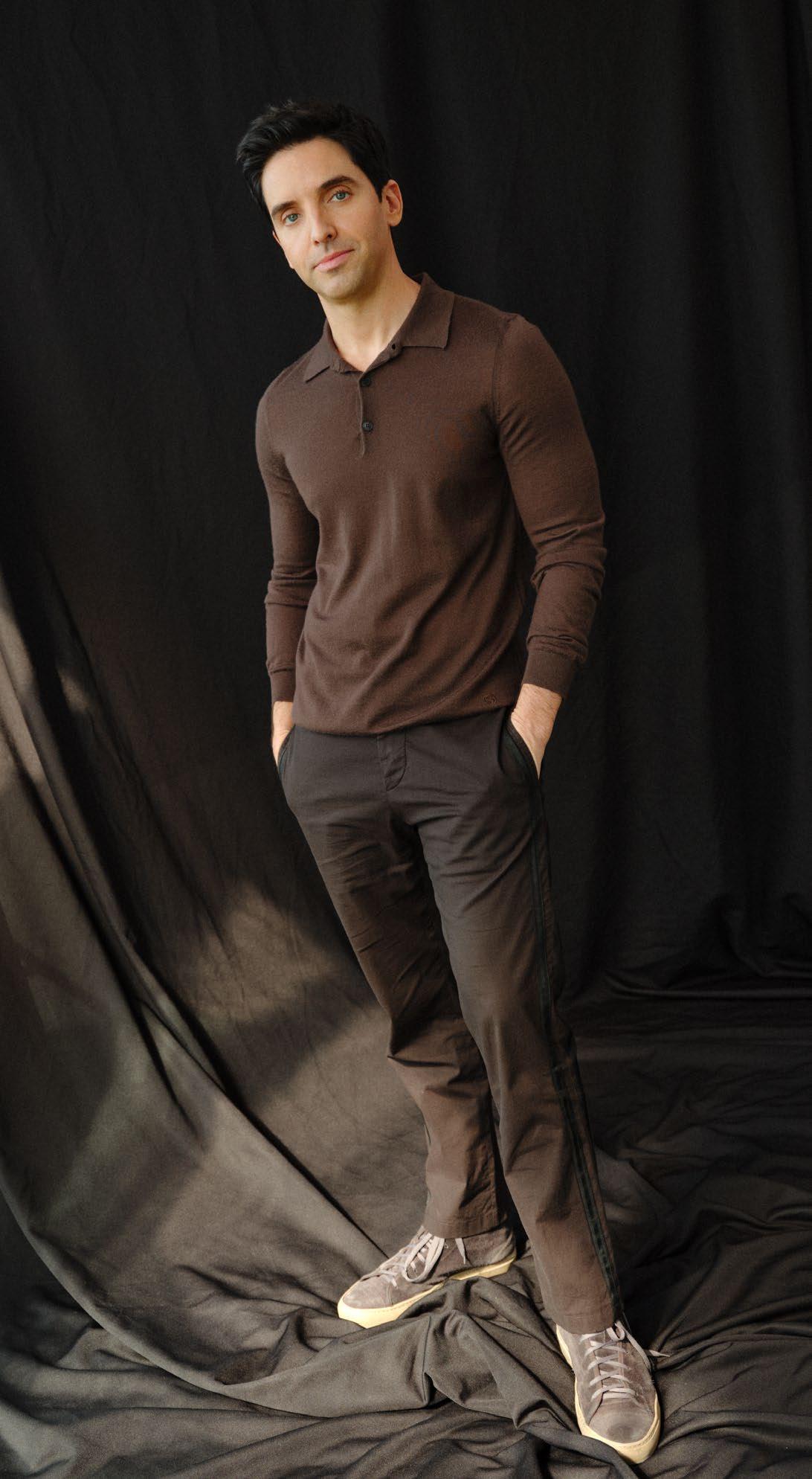
HOW WOULD YOU DESCRIBE YOURSELF? I naturally smell really good. Kind of sweet, even. Of course I can smell bad, but it’s rare. Sorry to brag.
WHAT’S ONE BOOK THAT GOT YOU THROUGH AN IMPORTANT MOMENT IN YOUR LIFE? During the pandemic I picked up 10% Happier [by Dan Harris]. Had to read it 10 times.
WHO DO YOU CALL THE MOST?
My wife because she’s always losing her phone.
WHAT DO YOU THINK IS YOUR BIGGEST CONTRIBUTION TO CULTURE? In college I studied abroad in Florence. I almost never saw iced coffee, but often asked for a glass of ice for my espresso. When I visited recently, I saw it everywhere. I’m pretty sure I brought iced coffee to Italy.
WHEN YOU WERE LITTLE, WHAT WERE YOU KNOWN FOR? I went to public school in a really rural area until seventh grade when I transferred to a school with a dress code: tie, jacket, dress shoes. I used to wear colorful blazers, “zany” ties, and patent leather wingtips. I guess I was kind of the young Paula Poundstone of my time. My second year they updated the dress code to specify navy blazers and brown or black shoes.
“I naturally smell really good. Kind of sweet, even. Of course I can smell bad, but it’s rare. Sorry to brag.”Photography by Brad Torchia
WHAT’S ONE BOOK, WORK OF ART, ALBUM, OR FILM THAT GOT YOU THROUGH AN IMPORTANT MOMENT
IN YOUR LIFE? My life has always been deeply informed by works of art, books, and film. In so many ways, these incredibly valuable expressions of culture made me a curator. Recently, Christina Sharpe’s Ordinary Notes has been a profound way of thinking about life, and particularly Black life, right now.
NAME AN INFLUENCE OF YOURS THAT MIGHT SURPRISE PEOPLE. Sidney Lumet’s 1978 film, The Wiz, which was a Black reimagining of The Wizard of Oz inspired by the 1975 Broadway musical The Wiz: The Super Soul Musical “Wonderful Wizard of Oz.” The film marked the beginning of my interest in an aesthetic future through the imaginings, and reimaginings, of culture.
WHO DO YOU CALL THE MOST? This may not surprise people. Glenn Ligon!
WHEN YOU WERE LITTLE, WHAT WERE YOU KNOWN FOR? My deep interest in, and love for, the arts. I have my parents to thank for that. They would take me all over Manhattan to see a great number of different forms of art, whether that be Broadway shows, museum or gallery exhibitions, or concerts at Carnegie Hall.
“My life has always been deeply informed by works of art, books, and film.”
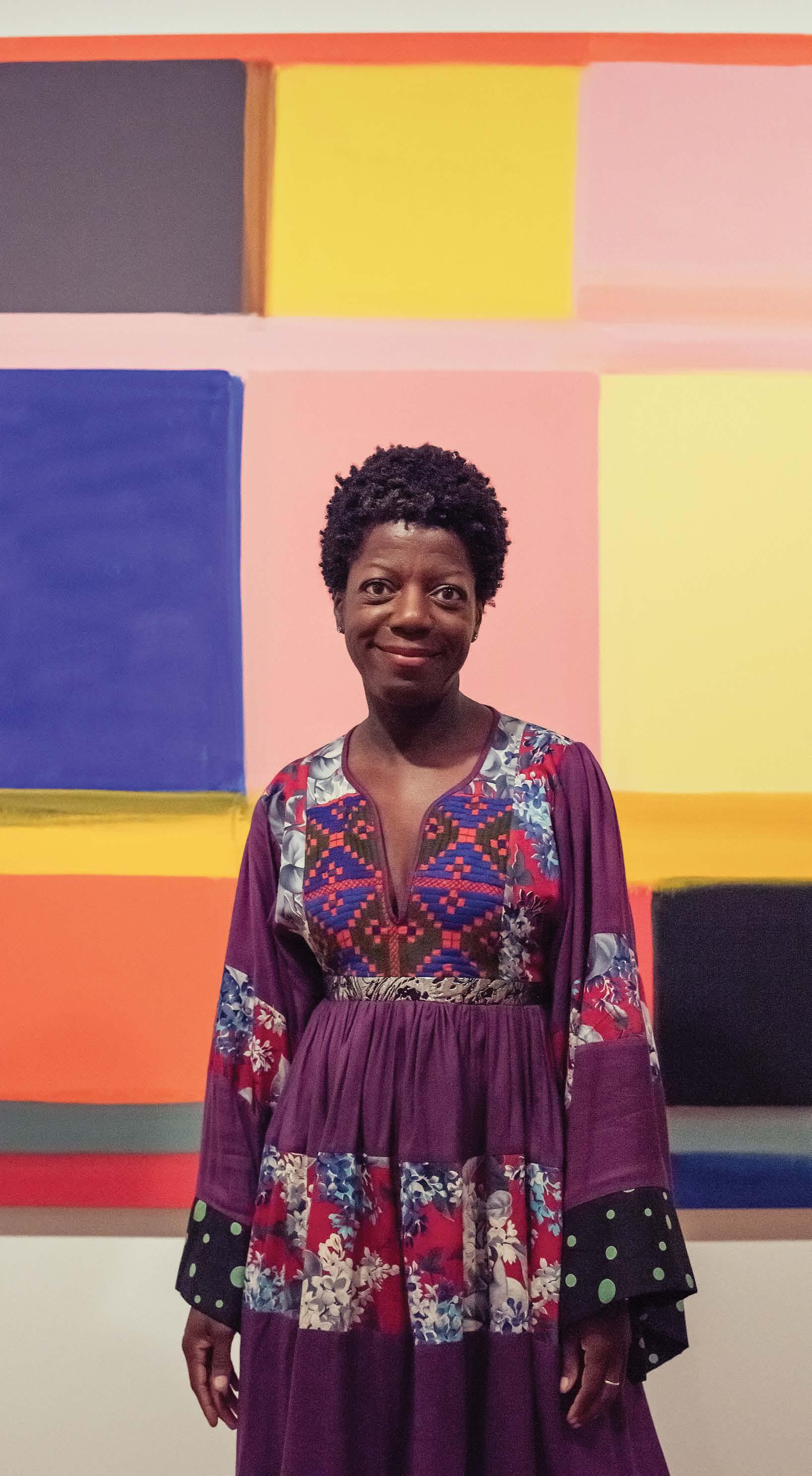 Photography by Bobby Fisher
Photography by Bobby Fisher
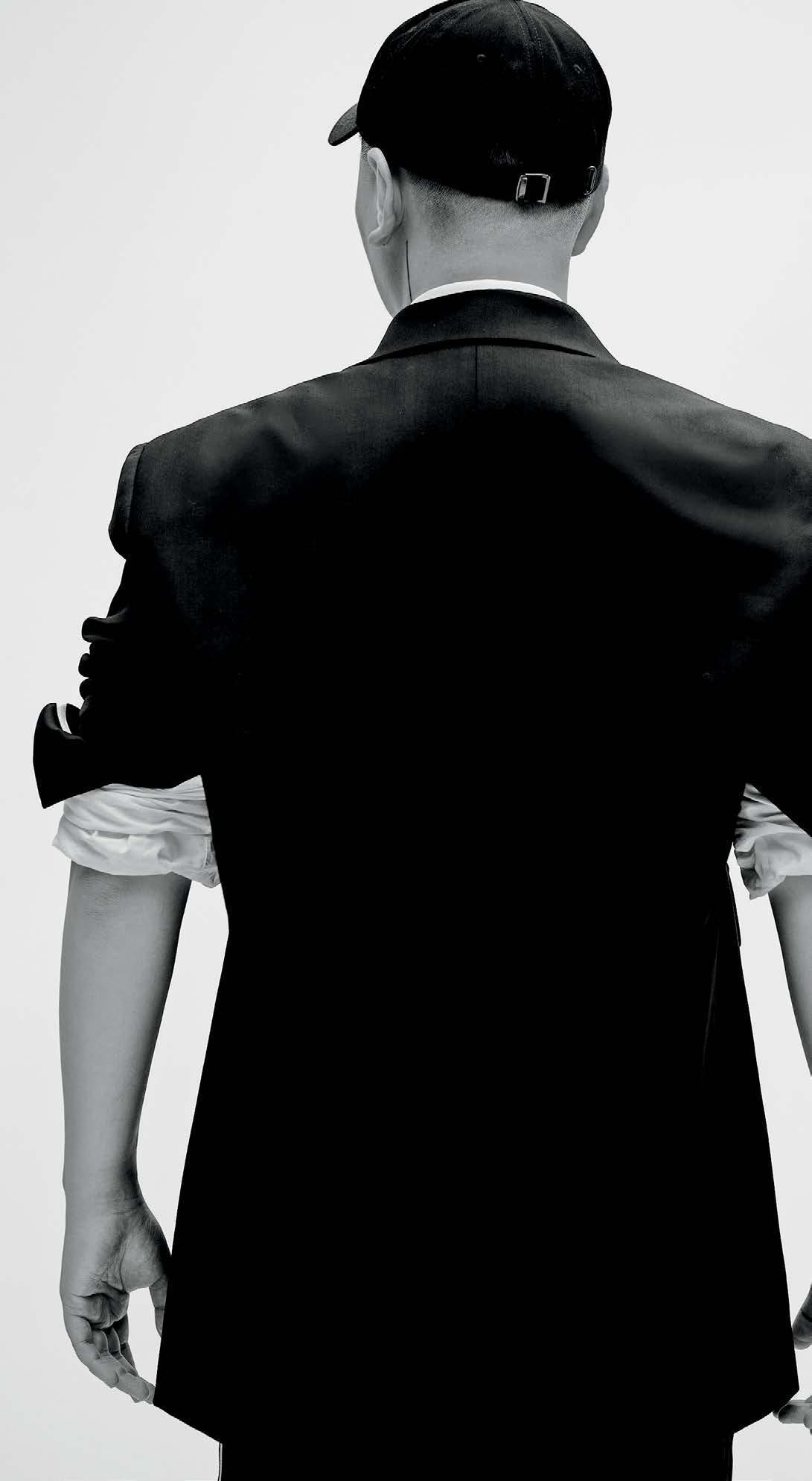
WHAT IS YOUR CALLING CARD? Maybe not showing my face. People are so used to it now, and I don’t have to explain as much as I did in the beginning.
WHAT’S ONE BOOK, WORK OF ART, ALBUM, OR FILM THAT GOT YOU THROUGH AN IMPORTANT MOMENT IN YOUR LIFE? On Earth We’re Briefly Gorgeous by Ocean Vuong, because I feel seen and understood.
WHEN WAS THE LAST TIME YOU SURPRISED YOURSELF IN YOUR WORK? Every day, honestly. I’m constantly growing and making mistakes along the way. I’m excited to get to know myself better as I practice day after day, season after season.
NAME AN INFLUENCE OF YOURS THAT MIGHT SURPRISE PEOPLE. I get a lot of my inspiration from horror films. That’s usually what I watch when it comes to movies. I really enjoy going to the movies on the weekend when I’m not working.
WHAT DO YOU WANT TO SEE MORE OF IN YOUR INDUSTRY? LESS OF? I would like to see less hype and instant gratification. Good things take time to make, and good things are worth waiting for.
“I’m constantly growing and making mistakes along the way. I’m excited to get to know myself better as I practice day after day, season after season.”

WHAT IS YOUR CALLING CARD? I’m known for my art collection focused on exceptional and diverse work by women artists. And for wearing bold colors.
WHAT DO YOU WANT TO SEE MORE OF IN YOUR INDUSTRY? More equity, period.
DESCRIBE YOURSELF IN THREE WORDS. Kind, yet forceful.
Most importantly, I’m a lifelong learner. That’s why art appeals to me so much. I’m constantly challenged to expand my intellectual and emotional capacity through the ideas presented by artists.
WHAT DO YOU THINK IS YOUR BIGGEST CONTRIBUTION TO CULTURE? “Making Their Mark,” the book and touring exhibition dedicated to work from the Shah Garg collection,
has allowed me to make a strong case for women’s tremendous and ongoing contributions to artistic innovation. It’s a story that I would not be able to tell without the guidance of my brilliant collaborators Cecilia Alemani, Mark Godfrey, and Katy Siegel.
WHO DO YOU CALL THE MOST? My husband, Gaurav Garg.
Photography by Aaron WojackHOW WOULD YOU DESCRIBE YOURSELF? My Twitter bio is “girl with no needs,” which is a joke, because really I might describe myself as the girl with the most needs ever. But I am also a girl who desperately wishes she had no needs. Therapists have described this as “very interesting” and “let’s circle back to that.”
NAME AN INFLUENCE OF YOURS
My biggest influences are Kurt Vonnegut and the Christian mystic Margery Kempe. I have always loved the way Kurt wrote. I can’t read him too much while I’m writing or I start cribbing his style.
Breakfast of Champions was my first real favorite book—I read it for the first time when I was maybe 13—and there’s a part in the beginning where he says, “I can’t live without a culture anymore.”
I remember it just hit me like a ton of bricks. It sounds sort of silly and pretentious, and of course it’s a very 13-year-old realization, but it felt like I had been told some religious secret—I
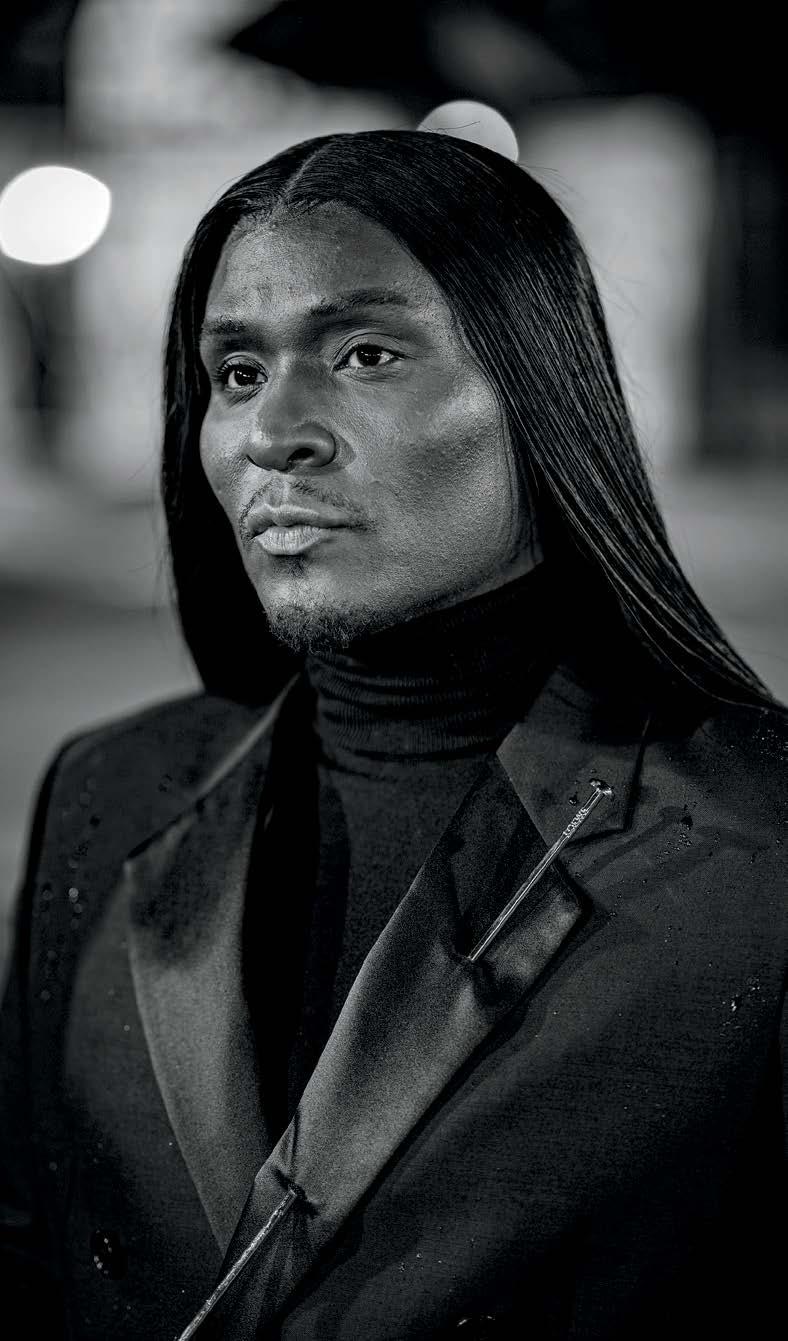

was like, Woah, there’s this thing called culture, and it matters more than almost anything else in the world.
WHEN YOU WERE LITTLE, WHAT WERE YOU KNOWN FOR? I used to
WHAT IS YOUR CALLING CARD? I am the only Image Architect in the world.
WHAT’S SOMETHING PEOPLE GET WRONG ABOUT YOU? My sexuality.
NAME AN INFLUENCE OF YOURS THAT MIGHT SURPRISE PEOPLE. The Little Engine That Could. This book taught me how hard work and optimism could change my trajectory.
WHAT’S ONE BOOK, WORK OF ART, ALBUM, OR FILM THAT GOT YOU
memorize random big words from the dictionary and shoehorn them into sentences for attention. Adults loved it, and it’s how I got almost all of my external validation. Now, using big words for attention is basically my entire life.
THROUGH AN IMPORTANT MOMENT IN YOUR LIFE? The Secret. It is about the Law of Attraction and a reminder that you have the power to dictate your fate. Once you truly understand that and lead with that mentality every day, it will change your life.
WHEN YOU WERE LITTLE, WHAT WERE YOU KNOWN FOR? Being quick and always having an answer.
WHEN WAS THE LAST TIME YOU SURPRISED YOURSELF IN YOUR WORK? Zendaya in “Mugler robot” for the London premiere of Dune: Part 2. We were nervous to ask for this look even though we knew the impact it would have on the world. While we knew it would be a moment, we were surprised to see how big of a moment it actually was.
WHAT DO YOU WANT TO SEE MORE OF IN YOUR INDUSTRY? LESS OF? More diversity and less elitism.
Photography by Misan Harriman (Left); Photography by Maia Wyman (Right)
WHAT’S ONE BOOK, WORK OF ART, ALBUM, OR FILM THAT GOT YOU THROUGH AN IMPORTANT MOMENT IN YOUR LIFE? The Woman Destroyed by Simone de Beauvoir and Sula by Toni Morrison helped frame gender early on. Albert Camus’s The Stranger and Joan Didion’s Slouching Towards Bethlehem helped me understand the aesthetic direction of the modern world. Pier Paolo Pasolini’s films, especially Accattone and Comizi d’Amore, helped me understand the range of being Italian.
WHAT’S SOMETHING PEOPLE GET WRONG ABOUT YOU? That I’m only interested in the high end of the art market.
WHAT DO YOU THINK IS YOUR BIGGEST CONTRIBUTION TO CULTURE? Young women starting out in the industry often tell me I am a role model for them. I’m probably not deserving of this accolade, but I’m flattered by it. Recently, I heard this from a young man, and that was good, too.
NAME AN INFLUENCE OF YOURS THAT MIGHT SURPRISE PEOPLE. Despite our occasional screaming matches on the telephone over the years, Larry Gagosian has really transformed our industry. Not everyone has welcomed this change—the art world is no longer a quaint, rarefied, clubby world. But the disruption was inevitable and Larry has really been a renegade. He has conjured bravery in me at times.
Photography by Jeannette Montgomery Barron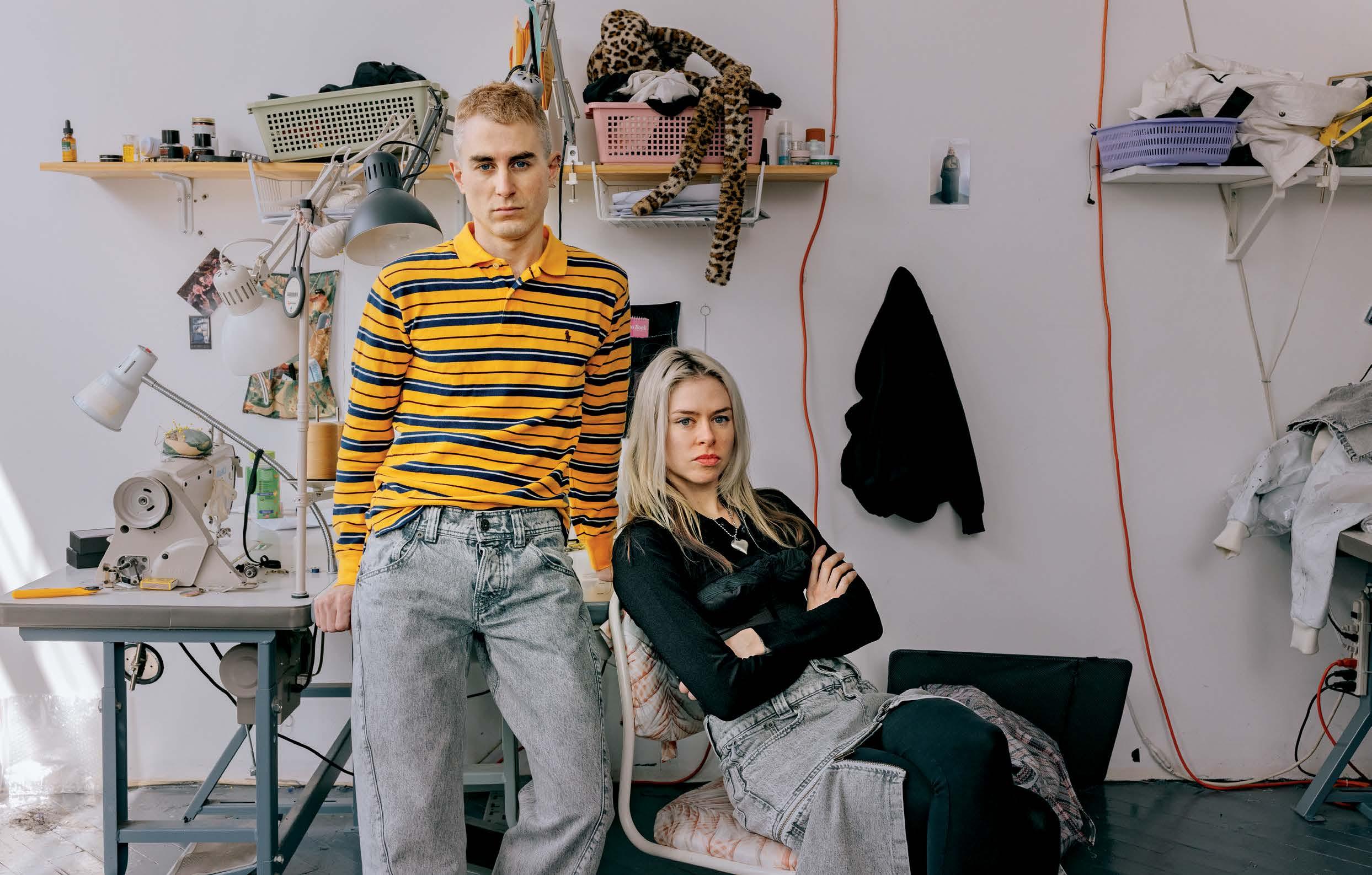
WHAT IS YOUR CALLING CARD?
Patric DiCaprio: Chaos and a sense of humor.
Bryn Taubensee: Wearing vintage lingerie while riding my carbon racing bike.
WHAT’S ONE BOOK, WORK OF ART, ALBUM, OR FILM THAT GOT YOU THROUGH AN IMPORTANT MOMENT IN YOUR LIFE?
DiCaprio: My favorite movie right now is Morvern Callar, directed by Lynne Ramsay. I saw it for the first time this year. When I’m feeling burnt out, it’s so inspiring to discover a new work of art in whatever medium. It helps me realize there is always something more to see and feel out there.
Taubensee: The book When Things Fall Apart by Pema Chödrön taught me to
pursue experiences that make me feel scared or uncomfortable.
HOW WOULD YOU DESCRIBE YOURSELF?
DiCaprio: As a fashion victim.
Taubensee: Pissed-off country girl living in the big city.
WHAT DO YOU THINK IS YOUR BIGGEST CONTRIBUTION TO CULTURE?
DiCaprio: I feel passionate about breathing excitement back into the fashion industry. I want people to go into a fashion show or month not knowing what to expect. Right now everything feels very easy to predict.
Taubensee: Bringing a sense of levity, but also criticality, to the fashion industry.
“I want people to go into a fashion show or month not knowing what to expect. Right now everything feels very easy to predict.”
—Patric DiCaprioPhotography by Jose Alvarado

NAME AN INFLUENCE OF YOURS THAT MIGHT SURPRISE PEOPLE.
I confess to having been a fanatic about the band the Cure when I was young. More than literature, I read goth lyrics, and learned most of my big words from Robert Smith and Siouxsie Sioux.
WHEN WAS THE LAST TIME YOU SURPRISED YOURSELF IN YOUR WORK? If you’re a writer and your work doesn’t surprise you, you’re in trouble. I don’t even know if I’d call that writing. I just wrote a little book based on dreams. Despite its grim subject matter, was a lot of fun, precisely because one’s dreams are usually surprising.
“How can I, each day, not make things worse for myself and others, and maybe even make them a little better?”
WHO DO YOU CALL THE MOST?
The phone records don’t lie—Harry Dodge, the love of my life, even if it’s
just to make sure we know who’s doing what every day, or to trade stupid memes.
WHEN YOU WERE LITTLE, WHAT WERE YOU KNOWN FOR? Talking a lot. Hyperactivity, being “accident prone,” and loving to dance.
DESCRIBE A RECENT CROSSROADS AT WHICH YOU FOUND YOURSELF.
I turned 50 last year, so crossroads is the name of the game. My crossroads tend to be internal, like: How can I, each day, not make things worse for myself and others, and maybe even make them a little better?

WHEN WAS THE LAST TIME YOU SURPRISED YOURSELF IN YOUR WORK? A lot of people cry at the restaurant. I’ve worked in a lot of restaurants—I’ve never experienced such high levels of emotions from customers. I feel really lucky.
DESCRIBE A RECENT CROSSROADS AT WHICH YOU FOUND YOURSELF. I was six months into the restaurant when my dad passed away. He had been sick with ALS [amyotrophic lateral sclerosis] for many years, and I had a feeling he would pass away during my first year open. I had to work through my grief and still am.
WHEN YOU WERE LITTLE, WHAT WERE YOU KNOWN FOR? I have always left things everywhere. Losing one shoe (“Silver One-shoe”) and wearing everyone else’s clothes.
WHAT DO YOU THINK IS YOUR BIGGEST CONTRIBUTION TO CULTURE? I opened my restaurant in a primarily white town to make a space of comfort and celebration and try my hardest to do it with a moral compass. Kitchens are some of the worst work environments to exist; I have done my best to change that with my team. The most meaningful interactions I’ve had are with other Filipinos or transsexuals who feel like they have found a place of their own—because they have!
“A lot of people cry at the restaurant. I’ve never experienced such high levels of emotions from customers. I feel really lucky.”Photography by Dallas Houston
HOW WOULD YOU DESCRIBE YOURSELF? I’m brave. I do the things I am afraid to do because I don’t like living in fear.
WHAT’S COMING UP FOR YOU IN 2024? Growth.
WHO DO YOU CALL THE MOST? God!
WHEN WAS THE LAST TIME YOU SURPRISED YOURSELF IN YOUR WORK? Auditioning for an acting role. My memory is better than I thought.
WHAT’S ONE BOOK, WORK OF ART, ALBUM, OR FILM THAT GOT YOU THROUGH AN IMPORTANT MOMENT IN YOUR LIFE? Dolly Parton’s documentary on Netflix, Here I Am.
WHAT’S SOMETHING PEOPLE GET WRONG ABOUT YOU? They think I’m more confident than I actually am.
“I’m brave. I do the things I am afraid to do because I don’t like living in fear.”

CURATOR, DIA ART FOUNDATION
WHAT’S SOMETHING PEOPLE GET WRONG ABOUT YOU? People sometimes think I am standoffish, but I am really just a bit shy.
WHEN WAS THE LAST TIME YOU SURPRISED YOURSELF IN YOUR WORK?
Descending the rocky summit to Spiral Jetty for the first time as the curatorial steward of the permanent artwork site. It’s more bodily scaled than one imagines from the iconic aerial photography. The lakefront is also startlingly now nearly a mile away from the piece, which used to be
submerged, making it a powerful barometer for our ecological crisis. This is now an annual pilgrimage and a continuously astounding and rewarding part of my work at Dia.
WHAT DO YOU WANT TO SEE MORE OF IN YOUR INDUSTRY? LESS OF? More commitment to realizing and stewarding artists’ intentions during and after their lifetimes. All too often we lose the specificity of an artist’s vision as curatorial interpretation or other mediating factors take precedence.
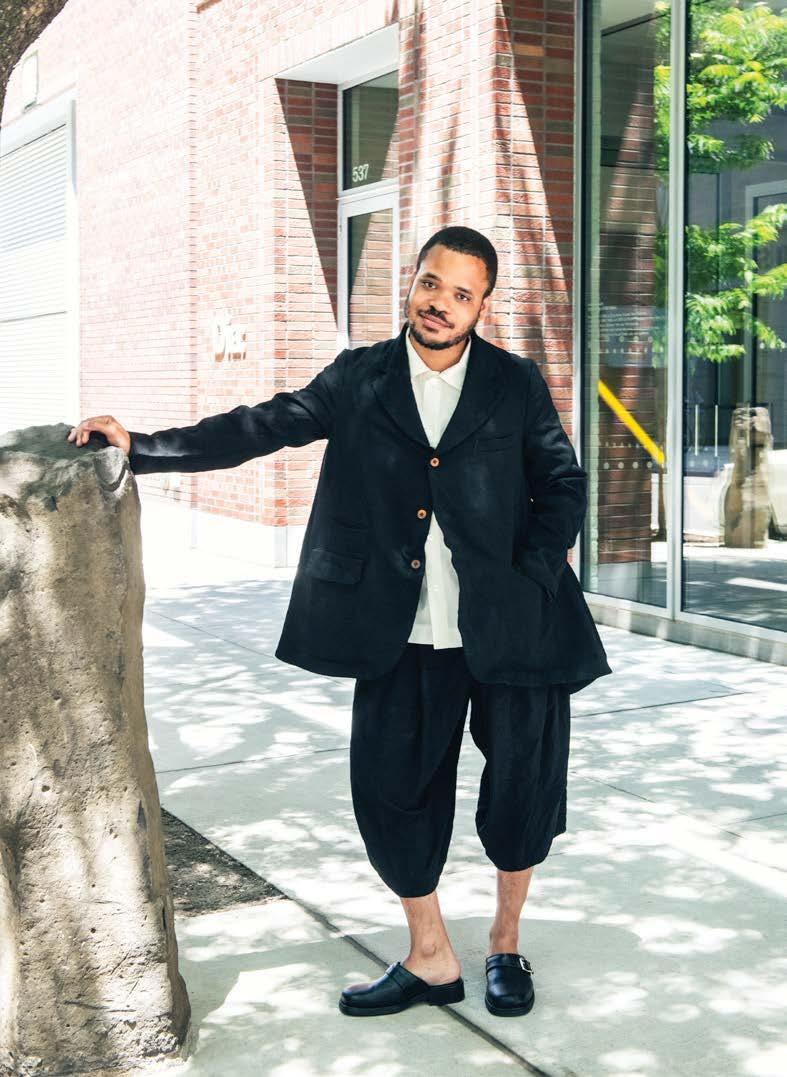 Photography by Alex Da Corte (Top); Photography by Gabriela Herman (Bottom)
Photography by Alex Da Corte (Top); Photography by Gabriela Herman (Bottom)
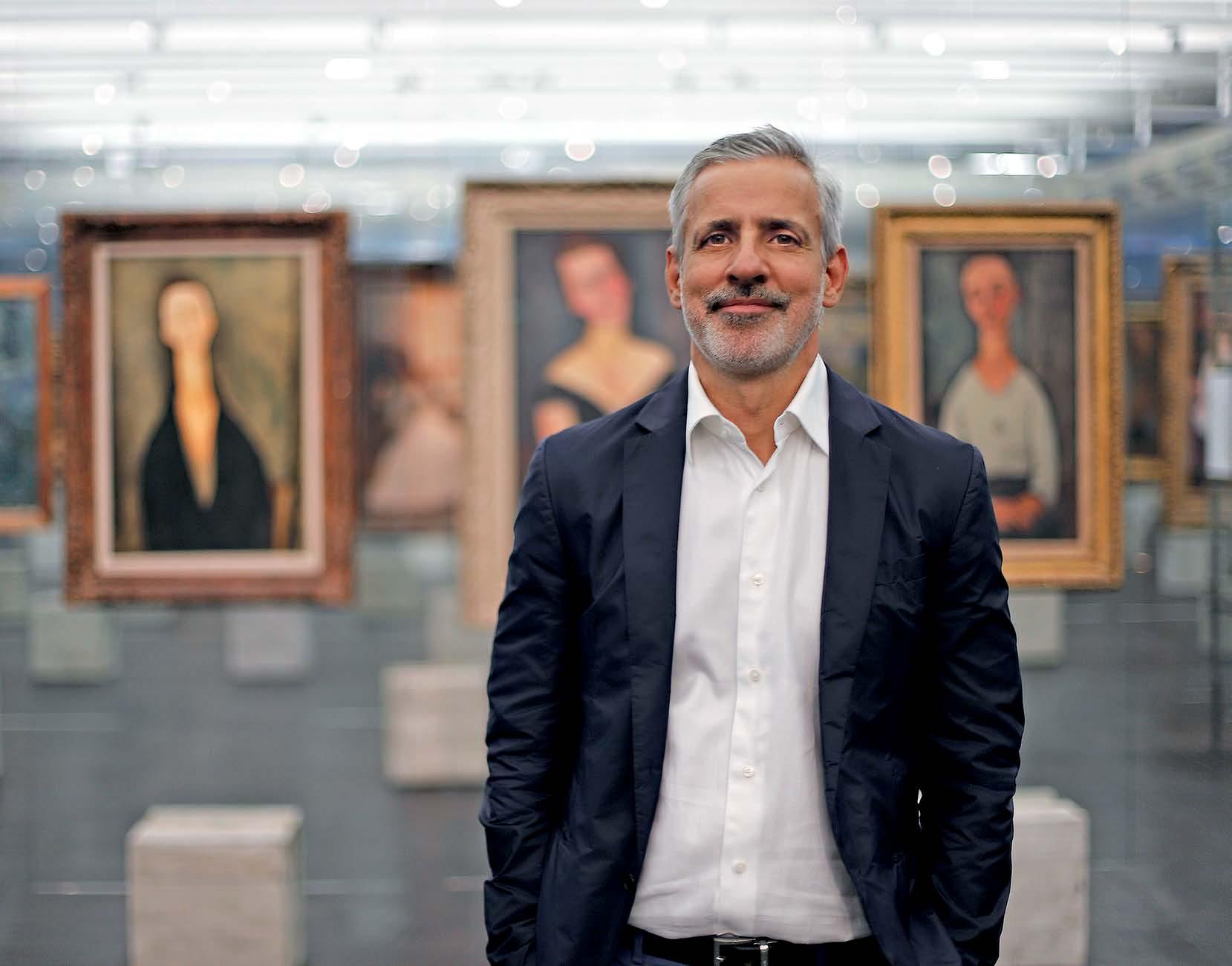
HOW WOULD YOU DESCRIBE YOURSELF? Curious.
WHAT DO YOU THINK IS YOUR BIGGEST CONTRIBUTION TO CULTURE? Hopefully it will be the Biennale Arte 2024 in Venice this year.
WHAT IS YOUR CALLING CARD? I am a museum director and curator working with modern and contemporary art with a focus on Brazil, where I am based, and the Global South.
WHEN WAS THE LAST TIME YOU SURPRISED YOURSELF IN YOUR WORK? I am always surprised by extraordinary encounters with art and
“I am always surprised by extraordinary encounters with art and artists.”
artists. The past year was especially fruitful with encounters with Claudia Alarcón from Argentina, Rosa Elena Curruchich from Guatemala, the Bordado Colectivo in Chile, Sangódáre Gbádégesin Ajàla from Nigeria, Nedda Guidi from Italy, Samia Halaby from
Palestine, Julia Isídrez from Paraguay, the Mataaho Collective from Aotearoa (New Zealand), and others.
WHAT’S ONE BOOK, WORK OF ART, ALBUM, OR FILM THAT GOT YOU THROUGH AN IMPORTANT MOMENT IN YOUR LIFE? Italo Calvino’s Invisible Cities and Jorge Luis Borges’s Ficciones were extraordinary revelations for me when I read them as a young adult. They are still very important to me.
WHAT’S COMING UP FOR YOU IN 2024? The Biennale Arte 2024 in Venice, and a full year devoted to “Queer Histories” at Museu de Arte de São Paulo Assis Chateaubriand.
Photography by Daniel CabrelWHAT IS YOUR CALLING CARD? I’ve been told that my laugh is distinctive and can be recognized in a crowd, which can make me nervous when attending live theater in support of a friend, especially if I’m seated close to the stage. There’s a high chance they’ll be able to locate me.
Our industry is risk-averse. I would like to see more people with the confidence to give new storytellers a shot and contribute more than the bare minimum to get it done. Having sufficient resources is important. There have been beautiful results born from those who are willing to take chances. I appreciated what Cord Jefferson had to say when accepting his Oscar for American Fiction, a film that was his directorial debut. People are looking for their opportunity, and we can give it to them.
I’m quick to laugh. I’m curious. I enjoy discussing unusual life experiences with a person I’ve just met. It’s absorbing to jump right to it, before the normal getting-to-know-you chit-chat. You can’t force it, and it doesn’t happen frequently, but when it does, I lean in.
SURPRISED YOURSELF IN YOUR WORK? I didn’t realize I would enjoy performing stunts as much as I have.
During my last film, I had to leap out of a car, run to the edge, and lean over a 60-foot cliff. It was thrilling to be strapped into a harness and give your trust to these talented industry professionals, some of whom have more experience than you do years on this earth. All that said, in my regular life, I tend to play it safe and prefer to keep my feet on the ground.
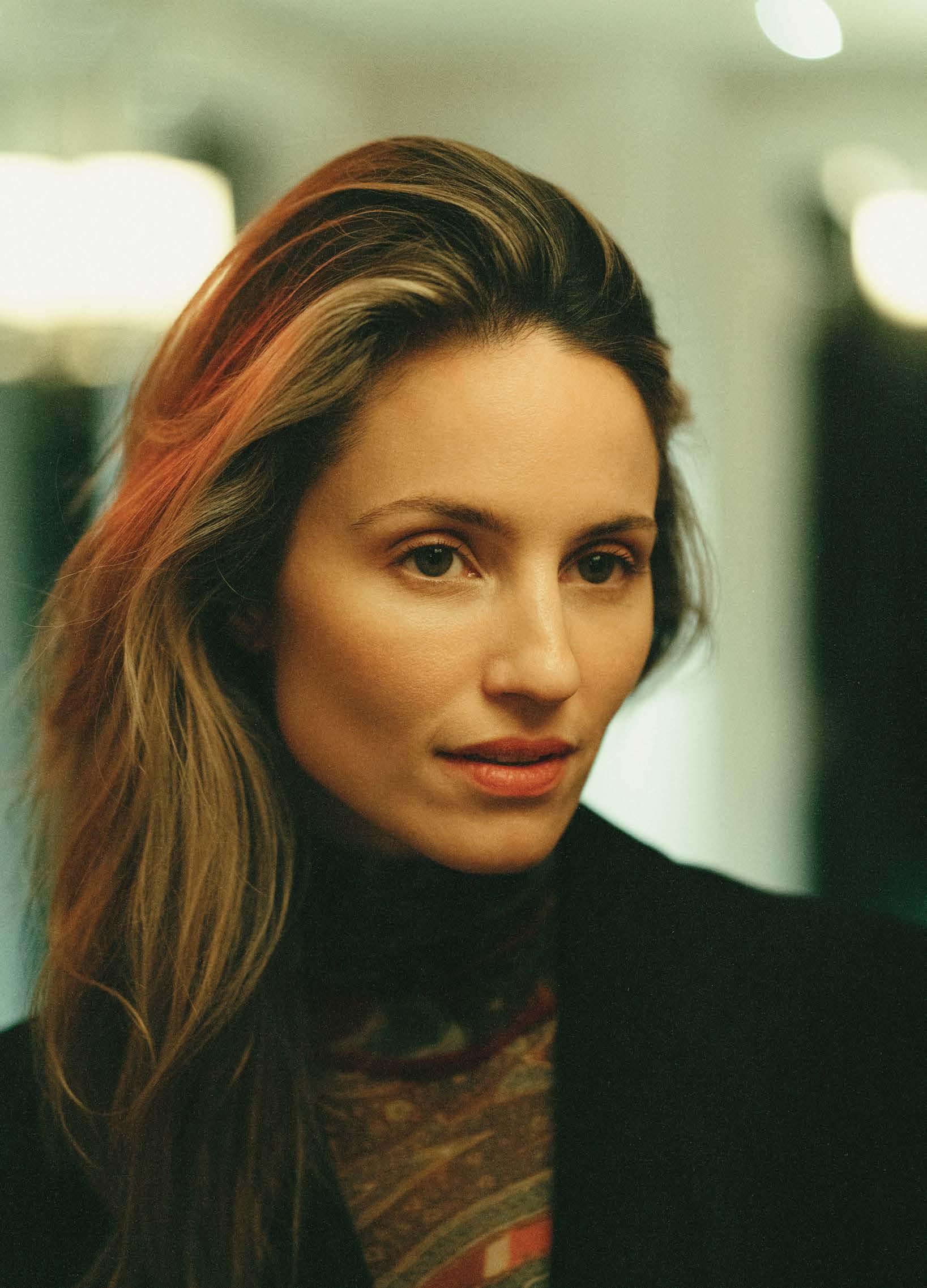
“Our industry is risk-averse. I would like to see more people with the confidence to give new storytellers a shot and contribute more than the bare minimum to get it done. Having sufficient resources is important.”Photography by Tom Mitchell

WHEN WAS THE LAST TIME YOU SURPRISED YOURSELF IN YOUR WORK?
Ezra Koenig: As we get ready for our next tour, I’m forced to revisit our old songs. I have to reacquaint myself with the lyrics and I can barely remember what I was going for when they were written. New meanings are revealed to me and I think I finally understand what the songs are about, particularly our third album.
NAME AN INFLUENCE OF YOUR THAT MIGHT SURPRISE PEOPLE.
Chris Baio: Like many people during lockdown, I picked up golf. I’d like to say, at the outset, that I am a miserable golfer. However, last year I read a beautiful book called Zen Golf by Dr. Joseph Parent. The book helps golfers gain control of their mental and
emotional states, and I’ve found that the lessons I’ve learned from this book have carried over into my everyday life. It’s helped me be a better musician and performer. I highly recommend it even if you don’t swing clubs!
WHAT IS YOUR CALLING CARD?
Chris Tomson: You know, I wish I had a more profound answer here, but I believe my trademark is having a beefy, borderline-unkempt beard. I have not been publicly clean-shaven in five years and there are currently no plans to break that streak. I am a fan of both the aesthetics and ease of upkeep, and, with the occasional exception of eating a particularly messy burger, couldn’t be happier with my whole facial hair setup. I am a beard guy and not mad about it!
“As we get ready for our next tour, I’m forced to revisit our old songs. New meanings are revealed to me and I think I finally understand what the songs are about.”
—Ezra Koenig
WHEN WAS THE LAST TIME YOU SURPRISED YOURSELF IN YOUR WORK? At the advice of two very good friends, the last pass I took on my new book was a cutting pass—a pass where you can’t do anything, not even fix a typo, except cut. I lost about 100 pages doing that. Prior to that, I would have said I was incapable of that.
WHO DO YOU CALL THE MOST?
My mother. She has four daughters, and it’s a little bit of a Hunger Games situation to get her on the phone sometimes, but she’s the person I want to speak with most.
WHEN YOU WERE LITTLE, WHAT WERE YOU KNOWN FOR?
My tantrums.
WHAT DO YOU WANT TO SEE MORE OF IN YOUR INDUSTRY? LESS OF?
In journalism, I would love to see more people keeping their jobs. More than 500
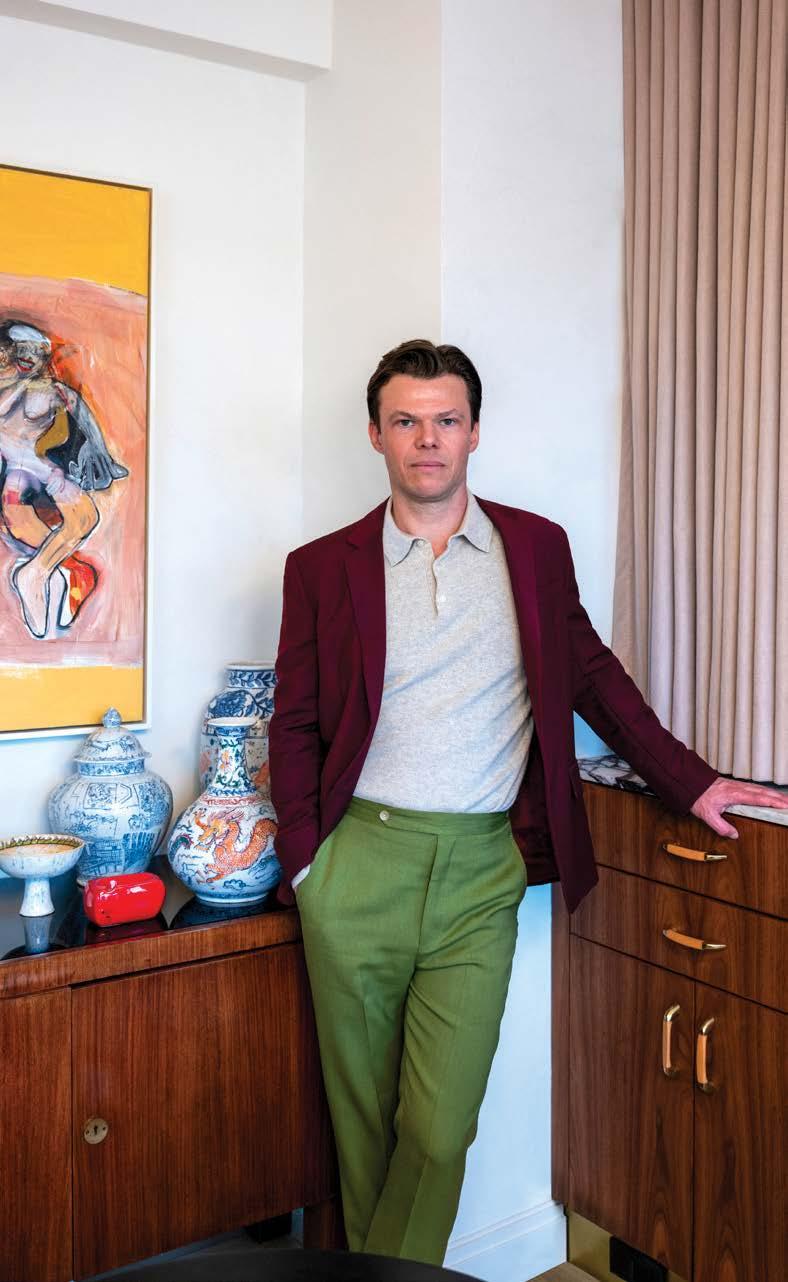
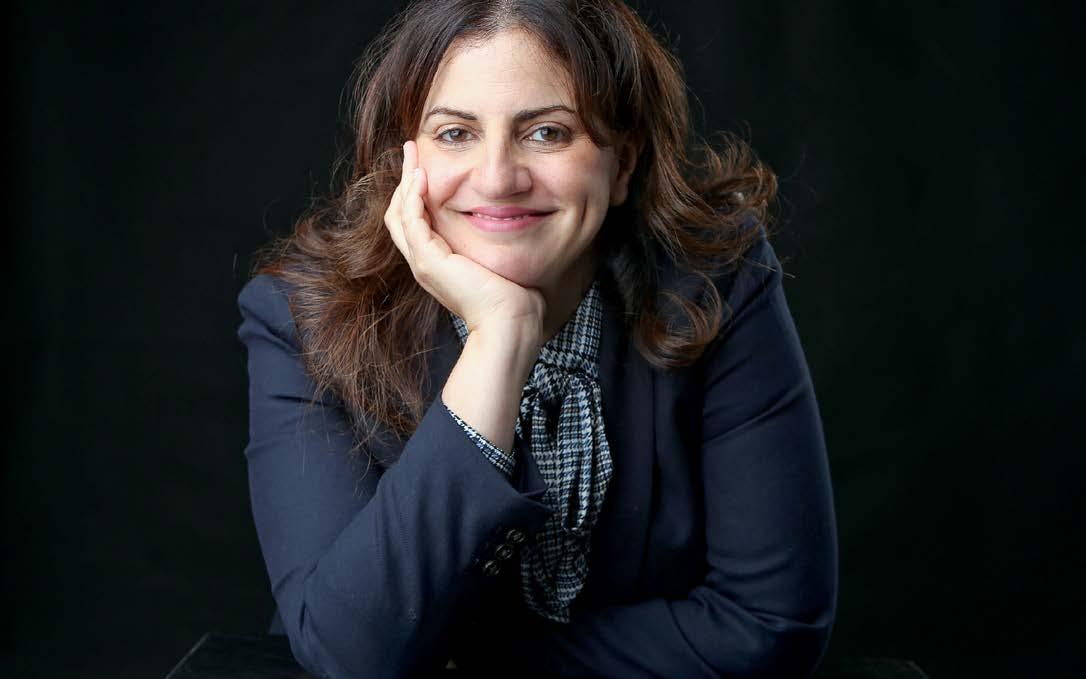
journalists have lost their jobs across major publications just this year. It didn’t have to be this way, and it’s to no one’s benefit that it is, except for those private equity chumps. Information actually
doesn’t want to be free. It wants to be procured by people who are expert at doing that, and it wants to pay its procurers a healthy salary for the trouble.
ARTISTIC DIRECTOR, THE POWER STATION
WHAT IS YOUR CALLING CARD?
When building collections for my clients, I like to weave in the unexpected. For example, installing a 19th-century Delacroix or Courbet painting with contemporary artworks by Richard Prince or Sherrie Levine, paired with an early Bronze Age Abydos juglet from 3000 BCE. I find so many art collections boring and predictable. They look like they were bought off Instagram rather than cultivated with thought, emotion, and a little bit of risktaking as a driving force.
WHAT DO YOU WANT TO SEE MORE OF IN YOUR INDUSTRY? LESS OF? More autonomous thinking and less
following of disposable trends. The art market has a bad habit of cycling through artists at a rapid pace with amnesiac tendencies. There are great artists from the 1990s and early 2000s that are virtually ignored by both the market and art institutions.
WHAT’S SOMETHING PEOPLE GET WRONG ABOUT YOU? I was once an architect. I think about architecture and design often, and how art operates within and can expand its constraints. I only do architectural projects for myself now, but someday I would like to do an architectural wunderkammer for a client.
Photography by Earl Wilson (Right); Photography by Shinyoung Ma (Left)
HOW WOULD YOU DESCRIBE YOURSELF? As a thinker. I love to think. It sounds simple, but to me thought is one of the most amazing things. It’s the vehicle that allows us to travel through the realm of possibilities, which is the biggest space there is.
WHAT DO YOU WANT TO SEE MORE OF IN YOUR INDUSTRY? LESS OF?
I know we live in a world that is dominated by money and the idea of money, but to me music is bigger than that. I wish that more artists and musicians got to create without having to think about the business. I’m not judging anyone for
leveraging their art to sustain themselves, because we all have to do that. But I wish there was a little more space to create.
WHEN YOU WERE LITTLE, WHAT WERE YOU KNOWN FOR? Before I really got serious about music as a teenager, I was known for two things: First, being kind of smart—kids would ask me for help in classes that I wasn’t even in. And second, being kind of feisty. I used to fight a lot, but I’m a hyper-peaceful person now. Maybe it’s because I’ve experienced the void of violence and what it can’t do.
“Thinking is the vehicle that allows us to travel through the realm of possibilities, which is the biggest space there is.”Photography by Gabriela Herman
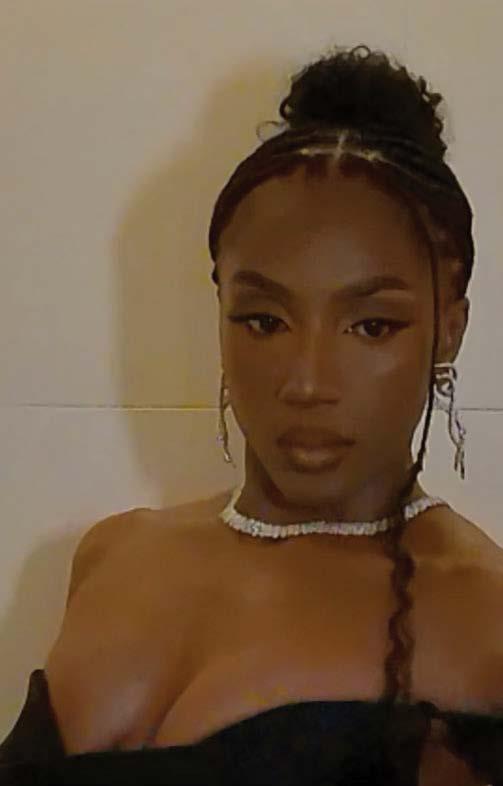
WHAT IS YOUR CALLING CARD?
My dry wit.
WHAT’S ONE BOOK, WORK OF ART, ALBUM, OR FILM THAT GOT YOU THROUGH AN IMPORTANT MOMENT IN YOUR LIFE? Home by Toni Morrison. I first read this book in 2020. Morrison’s signature style incorporates American history into the fabric of her fiction. She inspired me to let the context of our world influence my work.
WHAT’S SOMETHING PEOPLE GET WRONG ABOUT YOU? People think I’m scary, but I’m just a Scorpio rising.
NAME AN INFLUENCE OF YOURS THAT MIGHT SURPRISE PEOPLE. Phaedra Parks in The Traitors season 2.
“Toni Morrison inspired me to let the context of our world influence my work.”
COMEDIAN AND ACTOR
WHAT’S ONE BOOK, WORK OF ART, ALBUM, OR FILM THAT GOT YOU THROUGH AN IMPORTANT MOMENT IN YOUR LIFE? For me, it’s always music. My mom died recently, and she used to hear a song on public radio, call in, ask them what it was, and then send me the CD. One of the CDs she sent me was Chanticleer performing Franz Biebl’s “Ave Maria.” I’ve been listening to that song quite a bit lately. Very warm and comforting.
WHEN YOU WERE LITTLE, WHAT WERE YOU KNOWN FOR?
My foul mouth. It got me in trouble all the time, but now, I make a living because of it.
WHAT DO YOU THINK IS YOUR BIGGEST CONTRIBUTION TO CULTURE? They’re just tits.
WHAT DO YOU WANT TO SEE MORE OF IN YOUR INDUSTRY? LESS OF?
I want to see more original voices. People like Cole Escola, Erin Markey, and Neal Medlyn should all be huge stars.
“There’s a clip of Little Richard in a documentary called Let the Good Times Roll that completely transformed the way I think of performance. He was fearless on a whole other level.”
NAME AN INFLUENCE OF YOURS THAT MIGHT SURPRISE PEOPLE.
Little Richard. There’s a clip of him in a documentary called Let the Good Times Roll that completely transformed the way I think of performance. He was fearless on a whole other level. Electric. Wildly inspiring. I still get goosebumps when I watch it.
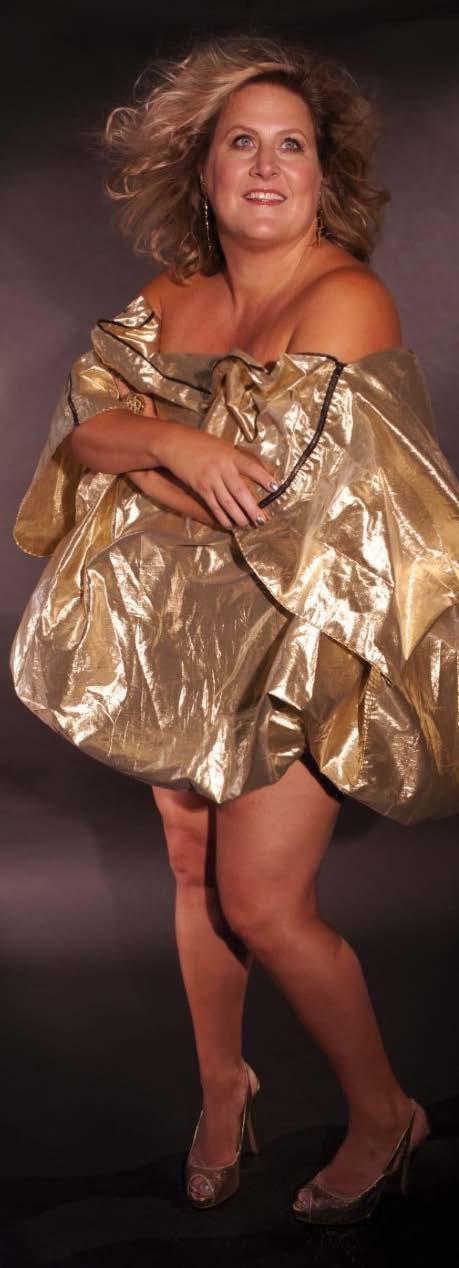
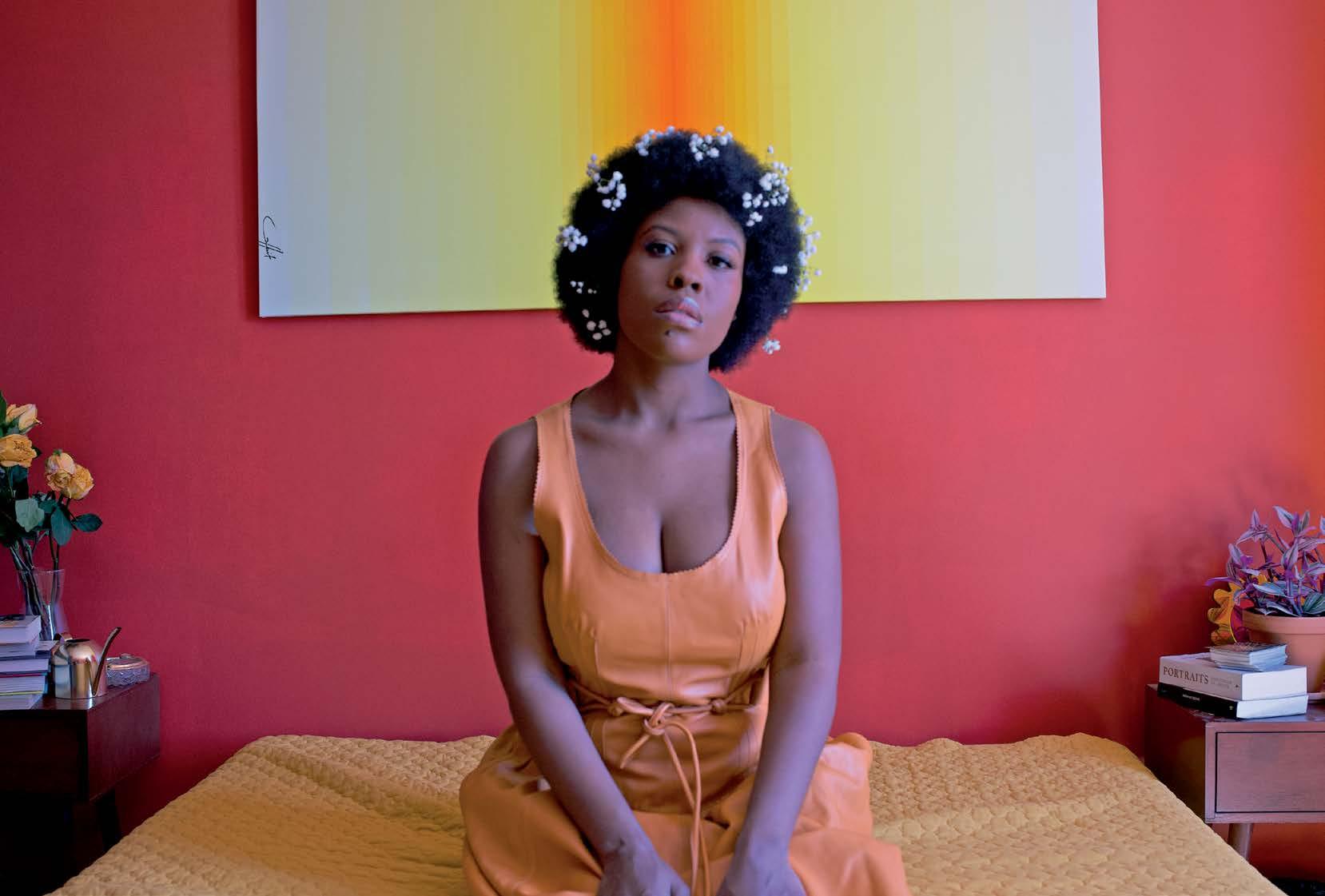
WHAT IS YOUR CALLING CARD? Yellow. Humidity. Very long voice notes. Making dinner plans in winter for the spring.
HOW WOULD YOU DESCRIBE YOURSELF? I’m a person who is ready to believe. Skepticism didn’t come naturally to me. I grew up as a Seventh-day Adventist. You keep the sabbath, you eat a specific diet, you spend a lot of time in communion with God. When I became an atheist, I retained that desire for belief and ritual. I still go earnestly into most things. It can be vulnerable, embarrassing, and incline you toward people and experiences that are essentially surrogate cults, but every now and then you find a true, god-like thing.
DESCRIBE A RECENT CROSSROADS AT WHICH YOU FOUND YOURSELF.
Recognizing when I’ve outgrown an artis-
tic routine. For me, there is comfort in the rhythms that develop around a project, but I’ve found those rhythms to be specific to the subject. Now, I let the subject dictate the process, and stuckness feels less like a crisis and more like meaningful discomfort with how the work has changed.
WHAT’S ONE BOOK, WORK OF ART, ALBUM, OR FILM THAT GOT YOU THROUGH AN IMPORTANT MOMENT IN YOUR LIFE? Kool & the Gang’s “Summer Madness” has gotten me through many moments. Everything I’ve ever written has been written to it. I play it every time I fly, every time I am behind the wheel of a U-Haul, when I am in deep winter and very depressed. For years, I have been collecting covers and songs that have sampled it. It embodies the season so utterly, and it’s what I reach for when I need warmth.
“I grew up as a Seventh-day Adventist. When I became an atheist, I retained that desire for belief and ritual. I still go earnestly into most things.”Photography by Raven Leilani
WHAT’S ONE BOOK, WORK OF ART, ALBUM, OR FILM THAT GOT YOU THROUGH AN IMPORTANT MOMENT IN YOUR LIFE? Patti Smith’s Just Kids convinced me to live in New York longer than I intended to, which was the start of my career as an artist—the stories of all these greats existing at the same moment.
NAME AN INFLUENCE OF YOURS THAT MIGHT SURPRISE PEOPLE. Linkin Park. My original AOL screen name when I was 12 years old was “lpchick404.” I was obsessed. I loved the hard-driven arrangements and strong vocals.
“Patti Smith’s Just Kids convinced me to live in New York longer than I intended to, which was the start of my career as an artist.”
WHEN WAS THE LAST TIME YOU SURPRISED YOURSELF IN YOUR WORK? I recently sang acoustic for Alanis Morissette at a Grammy week event and it was monumental. I was almost paralyzed with fear. Finding the bravery to sing with just an acoustic guitar to one of my childhood icons was a surprise.
WHO DO YOU CALL THE MOST?
My best friend Juliana. She’s also in a band, Salt Cathedral, and we went to college together. We are platonically married.
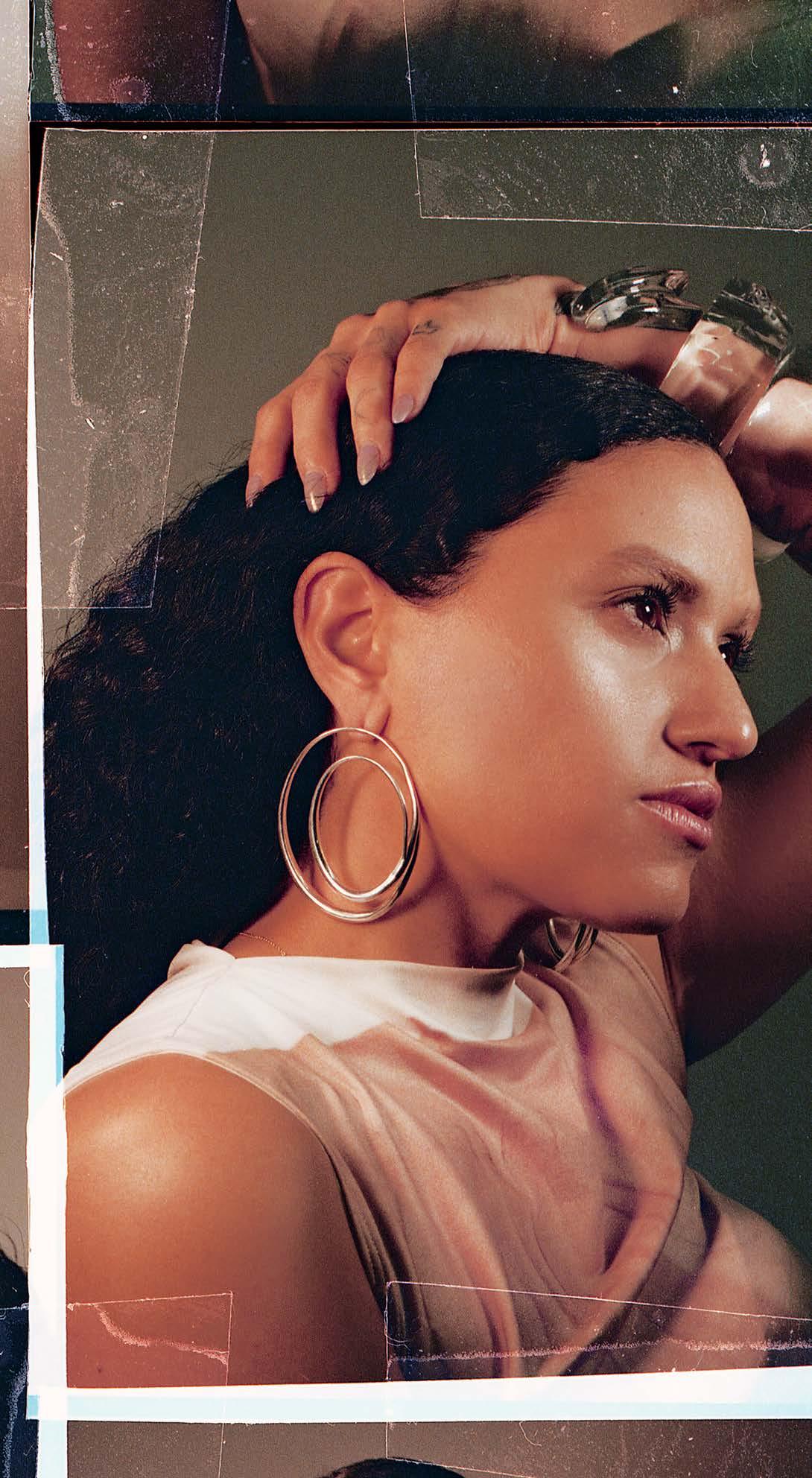
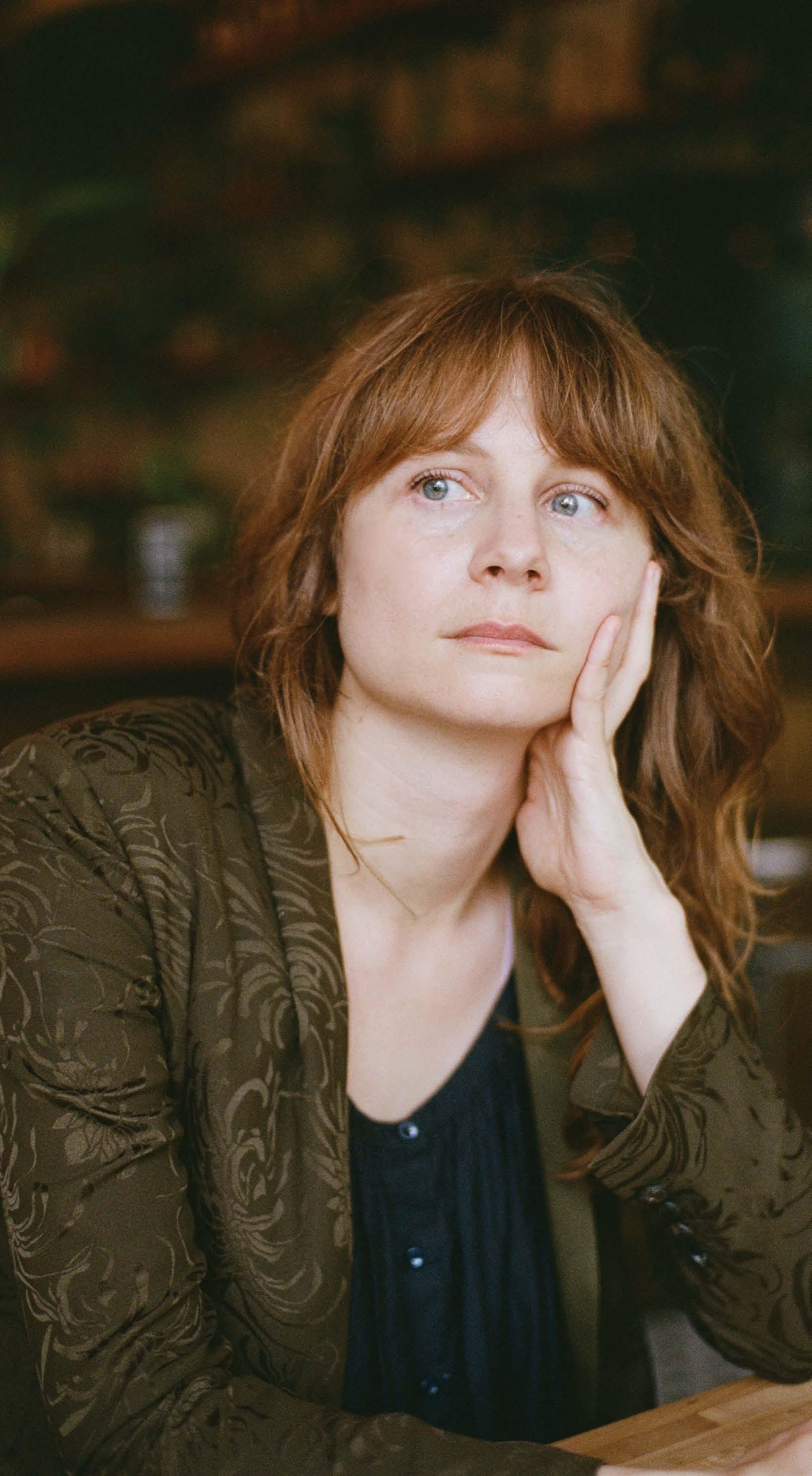
WHAT’S ONE BOOK, WORK OF ART, ALBUM, OR FILM THAT GOT YOU THROUGH AN IMPORTANT MOMENT IN YOUR LIFE? Lawrence Weschler’s book on Robert Irwin, Seeing is Forgetting the Name of the Thing One Sees.
DESCRIBE A RECENT CROSSROADS AT WHICH YOU FOUND YOURSELF.
Parenting a small child creates a hundred crossroads a day. It’s fascinating and hard and beautiful. I’ve been thinking a lot about being authoritative versus authoritarian; when to lean into flexibility instead of rigidity and vice versa. This also relates to directing.
WHO DO YOU CALL THE MOST?
I have three best friends from childhood, and we touch base daily. I don’t know what I would do without them. Their names are Molly, Molly, and Laila.
WHAT DO YOU WANT TO SEE MORE OF IN YOUR INDUSTRY? LESS OF?
I want people to stop conflating anti-Zionism and anti-Semitism. I think this is one of the most dangerous conflations of our time.
“I’ve been thinking a lot about being authoritative versus authoritarian; when to lean into flexibility instead of rigidity and vice versa.”Photography by Ella Pennington

WHAT’S COMING UP FOR YOU IN 2024? This year I’m making my Metropolitan Opera debut in a piece I’ve loved for years. I’m singing the role of Joseph/Herrod/God in John Adams’s El Niño, a contemporary retelling of the Messiah story from female and Latinx perspectives. When I was at Juilliard, there was a certain amount of shame associated with specializing in contemporary music. But that’s where I found my home: in work that was being made by living people, because the reason for doing it was always up for discussion. No one could hide behind the anonymity of time-tested “excellence.” Classical institutions are reshuffling their values and investing in (or betting on) contemporary work for survival. It’s been an interesting sensation to silently think, Girl, I been over here all along.
I’m also releasing my first album with my
“Classical institutions are reshuffling their values and investing in (or betting on) contemporary work for survival.”
band Davóne & the Truth. The project takes the music of Paul Robeson, the mid-20th-century singer, actor, and activist known for the song “Ol’ Man River,” and reimagines it through the lens of a CIA-induced LSD trip in a hotel bathroom in Moscow.
WHAT’S SOMETHING PEOPLE GET WRONG ABOUT YOU? I get asked often if I am trying to center politics or the Black experience in my work. I always respond with some version of: “I make work that is honest about my identity and interrogates the contexts in which my identity exists. I happen to be a queer, Black, cis male, so the lens of my identity presupposes me to make work that addresses how those identity vectors intersect and interact with the world through interpersonal, communal, and sociopolitical relationships.” I’m not inherently making Black work, I’m making work that is an honest articulation of who I am.
WHAT DO YOU WANT TO SEE MORE OF IN YOUR INDUSTRY? LESS OF?
I want people to ask, “How are you?” and mean it. Then I want people to attentively listen to the answer.

WHAT IS YOUR CALLING CARD? I get a new haircut every two weeks. It’s kind of my cure-all, my Windex. Whether it’s for a show or just because, it’s like my weird addiction.
NAME AN INFLUENCE OF YOURS THAT MIGHT SURPRISE PEOPLE. Jim Carrey. I feel like a lot of people say it was Gena Rowlands’s performance in A Woman Under the Influence that made them want to act. For me, Jim Carrey’s performance in Liar Liar was the thing. Or The Cable Guy. That was a very informative movie for me.
WHEN WAS THE LAST TIME YOU SURPRISED YOURSELF IN YOUR WORK? My work is to surprise myself. The way I approach acting is by tricking my brain into forgetting that I know what happens next.
WHO DO YOU CALL THE MOST? My mother. She’s a professional at talking on the phone. When I was a kid, she would spend time in bed, on the phone with the papers. It’s an indulgence we don’t have anymore because when we’re talking on the phone, we’re often doing a million other things at the same time.
WHEN YOU WERE LITTLE, WHAT WERE YOU KNOWN FOR? I would force my family to buy tickets to watch me perform Rent as a one-woman show in our living room. It was probably pretty punishing. But that’s what they get for taking me to see Rent. I don’t think I really knew what I was talking about, but I loved it.
“The way I approach acting is by tricking my brain into forgetting that I know what happens next.”
WHAT’S ONE BOOK, WORK OF ART, ALBUM, OR FILM THAT GOT YOU THROUGH AN IMPORTANT MOMENT IN YOUR LIFE? The Intouchables, directed by Olivier Nakache and Éric Toledano. I had watched it before and returned to it in the pandemic. Because of work and where I was located, I did most of the pandemic by myself, and watching that movie gave me great comfort and reinforced my belief that there was still good in the world in the midst of a very hard time.
NAME AN INFLUENCE OF YOURS THAT MIGHT SURPRISE PEOPLE.
I predominantly watch foreign films and old movies. I find that with foreign films, there are no pretenses. For me, they represent the purest form of my craft. I love older movies, especially from the ’50s or earlier, for their skill level. Every department across the board is working at the top of their game: costumes, lighting, everyone. The authenticity in foreign films and high quality of old films is what I strive for in my own work.
“When I was little, I was constantly making everyone laugh. I would go on errands with my mom so I could pretend to be a character and speak in accents. I’ve always had a strong sense of play. I was a lot.”

WHO DO YOU CALL THE MOST?
My mom. Even though she’s not in the industry, she’s a great person to spitball with because she gives me advice based on common sense. In fact, I get the best advice from her because she has an outside perspective.
WHEN YOU WERE LITTLE, WHAT
WERE YOU KNOWN FOR? I was constantly doing skits, fashion shows, and making everyone laugh. I would speak in different dialects and pretend I was from somewhere else. I would go on errands with my mom so I could pretend to be a character and speak in accents. I’ve always had a strong sense of play. I was a lot.
Photography by Conrad Khalil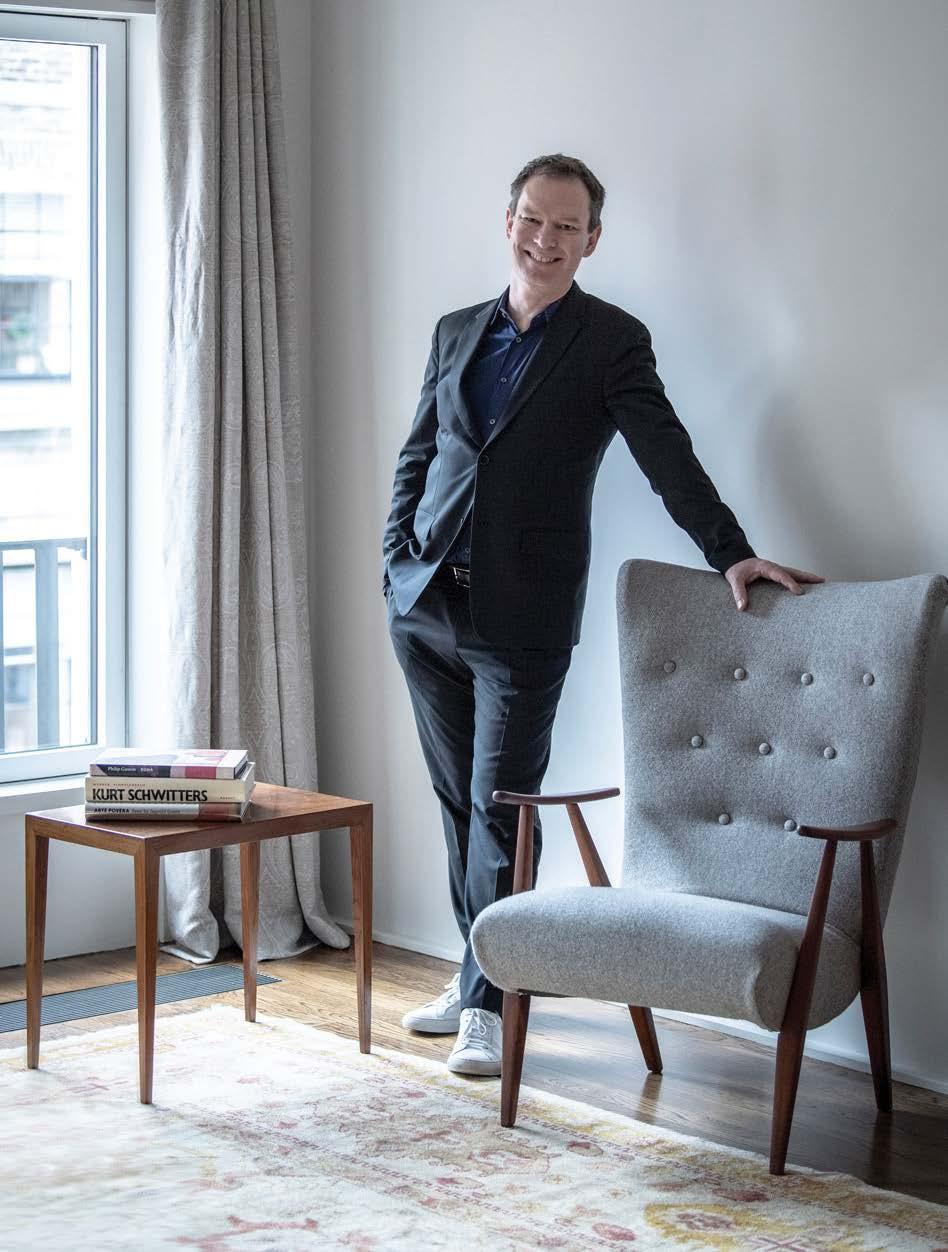
“It would be great if the largest galleries could become more conscious of and knowledgeable about the whole art world ecosystem, top to bottom, and find meaningful ways to support smaller businesses. There’s space for everyone to thrive.”
WHAT DO YOU WANT TO SEE MORE OF IN YOUR INDUSTRY? LESS OF?
It would be great if the largest galleries could become more conscious of and knowledgeable about the whole art world ecosystem, top to bottom, and find meaningful ways to support smaller businesses. We’re in it together. There’s space for everyone to thrive. We all need to stop thinking of our industry as a zero-sum game.
WHAT’S SOMETHING PEOPLE GET WRONG ABOUT YOU? Being Swiss, I am naturally reserved, and many people mistake this for inflexibility or rigidity. But my family, my wife, my daughters, my close friends, and my closest colleagues all know I am quite open and understanding, tolerant, sentimental. I’m just so busy and in such constant motion with work, that I tend to keep things focused.
WHEN WAS THE LAST TIME YOU SURPRISED YOURSELF IN YOUR WORK? In 2022, I looked at the gallery world and felt strongly that something was missing. I started meeting with colleagues I admire, whose galleries operate at a very different scale from ours—a listening tour. I began dreaming of forming the kind of collective impact partnerships that are so important in academia, medicine, and other fields— fostering mutuality, resource-sharing, mentorship. Fast-forward: Hauser & Wirth has announced our first two collective impact alliances with Nicola Vassell Gallery and Company Gallery, both wonderful younger galleries, and we have more in the pipeline. It’s my belief that the old saying is true—a rising tide lifts all boats.
WHAT DO YOU THINK IS YOUR BIGGEST CONTRIBUTION TO CULTURE? Moving from Switzerland to New York in 2008 to steward Hauser & Wirth into America was a huge step for me and my family. Sixteen years later, our gallery is deeply integrated into the cultural conversation in the United States.
Photography by Sim Canetty-ClarkeWHAT’S ONE BOOK, WORK OF ART, ALBUM, OR FILM THAT GOT YOU THROUGH AN IMPORTANT MOMENT IN YOUR LIFE? We Were the Mulvaneys by Joyce Carol Oates.
WHEN YOU WERE LITTLE, WHAT WERE YOU KNOWN FOR? Looking bored.
WHEN WAS THE LAST TIME YOU SURPRISED YOURSELF IN YOUR WORK? Allowing the design process to continue right through to the show, and valuing the organic feeling of not being constrained by calendars.
WHAT’S SOMETHING PEOPLE GET WRONG ABOUT YOU? That I’m aloof.
NAME AN INFLUENCE OF YOURS THAT MIGHT SURPRISE PEOPLE. People tend to be surprised when I share how much I love thrillers and horror films.
WHAT DO YOU WANT TO SEE MORE OF IN YOUR INDUSTRY? LESS OF?
I want to see more celebration of the talented women that work in this industry and less of a narrative that female creative directors don’t exist. It’s not exactly showing value to the incredible female designers we do have, of which there are many.
“People tend to be surprised when I share how much I love thriller and horror films.”
 Photography courtesy of Khaite
Photography courtesy of Khaite
WHAT IS YOUR CALLING CARD? 1-800-Save-a-Hoe.
HOW WOULD YOU DESCRIBE YOURSELF? Weird Barbie.
WHAT’S COMING UP FOR YOU IN 2024? My TV show OMG Fashun is out on E! May 6. Movies, movies, movies, and maybe another book?
“I’m not a celebrity. I’m an artist who happened to get famous. That’s it.”
WHAT’S ONE BOOK, WORK OF ART, ALBUM, OR FILM THAT GOT YOU THROUGH AN IMPORTANT MOMENT IN YOUR LIFE? Pedro Almodóvar films. My advisor in high school lent me a box set of all his films on DVD. They opened my eyes to a new world where the impossible is right at your fingertips and being strange and “interesting looking” is celebrated.
WHAT’S SOMETHING PEOPLE GET WRONG ABOUT YOU? People think I’m dumb, but I’m actually really smart. At 16, I was testing at a college level. I’m actually a genius, and that’s a fact. I learned everything I know from experiencing life in the world, not in a classroom. I know a lot about history and geography and can find common ground with just about anyone from any walk of life. I’m a worldly woman, a Renaissance woman.
WHEN YOU WERE LITTLE, WHAT WERE YOU KNOWN FOR? I was always a hood celebrity. I was famous in the streets of New York even in middle school. I was the crazy white girl who didn’t have a curfew and was never scared of anything. It’s funny, because now I’m scared of everything.
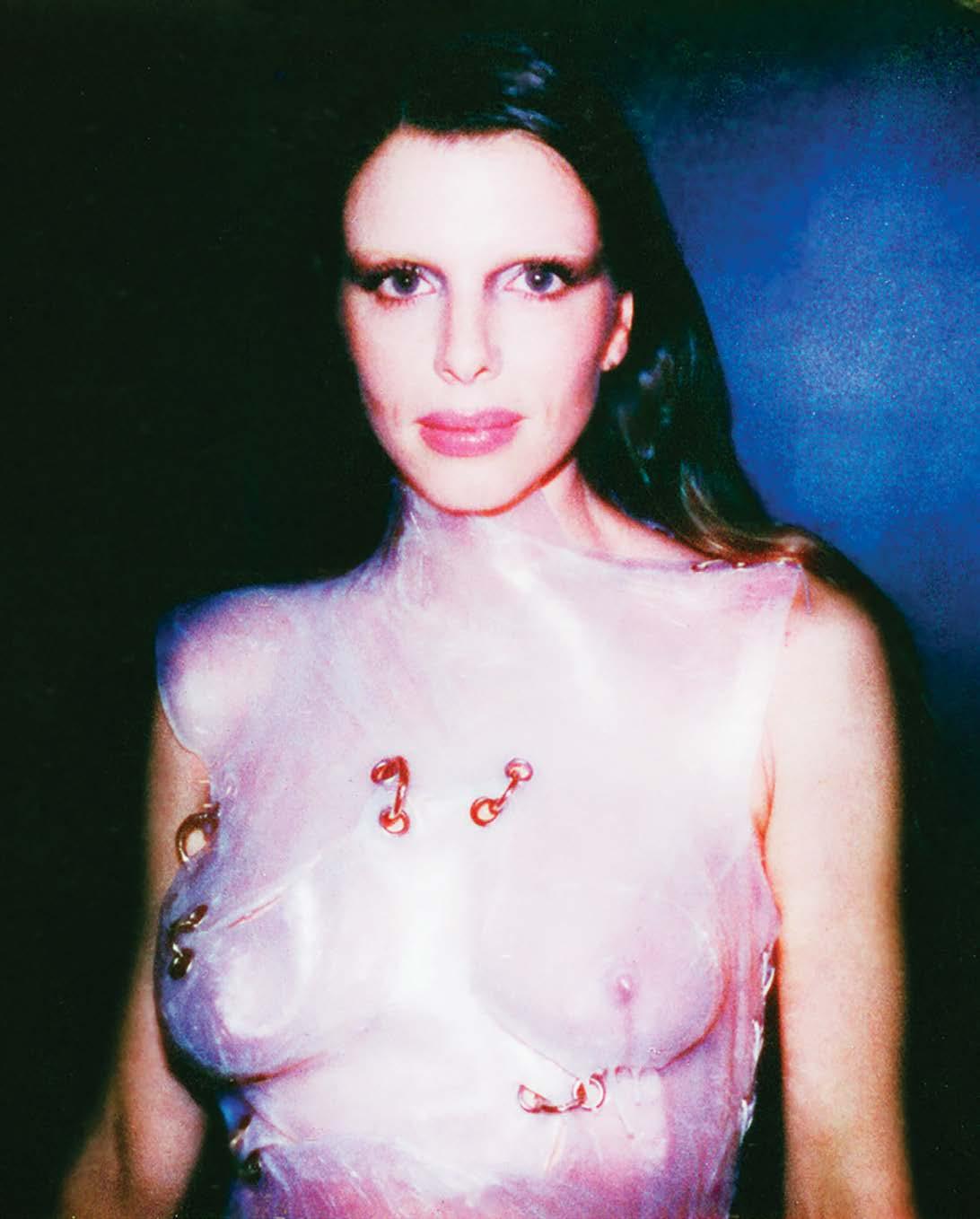
“I was famous in the streets of New York even in middle school. I was the crazy white girl who didn’t have a curfew and was never scared of anything. It’s funny, because now I’m scared of everything.”
A RECENT CROSSROADS AT WHICH YOU FOUND YOURSELF.
Last year, I’d gotten all this fame all of a sudden and had to really reevaluate what I was going to do with it. I don’t
want it to all be in vain. I want to make a difference. But mostly, I want the art to speak for itself. I’m not a celebrity. I’m an artist who happened to get famous. That’s it.
Polaroid by Andrew Tess
“If you’re writing the kind of story that could just as easily be farmed out to an A.I., you’re doing it wrong.”
WHAT’S ONE BOOK, WORK OF ART, ALBUM, OR FILM THAT GOT YOU THROUGH AN IMPORTANT MOMENT IN YOUR LIFE? As a kid, I had a print of Paul Klee’s Sinbad the Sailor on my bedroom wall. Then, it felt like a metaphor for adolescence. Now, more like a metaphor for my career.
WHAT’S SOMETHING PEOPLE GET WRONG ABOUT YOU? Given the darkness of a lot of my writing, I have a jarringly sunny disposition.
WHEN WAS THE LAST TIME YOU SURPRISED YOURSELF IN YOUR WORK? Anytime I’m working on an article or a book and start piecing my reporting together into a narrative, that process is full of ecstatic surprise. It’s like making a collage, or a jigsaw puzzle, finding the exact right spot for each clue or revelation. When the pieces finally click into place, my heart races. I should keep my voice down because a lot of writers hate the writing part, but I love it.
WHAT DO YOU THINK IS YOUR BIGGEST CONTRIBUTION TO CULTURE? Bringing the word “skulduggery” back into general circulation (a work in progress).
WHAT DO YOU WANT TO SEE MORE OF IN YOUR INDUSTRY? LESS OF?
More: viable business models to sustain heavily reported narrative journalism.
Less: If you’re writing the kind of story that could just as easily be farmed out to an A.I., you’re doing it wrong.
Photography by Justyna Gudzowska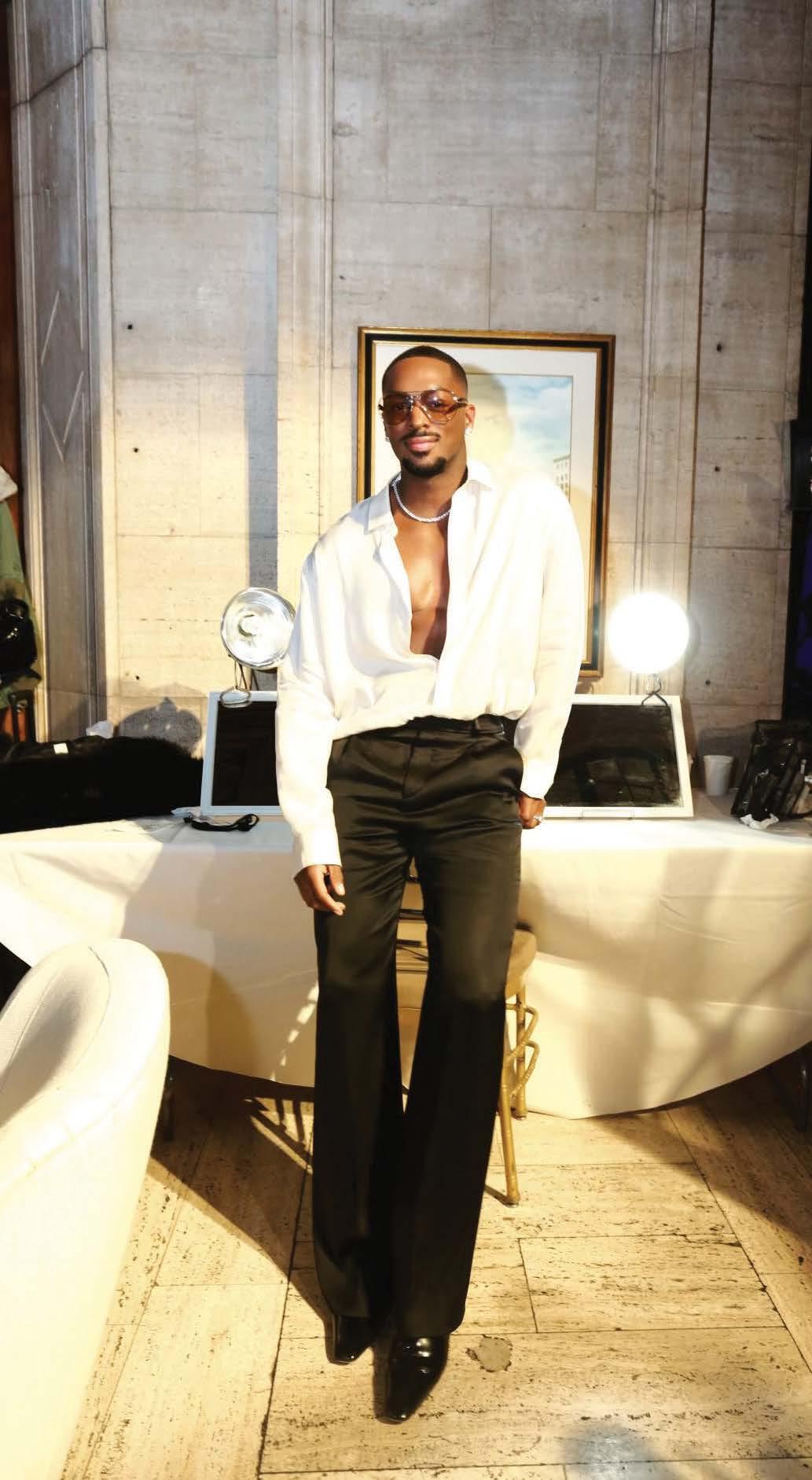
WHAT’S ONE BOOK, WORK OF ART, ALBUM, OR FILM THAT GOT YOU THROUGH AN IMPORTANT MOMENT IN YOUR LIFE? The book Clarity & Connection by Yung Pueblo has helped me grow tremendously.
WHAT IS YOUR CALLING CARD?
The LaQuan Smith woman is not afraid to be the center of attention. When you wear one of my designs, you know that the whole room will be drawn to you, and that is the goal. My calling card is one of exuberant and unabashed glamour and sensuality.
WHO DO YOU CALL THE MOST?
My grandmother, who is my rock and such a big inspiration in my life, and my business partner Jacqui [Jacqueline Cooper].
WHAT DO YOU THINK IS YOUR BIGGEST CONTRIBUTION TO CULTURE?
The LaQuan Smith brand has always been about building community. From the beginning, we were dressing artists on the rap and R&B scene before they blew up. Our connection to the music industry is important to us because it allows us to be a bigger part of cultural conversations. If you have ever been to our shows, or to one of our epic after-parties, you know the music is going to be amazing, that you will be with an interesting mix of people, and that you will have a great time. Recently, Babyface performed at our Fall/Winter 2024 show. It was such an iconic moment. Everyone, from my mom to the VIPs to the press, was vibing.
“When you wear one of my designs, you know that the whole room will be drawn to you, and that is the goal.”
WHAT IS YOUR CALLING CARD?
My hats, and when I’m not wearing a hat, my hair. I am, I admit, a big shopper— but I’m more like a hunter. I rarely buy things that are new, because I’m much more interested in the design and quality (not to mention the price!) of vintage. When I travel for work, I find having a few good hats or an excellent haircut comes in handy.
WHAT’S ONE BOOK, WORK OF ART, ALBUM, OR FILM THAT GOT YOU THROUGH AN IMPORTANT MOMENT IN YOUR LIFE? Joanna Hogg’s The Souvenir films. Chilly, naïve, unsentimental, a woman struggling to figure out how to be a person and an artist—with Tilda Swinton grousing about her “shopping headache.”
WHEN YOU WERE LITTLE, WHAT WERE YOU KNOWN FOR? I threw great themed parties in elementary school.
“I hope I remind people that journalism can be glamorous.”
WHAT DO YOU WANT TO SEE MORE OF IN YOUR INDUSTRY? LESS OF?
More skepticism, less superficial reactions. There have been a lot of changes in the industry that tend to draw quick knee-jerk responses, particularly across social media. I’m aware that this is an industry of waste, vanity, excess, and exploitation, and I think there can be more reporting to explore and acknowledge that in a way that has more integrity.
WHAT DO YOU THINK IS YOUR BIGGEST CONTRIBUTION TO CULTURE? I hope I remind people that journalism can be glamorous. I do a lot to share what my job entails with our readers—how I do interviews (like
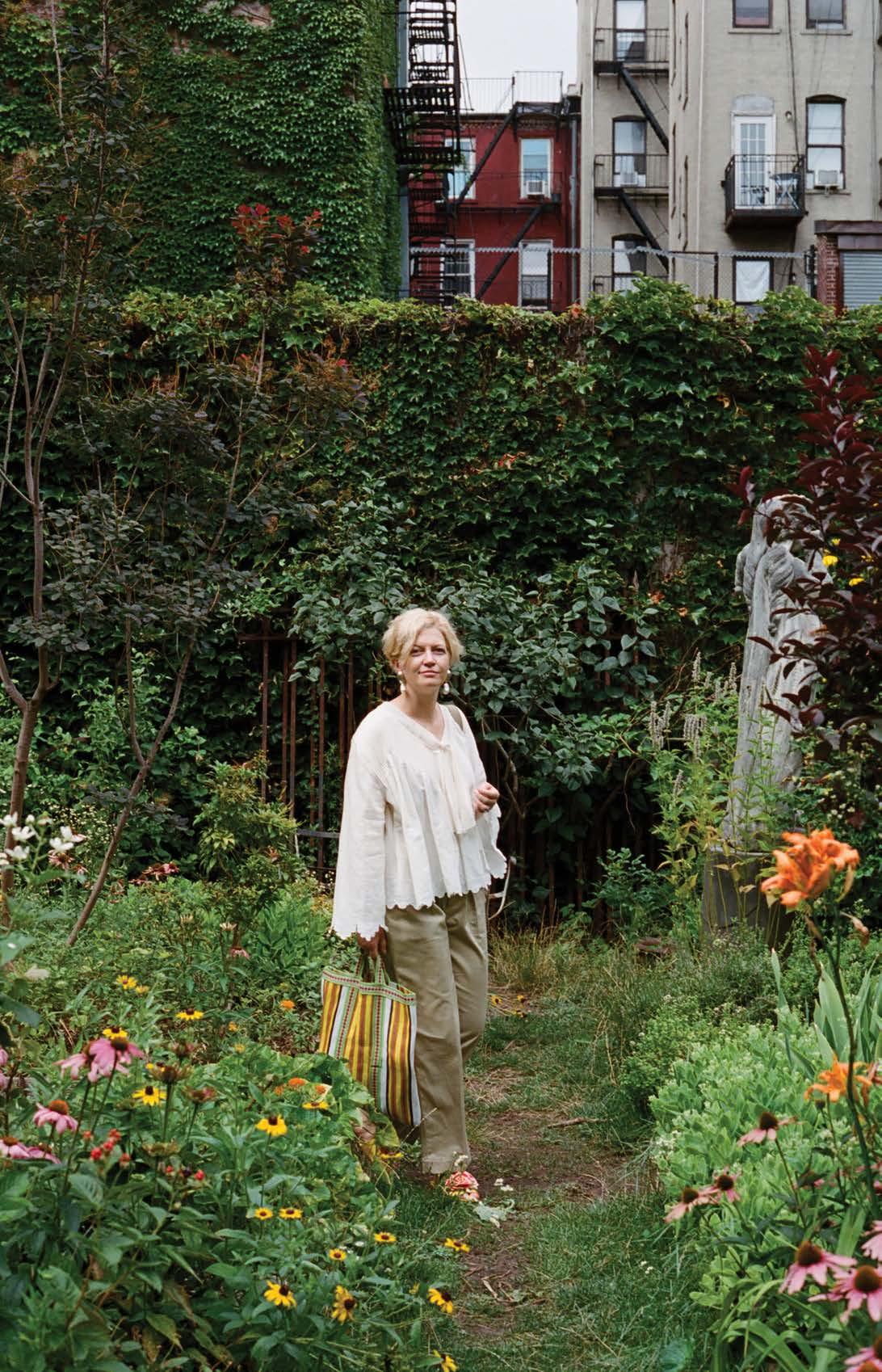
FaceTiming with designer Rick Owens), how I pack for several weeks of fashion shows, how I run around New York covering shows and picking up the narrative threads that become the subjects of my reviews and feature reporting. Yes, I’m cramming a bunch of
sparkly vintage sweaters in a suitcase, traveling to Europe, and watching Jennifer Lawrence find her seat at a Dior show, but always in the service of reporting what is new in our world and what change means.
Photography by Zoe ChaitWHAT IS YOUR CALLING CARD?
I’ve often heard people say, “If you’re able to catch him, never let him loose.” The creative gift you’ve always wanted but never knew you needed.
WHAT’S COMING UP FOR YOU IN 2024? Hopefully an EGOT! More dance, more music, more film, more fashion, more arts, more theater. Joyously keeping my head above the creative waters.
“I’ve often heard people say, ‘If you’re able to catch him, never let him loose.’”
WHO DO YOU CALL THE MOST?
The sweet Lord Jesus. And then probably my best friend Abe Gurko—like eight times a day, usually starting at 5 a.m.

WHAT’S ONE BOOK, WORK OF ART, ALBUM, OR FILM THAT GOT YOU THROUGH AN IMPORTANT MOMENT IN YOUR LIFE? I was in London shooting and saw the Francis Bacon show “Man and Beast.” I had just
started to reread one of my favorite James Baldwin books, Just Above My Head . The combination of those two incredible artists really helped me clarify that all my dreams are possible if I want them to be.
SCREENWRITER AND ACTOR
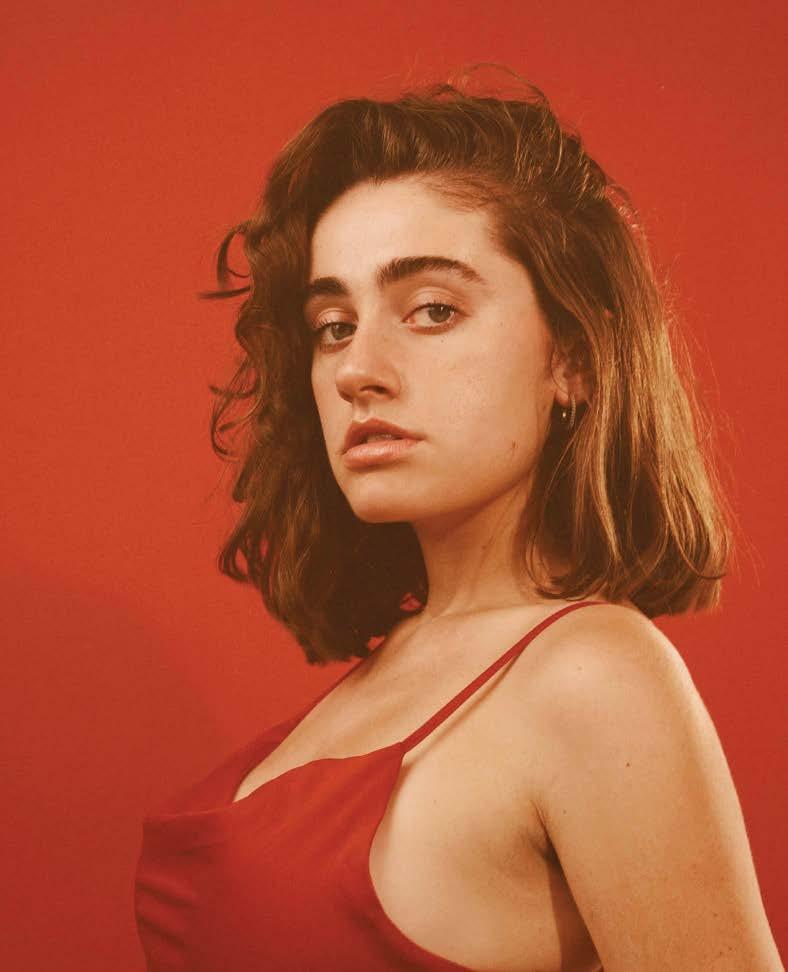
WHAT DO YOU WANT TO SEE MORE OF IN YOUR INDUSTRY? LESS OF? Fewer emails about calls about emails, and more texting and off the cuff phone calls.
WHO DO YOU CALL THE MOST? My sisters.
WHAT’S COMING UP FOR YOU IN 2024? My Saturn return. So I will most likely learn a terrible lesson I thought I already learned at 23, but this time I’m going to learn it harder and worse.
WHAT IS YOUR CALLING CARD? Carrying a giant physical planner with me everywhere I go.
“I would like to see fewer emails about calls about emails, and more texting and off the cuff phone calls.”Photography by Sela Shiloni Photography by Marcelo Krasilcic
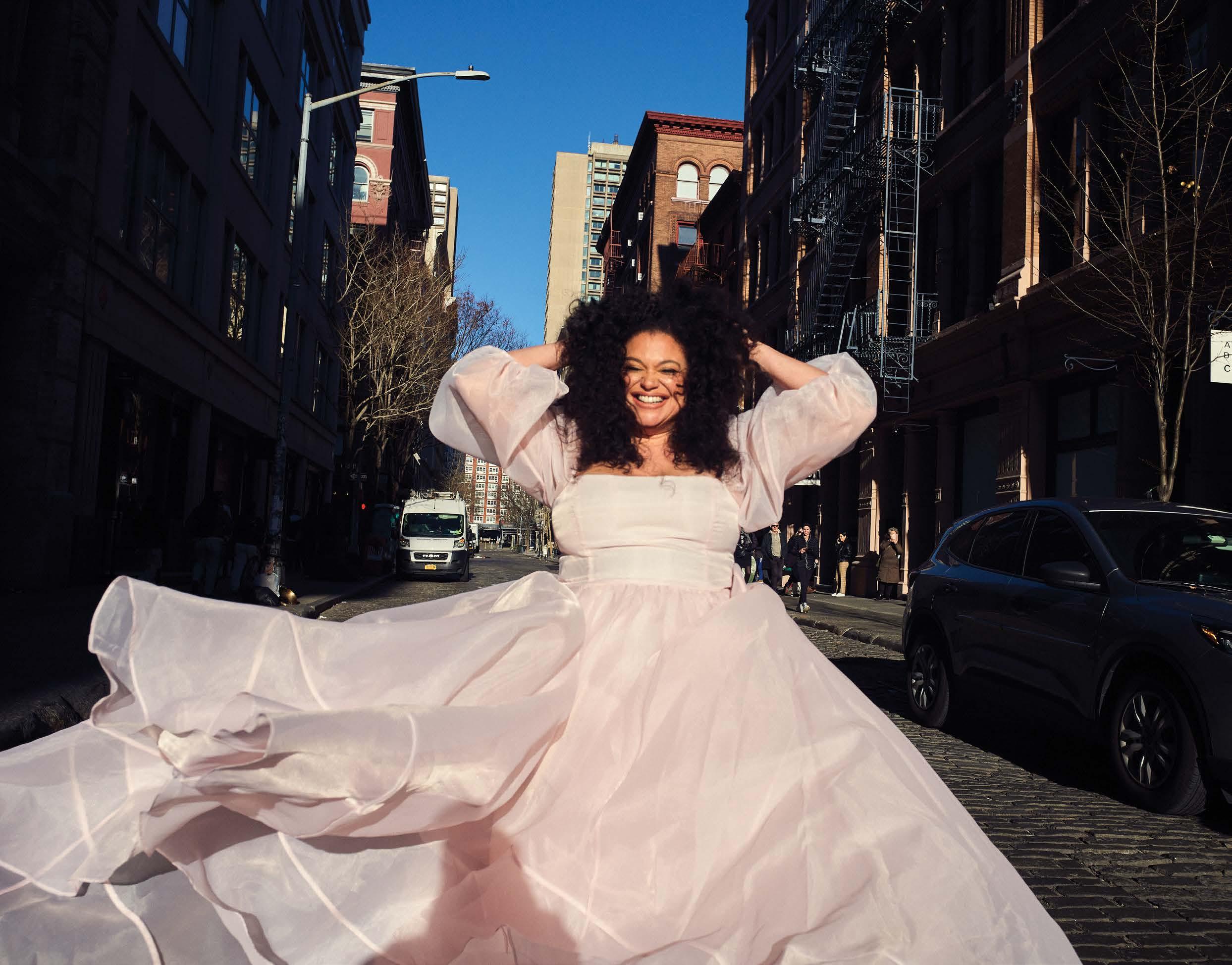
WHAT IS YOUR CALLING CARD? The calling cards change, but they’re always in the same vein: sassy, sexy, and out there. Embracing words like bitch, oddy body, Black, Brown, queer, fat, these are a few of my favorite things! My trademark is sassy-ass inclusivity, okay?
WHAT’S COMING UP FOR YOU IN 2024? Bitch, how much time do you have? I’m working on season two of Survival of the Thickest ; my second one-hour comedy special, filming at Radio City Music Hall (I’ll be the first woman to tape a special there); another season of The Circle ; another season of Barbecue Showdown on Netflix; and a movie with Ilana Glazer directed by
Pamela Adlon, called Babes. That, and my twins are starting kindergarten.
WHAT’S SOMETHING PEOPLE GET WRONG ABOUT YOU? People think I’m not sensitive or open to all types of criticism because, “You’re in comedy, come on.” But honestly, I think special moments in comedy happen because someone is sensitive in all the right ways. Punching up is hilarious. Punching down is too easy and is ignorant.
WHO DO YOU CALL THE MOST? My first call is always my husband. If he isn’t the first to know something, did it even happen?
“Special moments in comedy happen because someone is sensitive in all the right ways. Punching up is hilarious. Punching down is too easy and is ignorant.”

WHO DO YOU CALL THE MOST?
I call my mom every day. If my mom calls me and I don’t answer within 15 minutes, I think that there’s going to be a helicopter searching around my house.
WHAT’S ONE BOOK, WORK OF ART, ALBUM, OR FILM THAT GOT YOU THROUGH AN IMPORTANT MOMENT IN YOUR LIFE? I have a painting from Noah Davis that I bought because it looked like a friend of mine. Every time I walk past it I see something different. It speaks to me in a different way, and it teaches me something new that I didn’t know about myself. I’m forever lost in it.
WHEN WAS THE LAST TIME YOU SURPRISED YOURSELF IN YOUR WORK? Literally, anytime I make a song. It’s like I’m sitting there and then I black out. When I wake up, I’m covered in crumbs and a song is finished. It’s a mystery to me every time.
WHAT DO YOU WANT TO SEE MORE OF IN YOUR INDUSTRY? LESS OF? I just want to see people take risks in any industry. I’d much rather hear something or eat something or watch something where I’m like, Oh, that’s not great, but at least they went for it. More people need to go for it and not be afraid to fall flat on their face. That’s the only way something can actually be transcendent and remembered throughout history.
“I’m sitting there and then I black out. When I wake up, I’m covered in crumbs and a song is finished. It’s a mystery to me every time.”Photography by Johnny Miller
“We managed to
shoot our Pre-Fall 2024 collection at
the biggest
particle
physics
research
center in the world. I couldn’t believe it, and I was super proud of the result.”
—Arnaud Vaillant
WHAT’S ONE BOOK, WORK OF ART, ALBUM, OR FILM THAT GOT YOU THROUGH AN IMPORTANT MOMENT IN YOUR LIFE?
Arnaud Vaillant: My favorite movie of all time is Eternal Sunshine of the Spotless Mind by Michel Gondry. I don’t know why it follows me. It’s not a specific moment of my life—more a recurrence. I think there is a timeless poetry in it that I feel “accompanied” by, through different steps of my life.
Sébastien Meyer: Steve Jobs’s biography by Walter Isaacson. It really changed my perception of work and life in general.
WHEN YOU WERE LITTLE, WHAT WERE YOU KNOWN FOR?
Vaillant: Seb was a magician, and I was a daredevil.
WHAT’S SOMETHING PEOPLE GET WRONG ABOUT YOU?
Vaillant: Some people say we are an “Instagram” brand. We are actually pretty discreet people. We spend hours on a seam during fittings with our
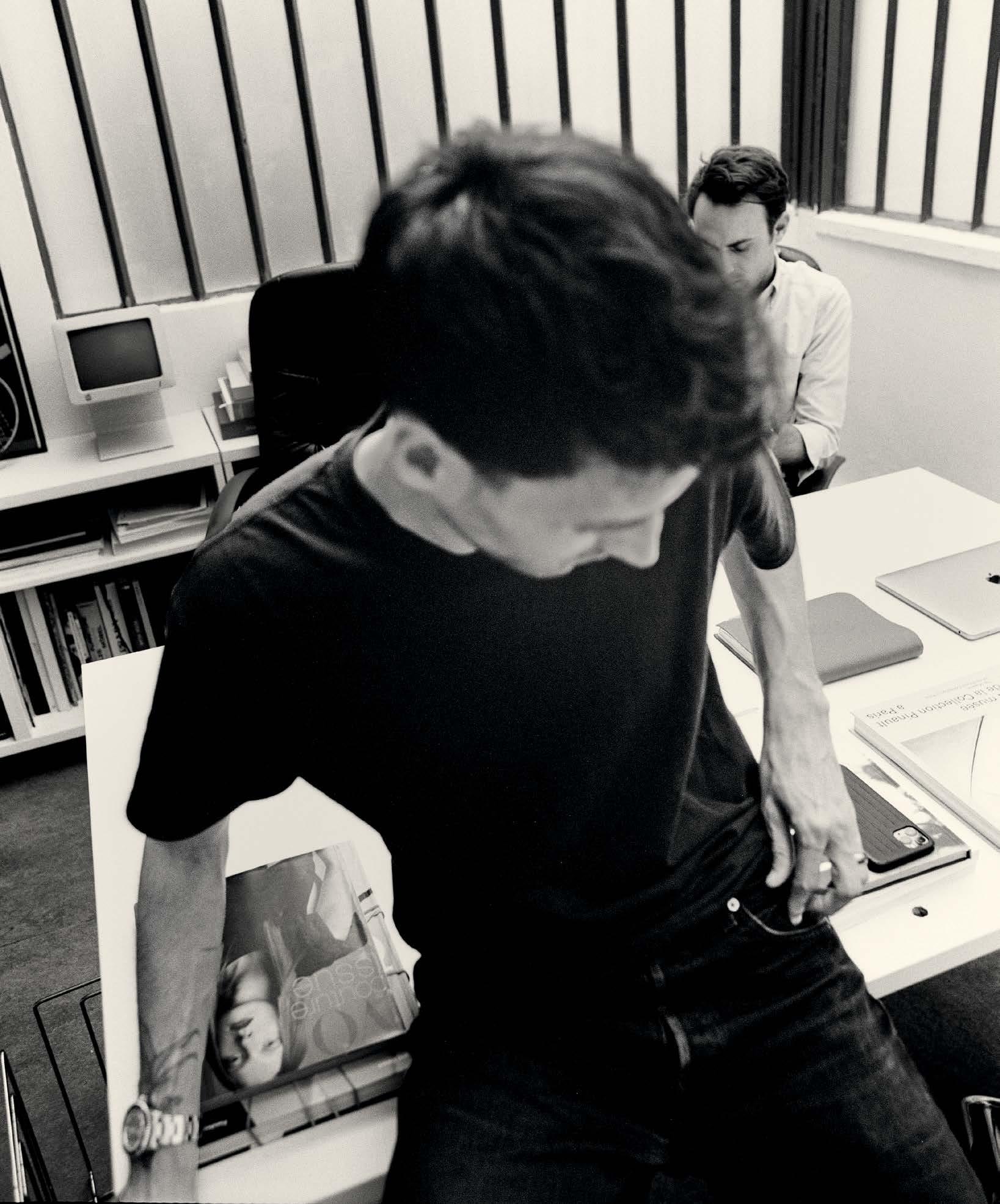
designers and pattern makers, and we do shows based on Sébastien’s ideas and passion for innovation. Of course we love Instagram—it’s a beautiful platform and we have built an amazing community there—but it’s not only about that. Building a brand these days requires both vision and rigor.
WHEN WAS THE LAST TIME YOU SURPRISED YOURSELF IN YOUR WORK?
Vaillant: When we shot our Pre-Fall
2024 collection at CERN [European Organization for Nuclear Research] in Switzerland, which is the biggest [particle physics] research center in the world. I couldn’t believe it, and I was super proud of the result.
Meyer: I have a lot of surprises for the next show in September.
WHO DO YOU CALL THE MOST?
Vaillant and Meyer: Our mothers. No doubt.
WHAT IS YOUR CALLING CARD? It might be my ability to bring people together.
WHAT’S SOMETHING PEOPLE GET WRONG ABOUT YOU? A few people have met me in the last few months and said, “Damn you’re actually super nice. I thought you would be really intimidating.” Also a few people lately have said, “You’re a lot taller than I thought.” Maybe those two play off of each other.
WHAT DO YOU THINK IS YOUR BIGGEST CONTRIBUTION TO CULTURE? NOVA. I genuinely think we could really disrupt the freelance space and change the landscape of it forever…
“My brain always has 42 tabs open. I have so many ideas, which is great sometimes, and not great other times. I hate hearing that things ‘can’t be done.’”
WHEN WAS THE LAST TIME YOU SURPRISED YOURSELF IN YOUR WORK? Probably this month. I tried to practice adding a bit more structure in my life. I’ve been eating way healthier, I’ve been walking four miles a day, and I’ve been sleeping at least seven hours a night. I’m honestly surprised I’ve stuck with this regimen.
HOW WOULD YOU DESCRIBE YOURSELF? I’m very laid-back, but I love working on a million things at once. My brain always has 42 tabs open. I have

so many ideas, which is great sometimes, and not great other times. I hate hearing that things “can’t be done.”
WHAT’S ONE BOOK, WORK OF ART, ALBUM, OR FILM THAT GOT YOU THROUGH AN IMPORTANT MOMENT IN YOUR LIFE? Book: The Outsiders by S.E. Hinton. Work of art: “Twilight,” a
photo series by Gregory Crewdson. Album: Channel Orange by Frank Ocean. TV show: Peaky Blinders. Movie: Superbad.
NAME AN INFLUENCE OF YOURS THAT MIGHT SURPRISE PEOPLE. Kobe Bryant. I was always obsessed with his work ethic and tenacity.
Photography by Derek Perlman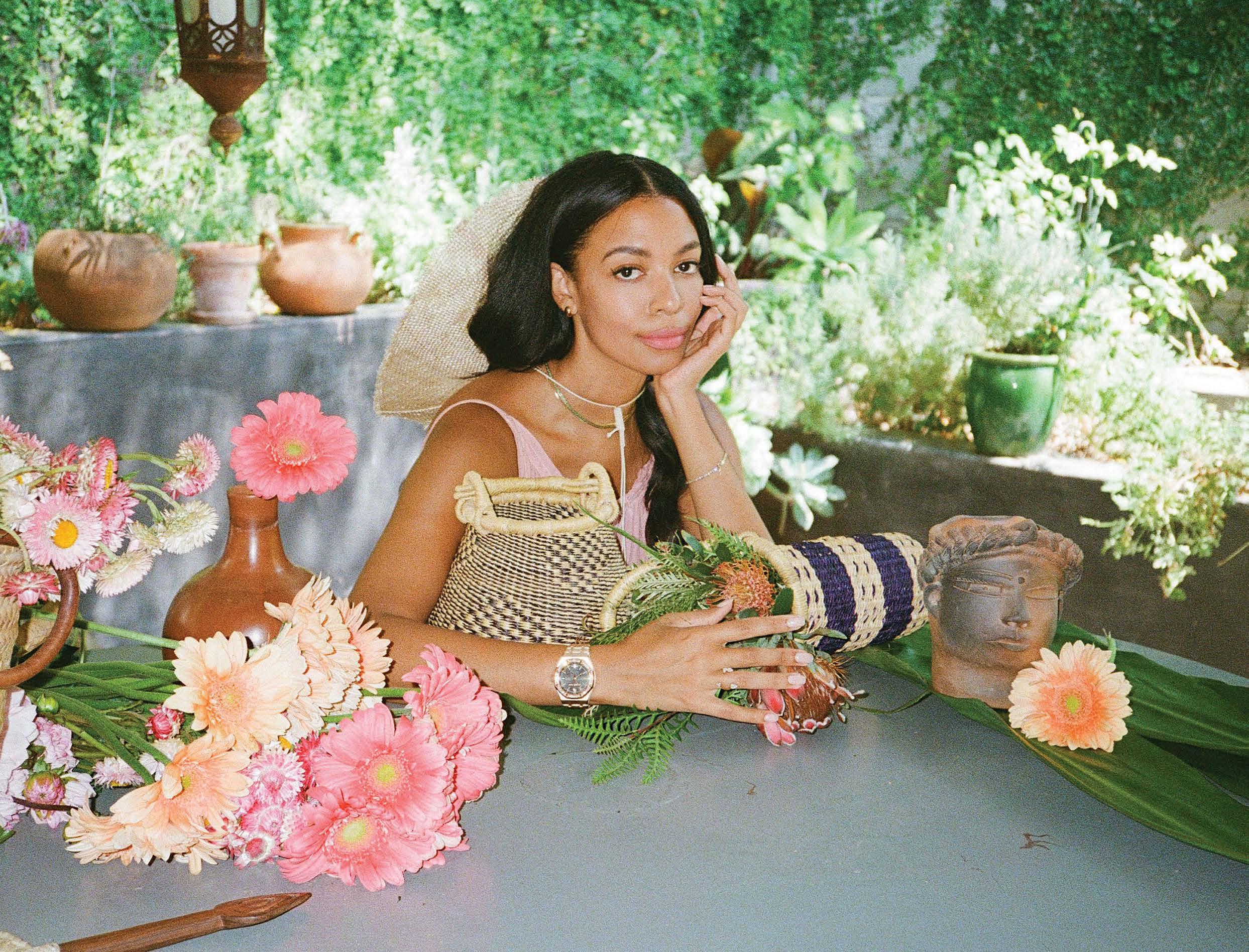
WHAT DO YOU THINK IS YOUR BIGGEST CONTRIBUTION TO CULTURE? I hope the work we’re doing with the Fifteen Percent Pledge shapes the culture, and ultimately the economy. By making more space for Black brands on retail shelves, we’re building a pipeline to move 14 billion dollars to Black founders, who then spend money in their communities and pass on generational wealth, all working toward ultimately closing the racial wealth gap.
NAME AN INFLUENCE OF YOURS THAT MIGHT SURPRISE PEOPLE. Nature and
“I hope the work we’re doing with the Fifteen Percent Pledge shapes the culture, and ultimately the economy.”
the outdoors really inspire me. Time in the wild grounds me in what I’m building with Brother Vellies—all of my designs are rooted in place and community.
WHAT DO YOU WANT TO SEE MORE OF IN YOUR INDUSTRY? LESS OF?
The fashion industry still has more to do when it comes to championing young creatives. I hope fashion brands continue to trend toward sustainable practices to
reduce the outsized negative impact our industry can so often have on the climate.
WHAT’S COMING UP FOR YOU IN 2024? I recently launched a podcast about building and scaling Black-owned businesses, called Friends and Family with Aurora James, featuring some of my favorite peers and mentors. Our hope is to make it a little easier for founders who lack access to traditional fundraising.
Photography by Christopher ShermanHOW WOULD YOU DESCRIBE YOURSELF? Hood, spiritual, creative, and innovative.
WHAT’S ONE BOOK, WORK OF ART, ALBUM, OR FILM THAT GOT YOU THROUGH AN IMPORTANT MOMENT IN YOUR LIFE? Hustle Harder, Hustle Smarter, 50 Cent’s book Was good to see 50 Cent’s trials and tribulations and how he overcame his obstacles.
WHEN WAS THE LAST TIME YOU SURPRISED YOURSELF IN YOUR WORK? I surprised myself last time I was in the studio. I made some heat, and I couldn’t stop listening to it. Whenever I make fire, I listen to my song as if someone else made it.
“Last time I was in the studio, I made some heat, and I couldn’t stop listening to it. Whenever I make fire, I listen to my
song
as if someone else made it.”
NAME AN INFLUENCE OF YOURS THAT MIGHT SURPRISE PEOPLE. Nikola Tesla was the man—super forward-thinking and wanted to help humanity.
WHAT DO YOU WANT TO SEE MORE OF IN YOUR INDUSTRY? LESS OF? I want to see more artists owning their own music, and ownership overall with the brands we wear and represent.
WHEN YOU WERE LITTLE, WHAT WERE YOU KNOWN FOR? I was known for doing daredevil flips and climbing the hallway walls.

DESCRIBE A RECENT CROSSROADS AT WHICH YOU FOUND YOURSELF. Right now, I’m growing out of a lot of friends and things I used to be into.
WHAT DO YOU THINK IS YOUR BIGGEST CONTRIBUTION TO CULTURE? I bring art, love, inspiration, and I preserve culture.
Photography courtesy of the artist and Roc Nation
WHAT IS YOUR CALLING CARD? Time and place. Those words are so basic, yet they’ve been our compass. They molded Noma’s soul, fired up our success, and steered us through the fog. Where in the world are you, and what’s the season… the texture of a day, its flavor, its scent?
HOW WOULD YOU DESCRIBE YOURSELF? A father, a husband, a chef—always on the hunt and tangled in thoughts, often swamped in work and worries. Boundlessly curious and loyal to family and friends.
WHAT’S COMING UP FOR YOU IN 2024? This is a pivotal year for me and Noma. We’re uprooting to Japan for half a year, bringing family and our 100-strong crew along, while dreaming up Noma’s next 20 years: What’s the shape of longevity? How do you build something that lasts?
WHAT’S ONE BOOK, WORK OF ART, ALBUM, OR FILM THAT GOT YOU
“If we could all put our phones down a little while eating, it would be better for everyone.”
THROUGH AN IMPORTANT MOMENT IN YOUR LIFE? My first two memories that stand out: reading Willard Motley’s Knock on Any Door as an early teen. I was drawn by a boy’s fight to the top. And Labyrinth, a movie with mazes, quests, and secrets. Also the David Bowie soundtrack was one of my first albums ever.
WHAT DO YOU WANT TO SEE MORE OF IN YOUR INDUSTRY? LESS OF?
If we could all put our phones down a little while eating, it would be better for everyone.
NAME AN INFLUENCE OF YOURS THAT MIGHT SURPRISE PEOPLE.
Growing up with a Muslim father and a secular mother, I’ve never seen myself as particularly religious, and I’m not even sure about being spiritual. It’s a puzzle to me. Yet, I’ve completed the Shikoku 88 pilgrimage twice, a challenging Buddhist temple walk that has influenced me deeply.
DESCRIBE A RECENT CROSSROADS AT WHICH YOU FOUND YOURSELF. The death of my father was the most significant crossroads in my life, unleashing a volcanic eruption of emotions. Long-forgotten and deeply buried memories surfaced, leading to a whirlwind of reflection on my entire life. Six years on, things have improved.

WHAT IS YOUR CALLING CARD?
Close-ups of my feet. Kidding. My toxic on-set behavior. Okay just kidding. Physically, my Jew-fro. Metaphysically, my optimism despite my constant consciousness-raising around the power structure that oppresses the global majority. Yay!
WHAT DO YOU THINK IS YOUR BIGGEST CONTRIBUTION TO CULTURE? Literally, Broad City, the show I co-created and co-show-ran and co-starred in with Abbi Jacobson, and made with Paul W. Downs and Lucia Aniello and a thousand other people. Also, a modeling of pride in one’s queerness as they discover it through their art.
HOW WOULD YOU DESCRIBE YOURSELF?
Horny for life. Not “horny for life,” even though that can be true as well, but I’m “horny for life.” I’m interested in our world and how people live in it.
“Lately, my crossroads have been all about boundaries—to draw a boundary or let it go. Rather than crossroads, I keep building roadblocks.”
NAME AN INFLUENCE OF YOURS THAT MIGHT SURPRISE PEOPLE. Democracy Now! It’s an independent news program that broadcasts daily, and oof, it’s so rough—as is all the news—but this
is just, like, straight shot, not diluted, human rights–centered news. So when I listen to the headlines, which is about a 20-minute segment, I feel rooted in reality and able to be dreamier and freer in my day.
DESCRIBE A RECENT CROSSROADS AT WHICH YOU FOUND YOURSELF.
Lately, my crossroads have been all about boundaries—to draw a boundary or let it go. Rather than crossroads, I keep building roadblocks. I recently had a situation with a friend with whom I work, who expected me to provide something which I found unreasonable, so I called her and slowly and carefully pushed back. She was like, “... Okay.” It was awkward and a little clipped, but after a little time, when we saw each other next, it was fine—not “chill and awesome!” but fine. It’s things like that these days.
Photography by Madeline KimWHAT IS YOUR CALLING CARD?
Being “young,” “next generation” New York fashion designers for about 20 years now.
WHAT’S SOMETHING PEOPLE GET WRONG ABOUT YOU? The “are they together or not” question comes up all the time. The answer is yes. Together. Never not been.
WHEN WAS THE LAST TIME YOU SURPRISED YOURSELF IN YOUR WORK? It generally surprises us that somehow, two kids who met in art school and joined forces on a little creative project for the hell of it, managed against all odds to create a real thriving business built on craft in New York fashion, of all places. It seems a bit surreal sometimes.
WHO DO YOU CALL THE MOST? Our sweet mothers.
WHAT DO YOU WANT TO SEE MORE OF IN YOUR INDUSTRY? LESS OF? The hamster wheel of it all, the speed of show after show after show is relentless at times. To be able to take a beat every once in a while would be amazing.
DESCRIBE A RECENT CROSSROADS AT WHICH YOU FOUND YOURSELF. There’s always that moment a week or two before a show when nothing seems to be coming together quite the way you intended it to, and the instinct to just cancel the whole thing is very real and present. You have to make a choice at that point. Do you cancel, or do you trust that whatever comes out of the process, even if different from what you intended, will be alright? Even now, this moment happens all too frequently.
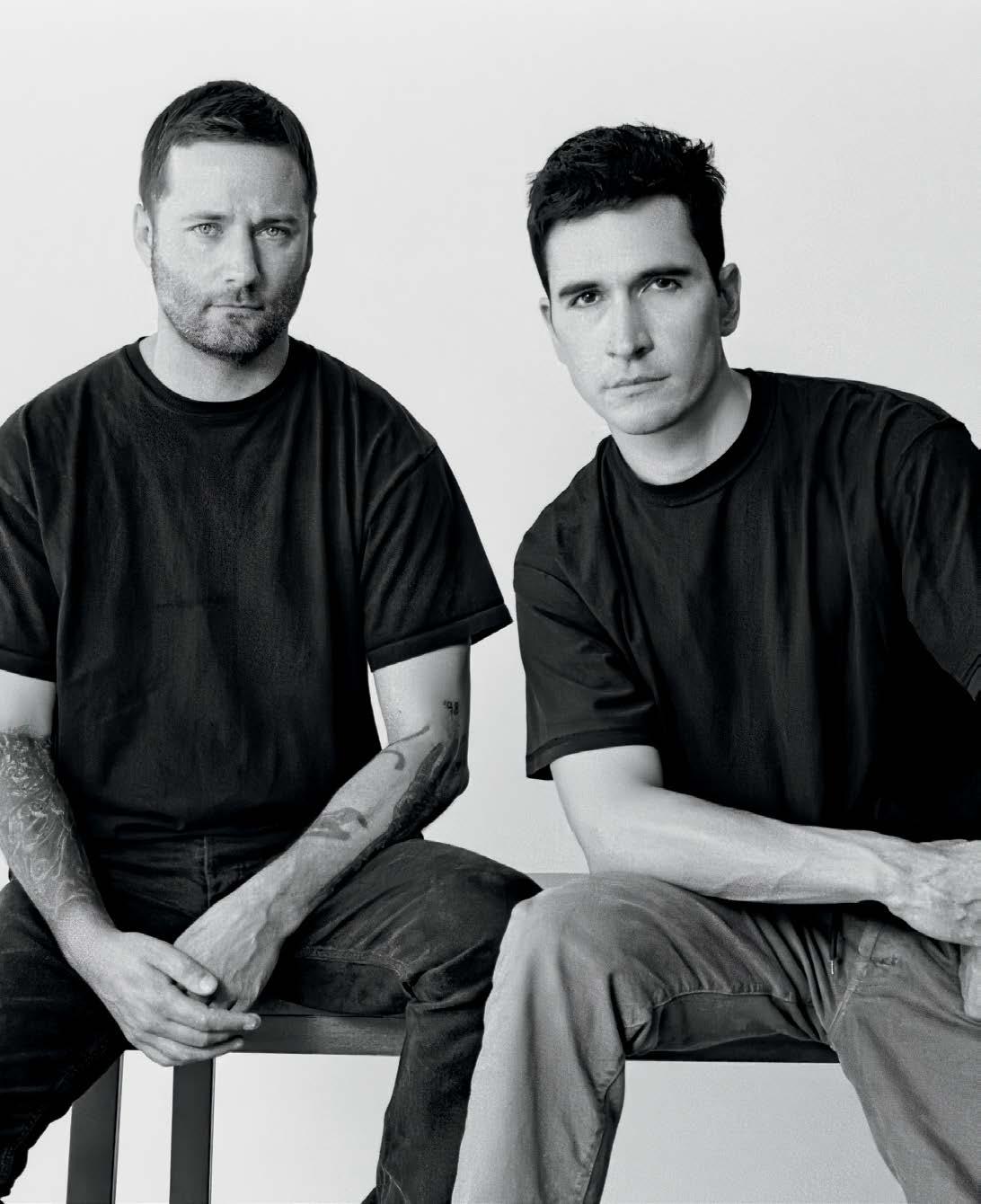
“Somehow, two kids who met in art school and joined forces on a little creative project for the hell of it, managed against all odds to create a real thriving business built on craft in New York fashion, of all places.”Photography by Bruno Staub
WHAT IS YOUR CALLING CARD?
I wear hats and sunglasses a lot. People think it’s to be cool—which it is—but it’s more about putting a layer up between me and you. It brings me comfort.
WHAT’S ONE BOOK, WORK OF ART, ALBUM, OR FILM THAT GOT YOU THROUGH AN IMPORTANT MOMENT IN YOUR LIFE? It’s clichéd, but I read On the Road when I left my rural Oklahoma hometown to start college, and it changed my life. Put simply, it presented alternate versions of what a man could be. Where I was from, there weren’t many options. You were either tough or weak. On the Road gave my 18-year-old self more to contemplate.
HOW WOULD YOU DESCRIBE YOURSELF? A decently good human being.
WHEN WAS THE LAST TIME YOU SURPRISED YOURSELF IN YOUR WORK? Working on Reservation Dogs the last few years was pretty surprising.
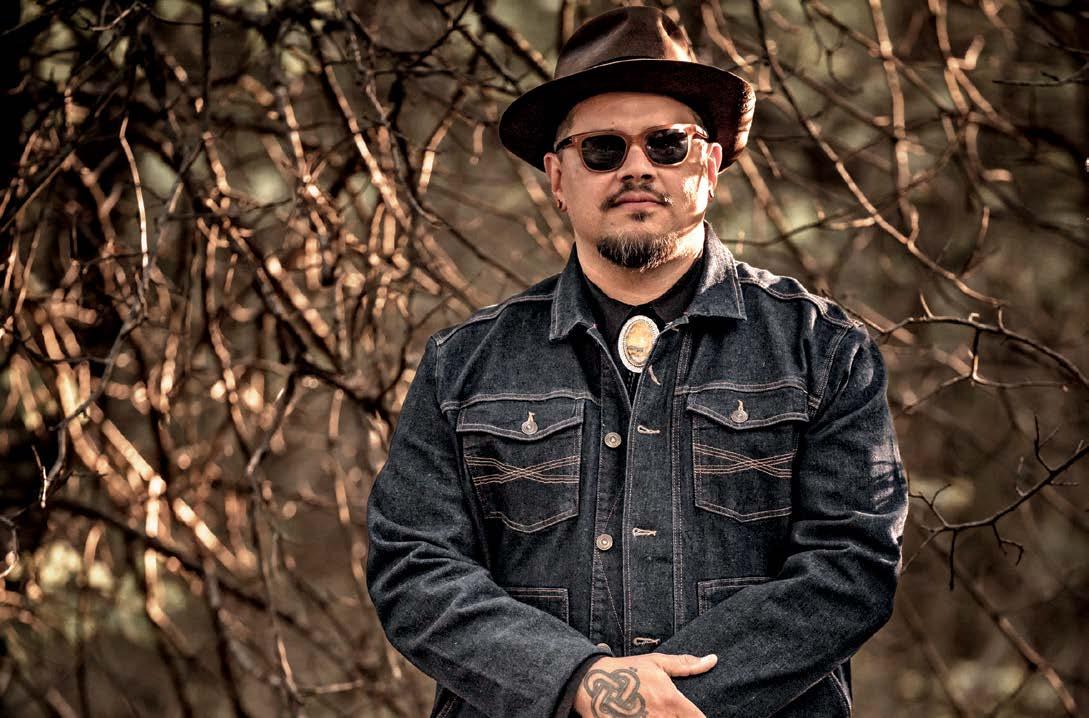
I was about to hang up my cameras and get a real job right before I landed that show.
WHAT’S COMING UP FOR YOU IN 2024? I have a new show called The
Sensitive Kind starring Ethan Hawke and Keith David.
WHAT DO YOU THINK IS YOUR BIGGEST CONTRIBUTION TO CULTURE? I have some pretty cool children.

WHAT’S ONE BOOK, WORK OF ART, ALBUM, OR FILM THAT GOT YOU THROUGH AN IMPORTANT MOMENT IN YOUR LIFE? FKA Twigs and the Magdalene album really speak to me. I saw her in concert performing the album before I listened to it on my own.
WHAT’S SOMETHING PEOPLE GET WRONG ABOUT YOU? I try not to concern myself with what people think at all.
DESCRIBE A RECENT CROSSROADS AT WHICH YOU FOUND YOURSELF. To take the role in An Enemy of the People, I had to move to New York and that was a big shift. But ultimately, it was an easy decision because I’d been wanting to
move to New York and it was such an incredible opportunity.
WHEN YOU WERE LITTLE, WHAT WERE YOU KNOWN FOR? I wouldn’t stop talking. And I had a lot of opinions about things that supposedly shouldn’t concern me, like politics.
WHAT DO YOU WANT TO SEE MORE OF IN YOUR INDUSTRY? LESS OF? I would love for things to be less contrived, for people to be more interested in expressing themselves in their own style. Less manufactured and perfect. I’d like for there to be more “humanness,” especially with regard to standards of beauty and self-expression.
Photography by Emilio Madrid Photography by Shane Brown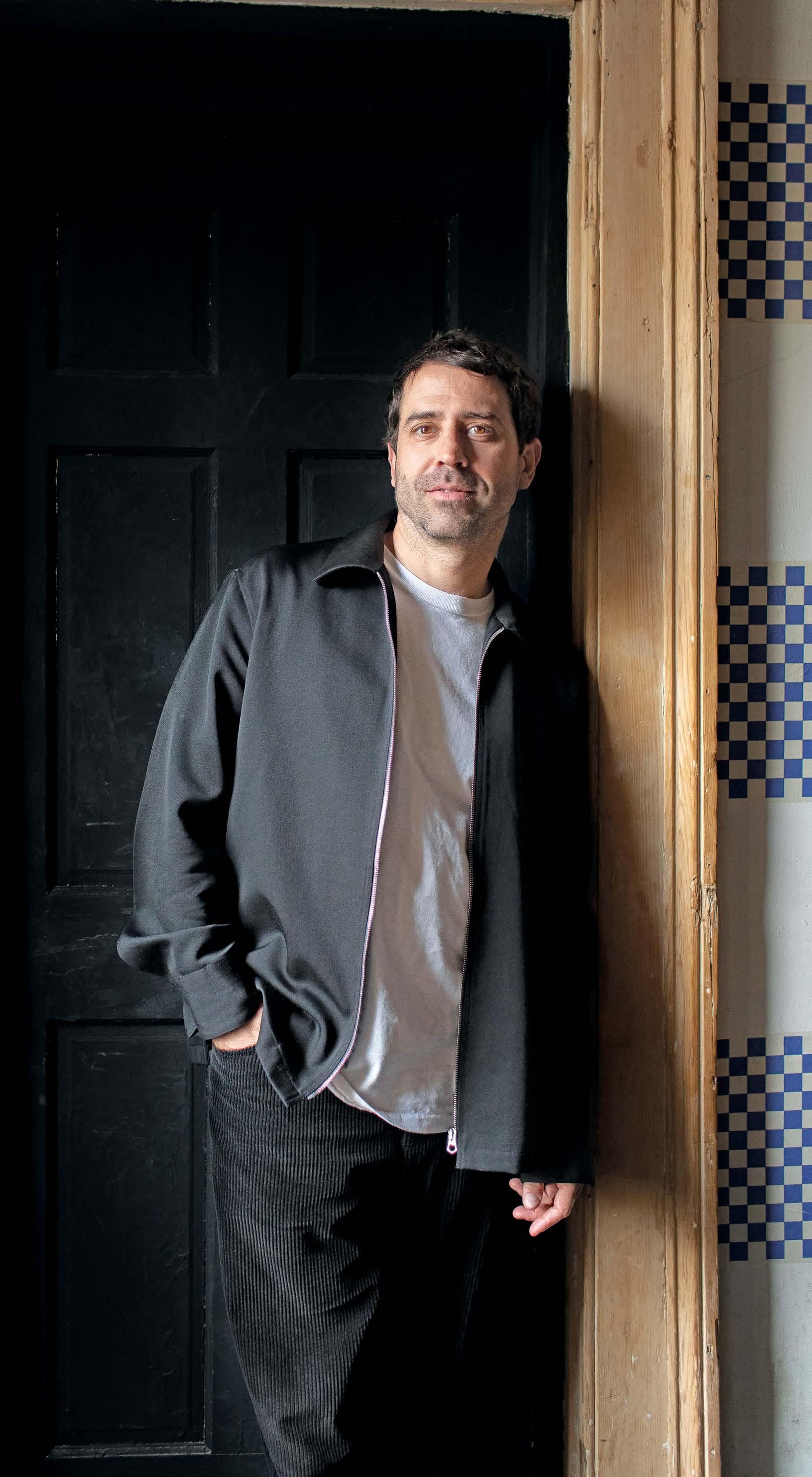
NAME AN INFLUENCE OF YOURS THAT MIGHT SURPRISE PEOPLE. The movie Elf.
WHAT DO YOU WANT TO SEE MORE OF IN YOUR INDUSTRY? LESS OF? I’d like to see fewer cynics, and more people looking to have a good time.
DESCRIBE A RECENT CROSSROADS AT WHICH YOU FOUND YOURSELF. Having both a 10-month-old baby and a 13-year-old son is a fascinating and once-unfathomable gift. The breadth of conversations and experiences and challenges we experience on a daily basis is sort of mind-numbing. Being present with my family and supportive of my partner—and the projects that I love—is a constant balancing act.
WHAT DO YOU THINK IS YOUR BIGGEST CONTRIBUTION TO CULTURE? My team and I talk constantly about how to create genuine restaurants that feel like they’re part of the city—spaces that serve as gathering points for life-cycle events. I hope that I’ve contributed to culture by creating a backdrop for the daily life of New Yorkers.
WHEN YOU WERE LITTLE, WHAT WERE YOU KNOWN FOR? I was more sensitive and inquisitive than most of my peers. And I had boundless energy.
“I hope that I’ve contributed to culture by creating a backdrop for the daily life of New Yorkers.”Photography by Sawyer Baird
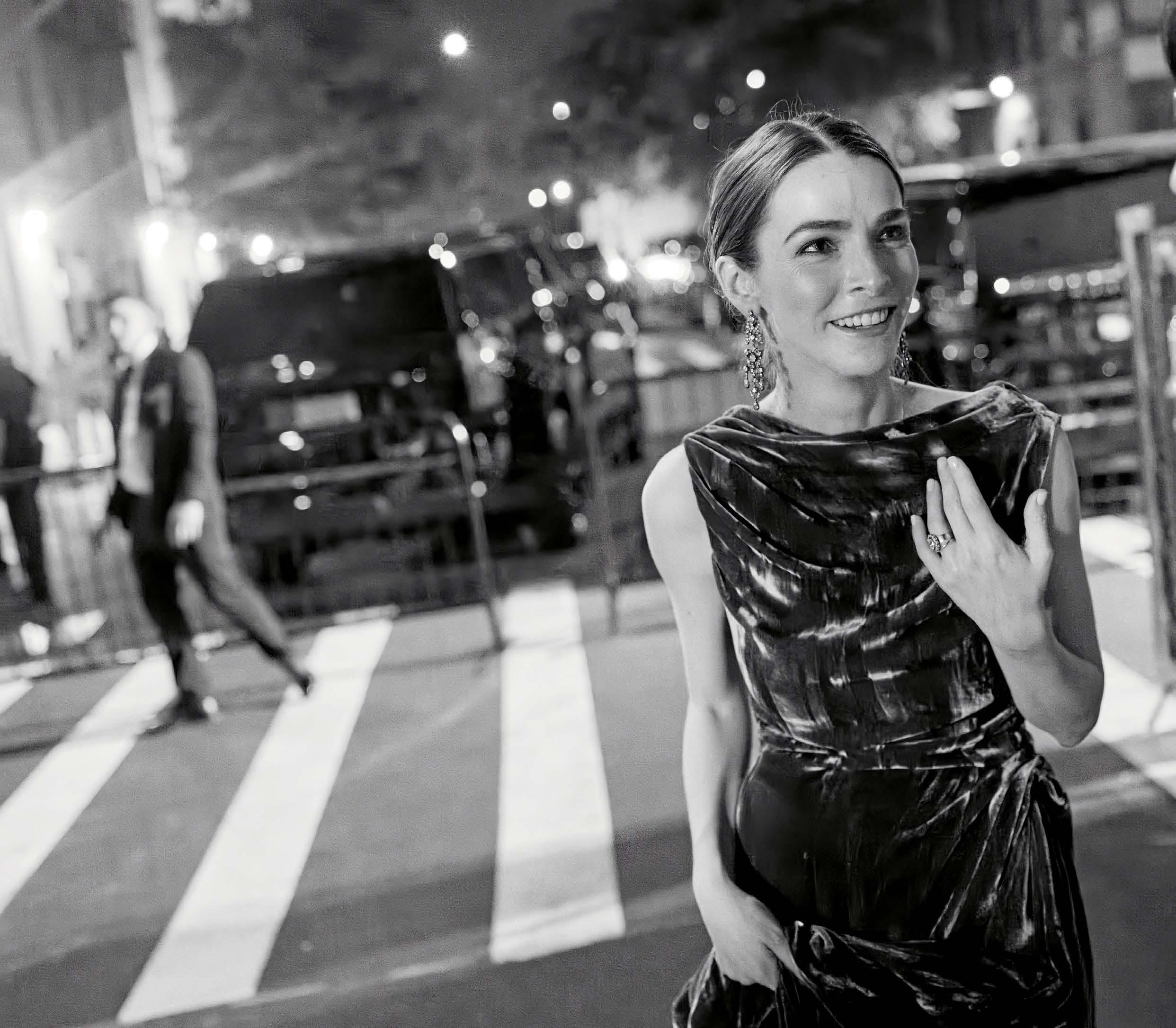
WHAT IS YOUR CALLING CARD? Spreadsheets that have nothing to do with math.
WHAT DO YOU WANT TO SEE MORE OF IN YOUR INDUSTRY? LESS OF? More new American plays on Broadway.
WHAT’S ONE BOOK, WORK OF ART, ALBUM, OR FILM THAT GOT YOU THROUGH AN IMPORTANT MOMENT IN YOUR LIFE? Three days after my husband’s mother died we watched The Birdcage, which he had never seen before.
“I want to see more new American plays on Broadway.”
We were crying laughing. It’s an absolutely perfect film and in the midst of so much sadness it was exactly what he needed: an opportunity for laughter and release. We watch it every year now.
WHEN WAS THE LAST TIME YOU SURPRISED YOURSELF IN YOUR WORK? Gutenberg! The Musical! with Josh Gad and Andrew Rannells was the most fun I’ve ever had professionally. The show is hilarious and incredibly special, but it’s almost impossible to describe without sounding a little crazy.
It was unlike anything else on Broadway, but audiences absolutely loved it and we had a hugely successful run. It didn’t surprise me, but I loved that we were able to surprise everyone else!
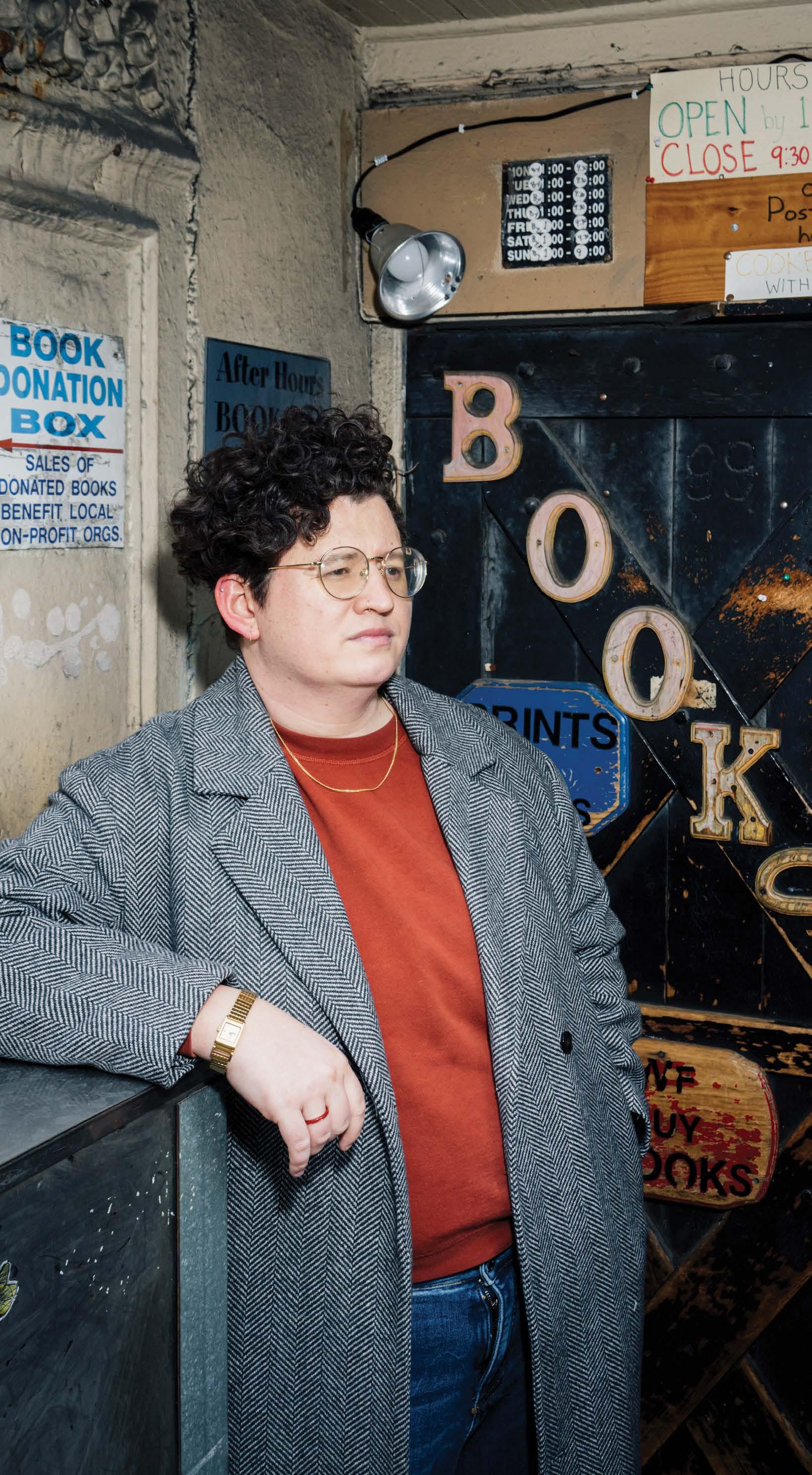
“I’m very lucky to have one of those ‘aughts romcom’-style staff positions at a print magazine; they barely exist anymore.”
WHO DO YOU CALL THE MOST? My therapist. I vastly prefer therapy over the phone—it recalls the old psychoanalytic model where you can’t see the analyst. It lets me go for a walk or do errands, which puts me off guard in a good way.
WHAT’S ONE BOOK, WORK OF ART, ALBUM, OR FILM THAT GOT YOU THROUGH AN IMPORTANT MOMENT IN YOUR LIFE? The Velveteen Rabbit. Little intellectual gem. People think it’s this charming story about how love makes you real—it isn’t. It’s about how love destroys you, and the destruction prepares you to bring out the reality in yourself. Becoming real is a kind of grieving process. It saved my life during a very dark period.
WHAT IS YOUR CALLING CARD?
The devastating remark, or so I’m told.
HOW WOULD YOU DESCRIBE YOURSELF? Nice.
WHAT DO YOU WANT TO SEE MORE OF IN YOUR INDUSTRY? Unionization. Freelancers getting paid more and on time. I’m very lucky to have one of those “aughts rom-com”-style staff positions at a print magazine; they barely exist anymore. Also, leadership having a fucking spine. The crackdown on writers and editors who oppose Israel’s genocide in Gaza has been a historic travesty.

WHAT’S ONE BOOK, WORK OF ART, ALBUM, OR FILM THAT GOT YOU THROUGH AN IMPORTANT MOMENT IN YOUR LIFE? The Plague by Albert Camus—the story of survival and resilience. I was in Senegal during my high school years, far away from my family. It helped me to be on my own and to think on my own.
WHO DO YOU CALL THE MOST? My wife, to discuss dinner plans.
WHAT DO YOU WANT TO SEE MORE OF IN YOUR INDUSTRY? LESS OF? More mentoring, more passing down knowledge and tradition. I want people to be obsessed with their craft and be more curious. I would love to see less ego and more soul.
WHEN YOU WERE LITTLE, WHAT WERE YOU KNOWN FOR? I was always on the run. Always outside chasing the football or my grandfather’s animals.
WHAT IS YOUR TRADEMARK OR CALLING CARD? Bread is life!
WHAT’S SOMETHING PEOPLE GET WRONG ABOUT YOU? My direct style of communication often gets mistaken for arrogance.
Photography by Max FlatowWHAT DO YOU THINK IS YOUR BIGGEST CONTRIBUTION TO CULTURE? Exposing my generation to older filmmakers, such as my father.
WHAT’S SOMETHING PEOPLE GET WRONG ABOUT YOU? A lot of people think I’m from LA, but I’m a New Yorker since birth.
NAME AN INFLUENCE OF YOURS THAT MIGHT SURPRISE PEOPLE. I was majorly influenced by silent films when I was younger. I even tried to make my own. I love that that genre of film is a universal language.
WHEN YOU WERE LITTLE, WHAT WERE YOU KNOWN FOR?
Being very shy. I would also refuse to smile for photos. I remember Brigitte Lacombe doing a portrait of me and I frowned the whole time. She even tried to make me laugh by telling me about a lion she photographed peeing on her set.

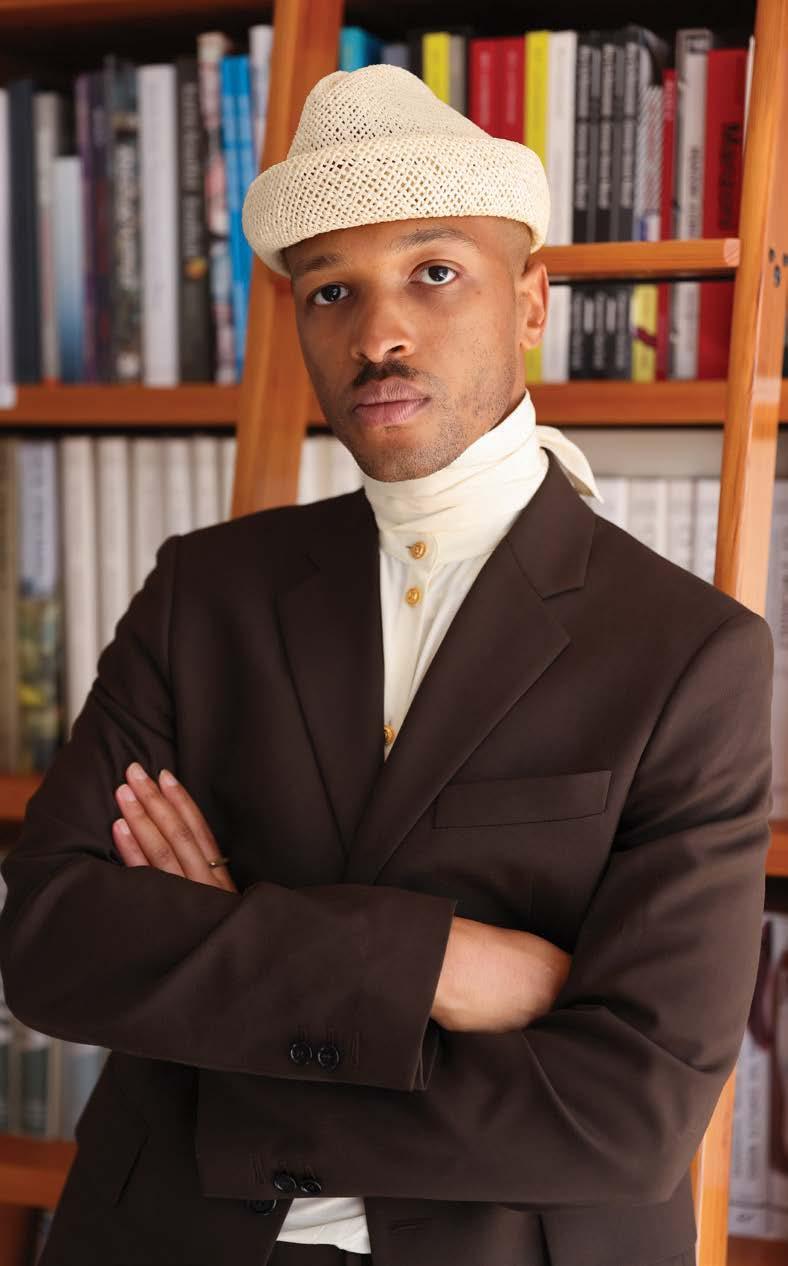 CURATOR AND DIRECTOR, GAGOSIAN
CURATOR AND DIRECTOR, GAGOSIAN
WHAT’S ONE BOOK THAT GOT YOU THROUGH AN IMPORTANT MOMENT IN YOUR LIFE? Black Male: Representations of Masculinity in Contemporary American Art, by Thelma Golden, is a fundamental text for any curator working today. The show the book memorializes and expands upon was fundamental to the ways in which the art world has sought to reorganize itself since the early 1990s.
WHAT DO YOU WANT TO SEE MORE OF IN YOUR INDUSTRY? LESS OF? More thoughtful long-term engagement with Black artistic production.
WHAT DO YOU THINK IS YOUR BIGGEST CONTRIBUTION TO CULTURE? My point of view and my dedication and absolute belief in the power and possibility of art and artists.
WHEN YOU WERE LITTLE, WHAT WERE YOU KNOWN FOR?
Being mischievous.
WHAT’S COMING UP FOR YOU IN 2024? We’ve got an exhibition with Rick Lowe at Palazzo Grimani in Venice, and a summer show entitled “Social Abstraction” in Los Angeles.
“My point of view and my dedication and absolute belief in the power and possibility of art and artists.”Photography by Chase Hall (Left); Photography by Reto Sterchi (Right)

WHAT’S ONE BOOK, WORK OF ART, ALBUM, OR FILM THAT GOT YOU THROUGH AN IMPORTANT MOMENT IN YOUR LIFE? Frantz Fanon’s Black Skin, White Masks. I read it when I was 22, and made a film about it with my partner Mark Nash in 1994 [released in 1995].
WHAT DO YOU WANT TO SEE MORE OF IN YOUR INDUSTRY? LESS OF? Nurturing young people and supporting older artists. Fewer art fairs!
WHAT’S SOMETHING PEOPLE GET WRONG ABOUT YOU? That I don’t like leaving parties early.
WHEN YOU WERE LITTLE, WHAT WERE YOU KNOWN FOR? Being shy and well-behaved. (It’s true.)
“When I was little, I was known for being shy and well-behaved. (It’s true.)”Photography by Thierry Bal
WHEN YOU WERE LITTLE, WHAT WERE YOU KNOWN FOR? Being active, always in motion, and always curious. This got me in trouble at times, but it also helped me discover my talents. Besides BMX riding, one of my favorite childhood activities took place on laundry day. I would line the staircase with all my clothes, position myself in the clothes basket, and slide down the stairs like a roller-coaster.
WHAT’S SOMETHING PEOPLE GET WRONG ABOUT YOU? People think, because I ride BMX bikes, that I’m a daredevil or that I’m trying to hurt myself. It’s the complete opposite. For me, BMX riding is poetry in motion. I approach BMX riding from the point of view of athleticism and artistry. Everything I create is considered and executed with quality.
“The bicycle is a powerful vehicle with no bounds, and I’m on a mission to continuously unlock its potential.”
WHAT DO YOU THINK IS YOUR BIGGEST CONTRIBUTION TO CULTURE? The bicycle is a powerful vehicle with no bounds and I’m on a mission to continuously unlock its potential. I still have much more to do, but the things I’ve created and the places I’ve taken BMX as a sport are my most significant contributions to the culture thus far.
WHO DO YOU CALL THE MOST?
I call on God multiple times a day. No matter what I’m doing or where I’m at in the world, it’s important for me to check in with the most Highest.
BMX ATHLETE

ART HISTORIAN AND CEO OF ART BASEL
WHAT IS YOUR CALLING CARD? I have an uncontrollable laugh and a low bar for humor. Don’t get me started…
WHAT’S ONE BOOK, WORK OF ART, ALBUM, OR FILM THAT GOT YOU THROUGH AN IMPORTANT MOMENT IN YOUR LIFE? I have listened to Big Thief on repeat for years. Adrianne Lenker’s lo-fi solo album Songs and Instrumentals, recorded in a cabin in the Massachusetts woods during the pandemic, was a constant throughout the lockdowns. She was also the first live concert I saw post-pandemic, a poetic endcap to this frozen moment in time.
WHAT DO YOU WANT TO SEE MORE OF IN YOUR INDUSTRY? LESS OF?
Both a call-to-action for a more sustainable future and a not-so-veiled critique of the predominance of painting, Rirkrit Tiravanija’s mantra, “Less Oil More Courage,” strikes a prescient tone. Rirkrit’s words are more salient than ever as our industry grapples with its fast pace of change, and as it comes to terms with how a new and increasingly diverse generation
of artists are approaching their practices in the face of pressing social and political strife, turbocharged with curiosity and question marks around the role of A.I.
WHO DO YOU CALL THE MOST? I call, text, and generally prod my wife, Louise [Sorensen], more than anybody. We’ve been together since writing our PhDs in London 20 years ago and have been operating on the same wavelength ever since. She’s my rock, my sanity check, and my daily steer.
WHAT’S COMING UP FOR YOU IN 2024? It’s a big year for us at Art Basel. In June, we present the first edition of our flagship show in Basel, Switzerland, to be led by our new director, Maike Cruse. With Maike at the helm, our team is reimagining what the world’s greatest art fair can do today and into the future, bringing new energy and dynamism across the board. I am also looking ahead with tremendous excitement to October, when we present the first edition of our Paris show in the iconic and newly renovated Grand Palais.

DIRECTOR AND SCREENWRITER
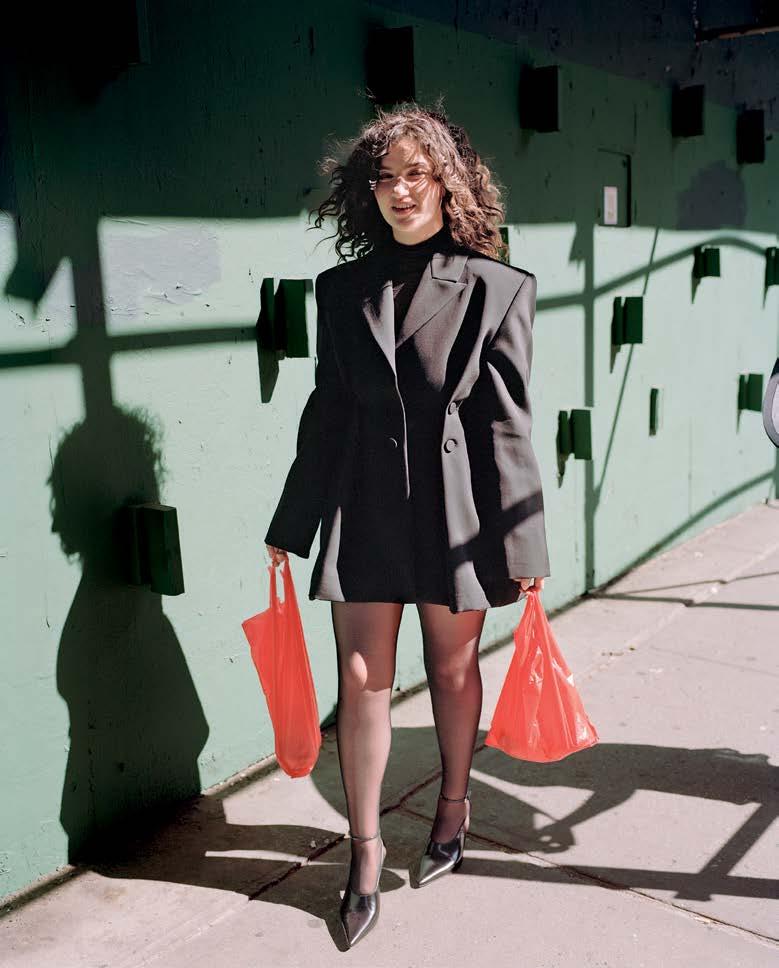
WHAT’S ONE BOOK, WORK OF ART, ALBUM, OR FILM THAT GOT YOU THROUGH AN IMPORTANT MOMENT IN YOUR LIFE? Reneé Rapp and Troye Sivan’s last albums got me through the fall. Generally, queer pop stars can distract me very well.
WHO DO YOU CALL THE MOST?
My female and queer director friends, particularly my best friend Alicia K. Harris in Toronto. There’s a special kind of venting we can only do with each other.
WHAT DO YOU WANT TO SEE MORE OF IN YOUR INDUSTRY? LESS OF?
More trans stories, more queer stories in general. Always.
WHAT’S COMING UP FOR YOU IN 2024? Sleep and a continuation of my Saturn return. Unfortunately.
WHEN YOU WERE LITTLE, WHAT WERE YOU KNOWN FOR? Being opinionated and a freak. And forcing my friends to watch movies with me.
NAME AN INFLUENCE OF YOURS THAT MIGHT SURPRISE PEOPLE. Denis Villeneuve. He’s one of the few directors who’s been able to maintain the same craftsmanship in his big-budget movies like Dune that he employed in his early independent films. His films have become bigger in scope and budget, but he’s never sacrificed quality.
Photography by Gregory Halpern of Magnum Photos (Left); Photography by James Jackman (Right)HOW WOULD YOU DESCRIBE YOURSELF? A little wizard spacemouse turned director.
WHAT’S SOMETHING PEOPLE GET WRONG ABOUT YOU? My Scorpio rising makes people think I’m cold or tough. That, or my eyebrows are too severe. People think I’m upset when really I’m just thinking.
NAME AN INFLUENCE OF YOURS THAT MIGHT SURPRISE PEOPLE. My friend Spike.
WHO DO YOU CALL THE MOST?
Grubhub to tell them that I once again placed a food order to the wrong address. Sometimes new addresses just come to me and “feel right” in the moment when actually that’s not where I live at all!
WHEN YOU WERE LITTLE, WHAT WERE YOU KNOWN FOR?
Being well-behaved.

WHEN YOU WERE LITTLE, WHAT WERE YOU KNOWN FOR? When I was 10, my brother and his friends would ask me to make my signature dessert, “Crusty Bellybuttons” (thumbprint shortbread cookies filled with jam from my favorite Halloween cookbook, Gross Goodies by Tina Vilicich-Solomon).
WHAT DO YOU THINK IS YOUR BIGGEST CONTRIBUTION TO CULTURE? My pathway towards cheffing and being an artist who works with food was my own. I continue to take in my surroundings and varying experiences and synthesize them into new shapes, allowing my praxis to continue emerging and changing—
whether that’s through making Lola food, concept food, or no food at all.
WHAT’S ONE BOOK, WORK OF ART, ALBUM, OR FILM THAT GOT YOU THROUGH AN IMPORTANT MOMENT IN YOUR LIFE? I just read Long Live the Tribe of Fatherless Girls, a memoir by T Kira Madden, a mixed Native Hawaiian and Chinese lesbian author. It’s like a queer Asian Kids or Thirteen meets PEN15. I [found it] during a turning point in my own life, when I decided to find my way back to where I’m from: California. I saved the last 40 minutes of the book for a date with myself—I took a long stroll around the Silver Lake Reservoir, to land on a meadow and weep.
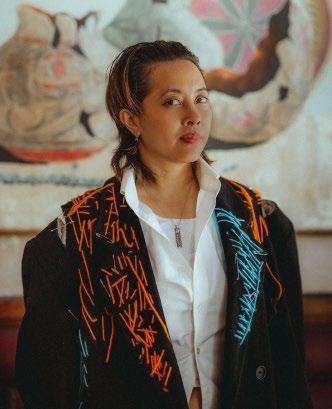 Photography by Seth Caplan (Top); Photography by Pete Lee (Bottom)
Photography by Seth Caplan (Top); Photography by Pete Lee (Bottom)
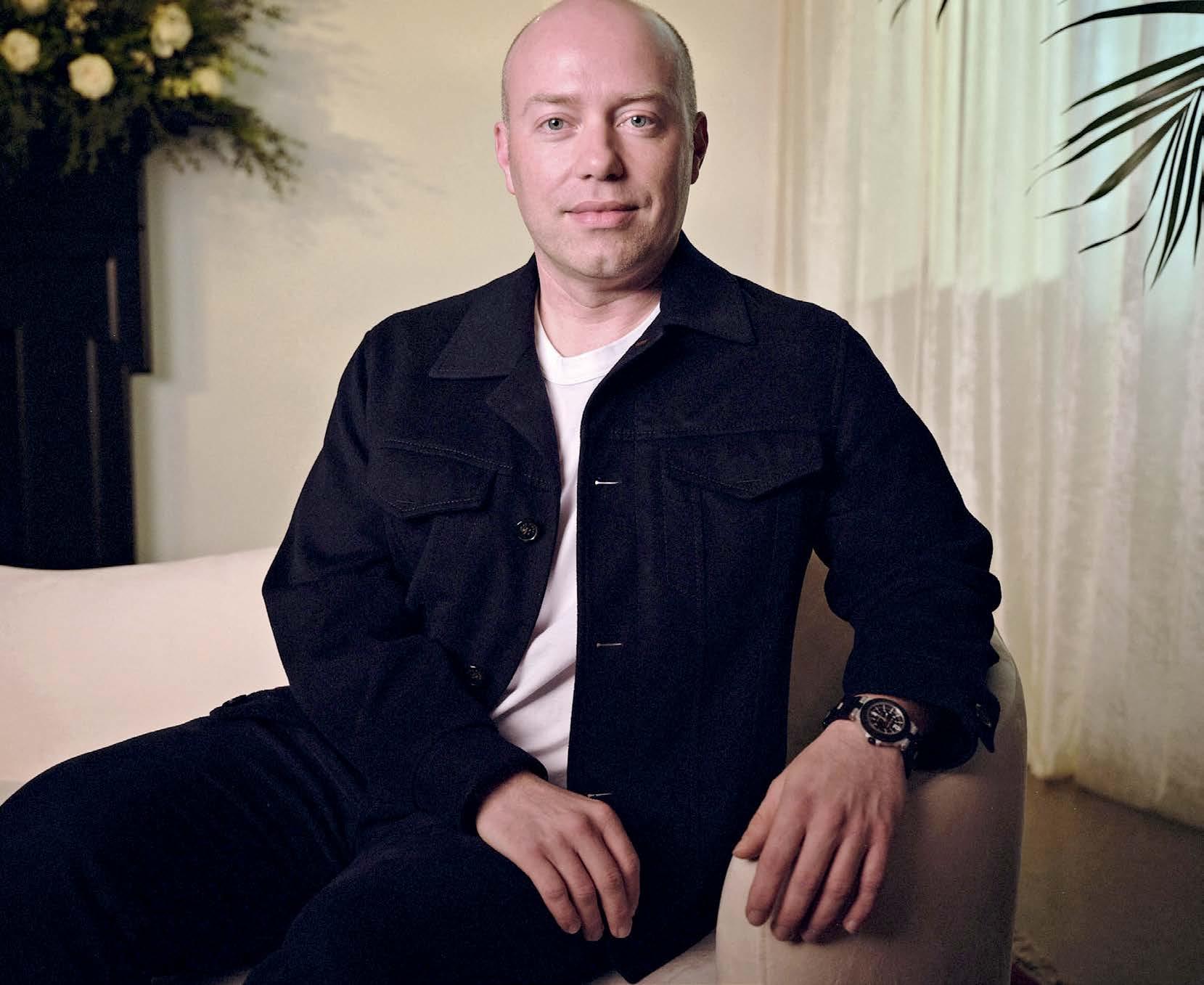
WHAT IS YOUR CALLING CARD?
Iced coffees, full stop—my most notable (and most basic) character trait. If I’m traveling internationally, proximity to a Starbucks is my number two hotel consideration, right behind “no bedbugs.”
WHAT’S COMING UP FOR YOU IN 2024? We’re about to exit the novelty phase of generative A.I. and enter the “Okay, how can we best use this?” phase, which will be exciting. The ideas I’ve seen at Instagram around how A.I. can empower public figures and creators to connect with fans are inspired. And getting to be a small part of that makes
“I’m sorry, but I can’t get you verified on Instagram or get you that coveted username.”
me dial into every Zoom with a sense of curiosity I haven’t felt since the early days of the Internet.
WHAT’S SOMETHING PEOPLE GET WRONG ABOUT YOU? I’m sorry, but I can’t get you verified on Instagram or get you that coveted username.
NAME AN INFLUENCE OF YOURS THAT MIGHT SURPRISE PEOPLE. In our polarized world, it’s hard to think of someone who’s universally loved. There’s a reason Dolly Parton breaks that pattern. She seamlessly brings together her mission, creativity, business savvy, and humor. Total North Star for me.
Photography by Anthony Prince Leslie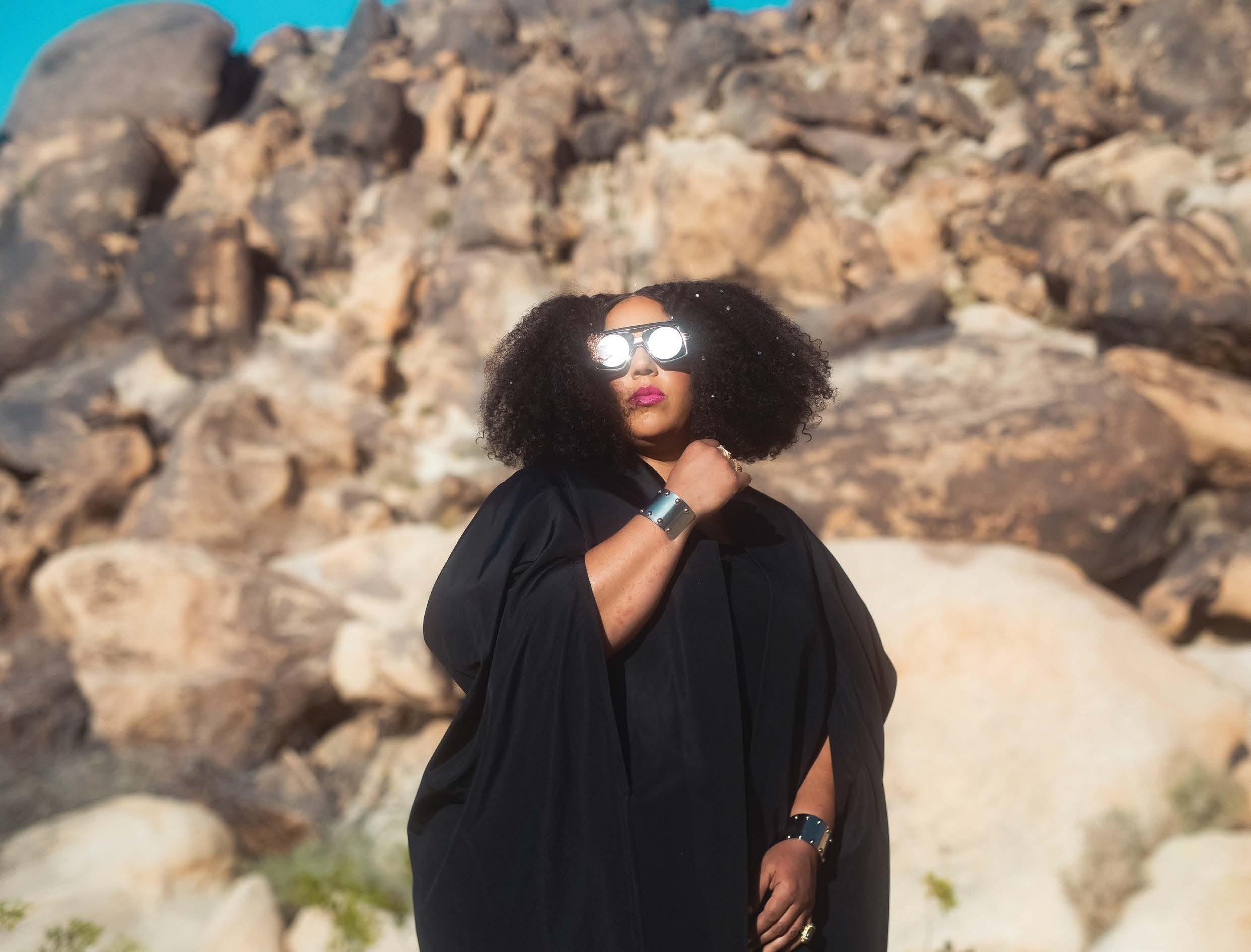
WHAT IS YOUR CALLING CARD? Genre destroyer.
HOW WOULD YOU DESCRIBE YOURSELF? An eternal soul living in a human body having a human experience. Or, an indoor-outdoor jungle cat.
WHAT’S ONE BOOK, WORK OF ART, ALBUM, OR FILM THAT GOT YOU THROUGH AN IMPORTANT MOMENT IN YOUR LIFE? The Count of Monte Cristo —I’ve been plotting my revenge since birth.
DESCRIBE A RECENT CROSSROADS AT WHICH YOU FOUND YOURSELF. What to make for dinner.
“I would describe myself as an eternal soul living in a human body having a human experience.”
WHAT’S SOMETHING PEOPLE GET WRONG ABOUT YOU? That I’m only a singer. I’m also a gardener, a tour guide, a fisherwoman, an inventor, a composer, an
engineer, a producer, a writer, a painter, a mechanic, a carpenter, and a gamer.
WHO DO YOU CALL THE MOST?
The city when they forget to pick up my garbage. I’m a texter.
WHAT DO YOU WANT TO SEE MORE OF IN YOUR INDUSTRY? LESS OF?
More regulations on streaming platforms so all artists can get a fair cut for their work. More diverse and inclusive hiring practices. Equal pay for women. More women in leadership positions and working in the studio. Less venues taking merchandise cuts from artists. Less manufactured music. Less barriers for women to enter the studio environment.
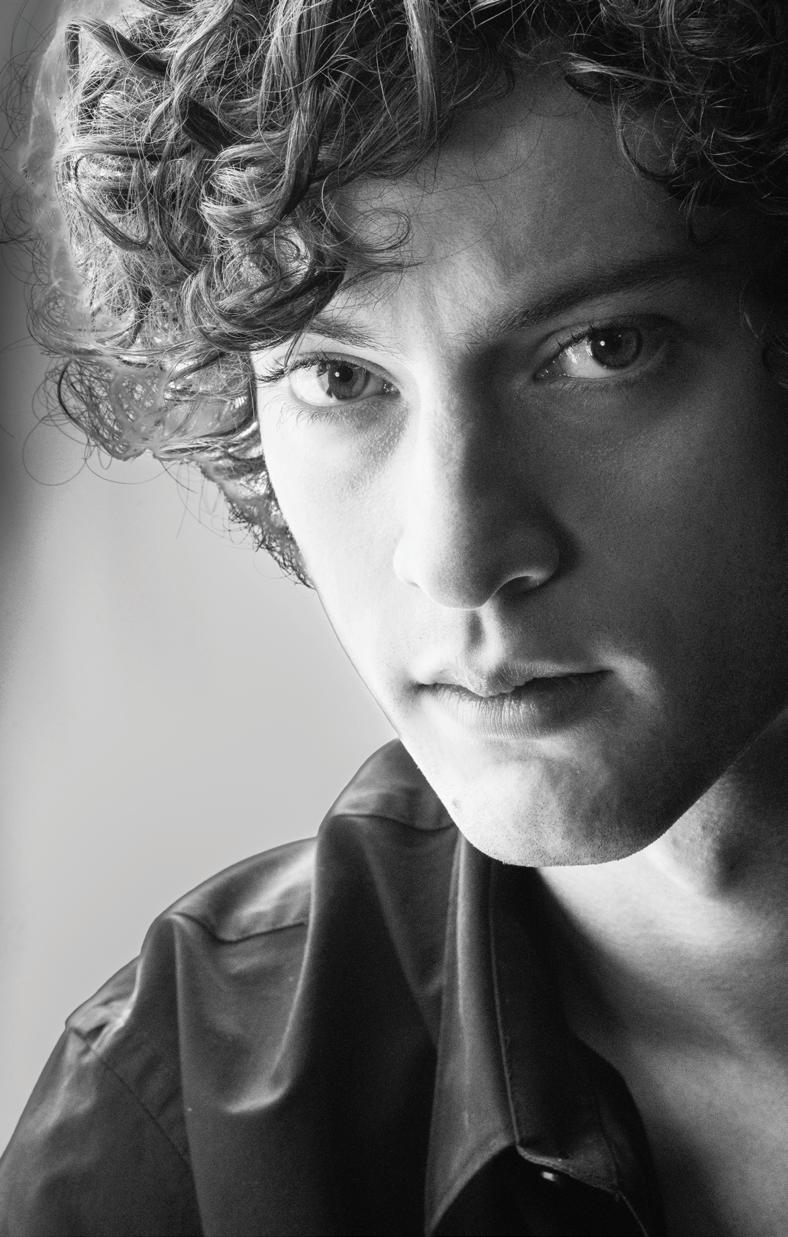
WHAT’S ONE BOOK, WORK OF ART, ALBUM, OR FILM THAT GOT YOU THROUGH AN IMPORTANT MOMENT IN YOUR LIFE? Behind the Beautiful Forevers by Katherine Boo.
WHAT’S SOMETHING PEOPLE GET WRONG ABOUT YOU? People assume that I watch a lot of movies and shows. I’ve always been much more motivated to pick up a book than turn on the TV.
NAME AN INFLUENCE OF YOURS THAT MIGHT SURPRISE PEOPLE. Mark Twain.
WHEN YOU WERE LITTLE, WHAT WERE YOU KNOWN FOR? Running outside in my underwear.
WHAT DO YOU WANT TO SEE MORE OF IN YOUR INDUSTRY? LESS OF?
WHAT IS YOUR CALLING CARD?
People say my hair makes an impression. I think it is just a function of having to cancel a lot of haircuts because of last-minute work emergencies.
HOW WOULD YOU DESCRIBE YOURSELF? As an attorney in art and culture, I frequently work on difficult negotiations. But I’ve never felt the need to act like a bulldog—it’s just not me. Being collegial and funny goes a lot further. That doesn’t mean I’m a pushover—I advocate for my clients.
WHAT’S COMING UP FOR YOU IN 2024? I’ve been deeply involved in the legal battle against Purdue Pharma and the Sackler family since 2020. It started a few years earlier, when I was representing Nan Goldin in her brilliant activism against the Sackler family in museums and cultural institutions. Currently, I am waiting for a decision
from the Supreme Court on whether the Sacklers can exploit a loophole in the bankruptcy system to avoid accountability for their role in the opioid crisis. The pivotal decision will fundamentally shape how easily corporate shareholders and decision makers can evade responsibility for bad and harmful decisions. I hope the court sides with us and closes this nasty loophole once and for all.
WHAT’S ONE BOOK, WORK OF ART, ALBUM, OR FILM THAT GOT YOU THROUGH AN IMPORTANT MOMENT IN YOUR LIFE? For me, it’s Don Quixote. I loved all of the King Arthur tales during my school years—Edmund Spenser, Alfred, Lord Tennyson, and the like. The chivalry! The righteous fight! But encountering Miguel de Cervantes’s satire completely upended my universe. I found it exhilarating. A clever perspective is invaluable in times of adversity.
I want action movies to bring back props and miniature models for special effects. It’s much more impressive than a film full of CGI.
“I want action movies to bring back props and miniature models for special effects. It’s much more impressive than a film full of CGI.”
 Photography by Greg Gorman (Left); Photograohy by Stewart Shining (Right)
Photography by Greg Gorman (Left); Photograohy by Stewart Shining (Right)
WHEN WAS THE LAST TIME YOU SURPRISED YOURSELF IN YOUR WORK? We are building a National Monument to Freedom at our new site in Montgomery, Alabama. It presents the surnames of all four million Black people who were emancipated after the Civil War. It is an effort to acknowledge, honor, and celebrate the perseverance of people who endured so much pain, suffering, and hardship and yet still found a way to love in the midst of sorrow. I’ve been working on this project for two years, but recently, when we added the names and I saw my own family name on the wall, I was deeply, deeply moved. I underestimated the power of the moment for sure.
WHAT’S ONE BOOK, WORK OF ART, ALBUM, OR FILM THAT GOT YOU THROUGH AN IMPORTANT MOMENT IN YOUR LIFE? The Brothers Karamazov by Fyodor Dostoevsky. I was without money or enough to eat, and preoccupied with ideas about justice and redemption. The book became an important bridge to a calling for me
NAME AN INFLUENCE OF YOURS THAT MIGHT SURPRISE PEOPLE.
James Baylor, who was born enslaved in Caroline County, Virginia. He risked his life to learn to read despite the presence of anti-literacy laws. He nurtured a deep desire for learning and understanding the world we occupy. He was my great-grandfather.
WHAT DO THINK IS YOUR BIGGEST CONTRIBUTION TO CULTURE? I’d like to think I’ve demonstrated that when we stand next to people who are imprisoned, poor, or marginalized, we can sometimes harness the power of justice, mercy, and love to make lasting changes. Our world needs that more than ever.
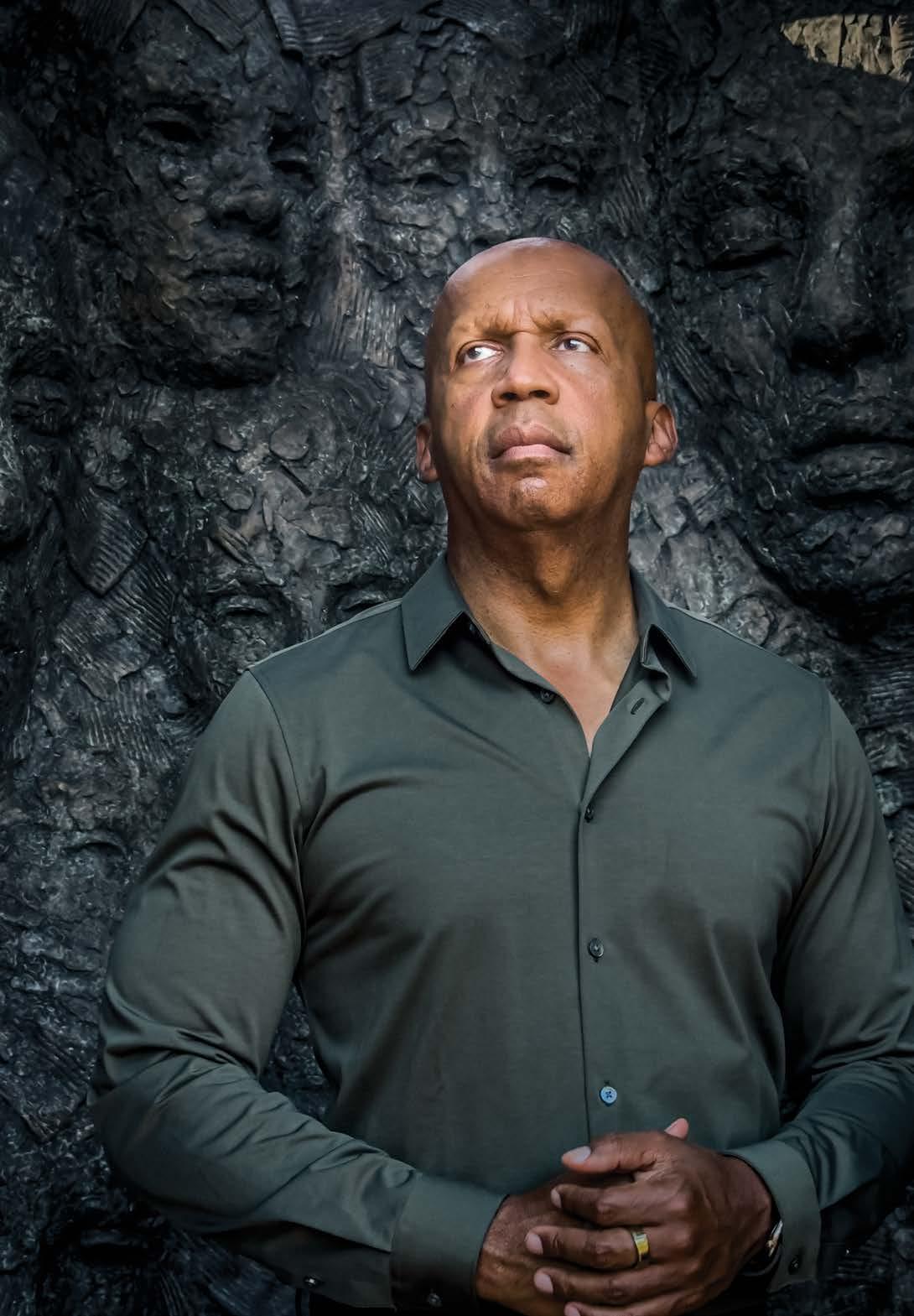
“I was without money or enough to eat, and preoccupied with ideas about justice and redemption. The Brothers Karamazov became an important bridge to a calling for me.”
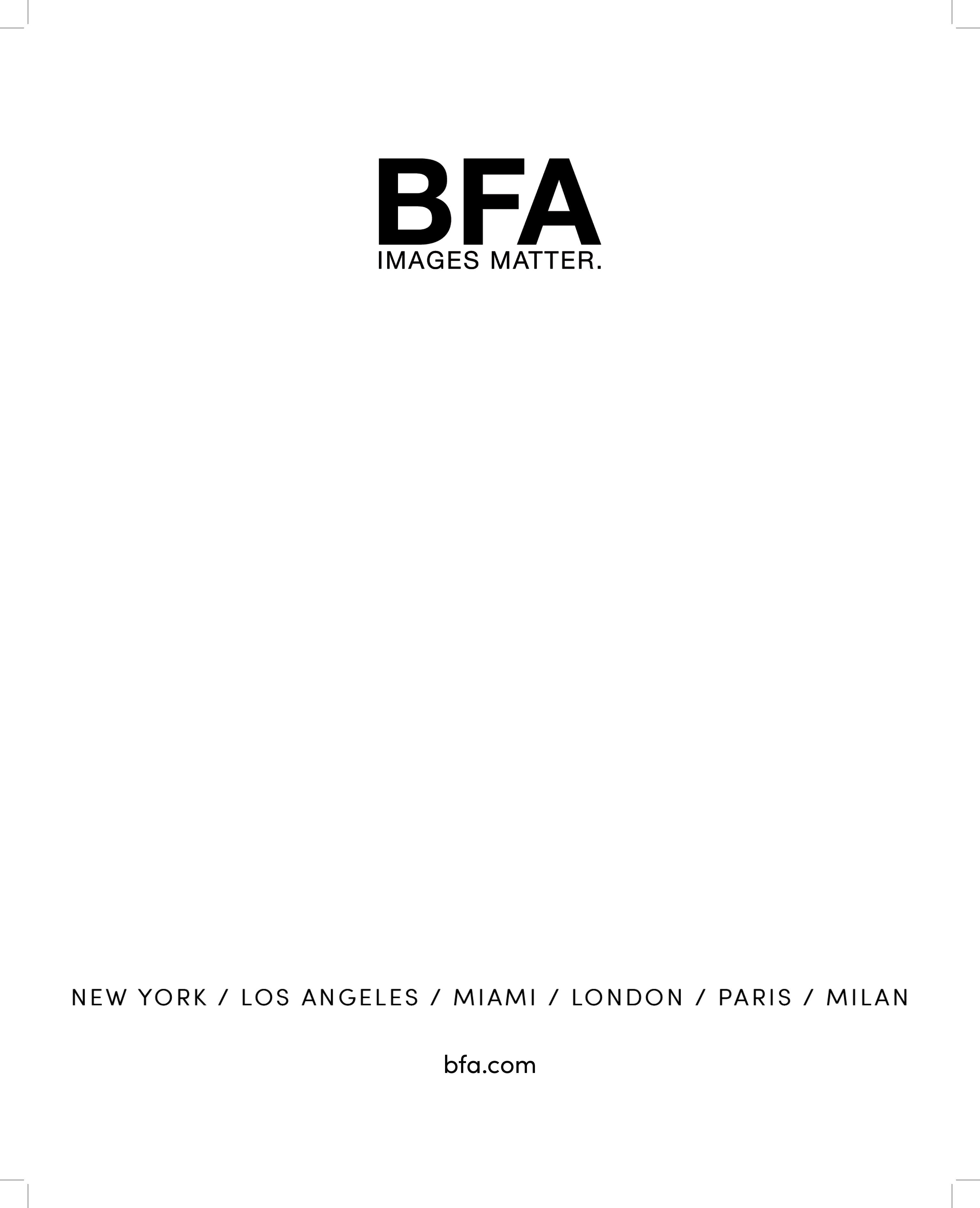 Photography courtesy of Equal Justice Initiative and Human Pictures
Photography courtesy of Equal Justice Initiative and Human Pictures

